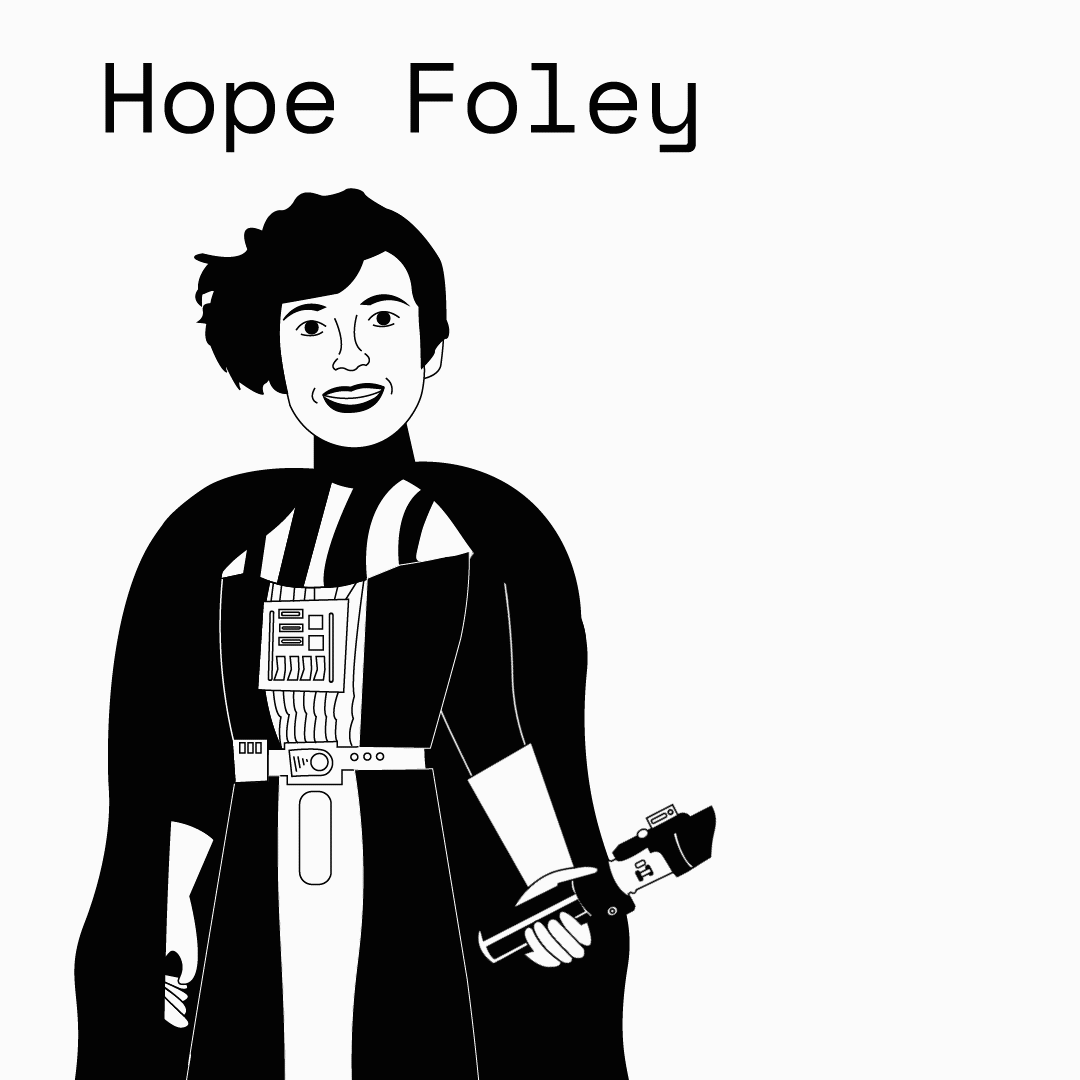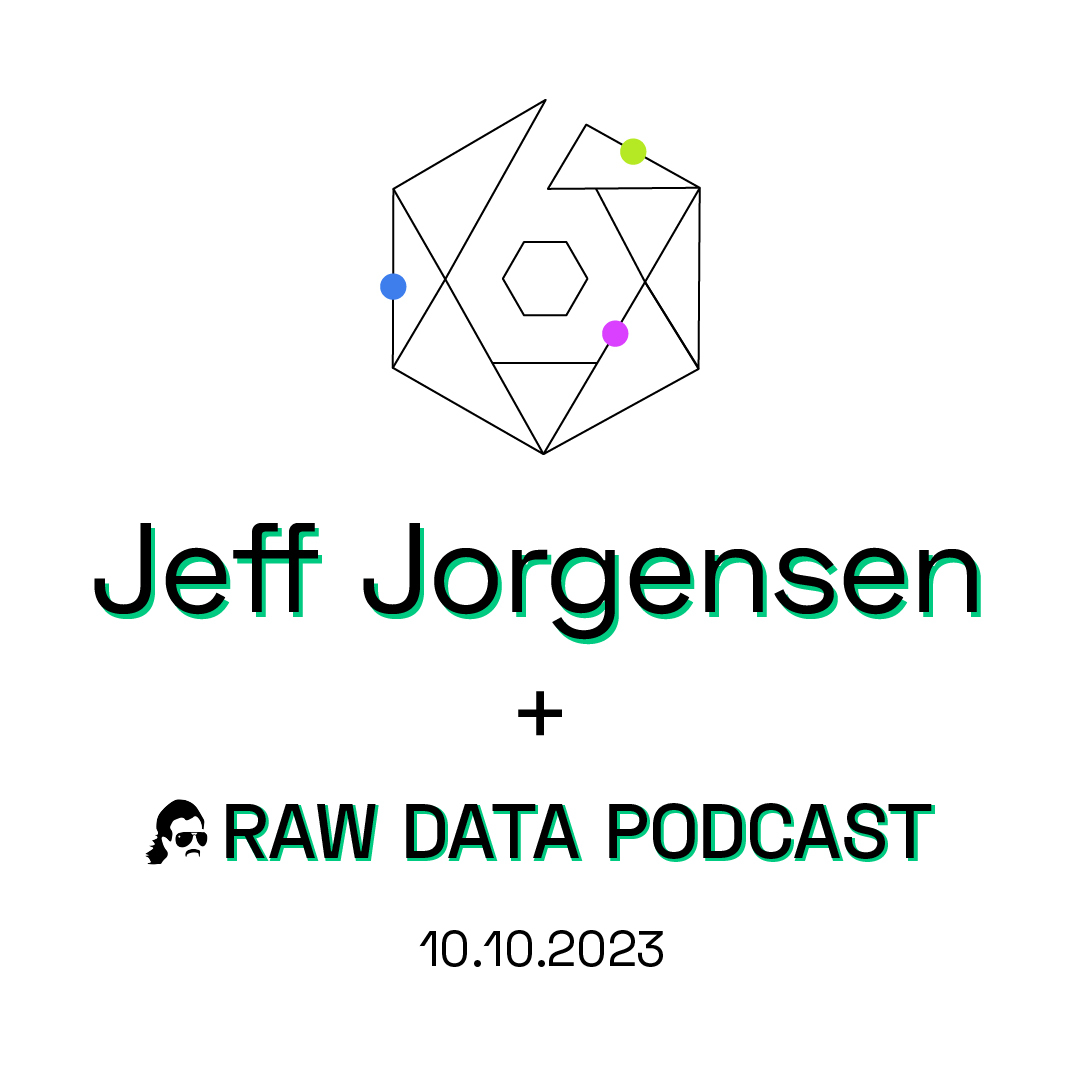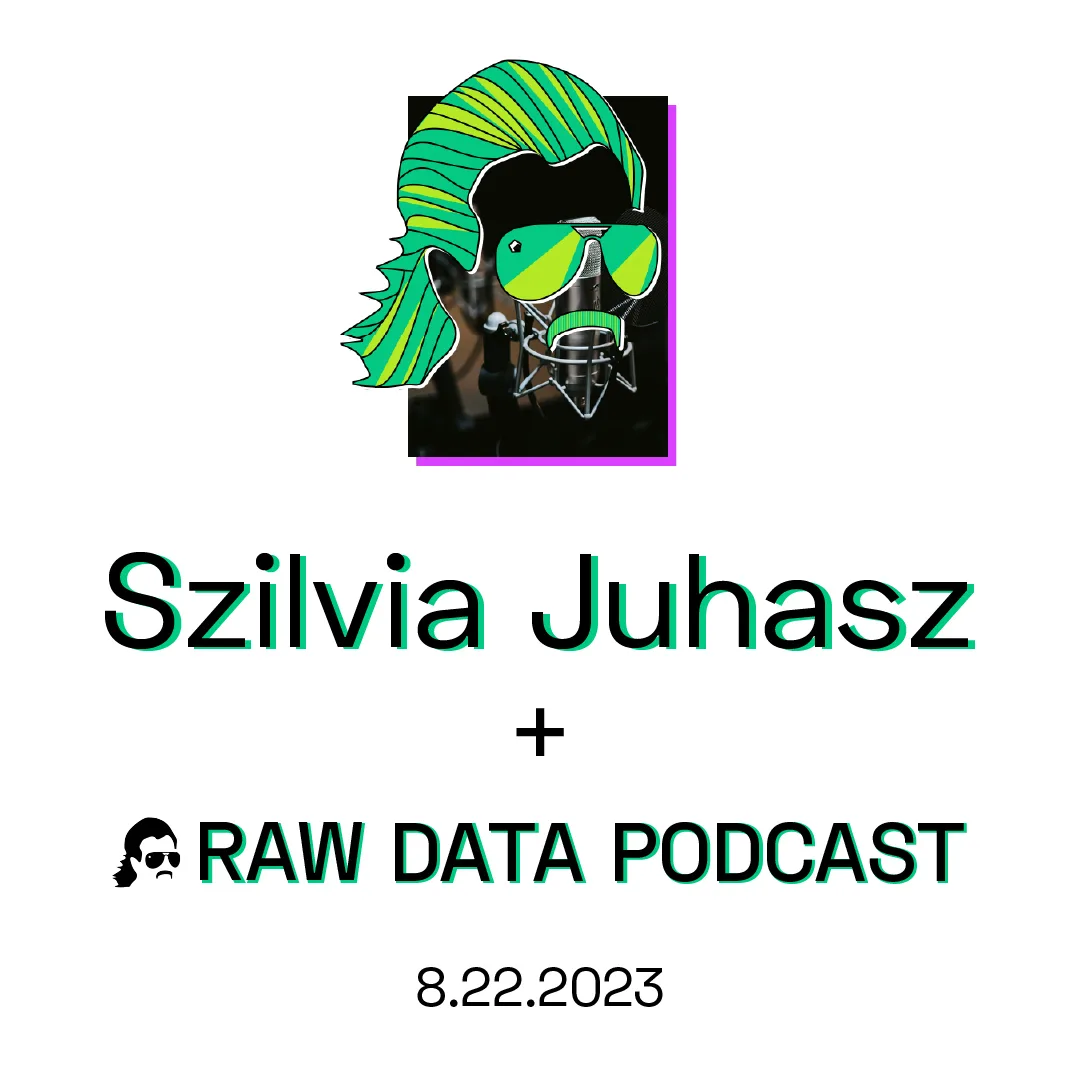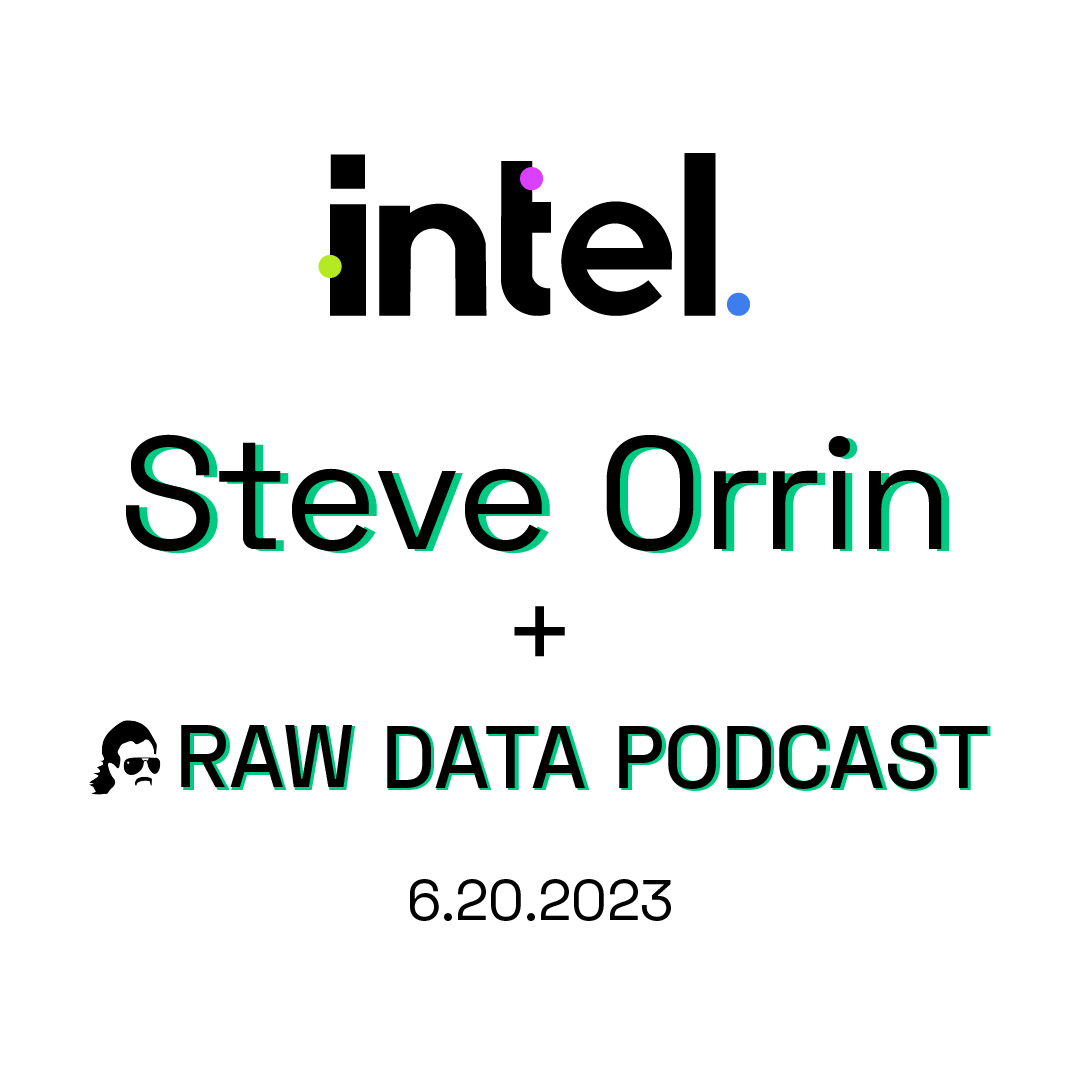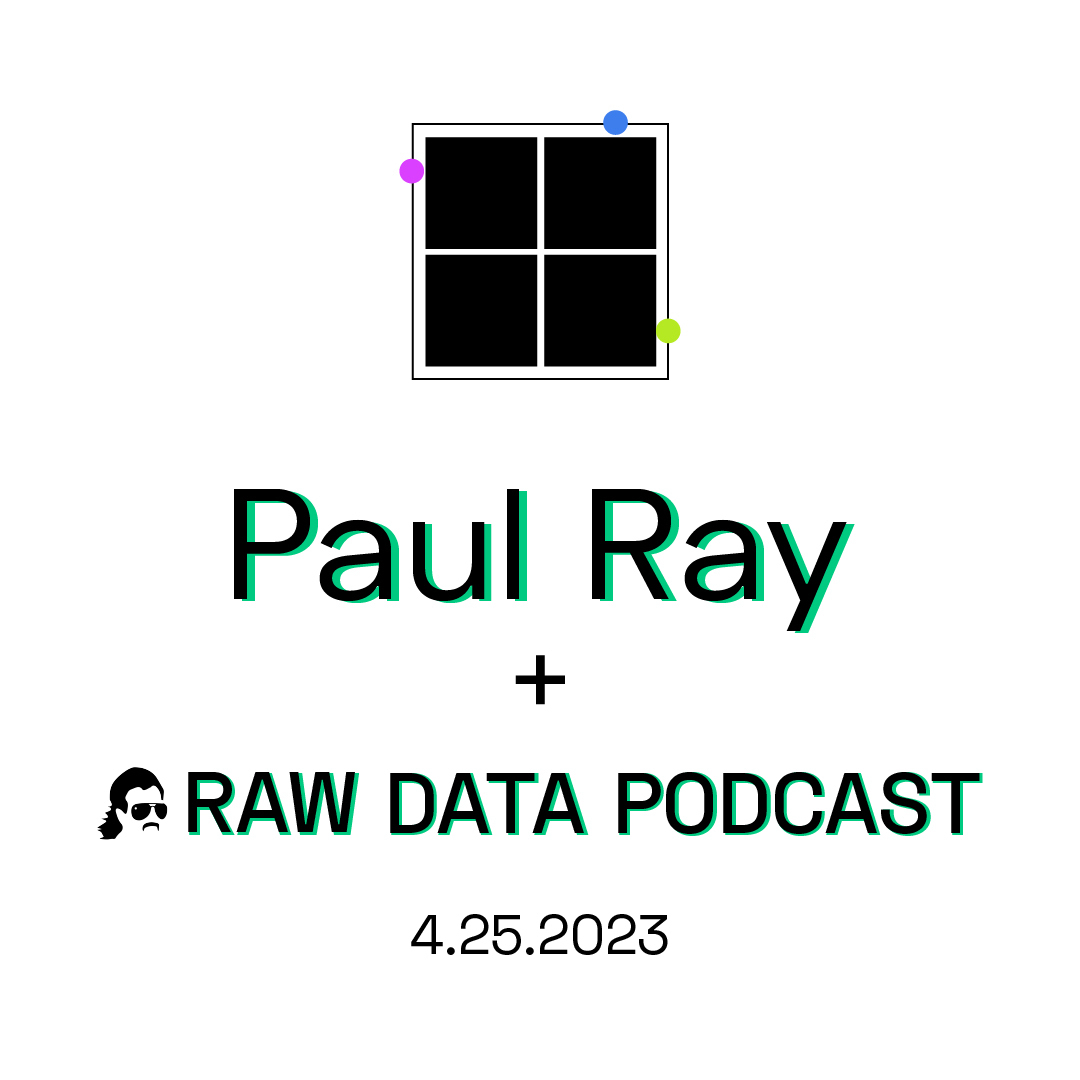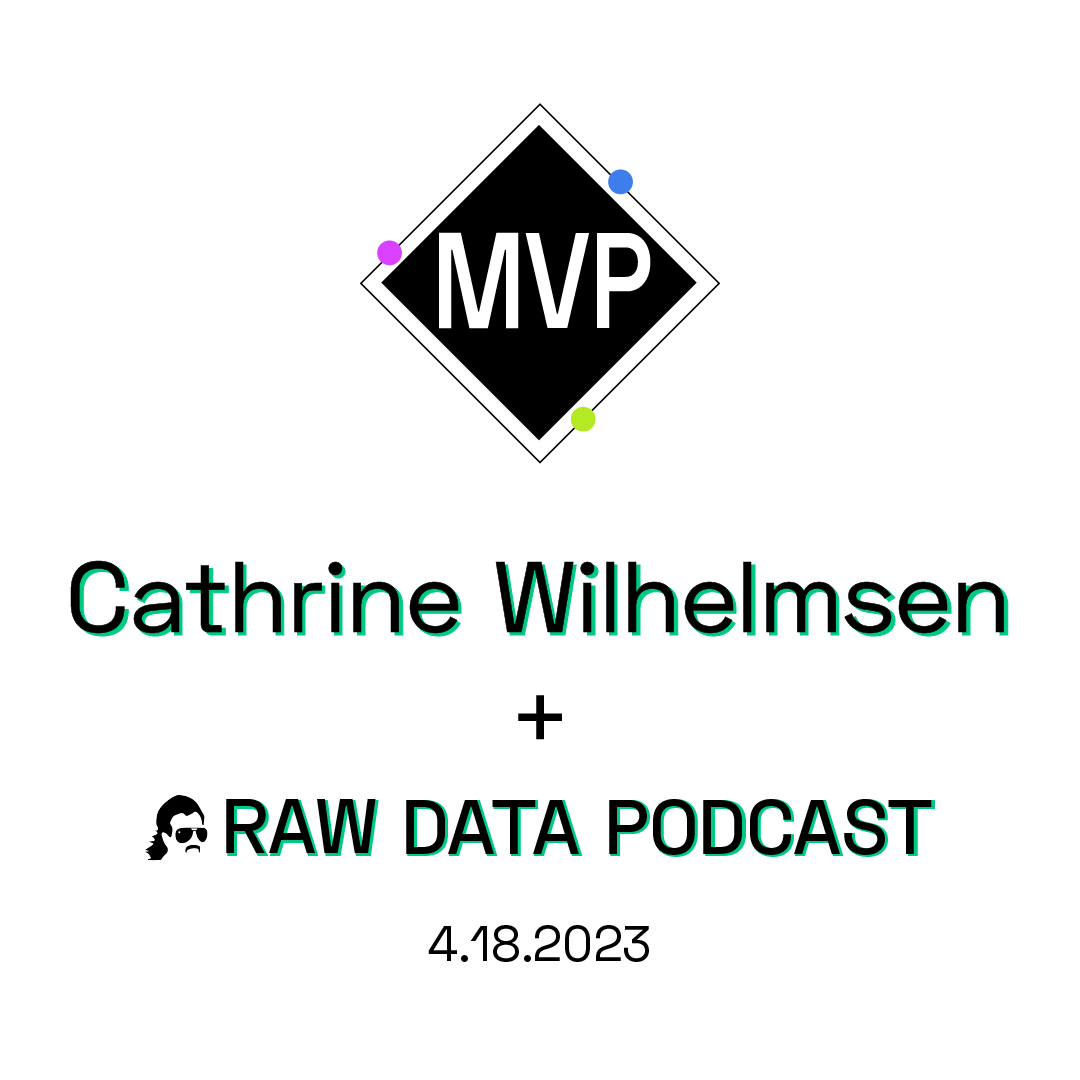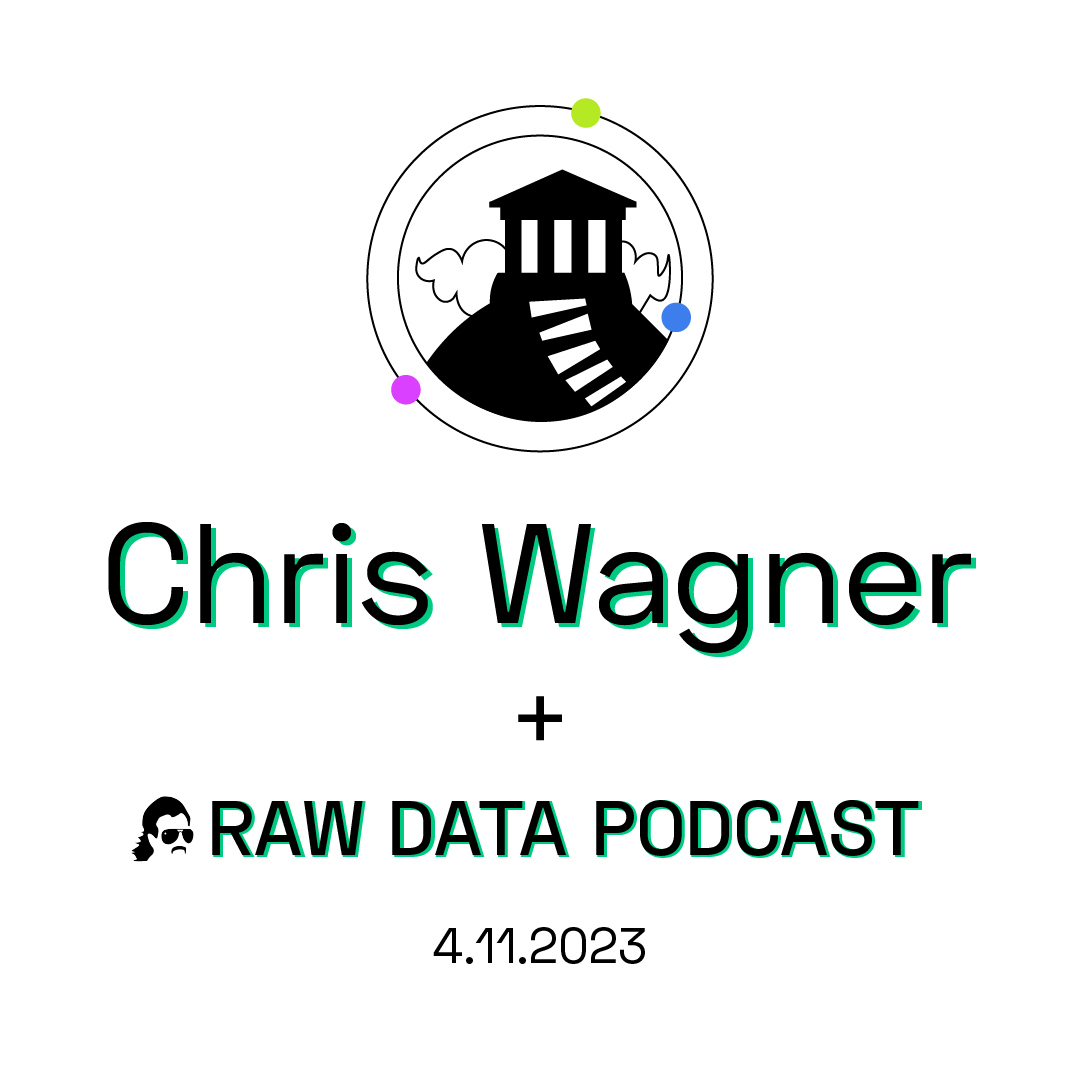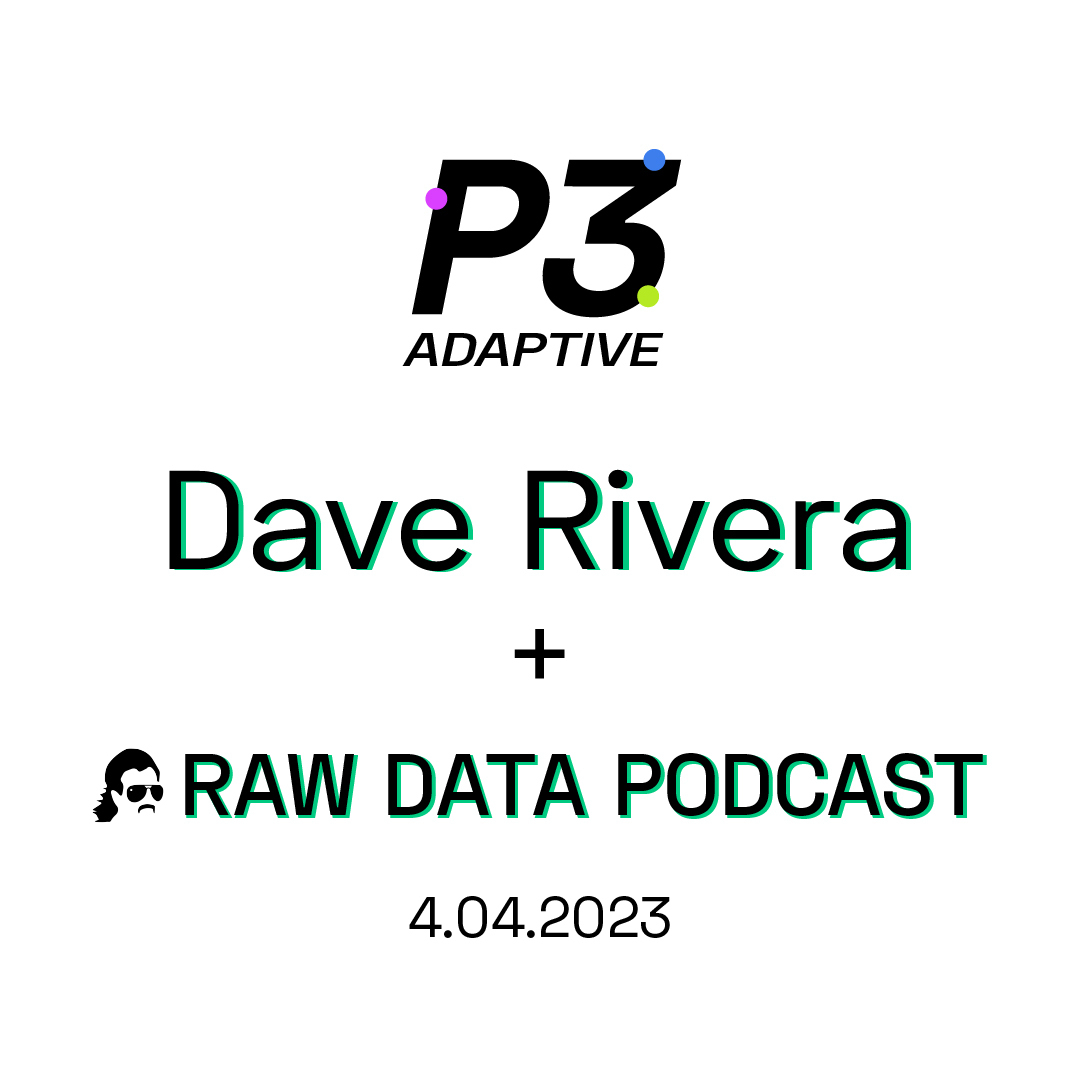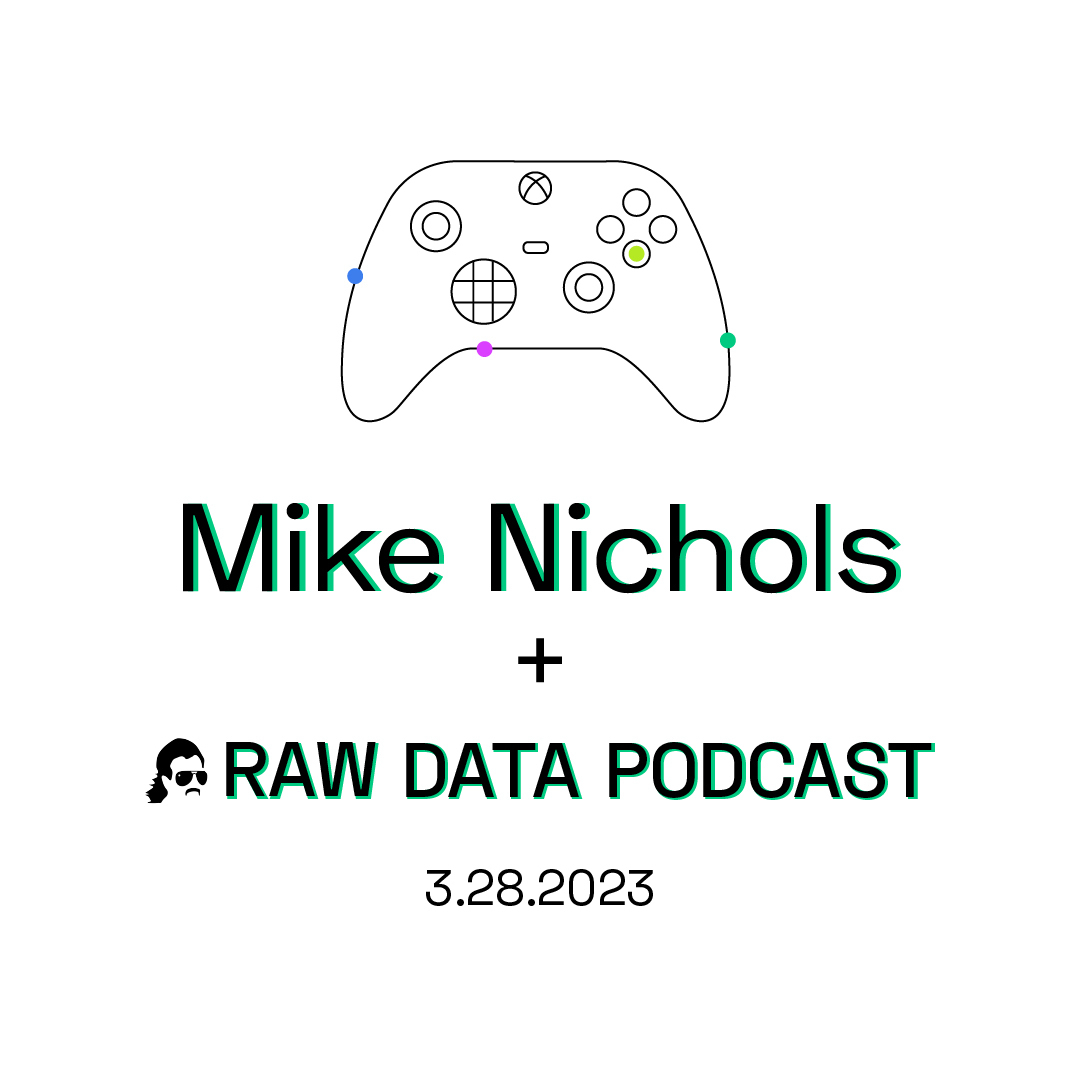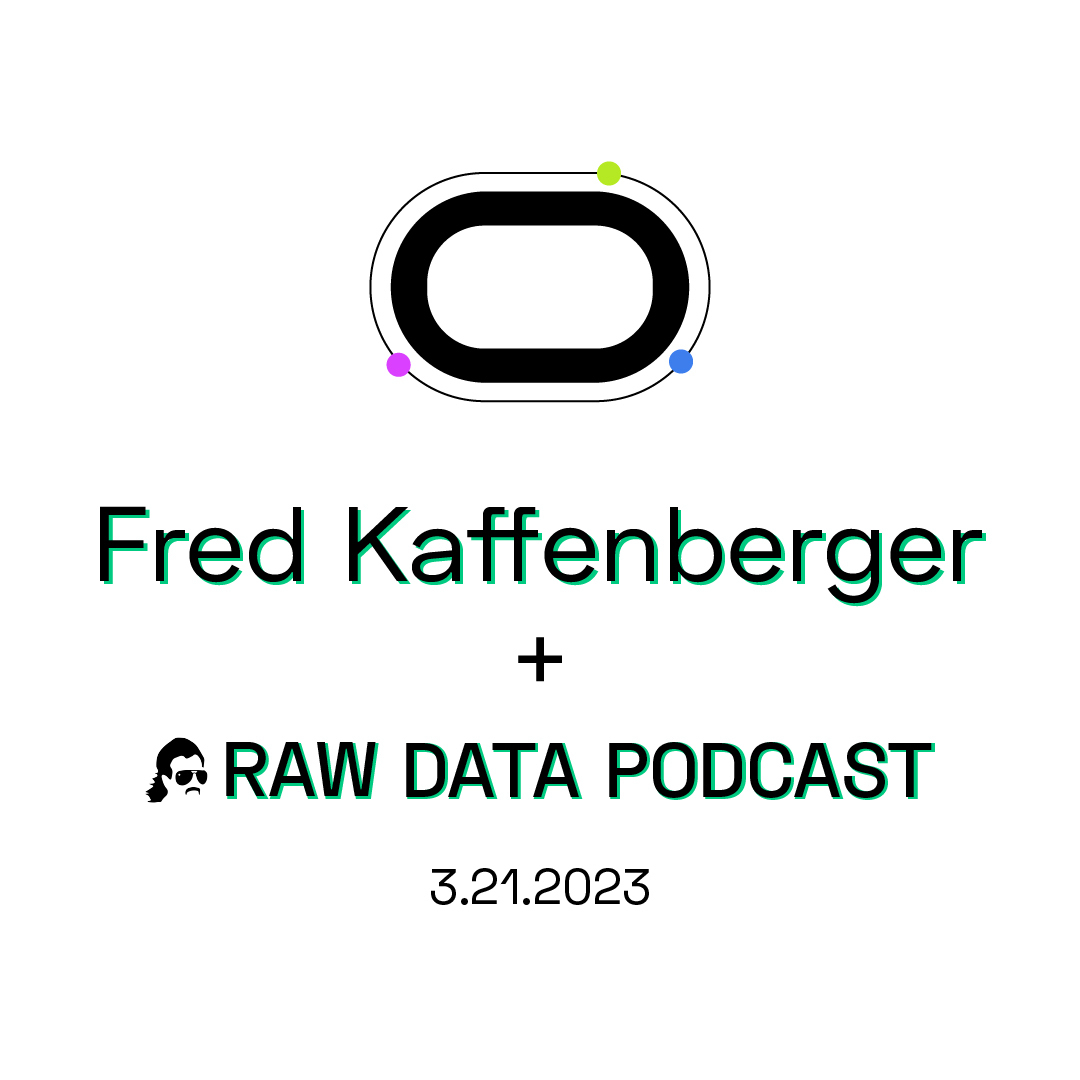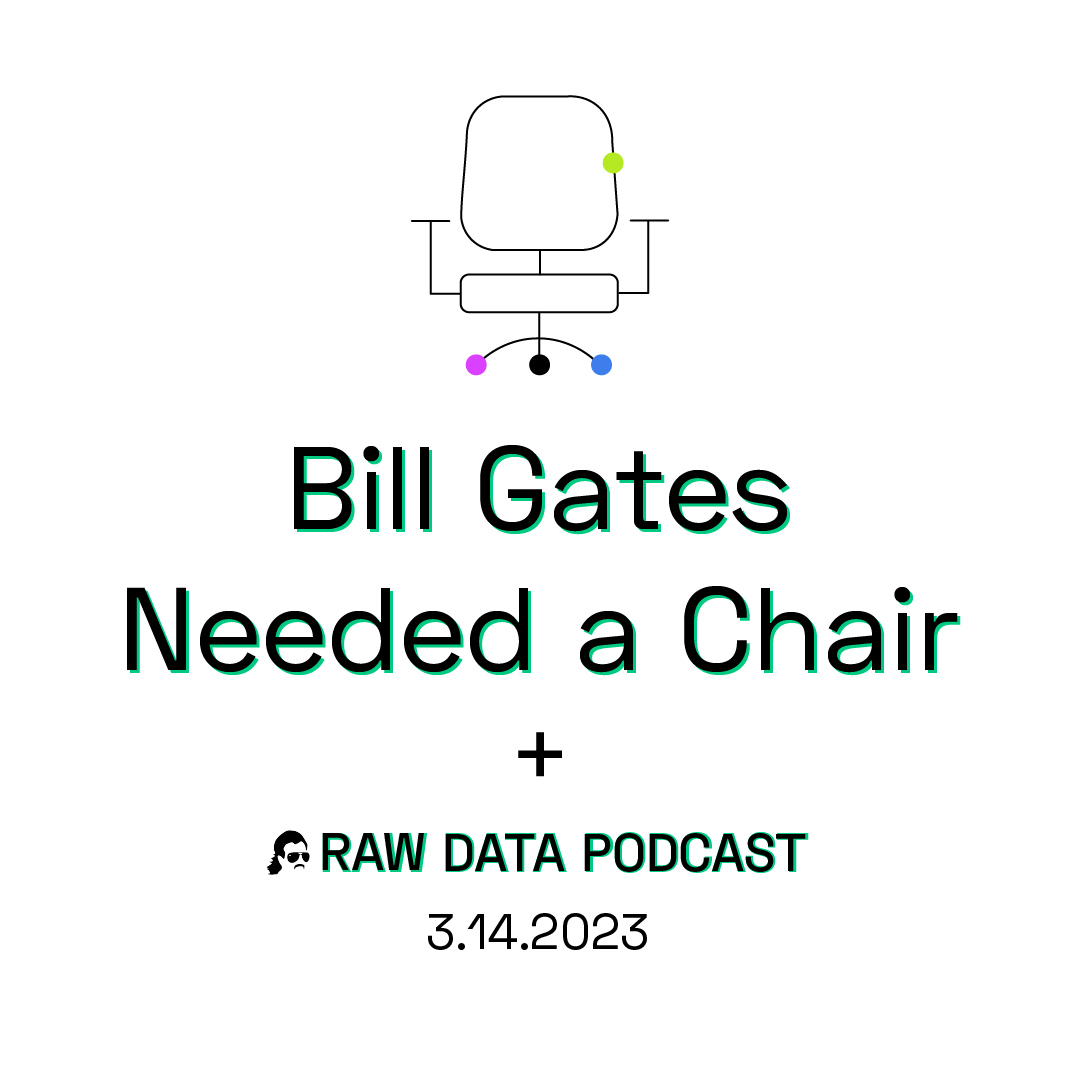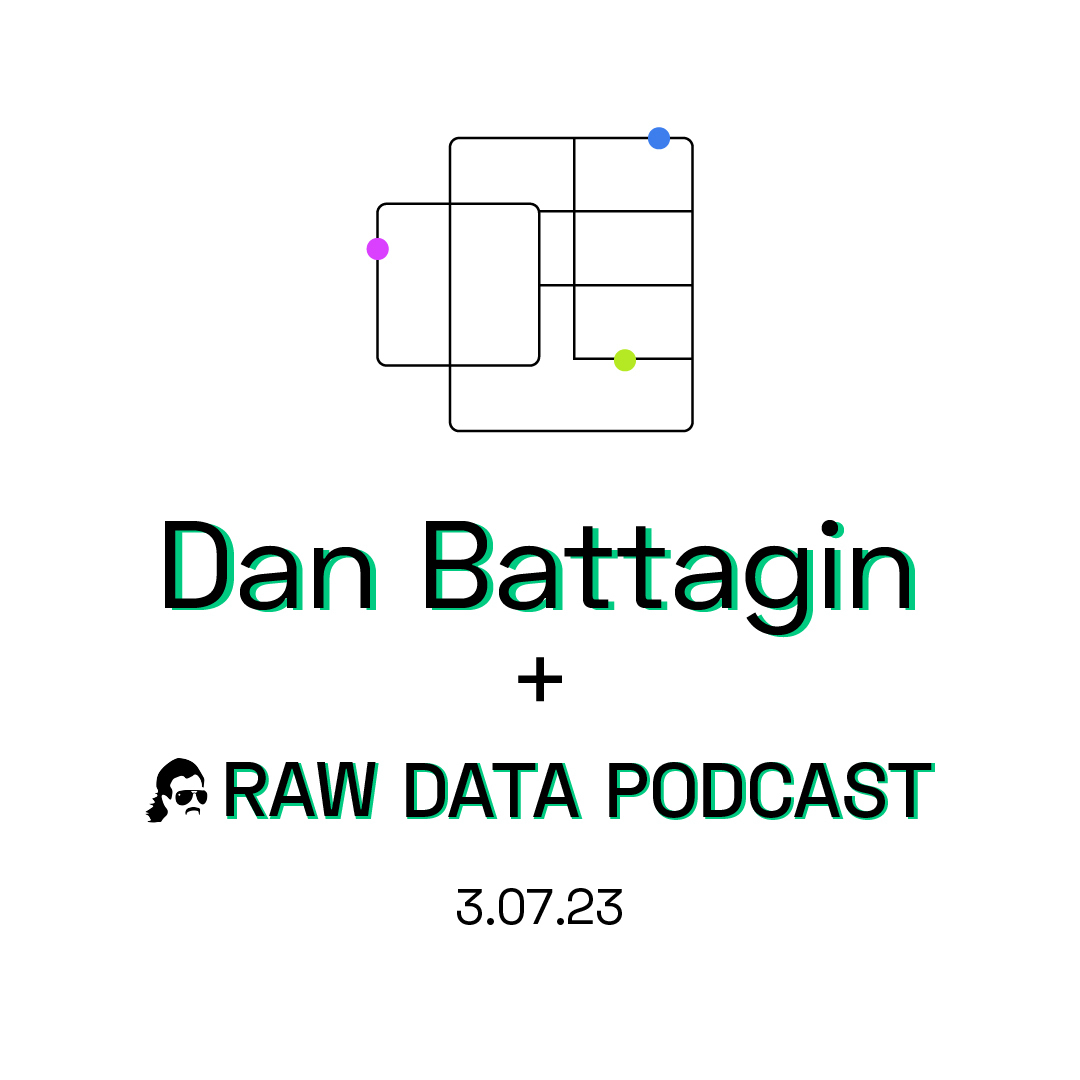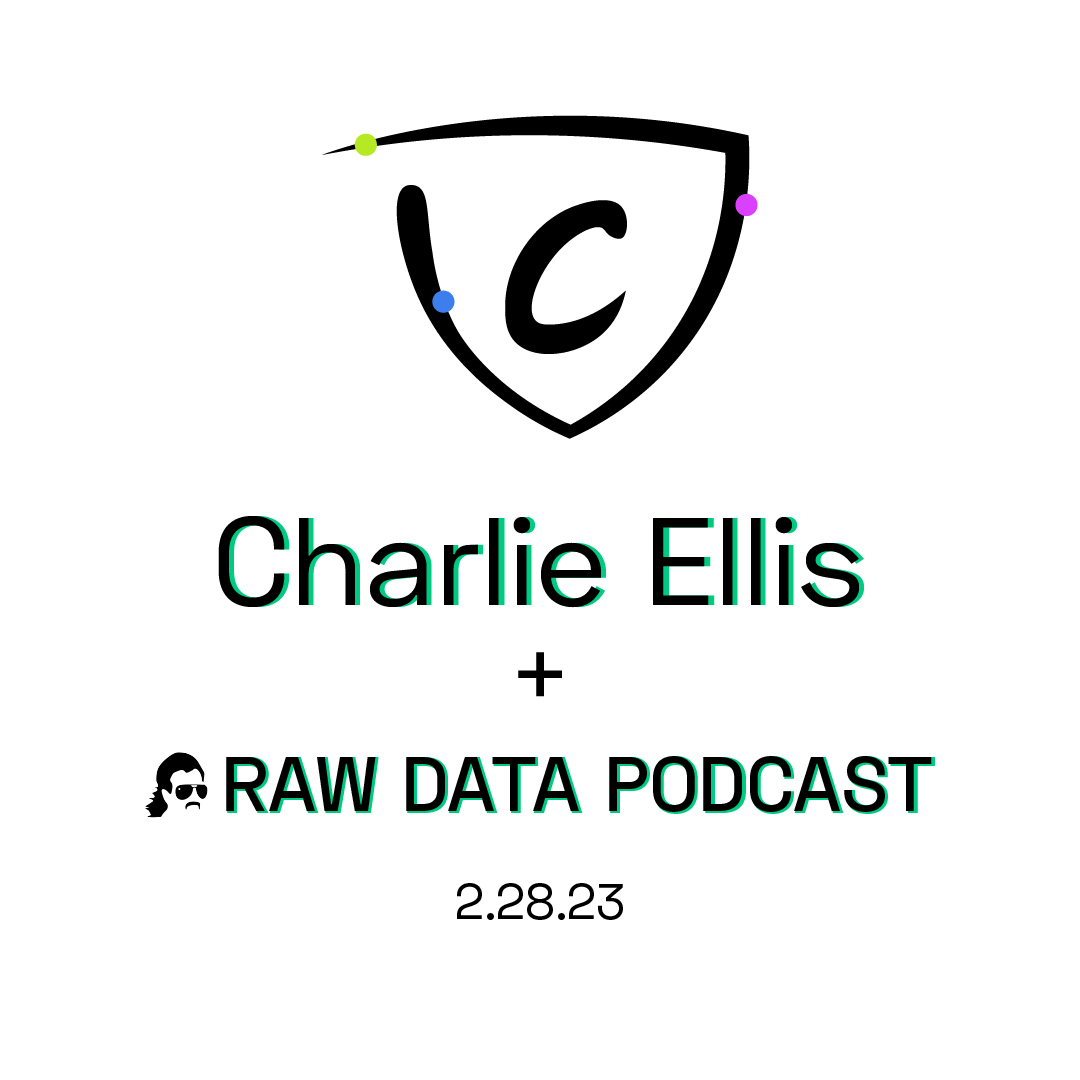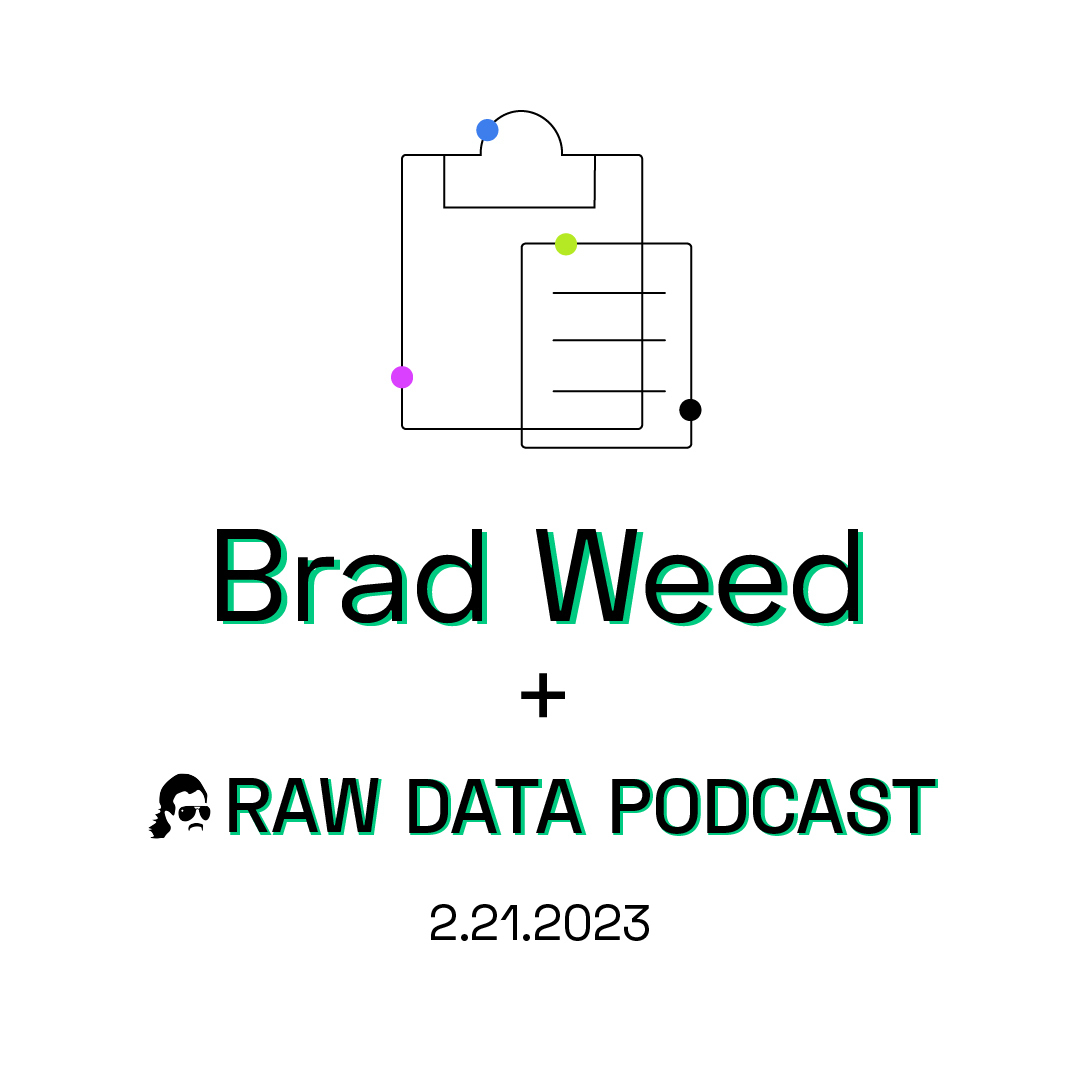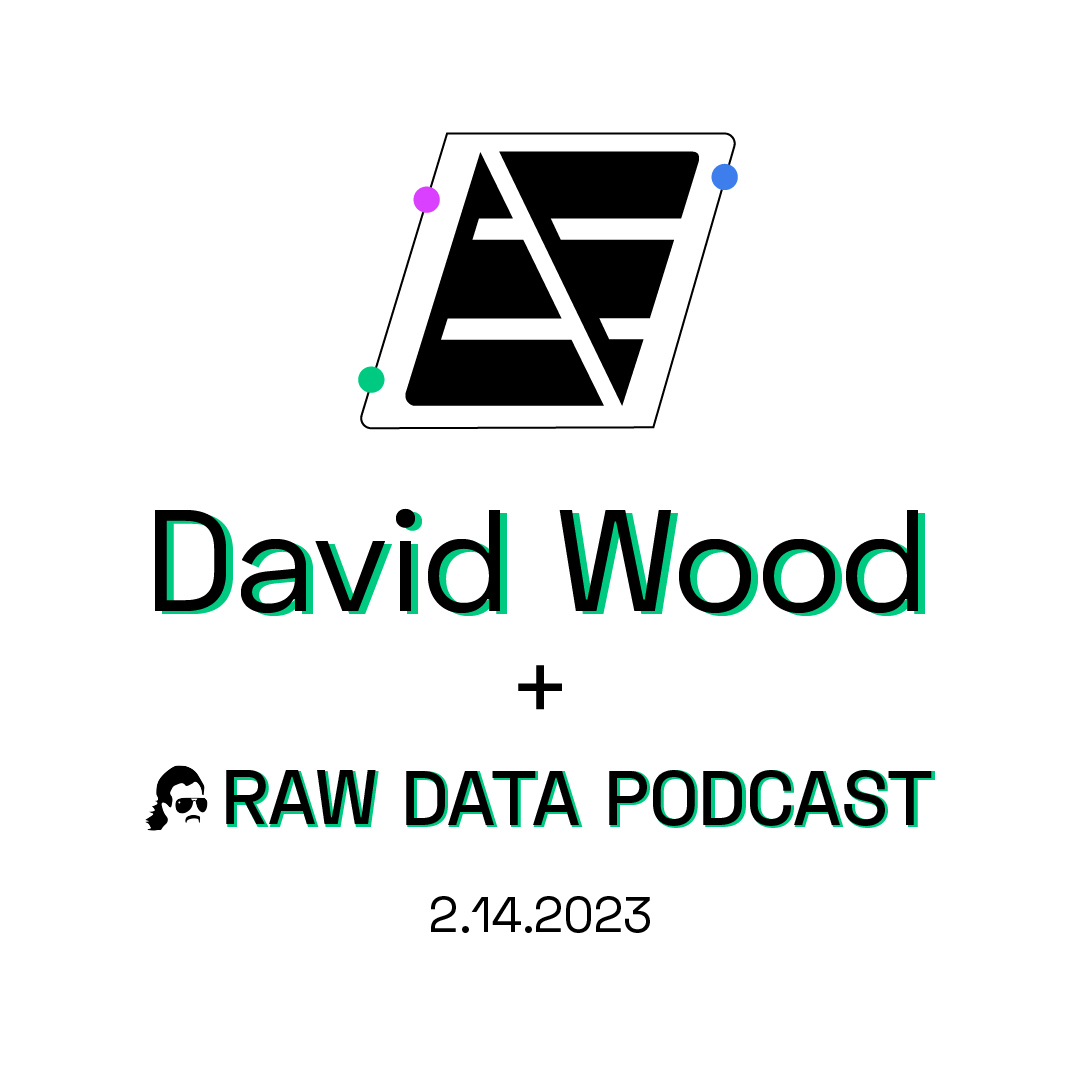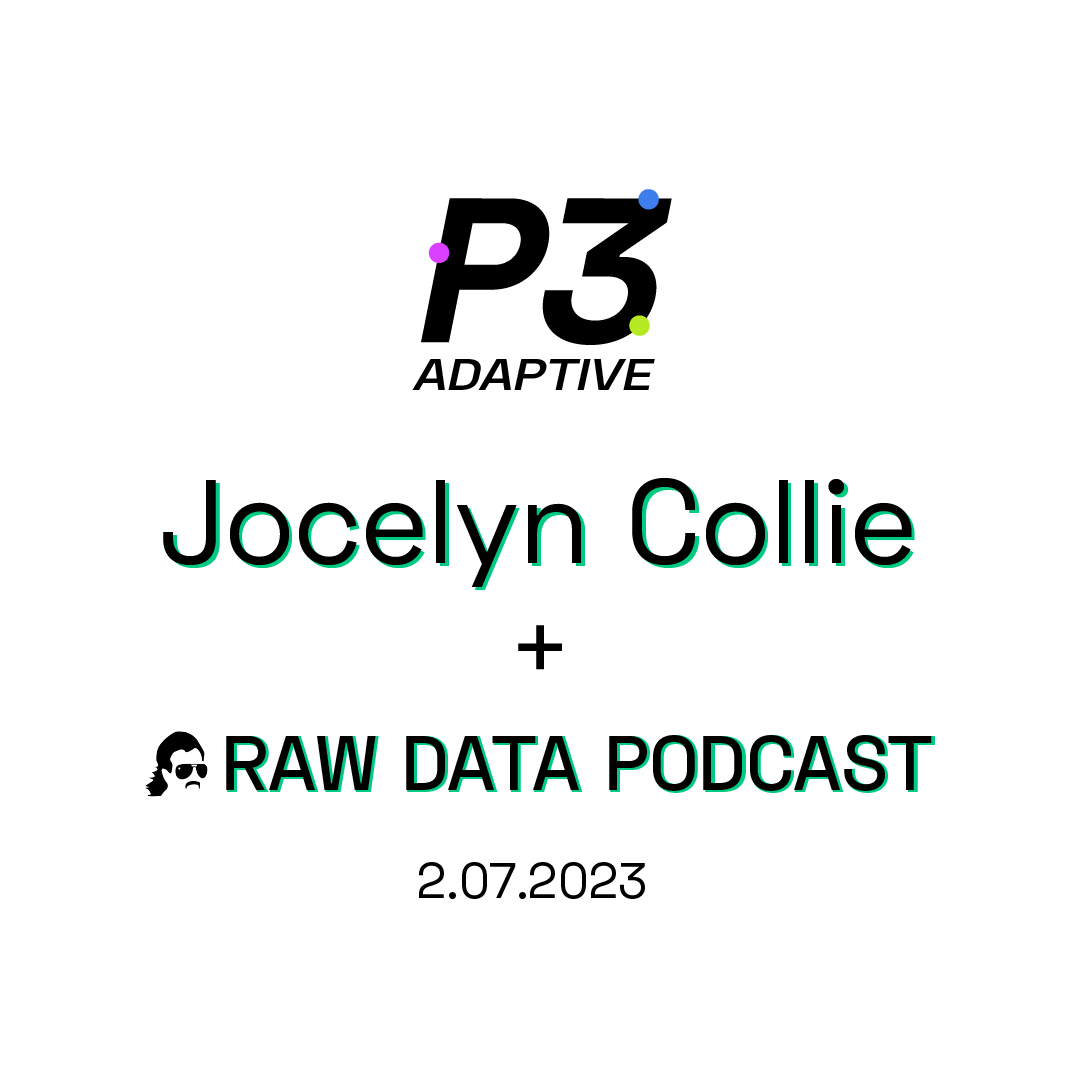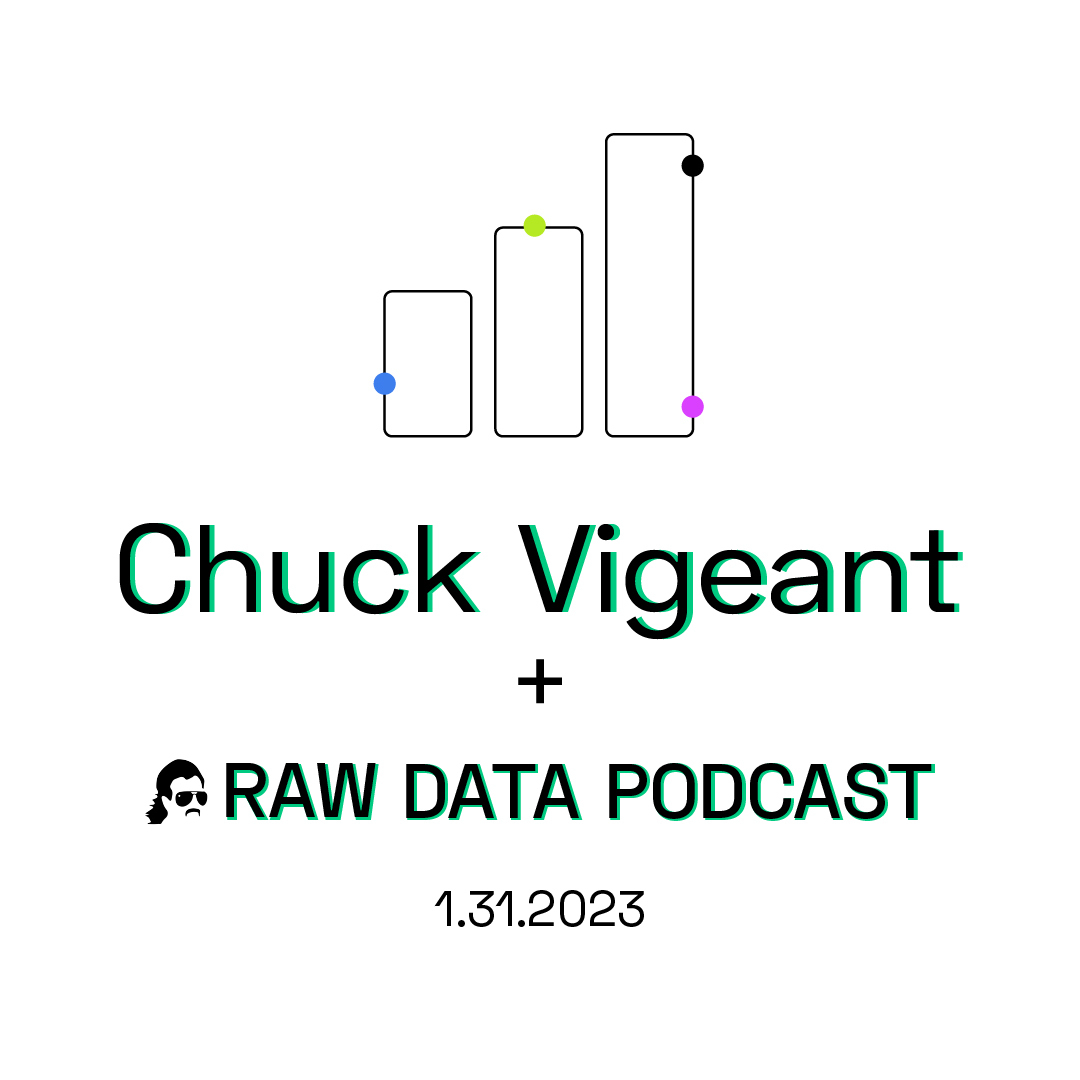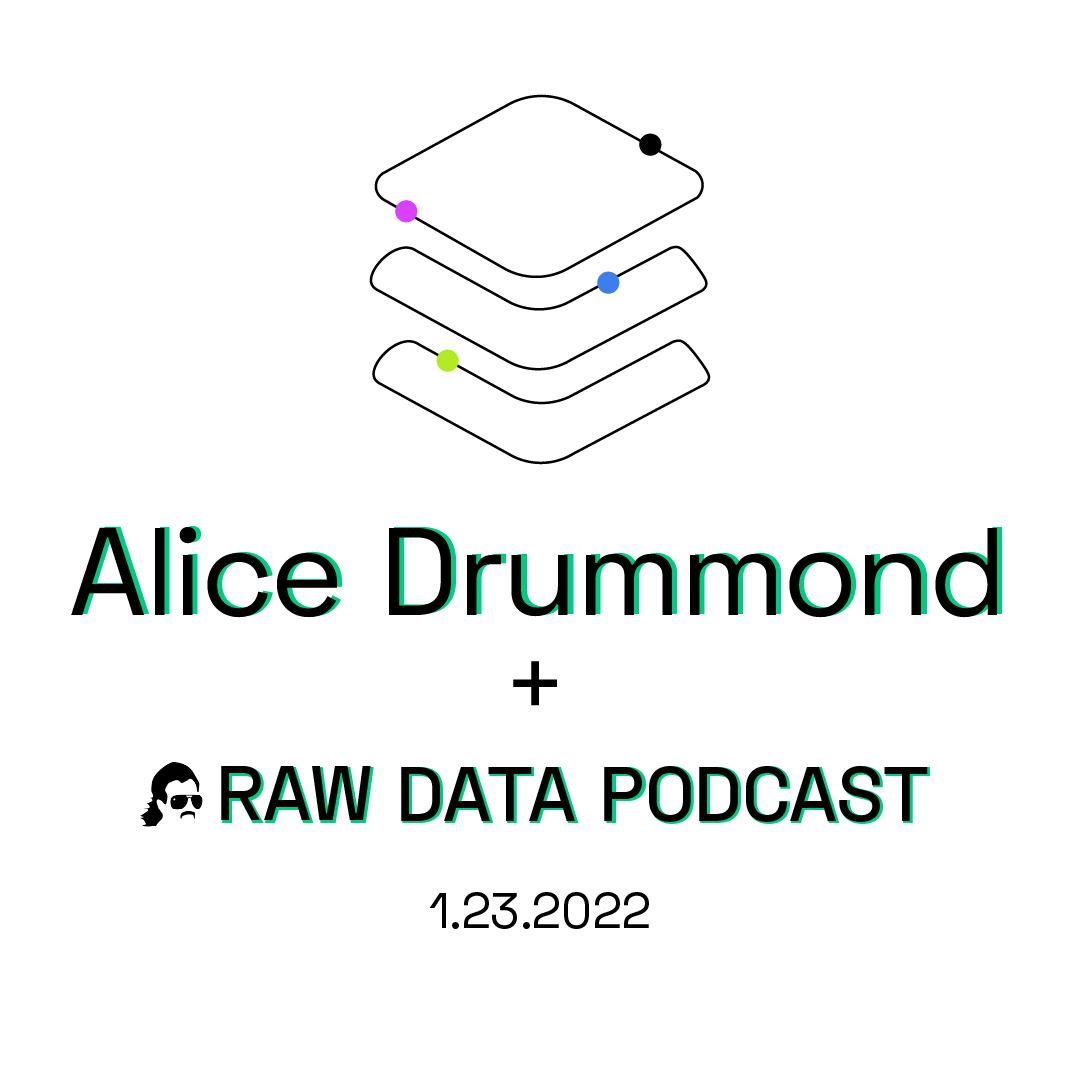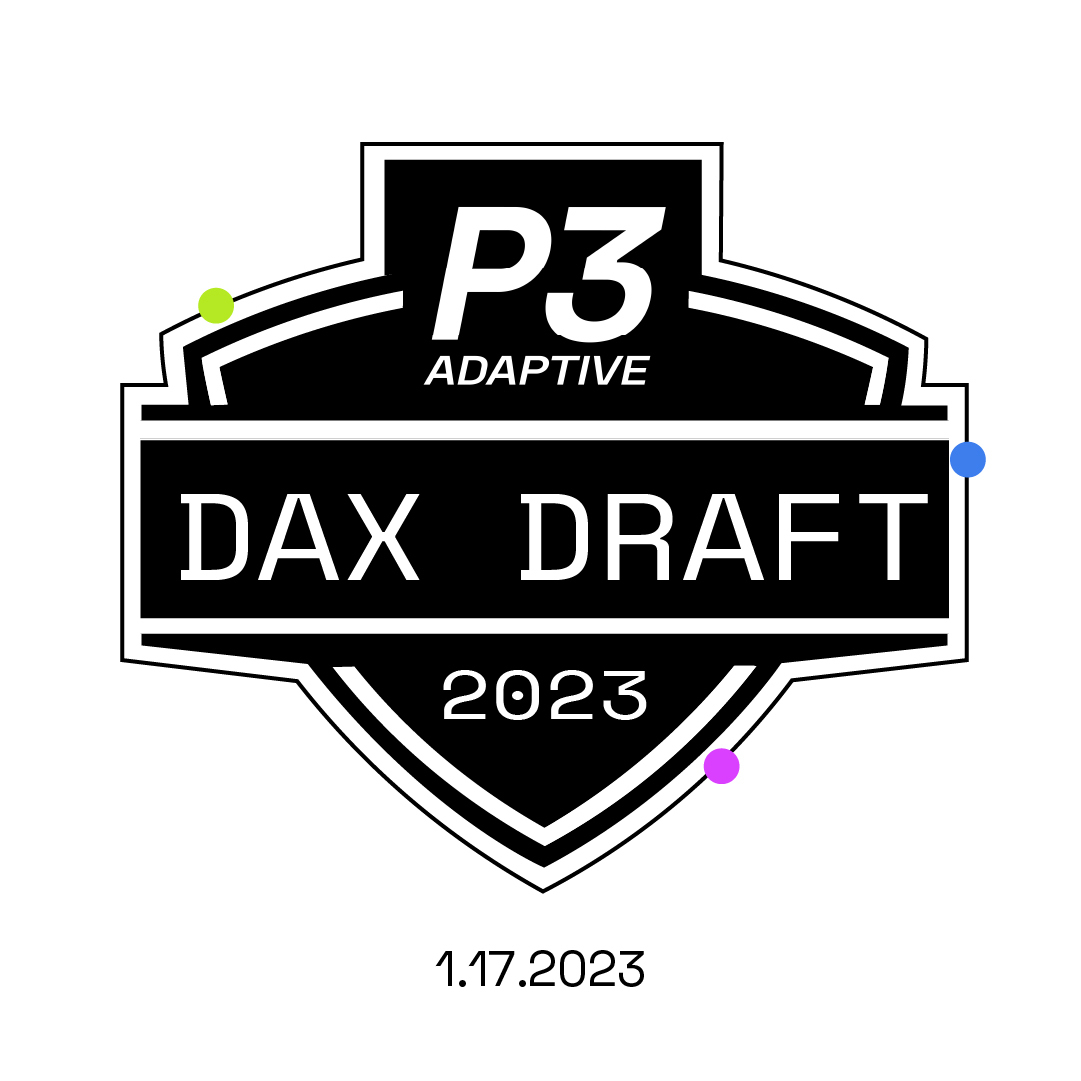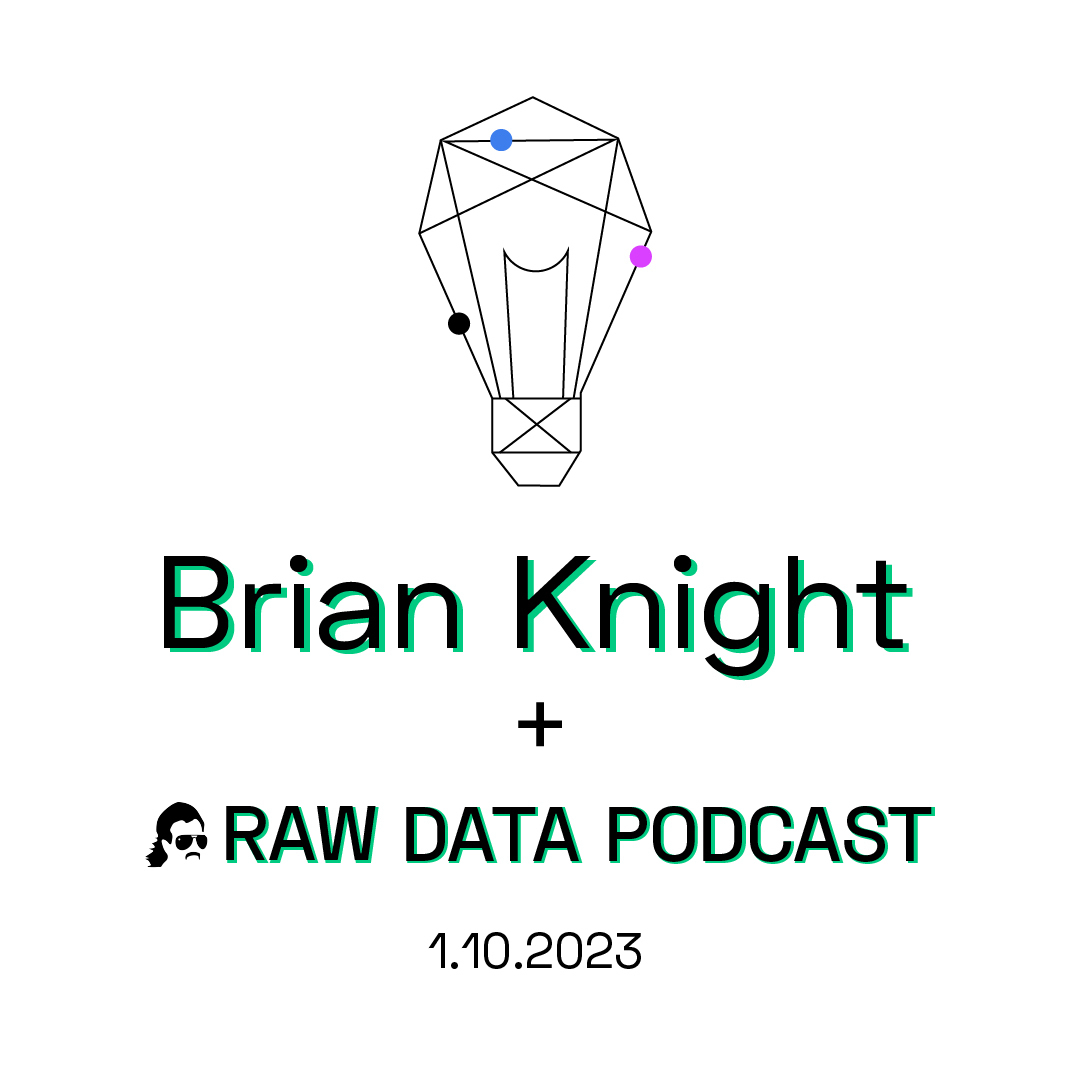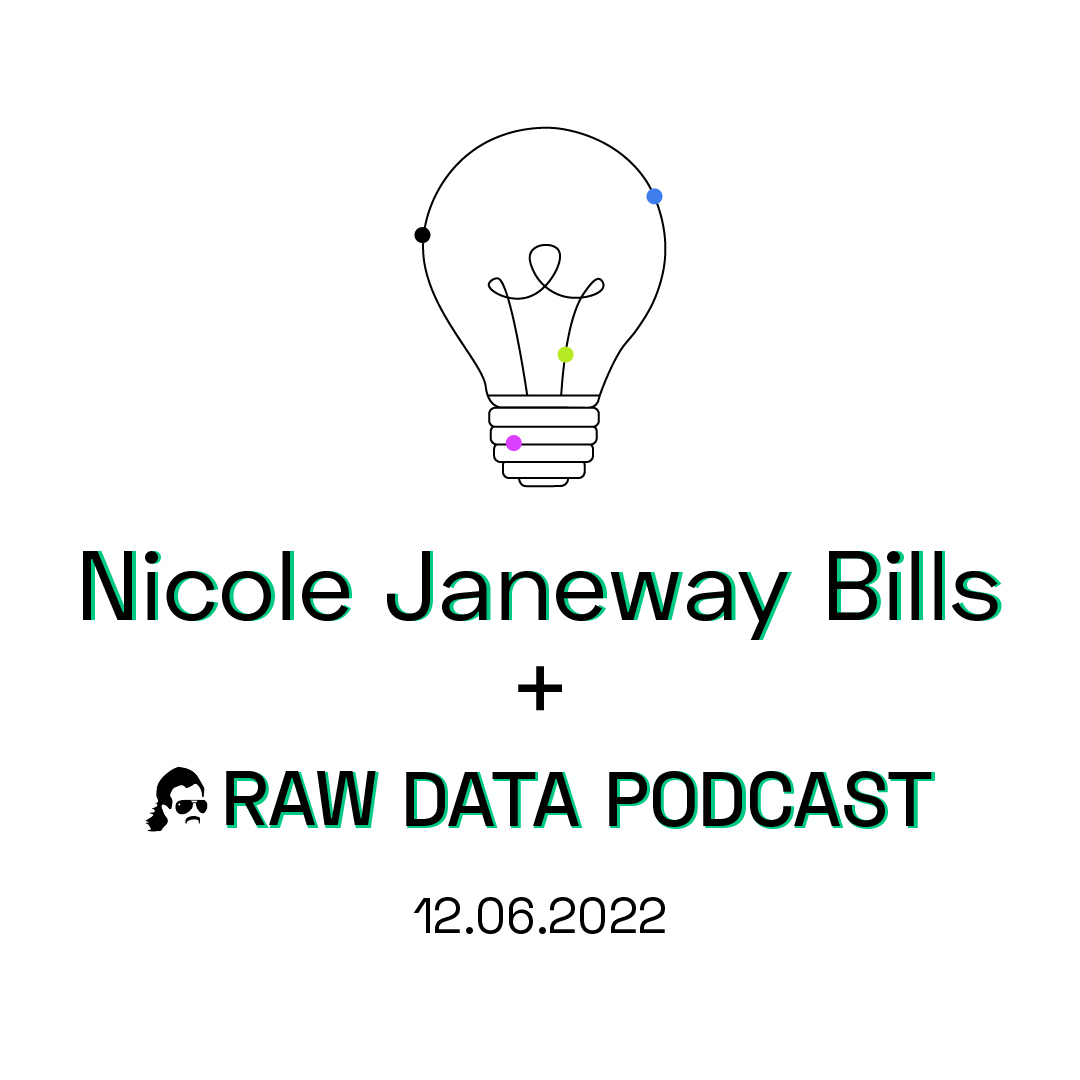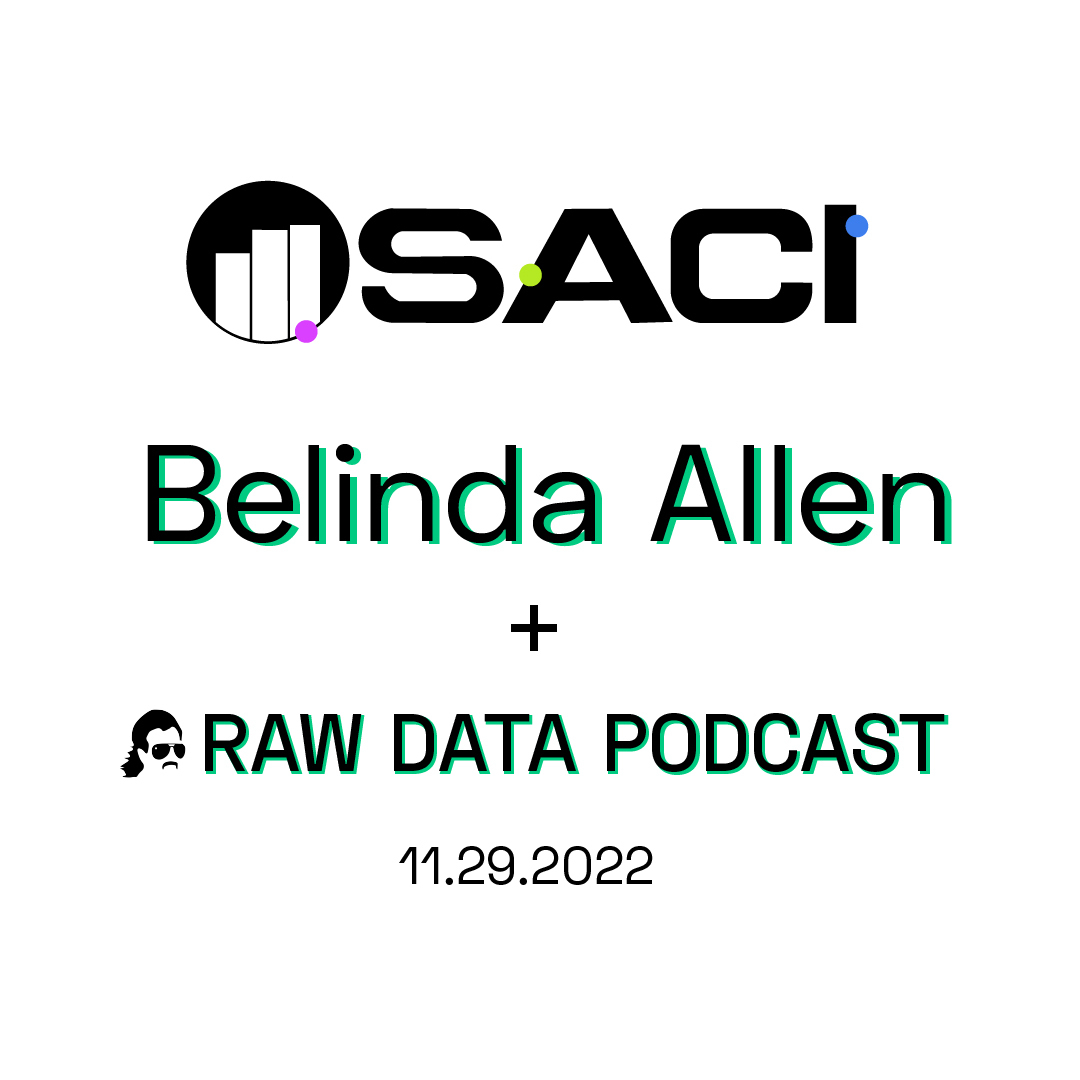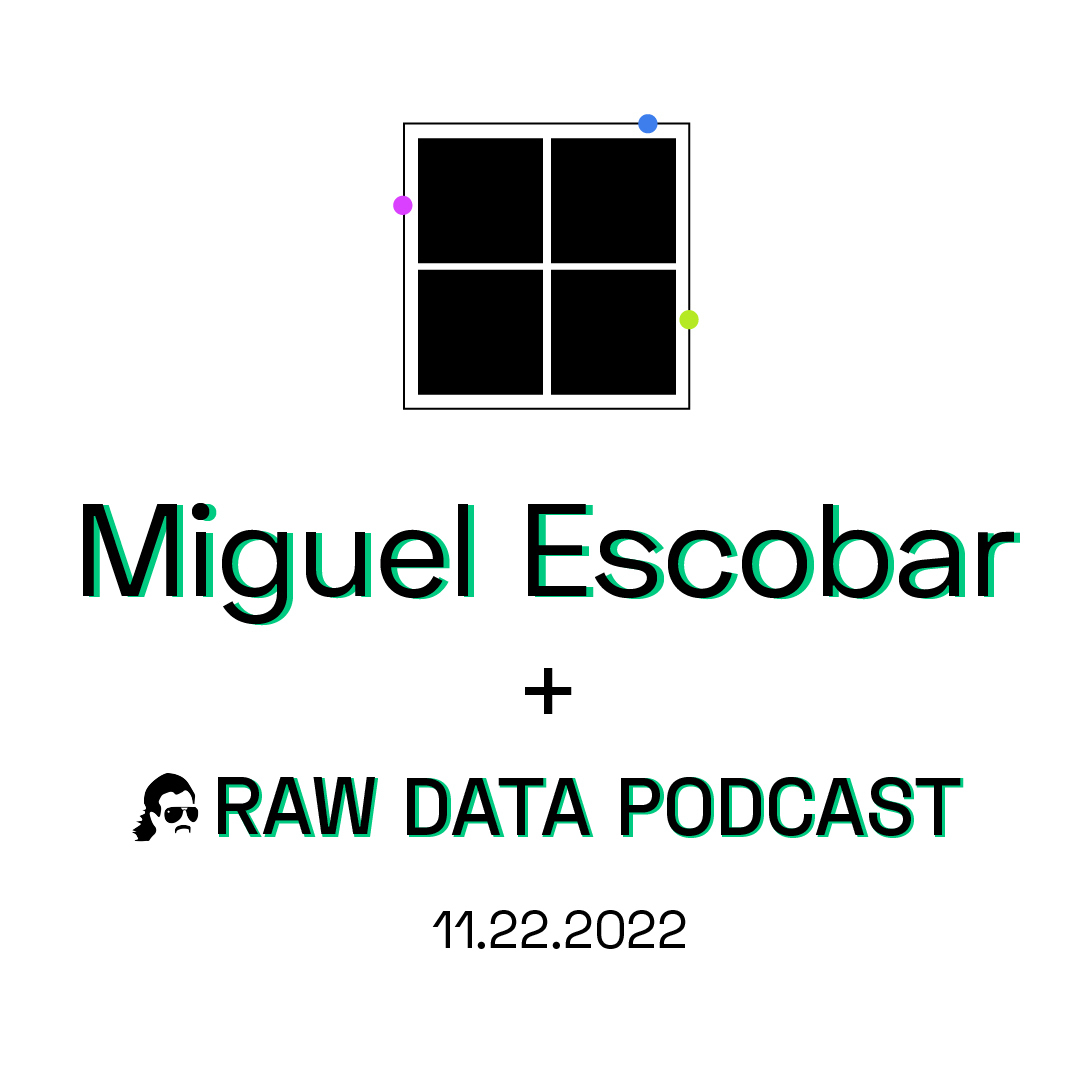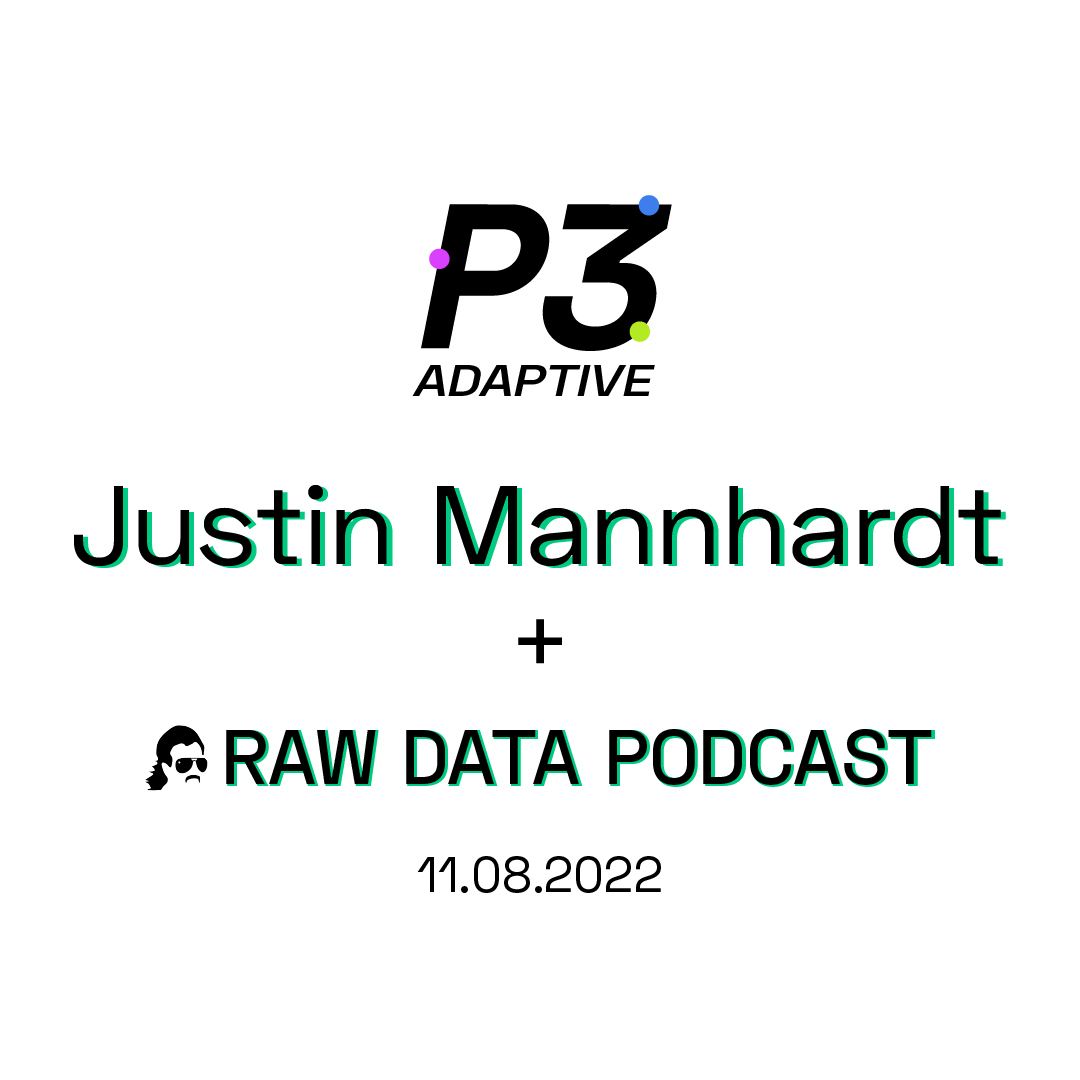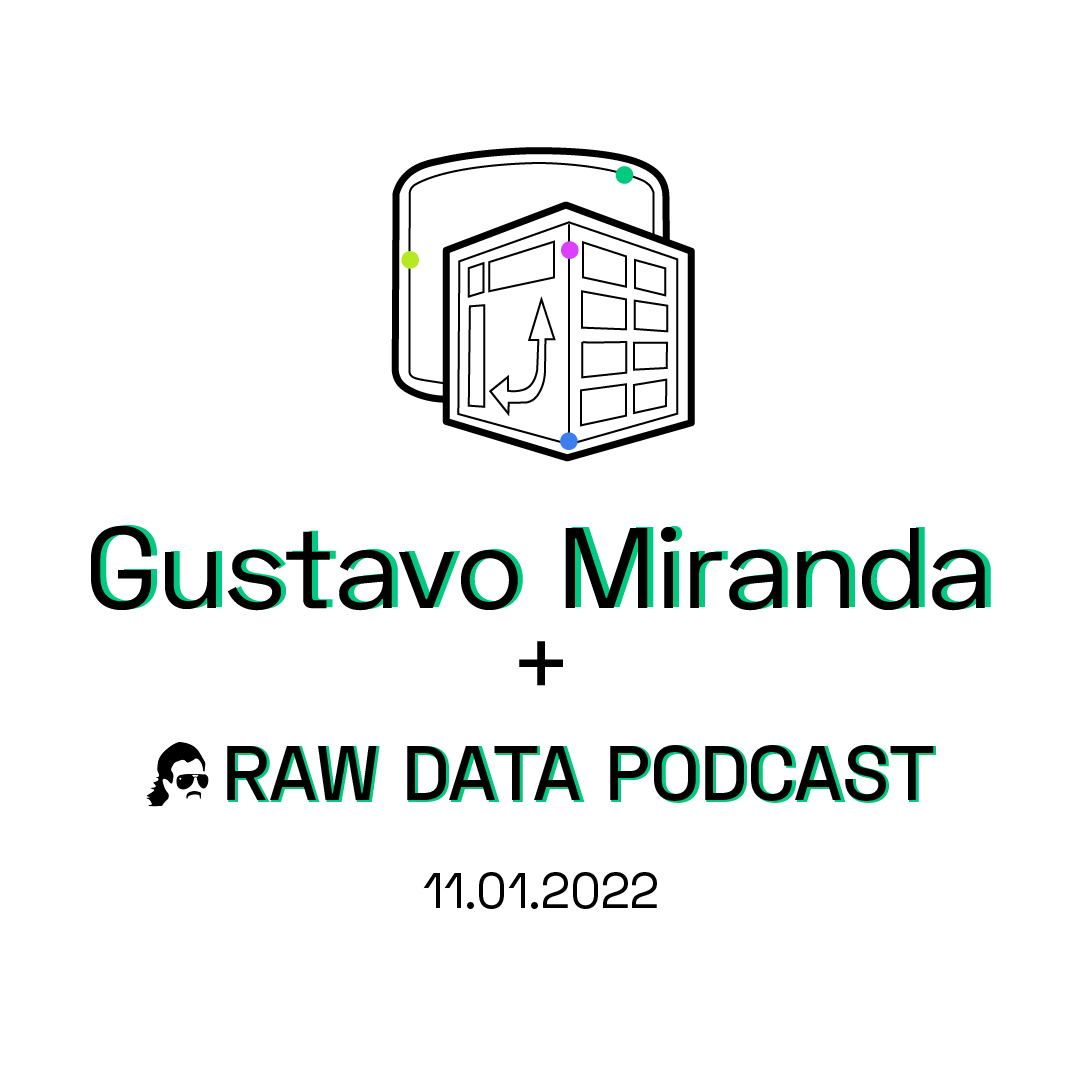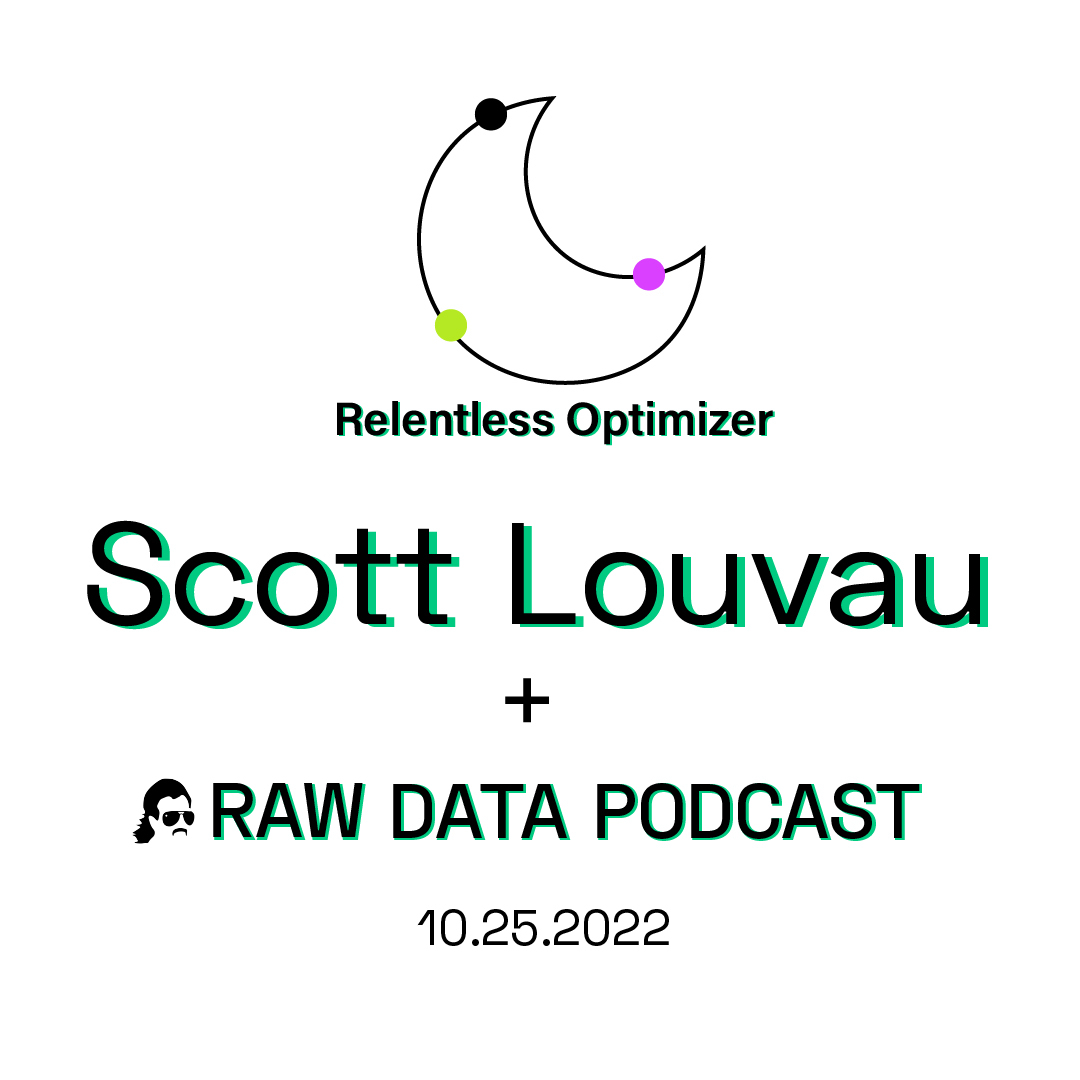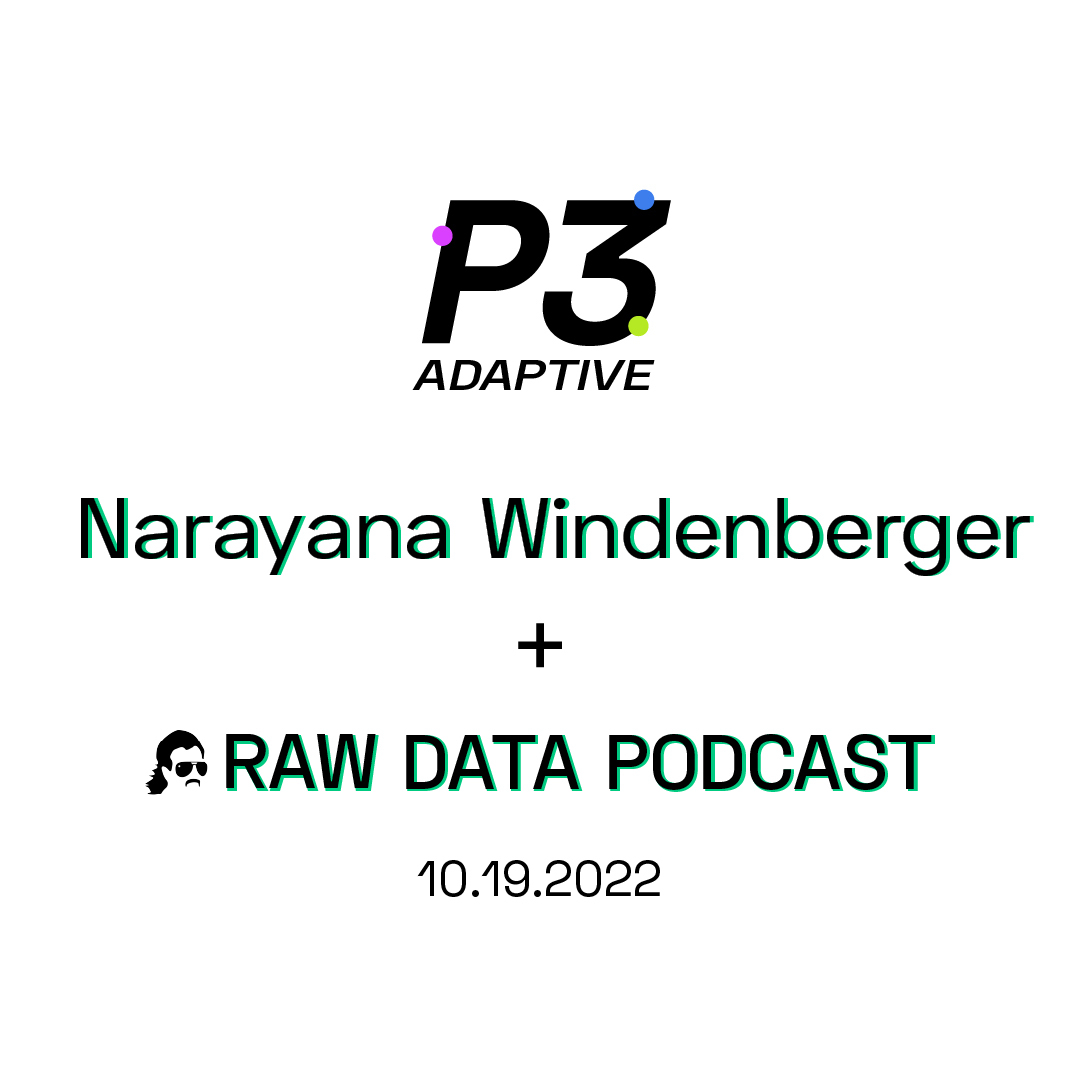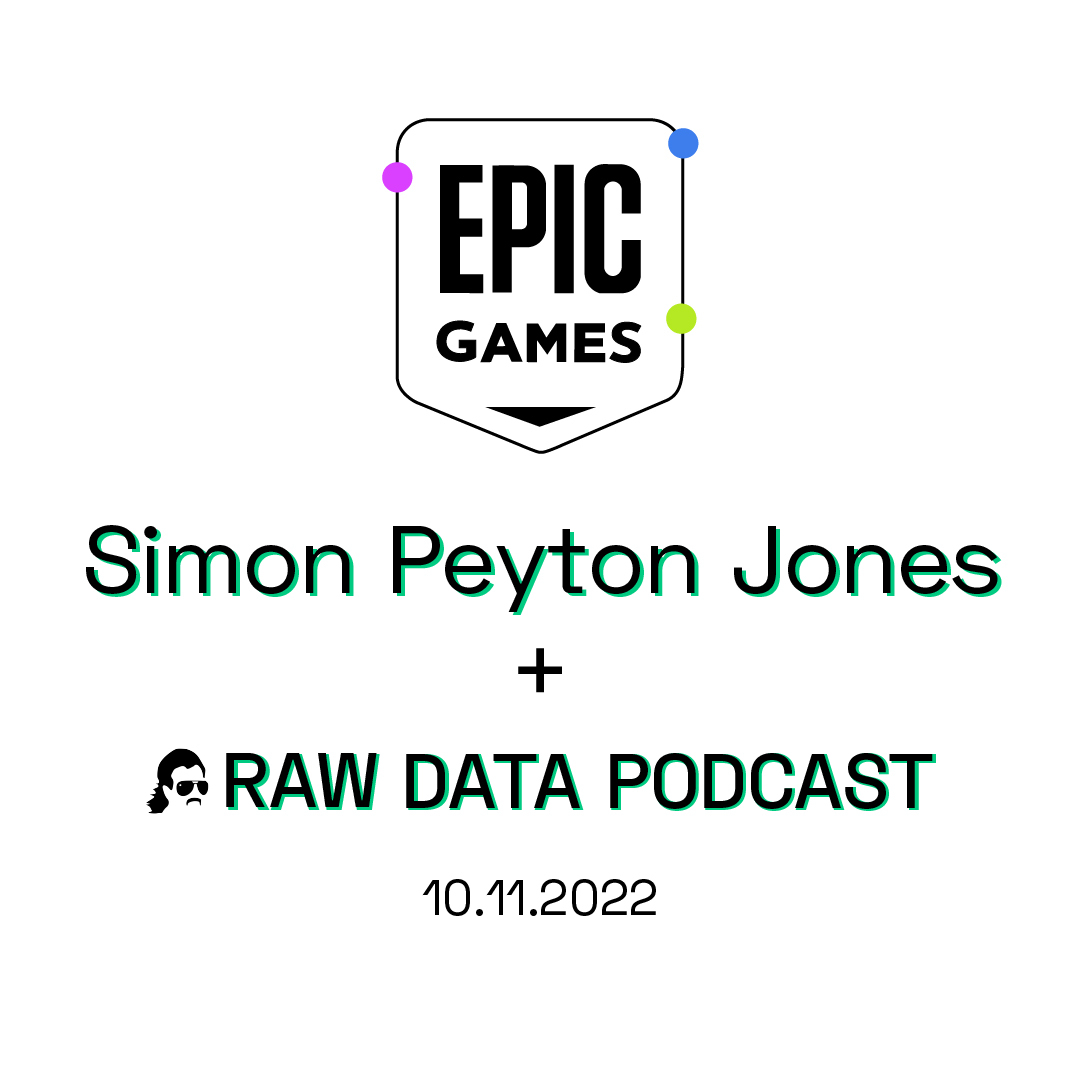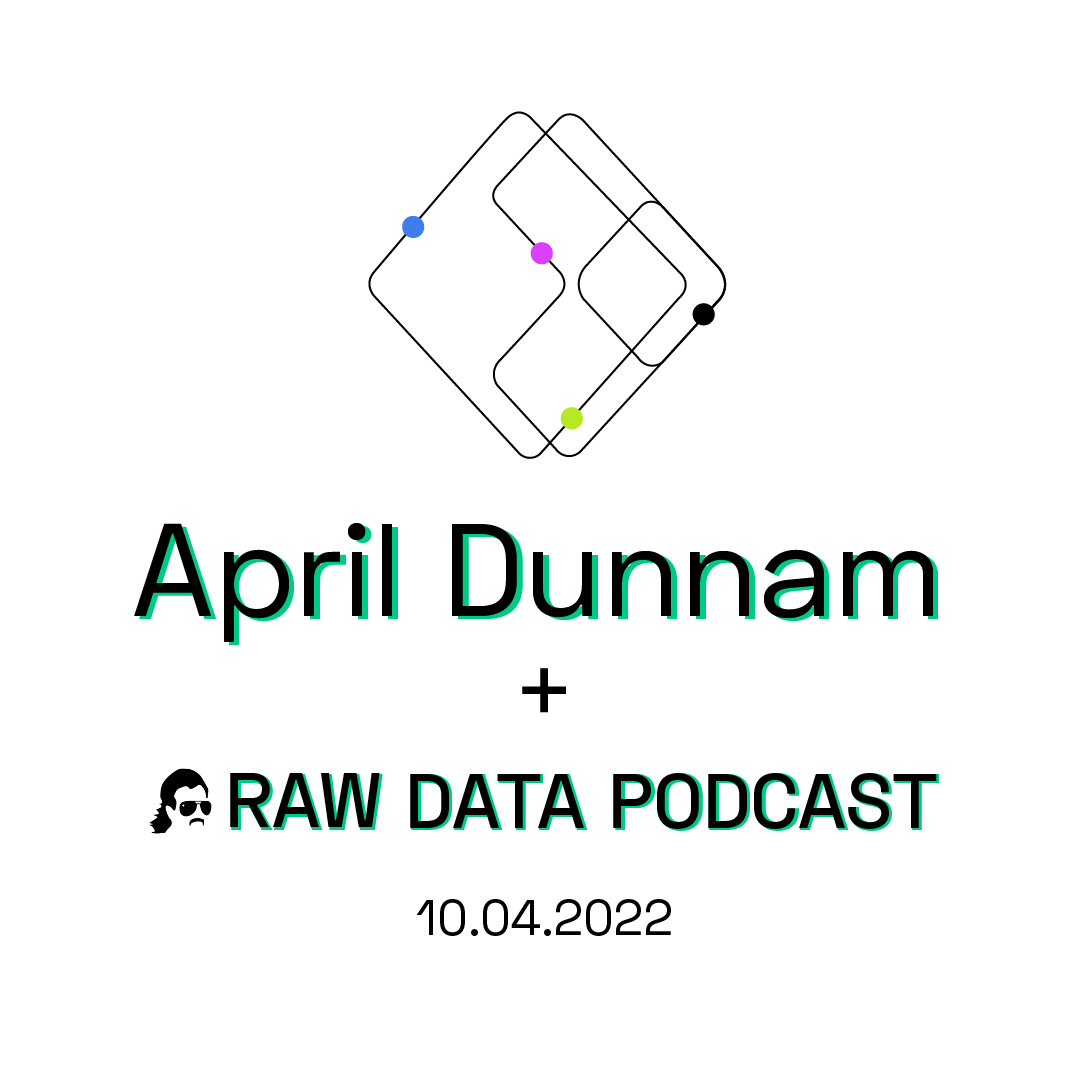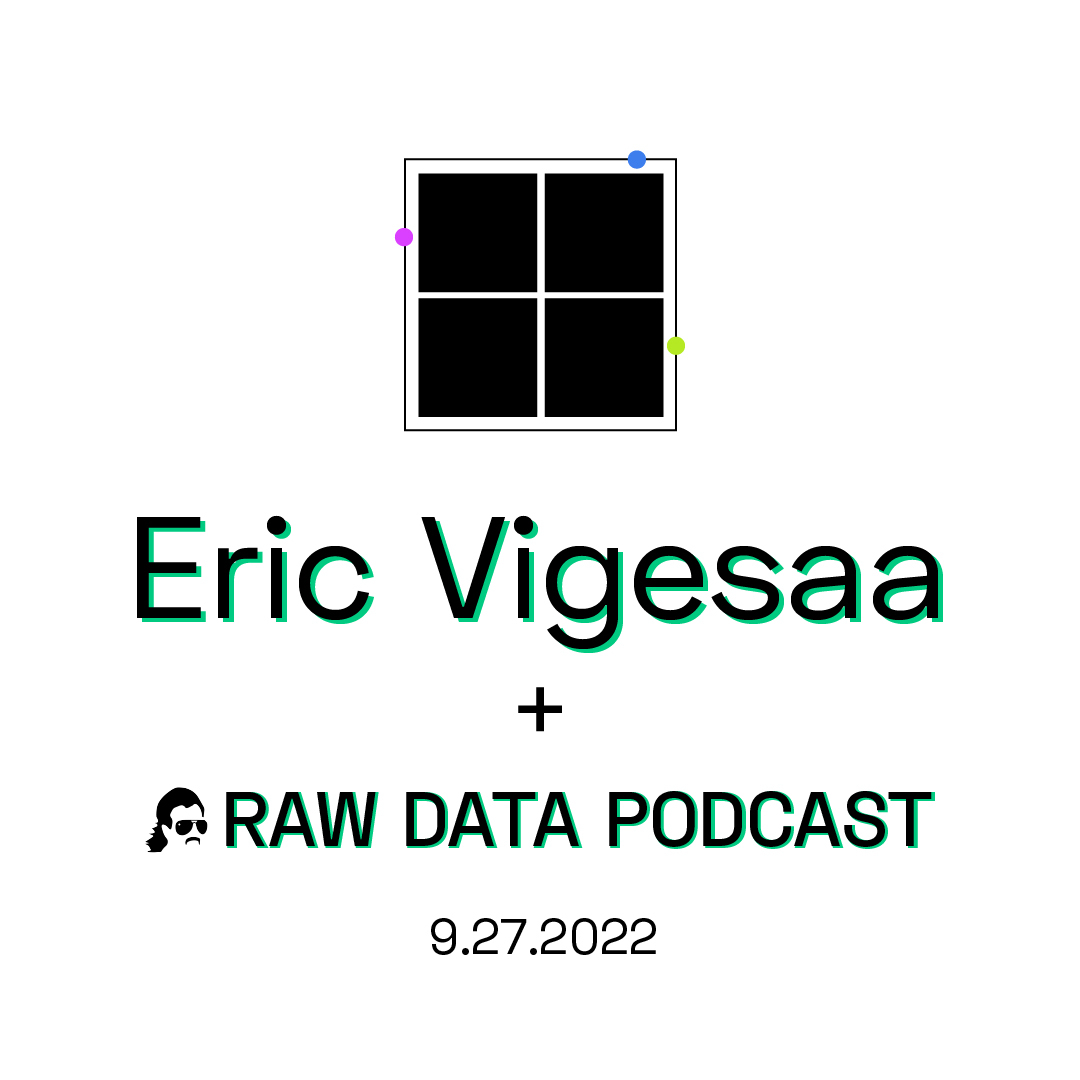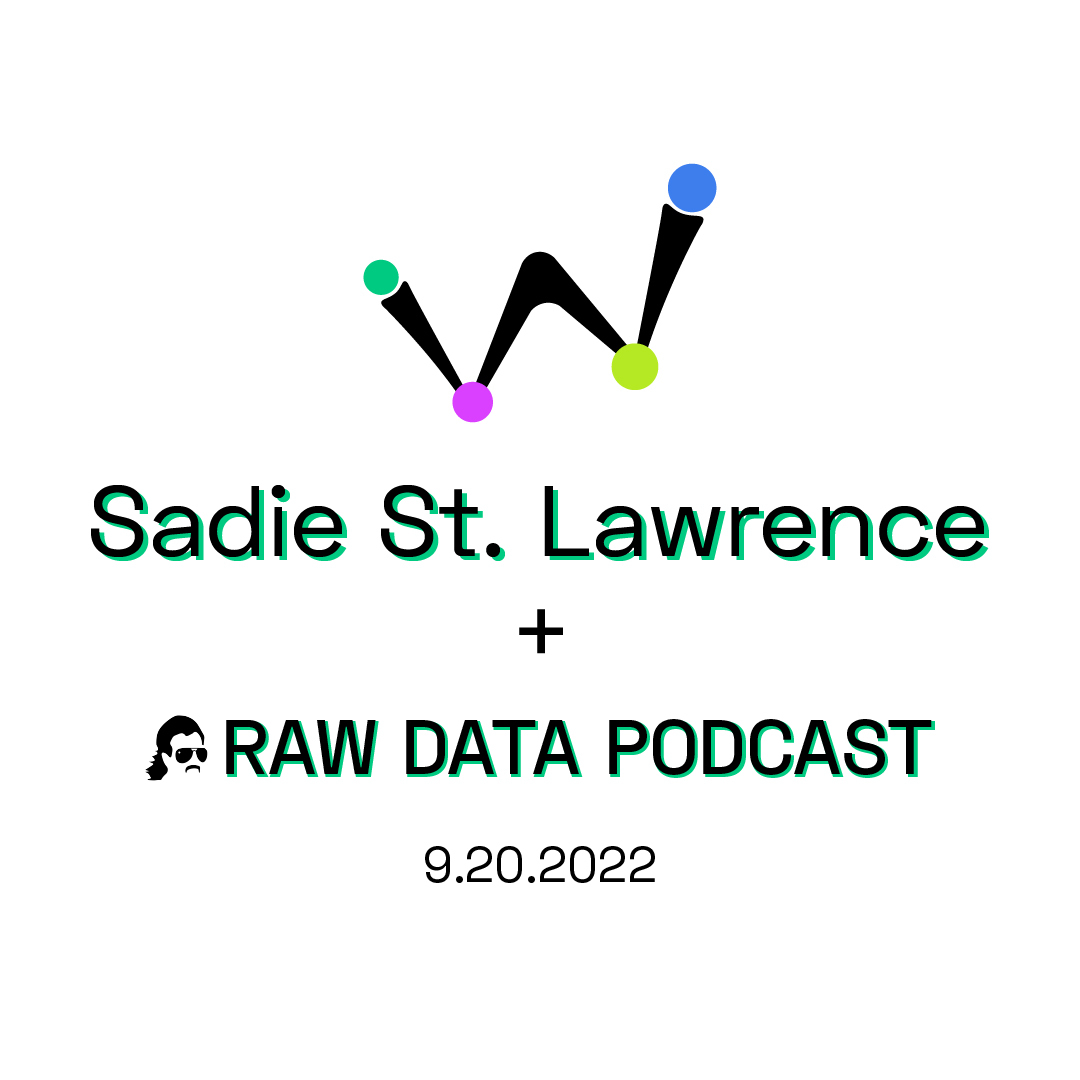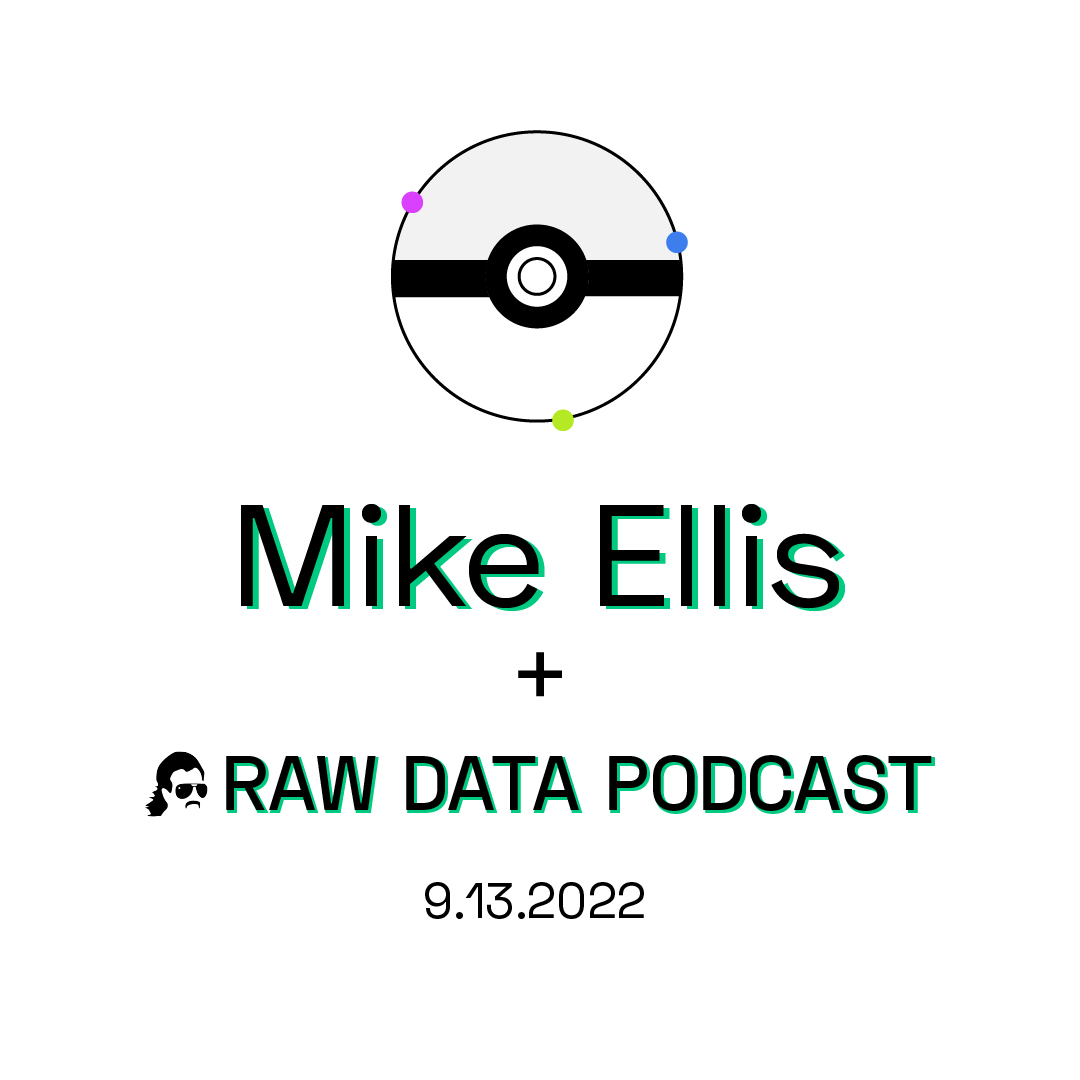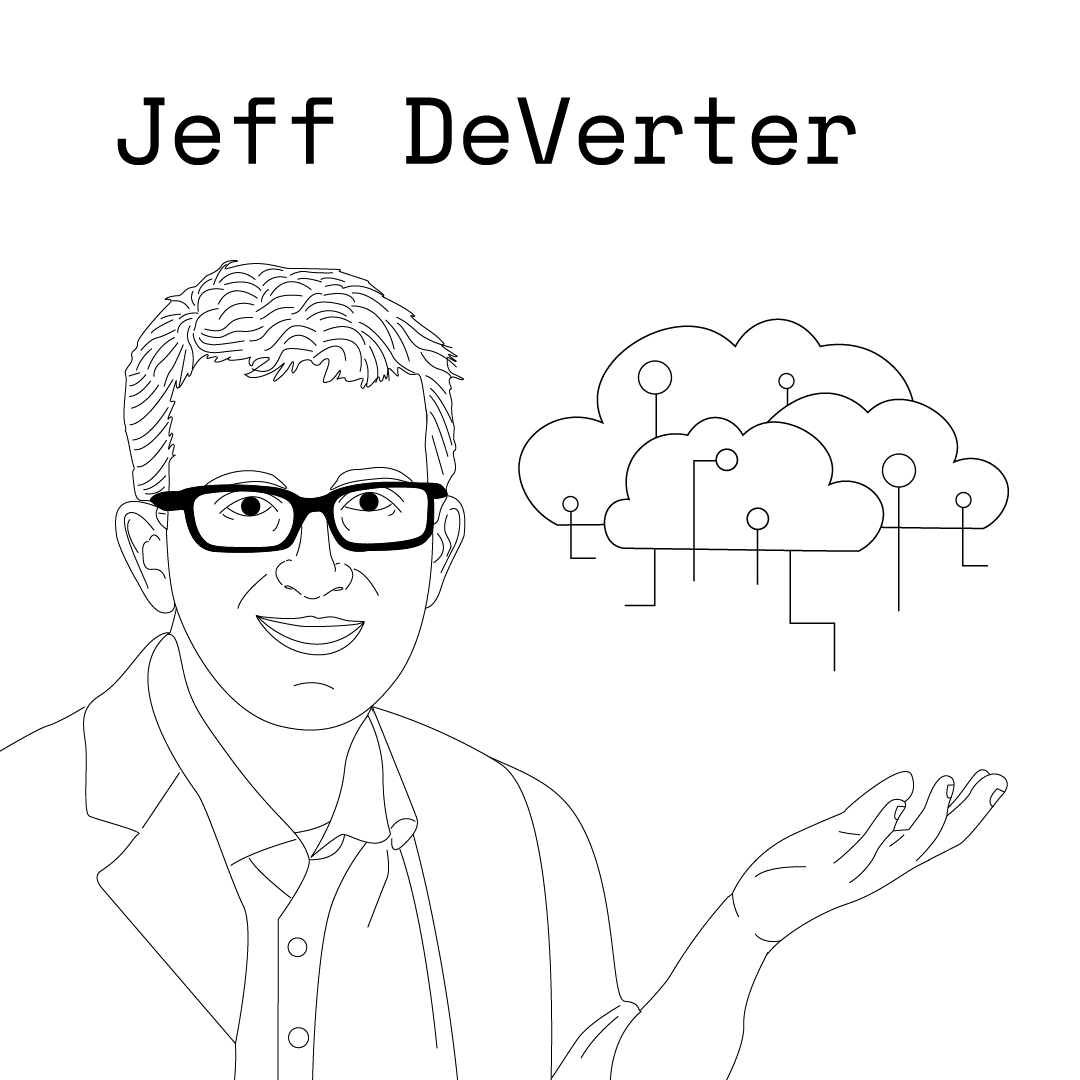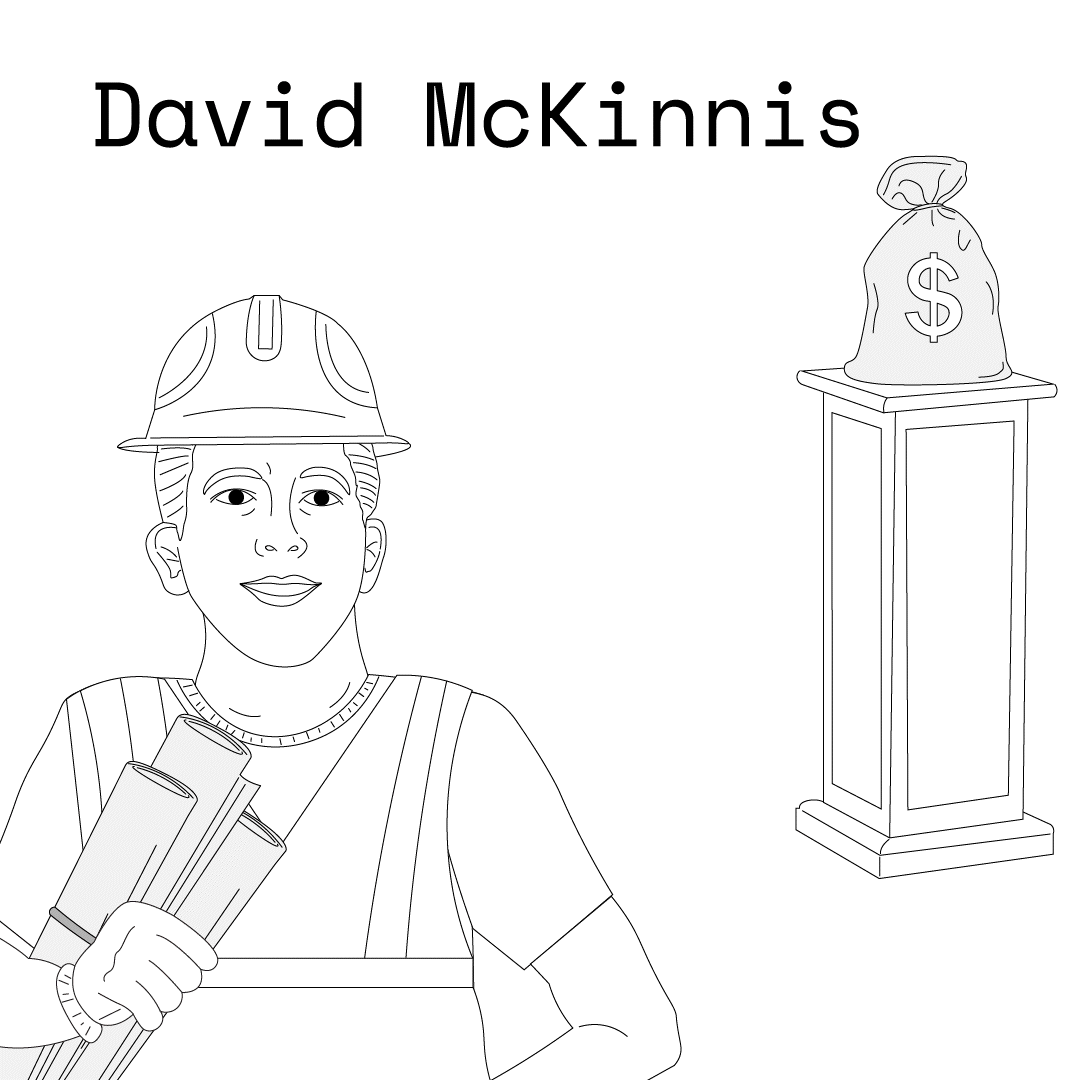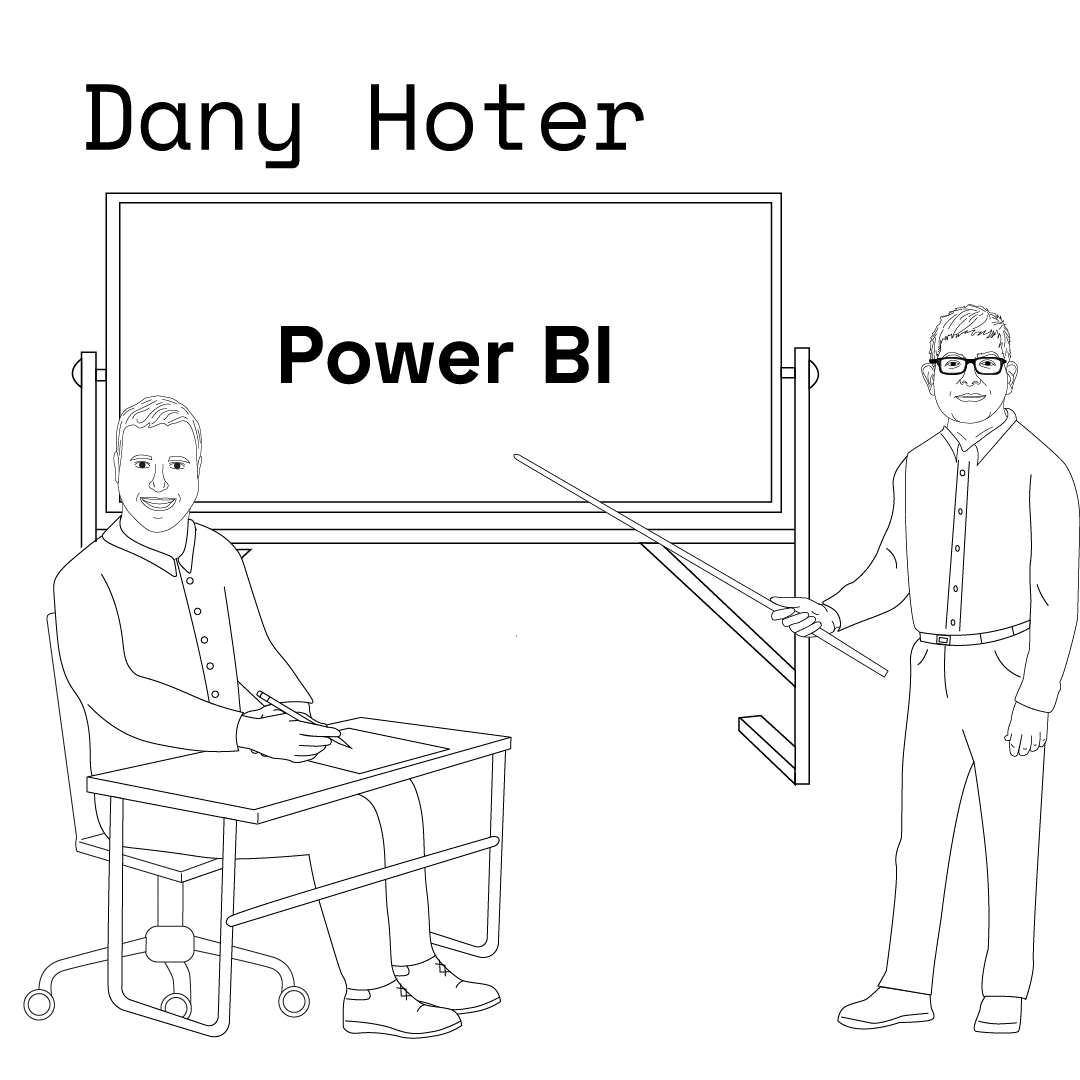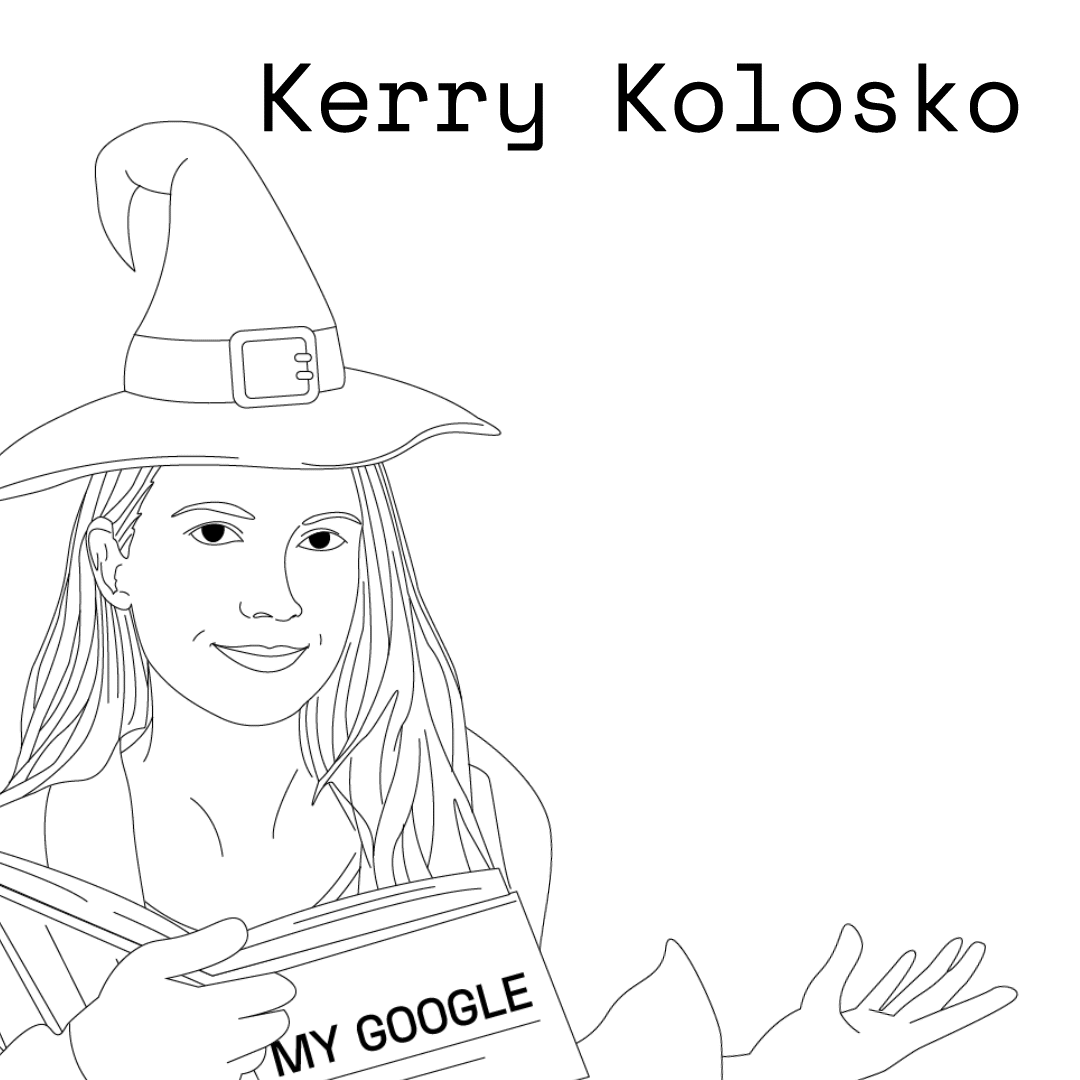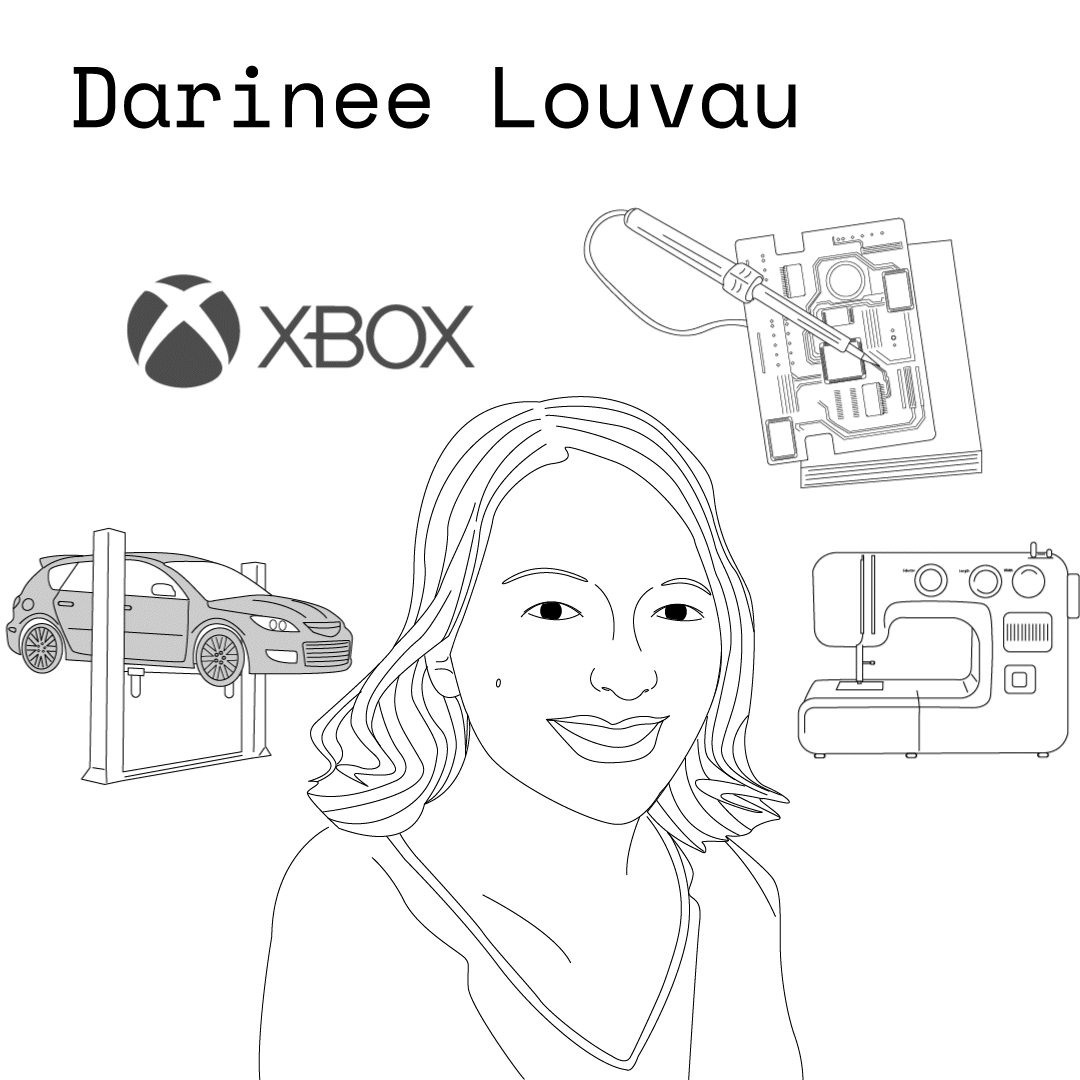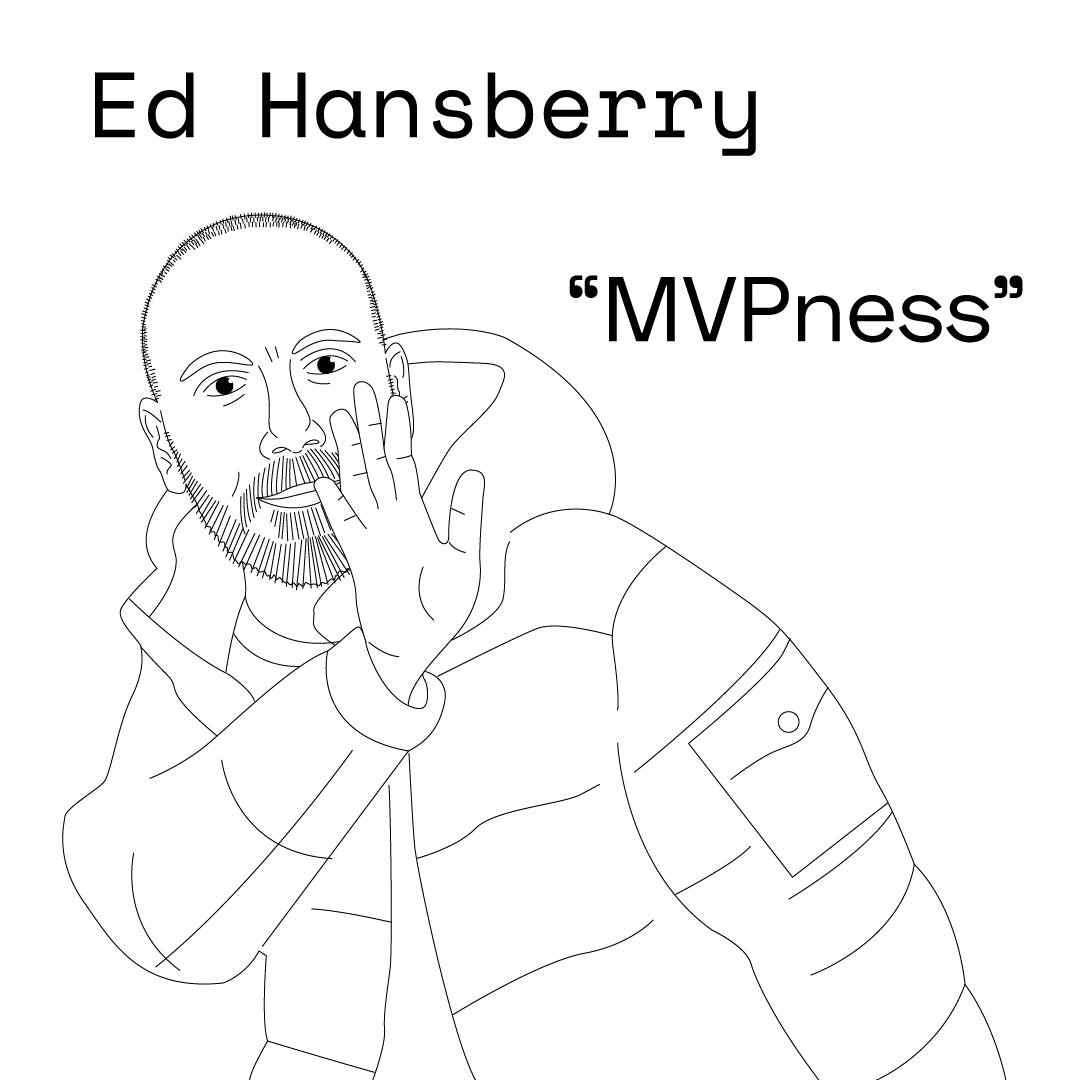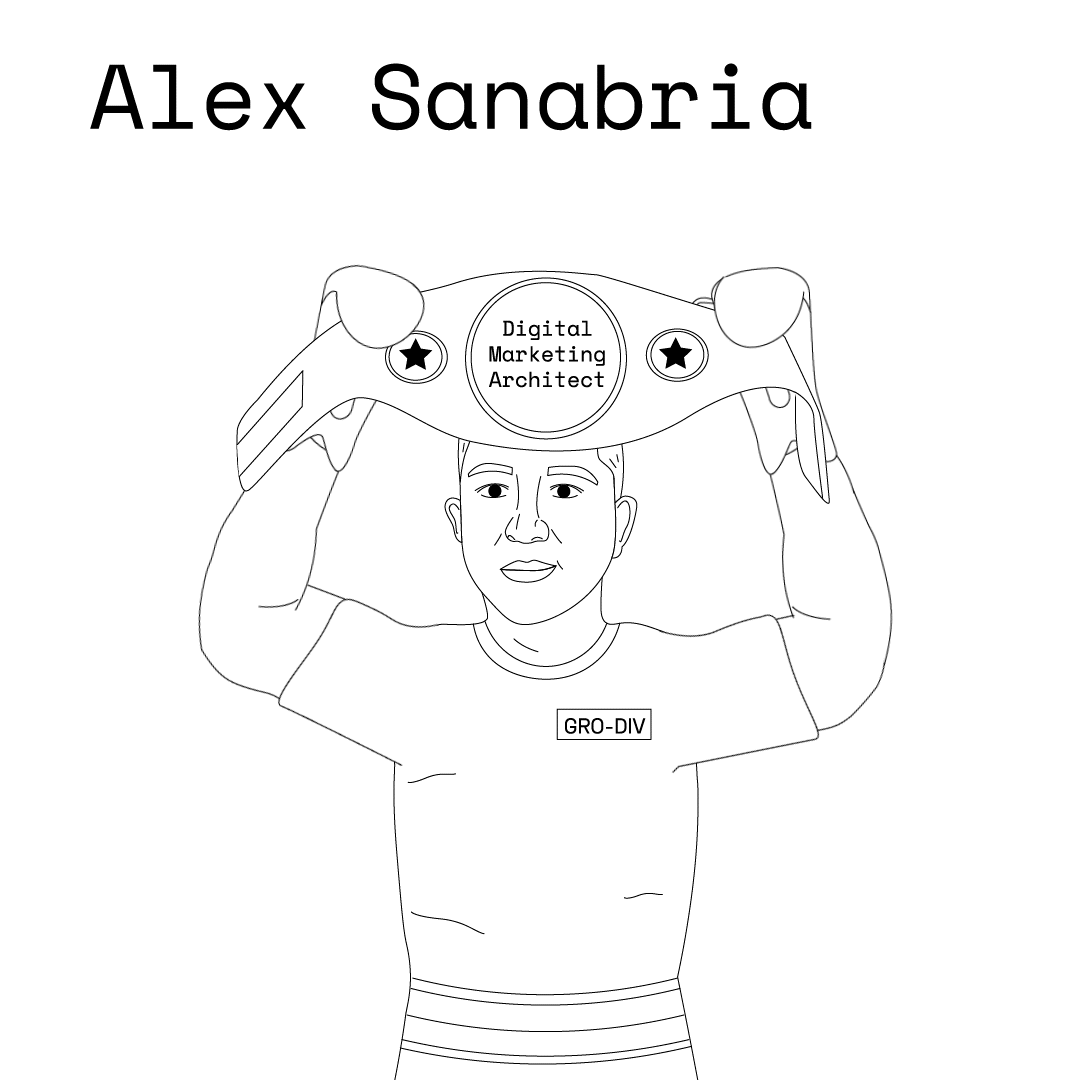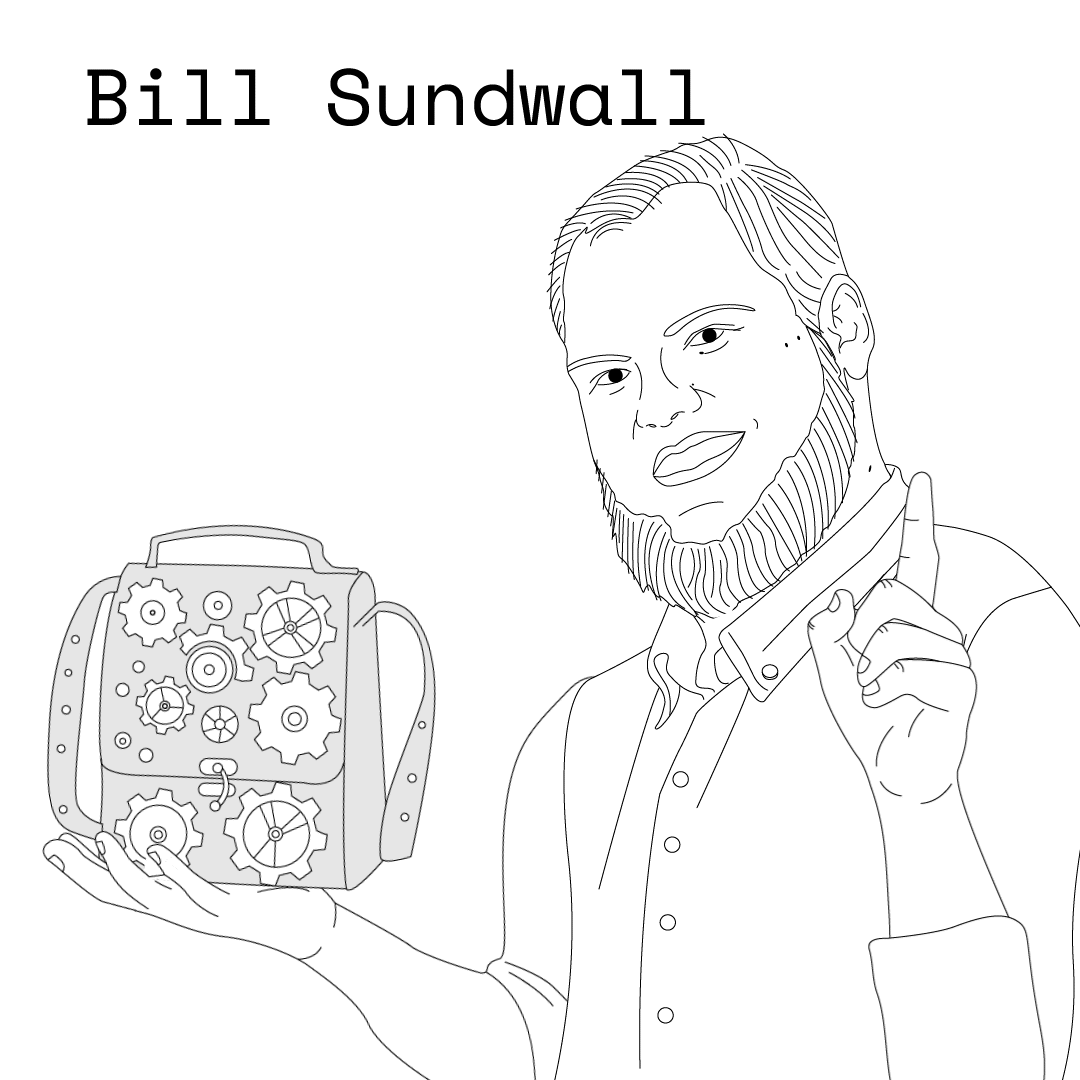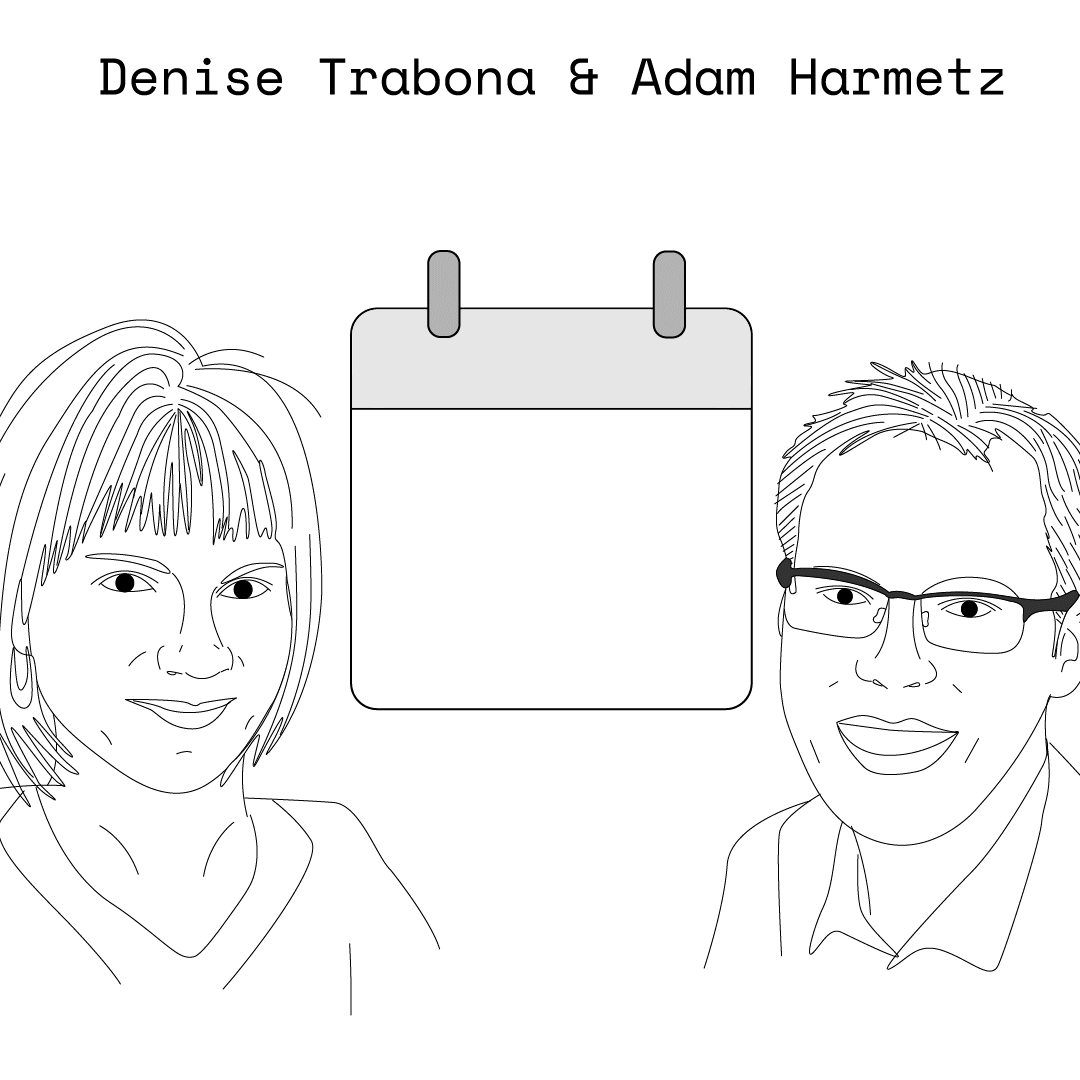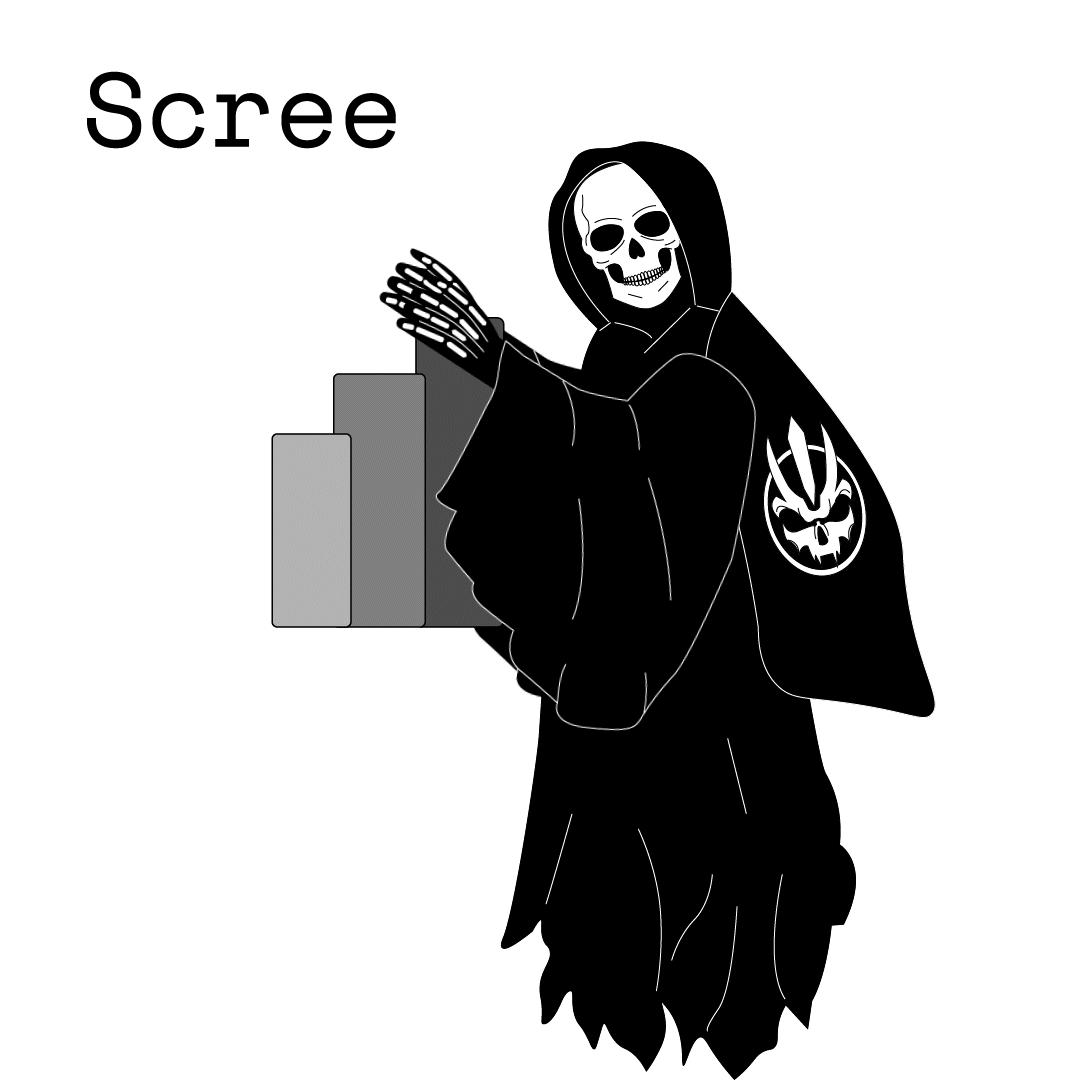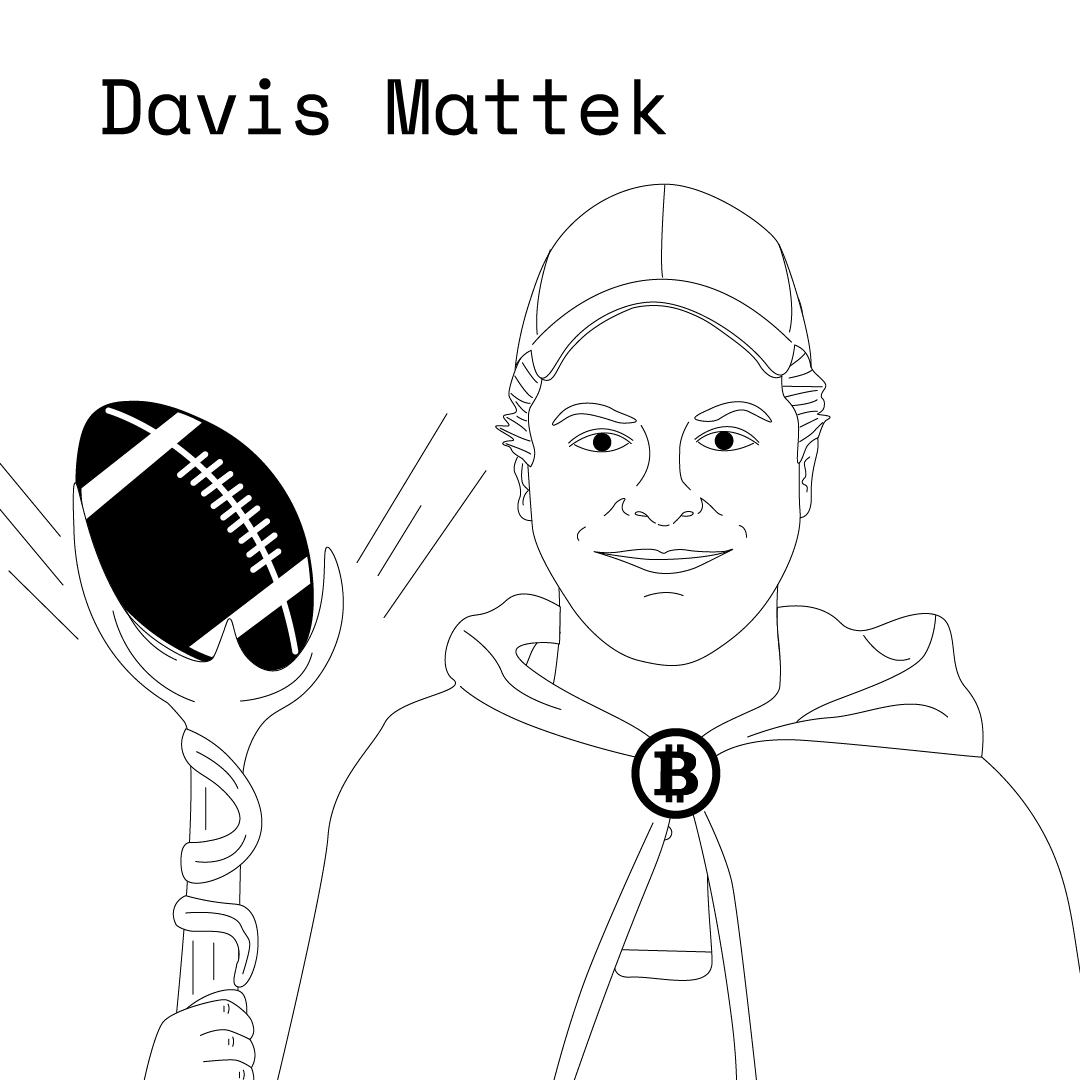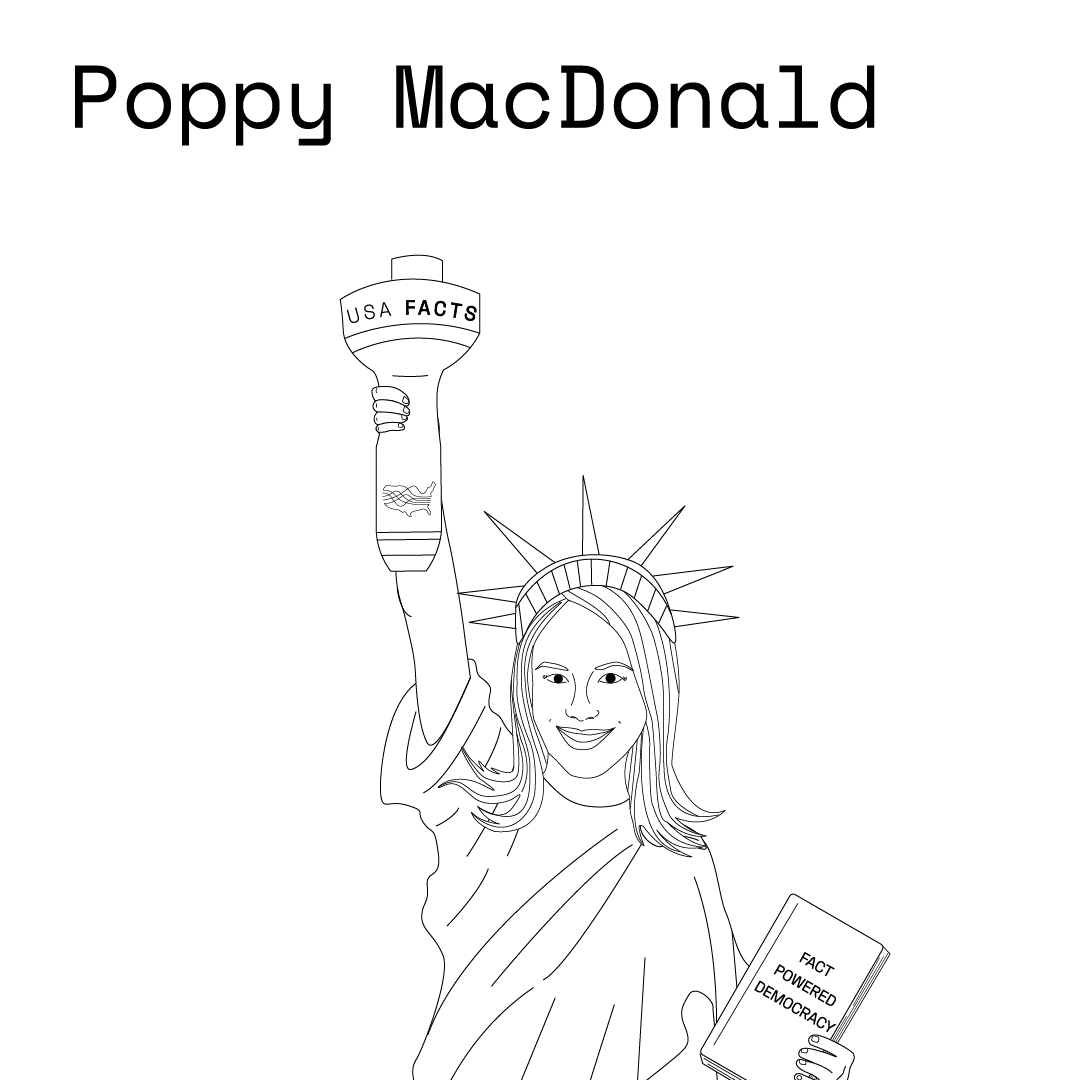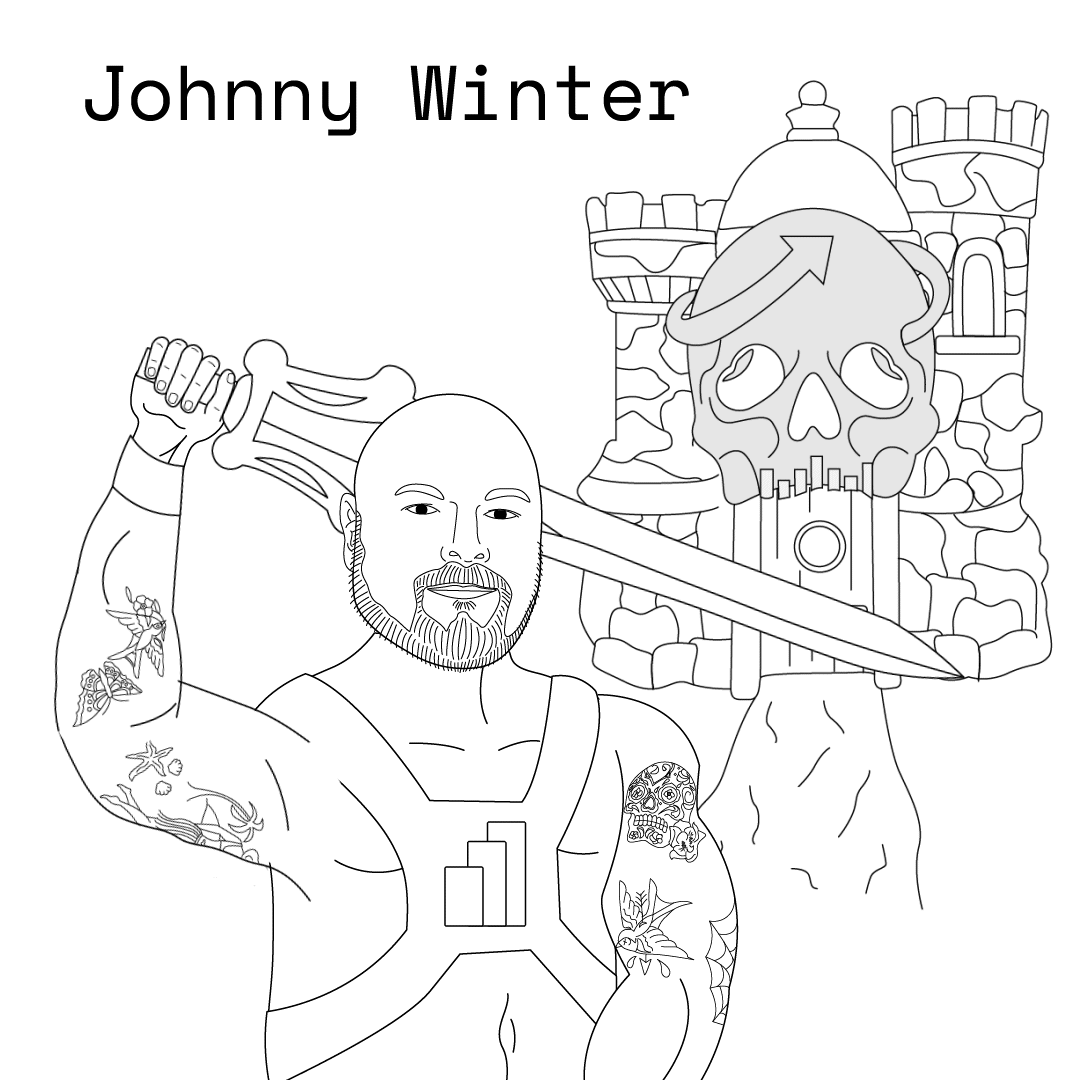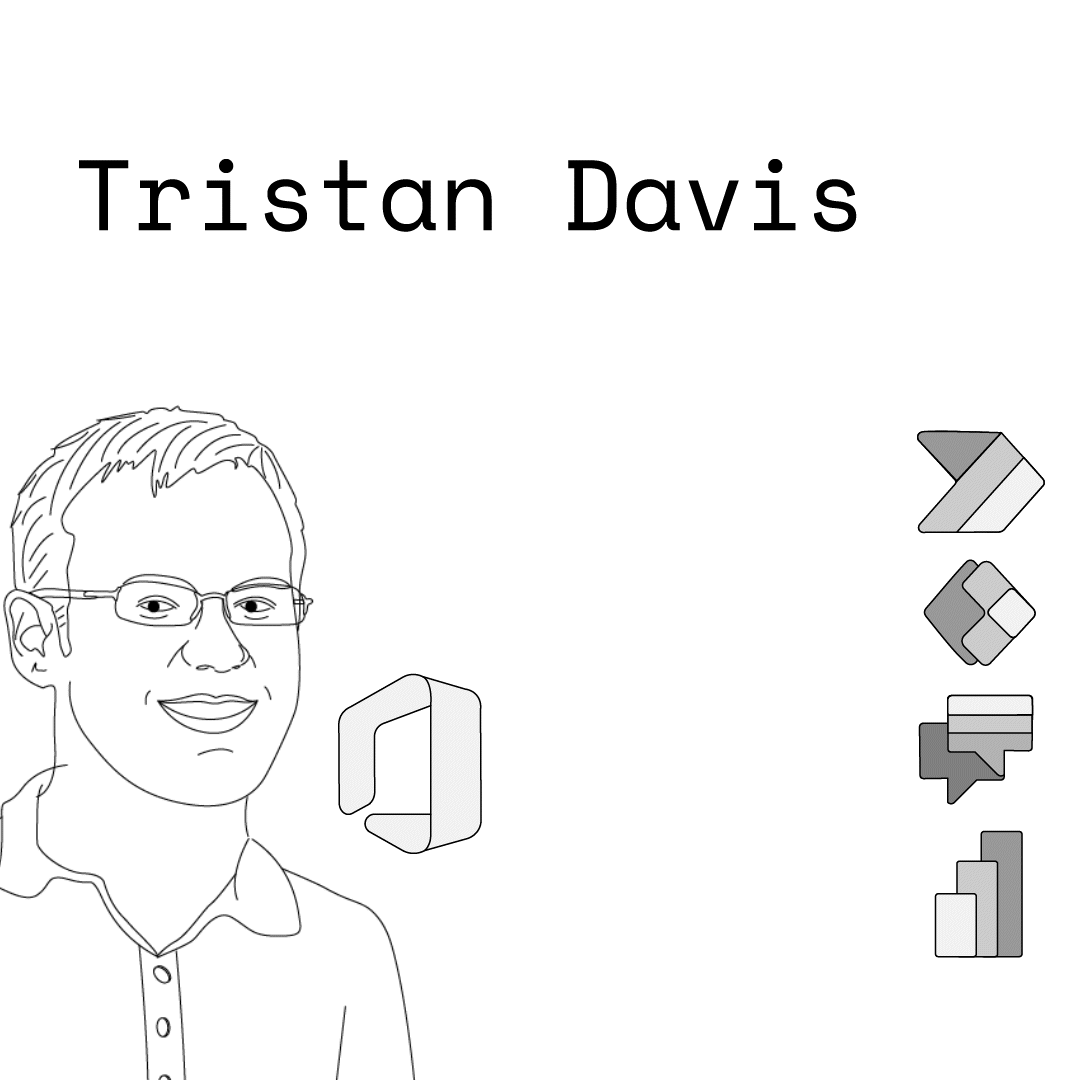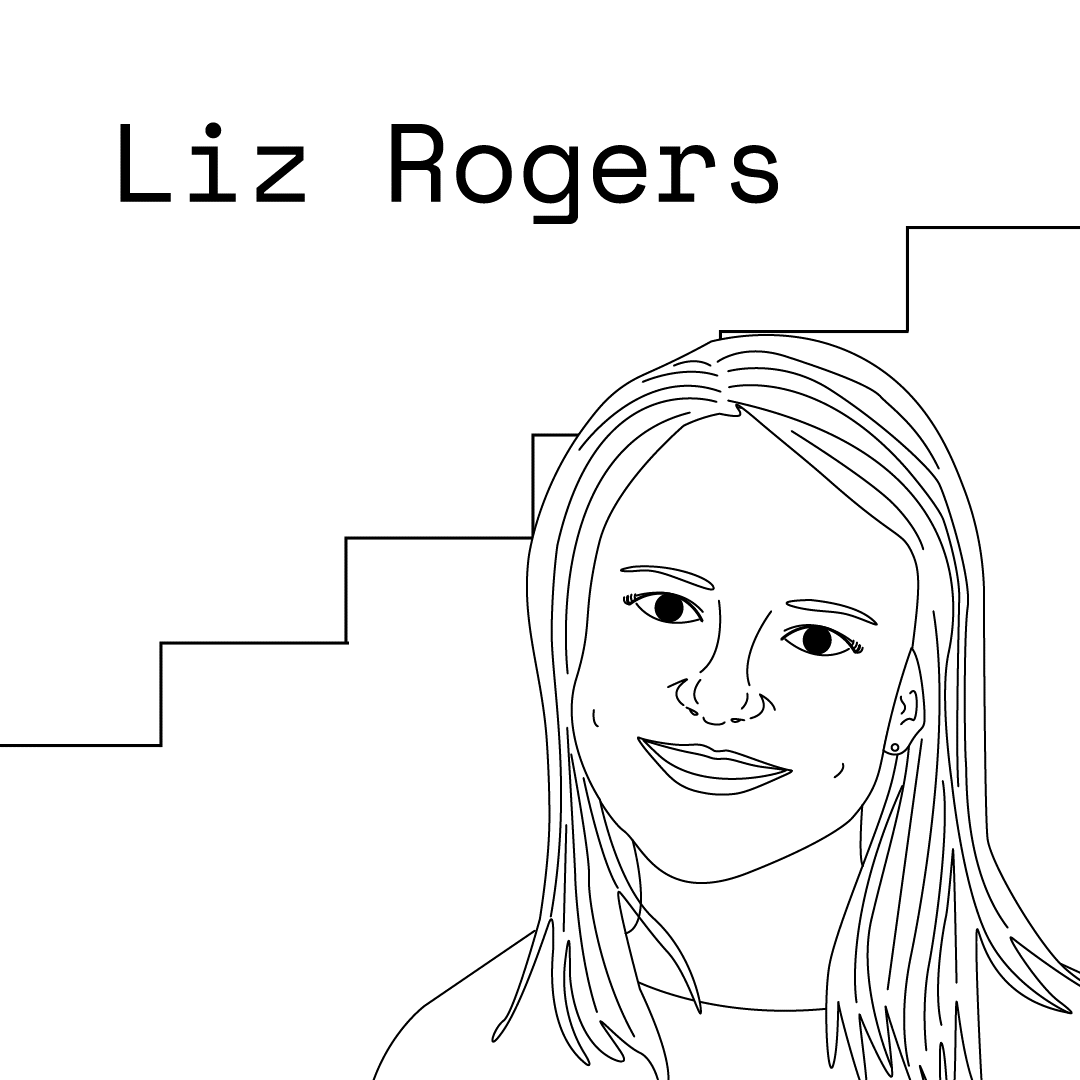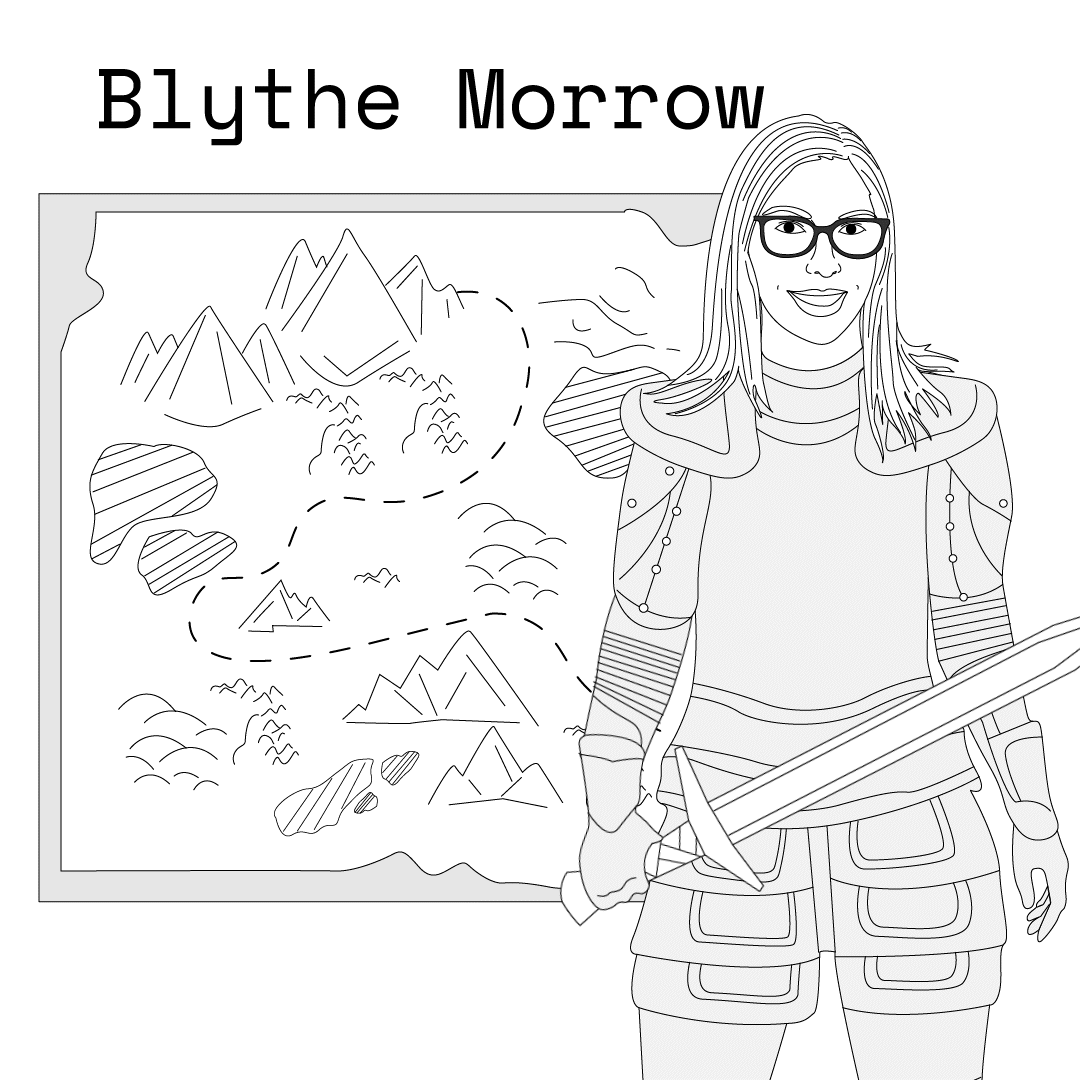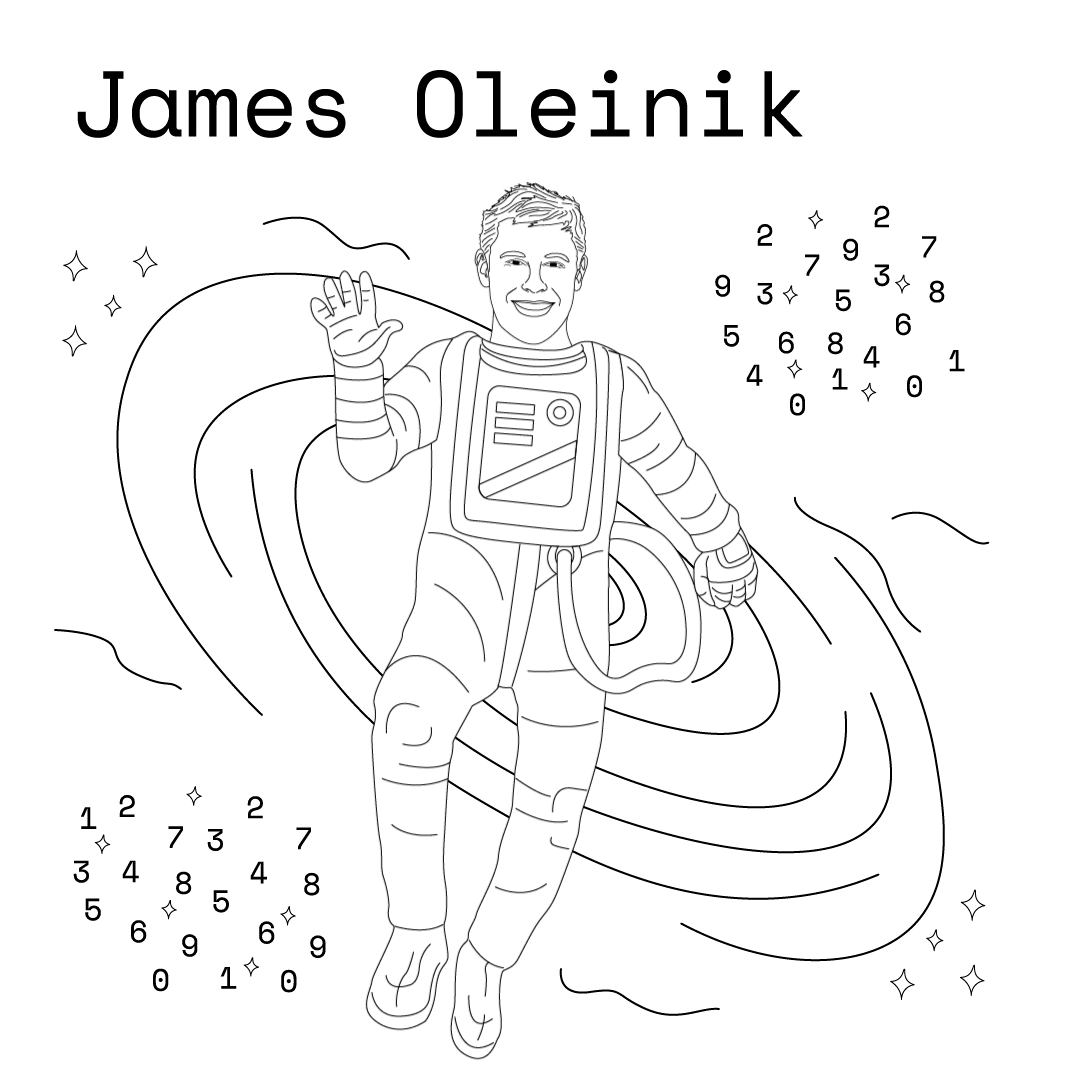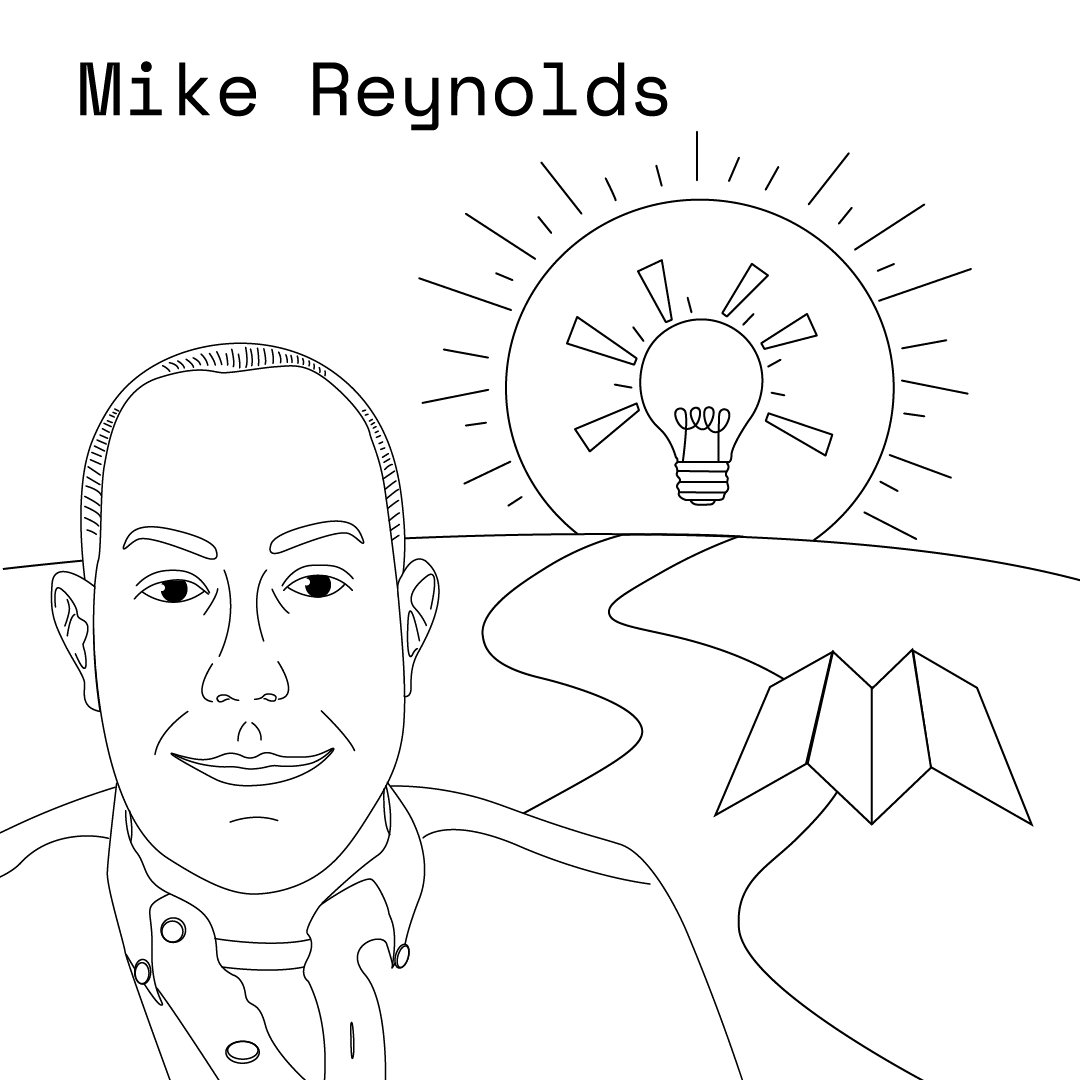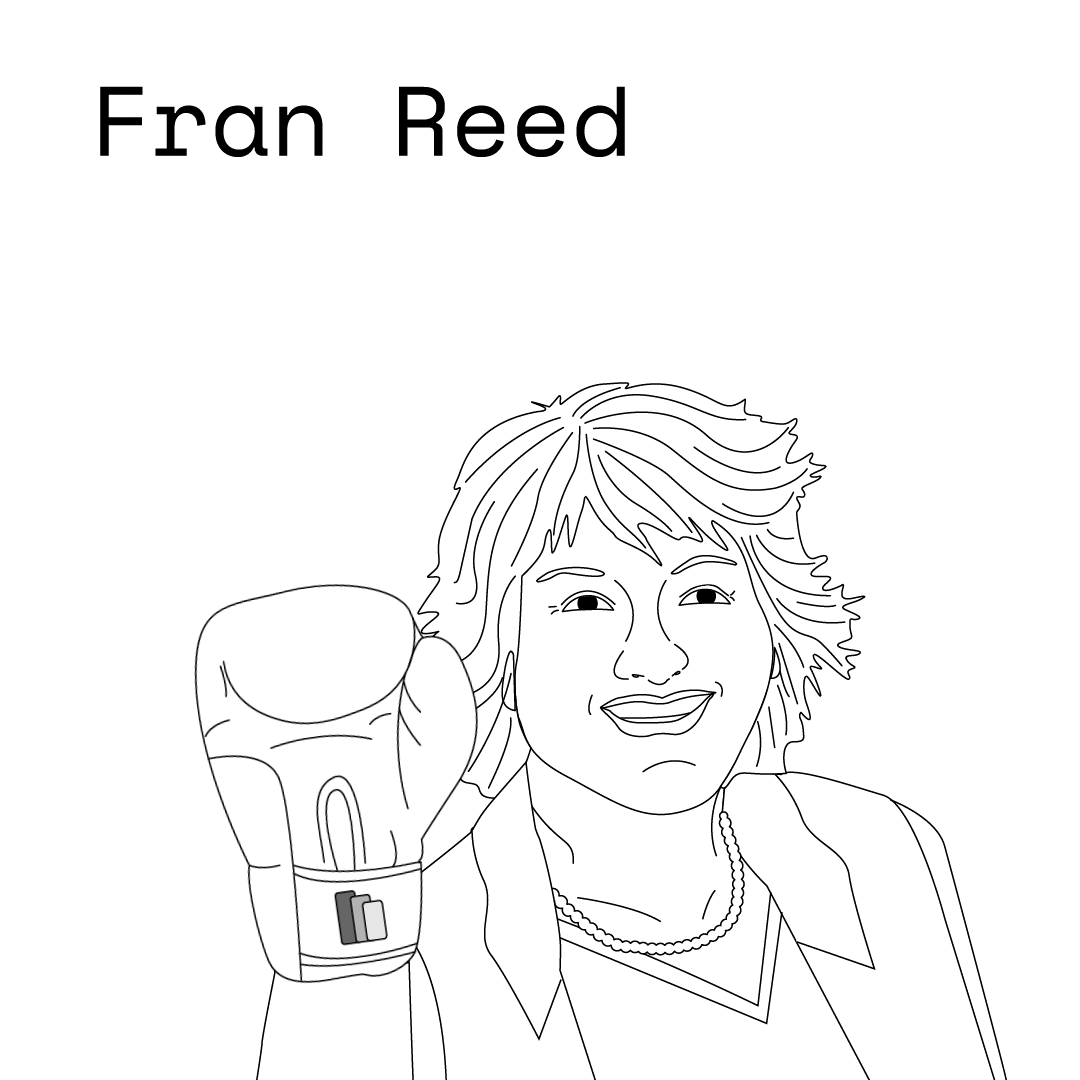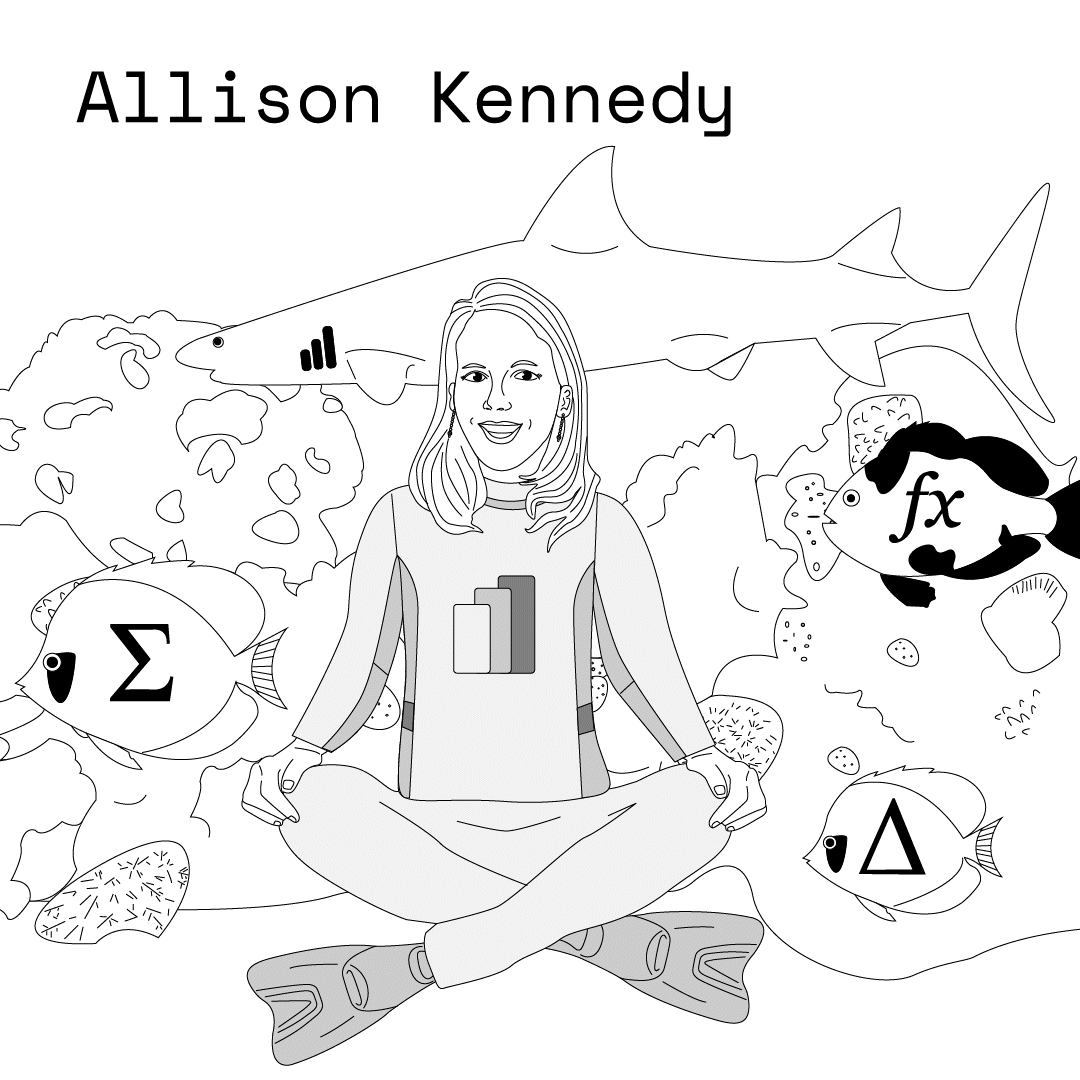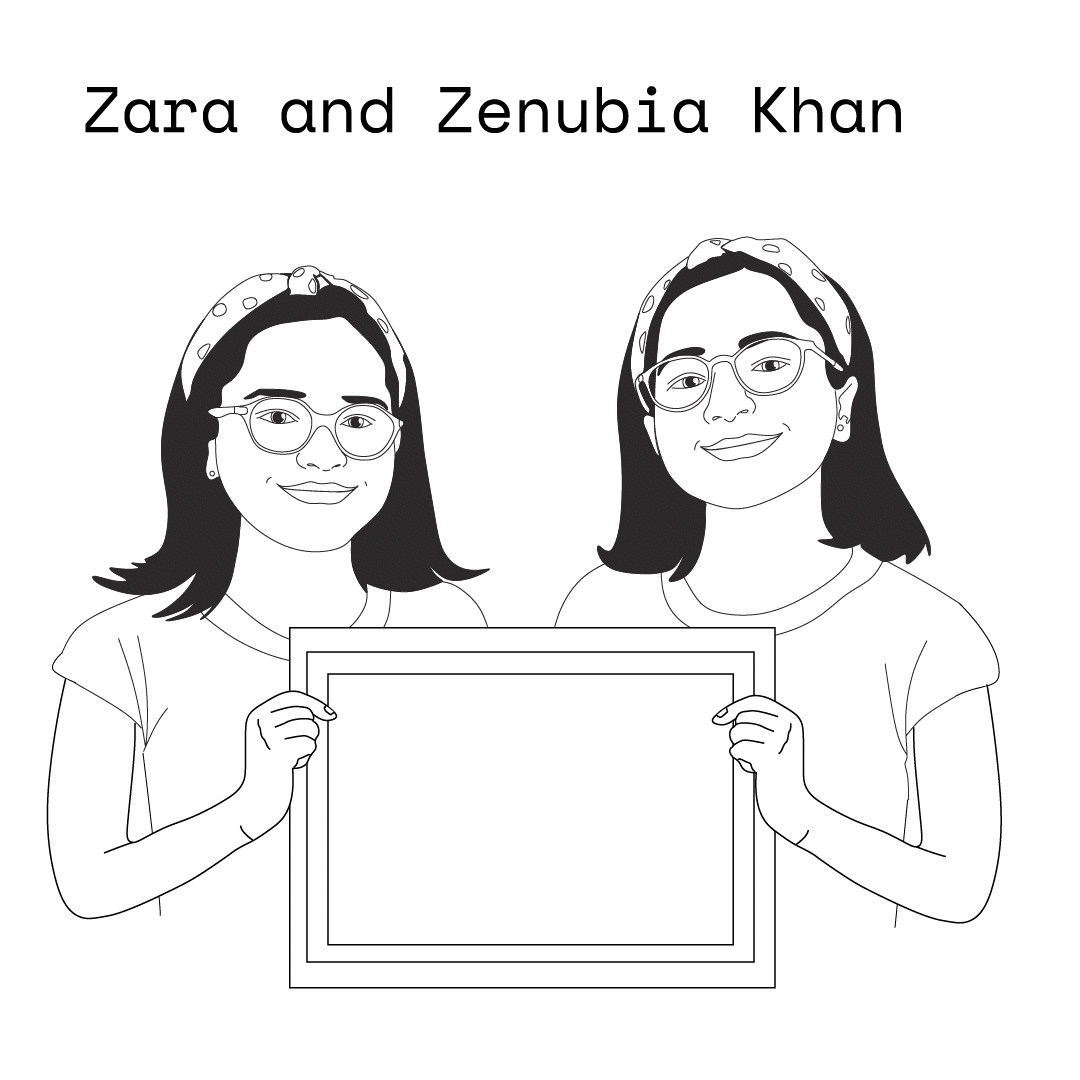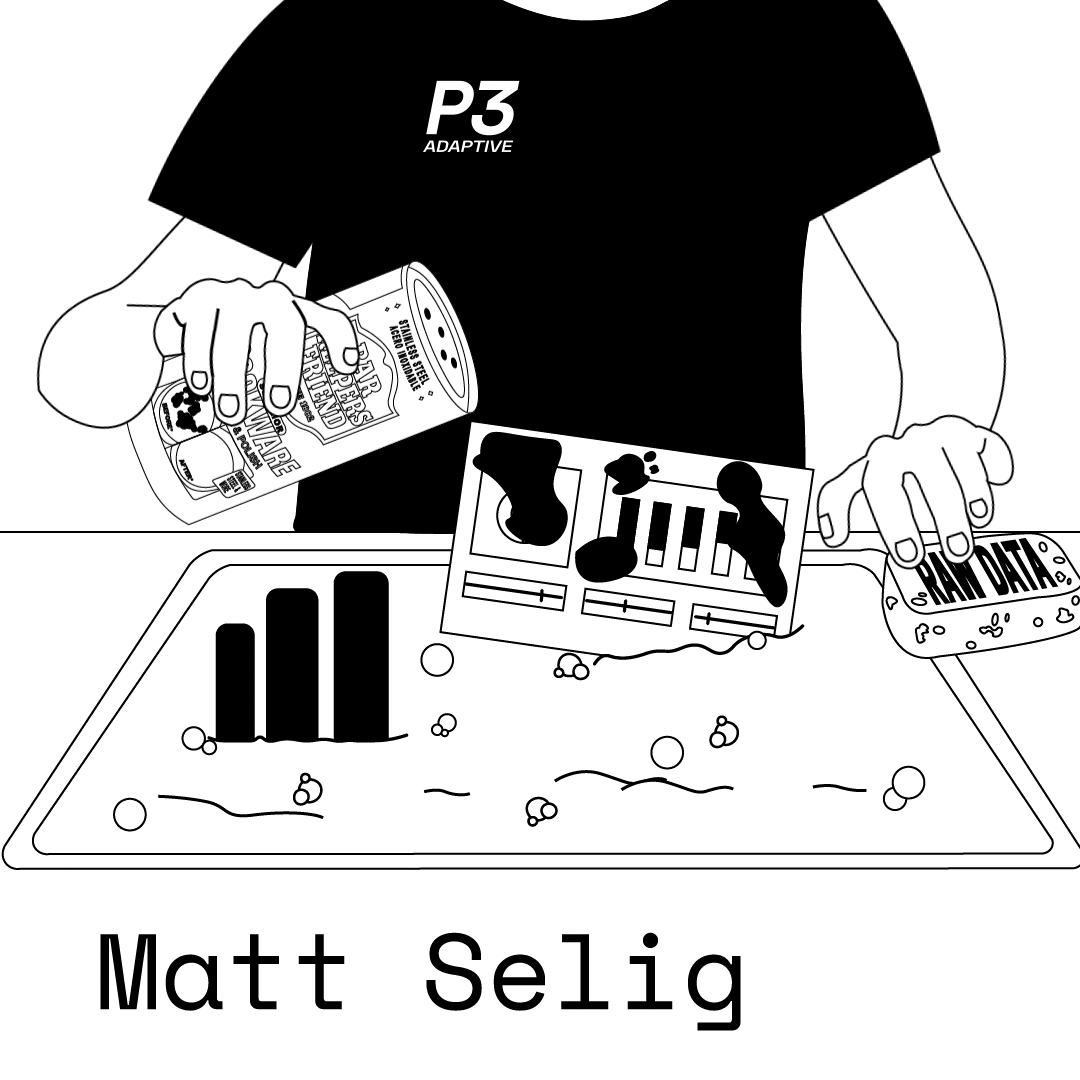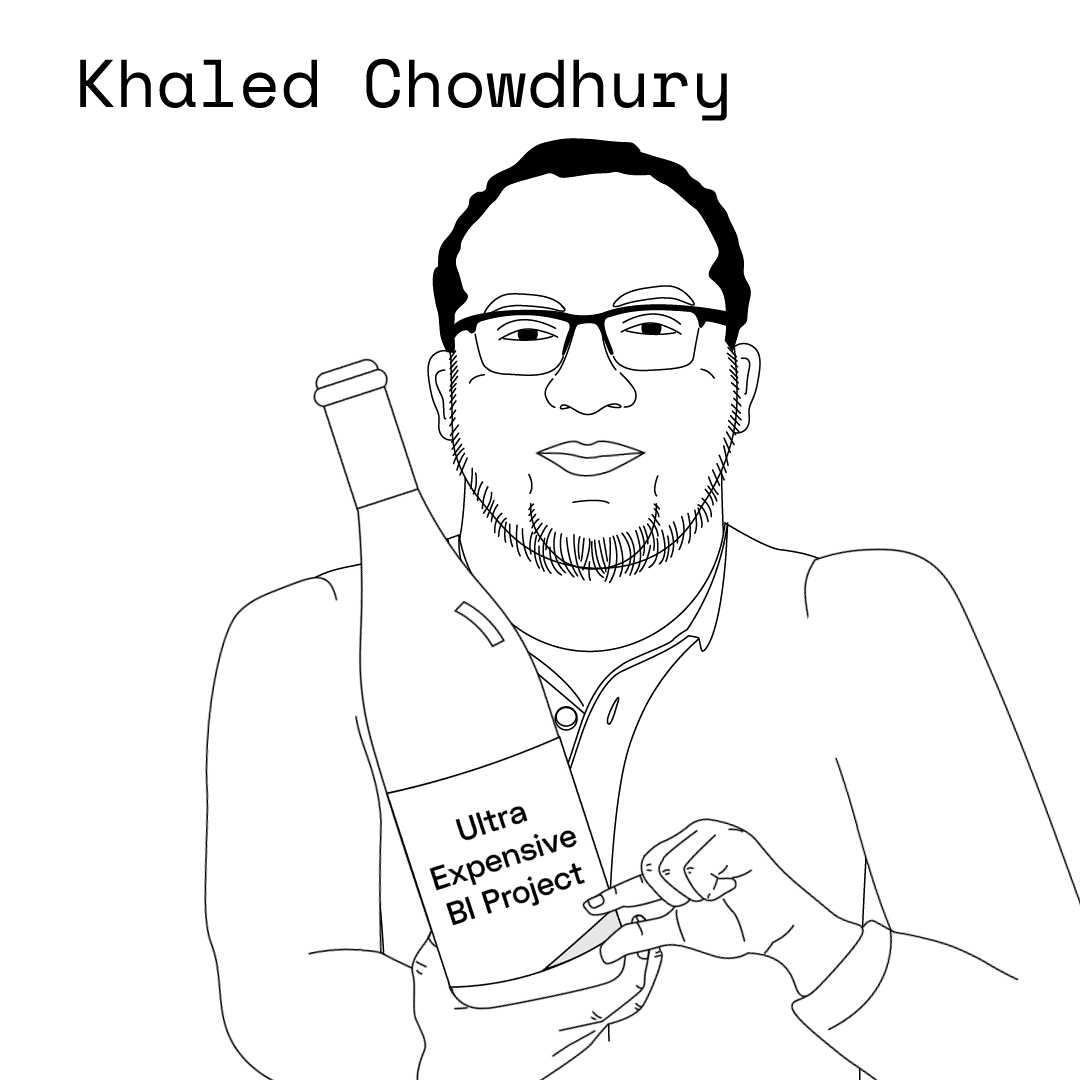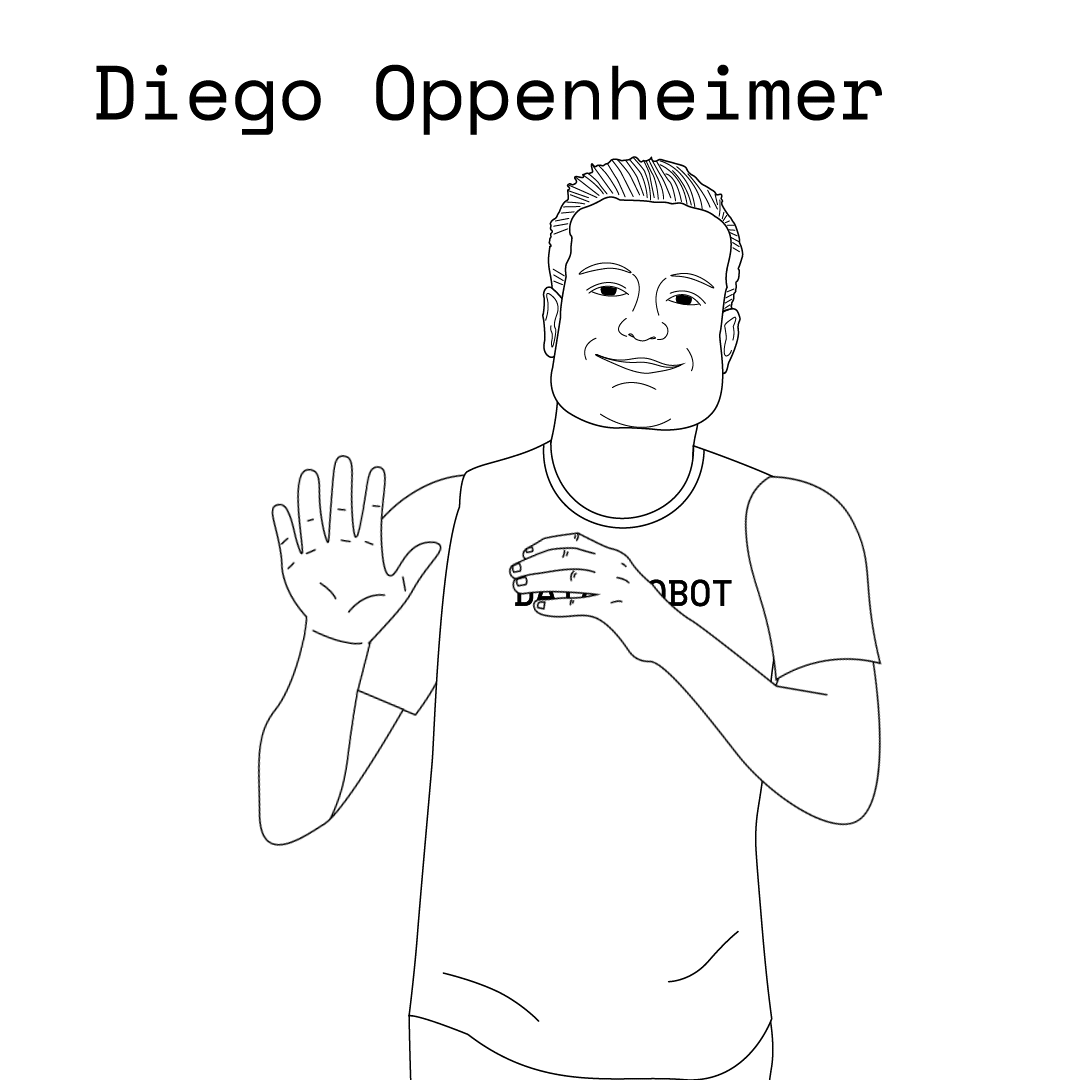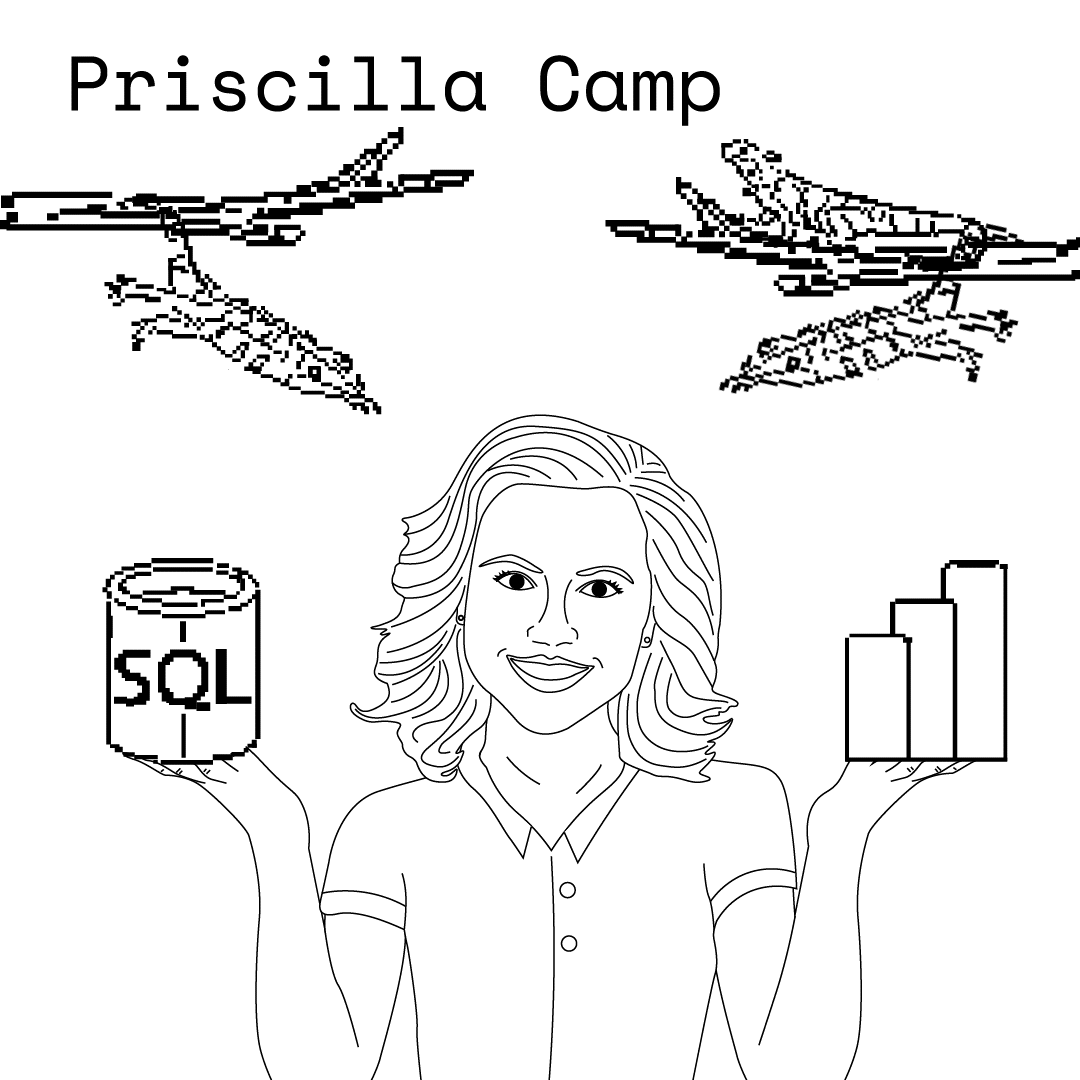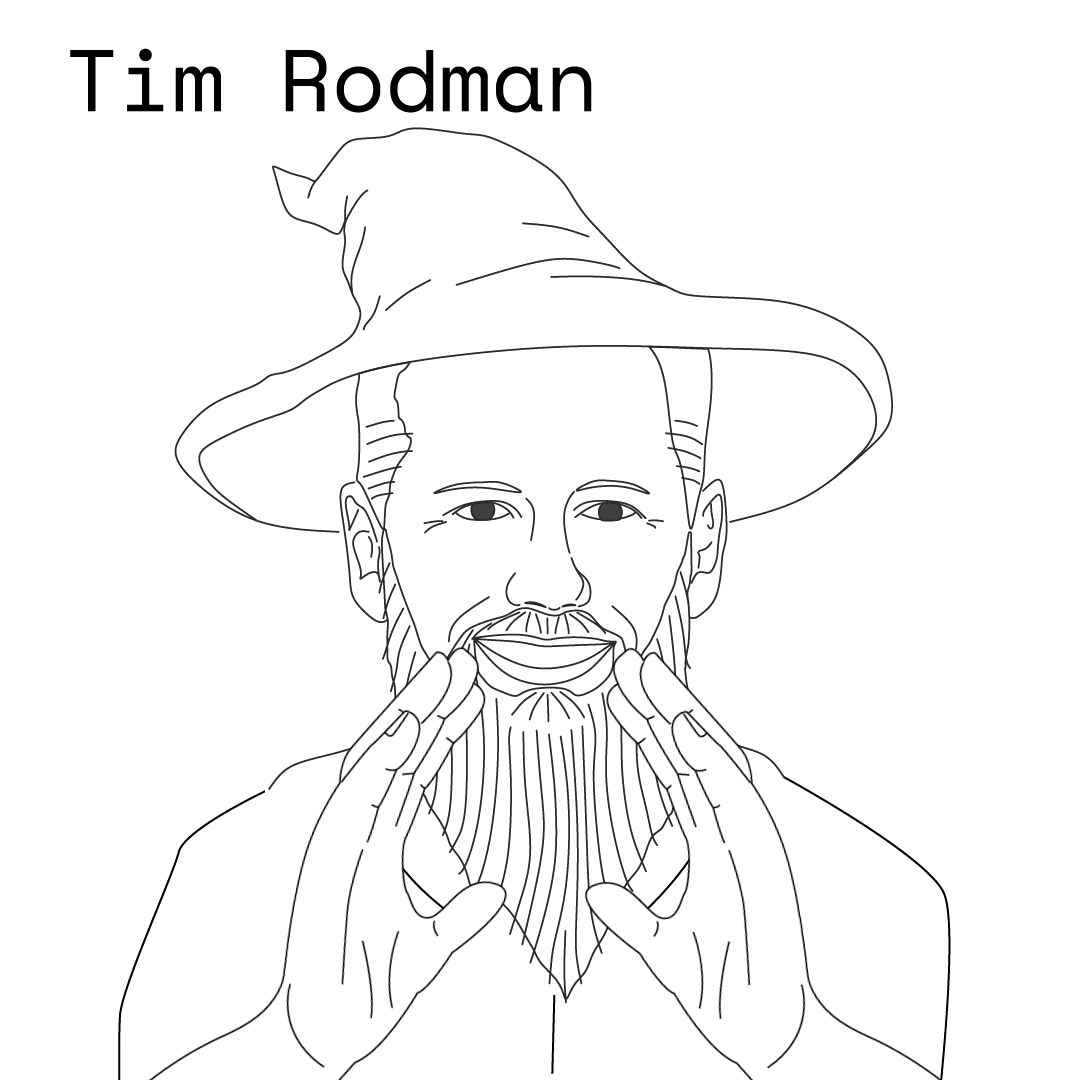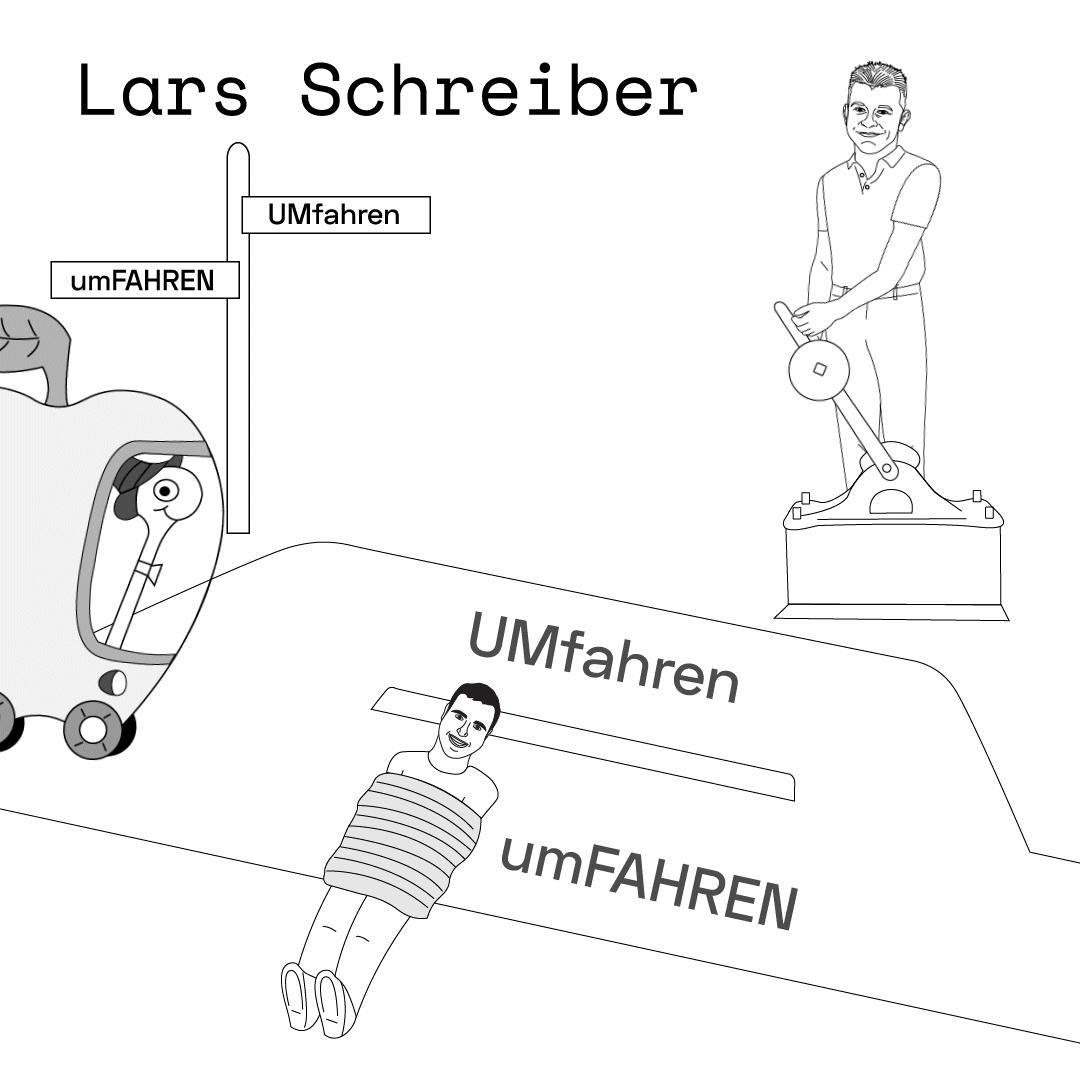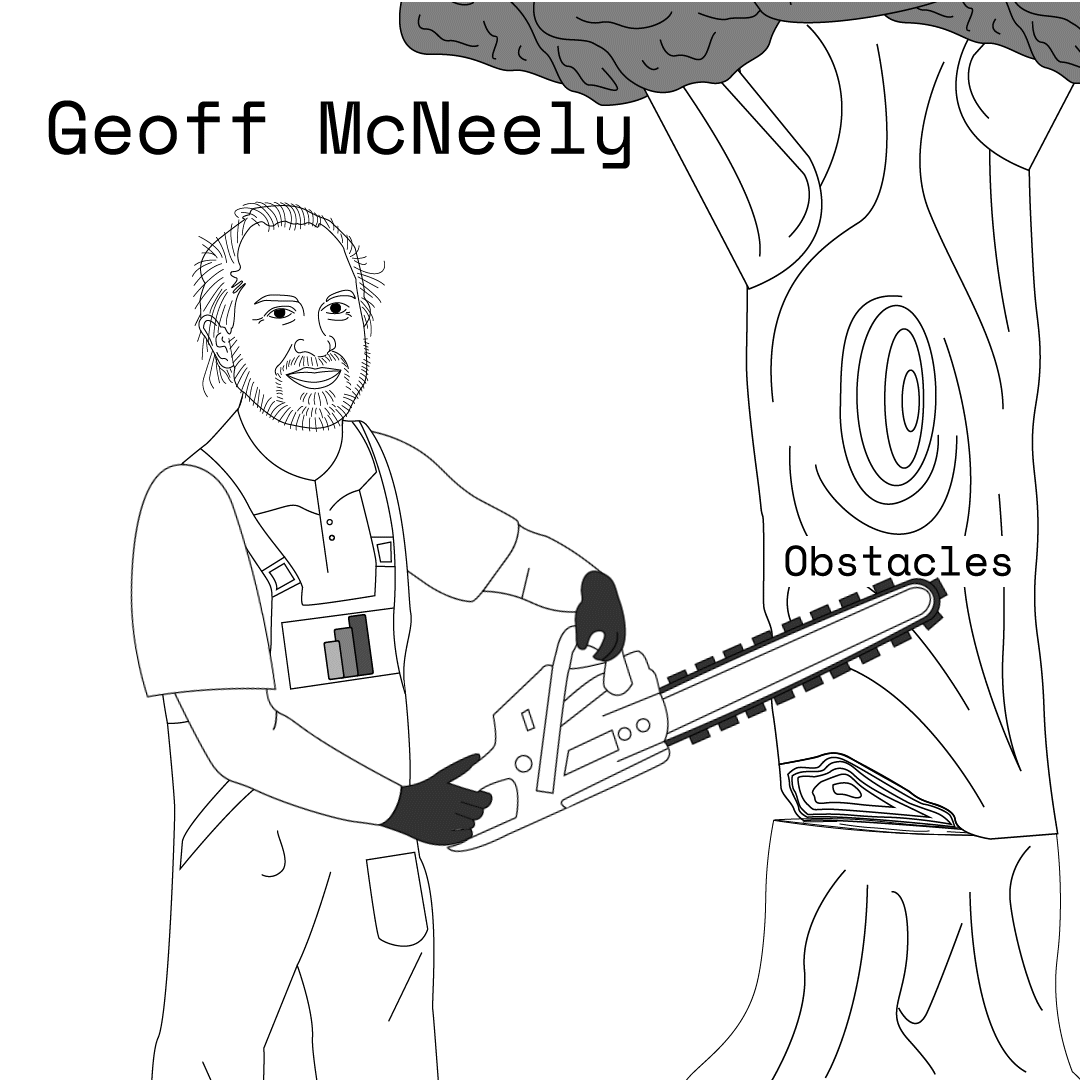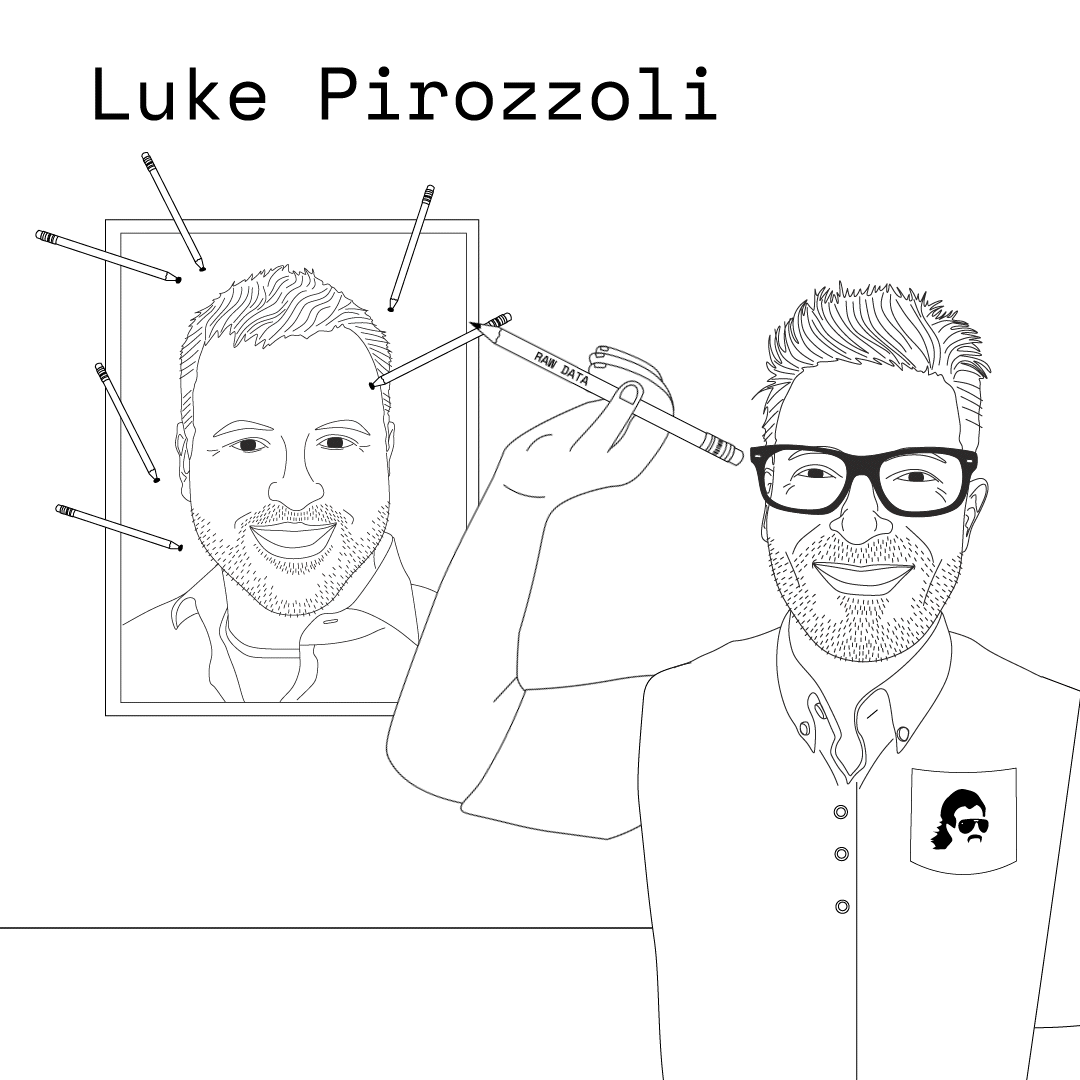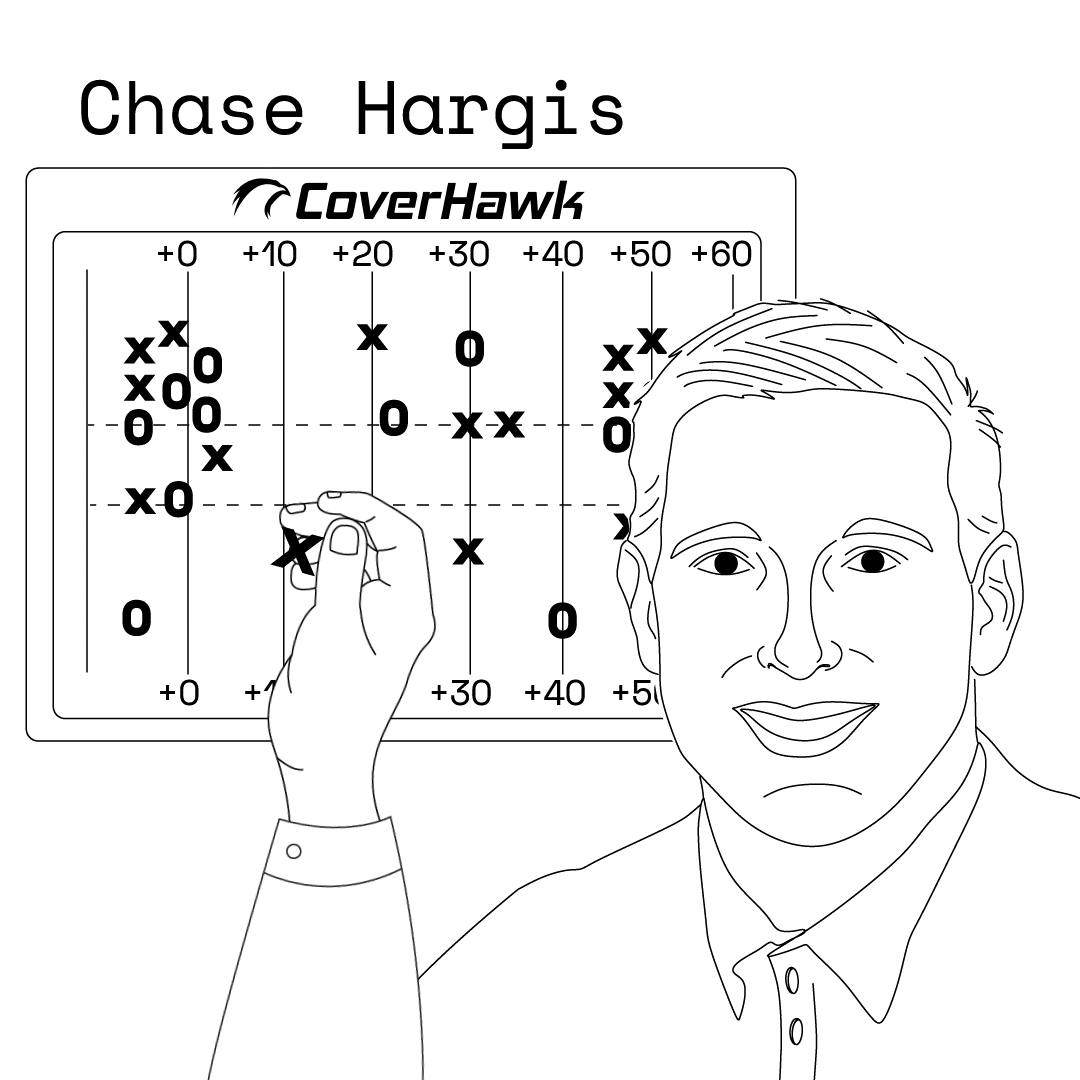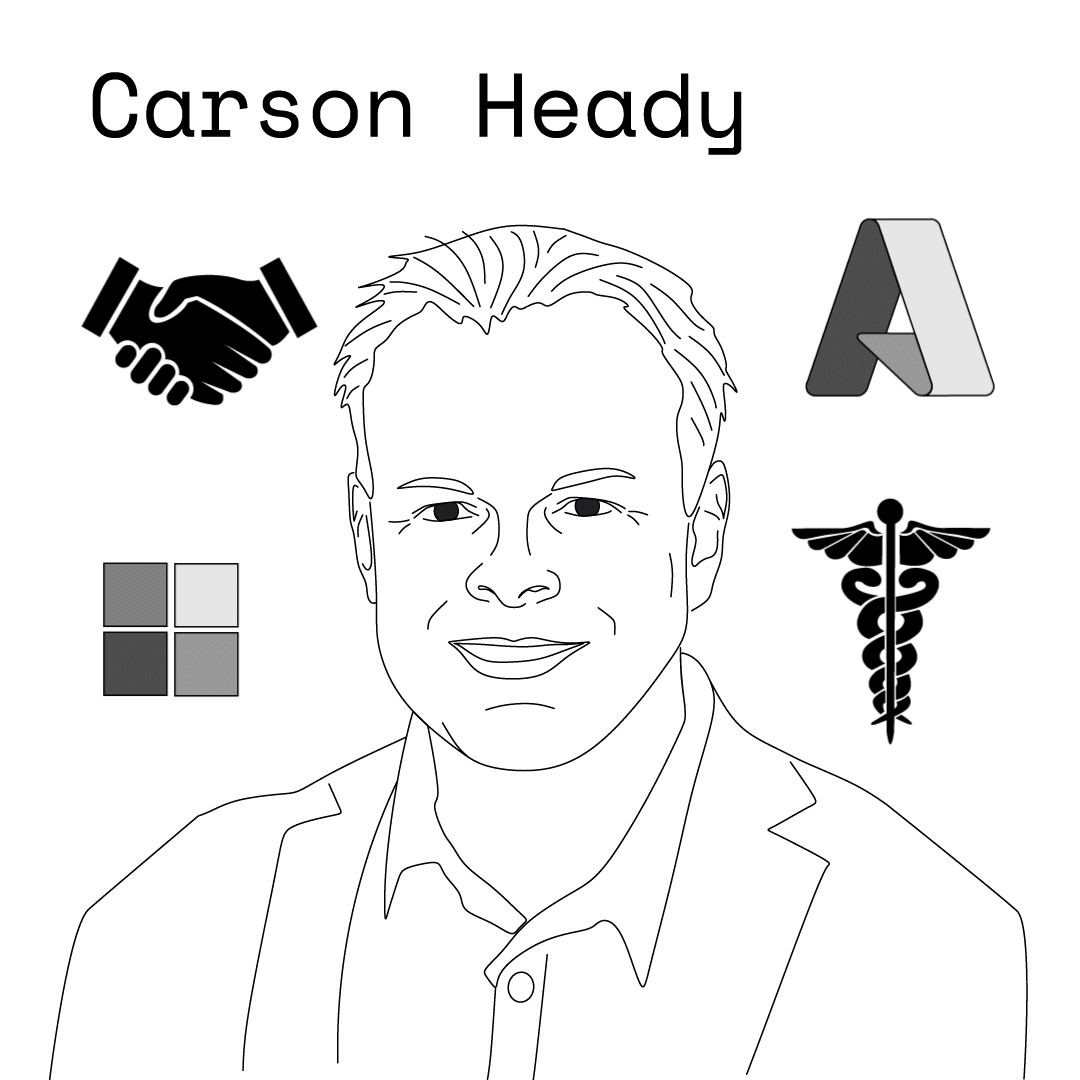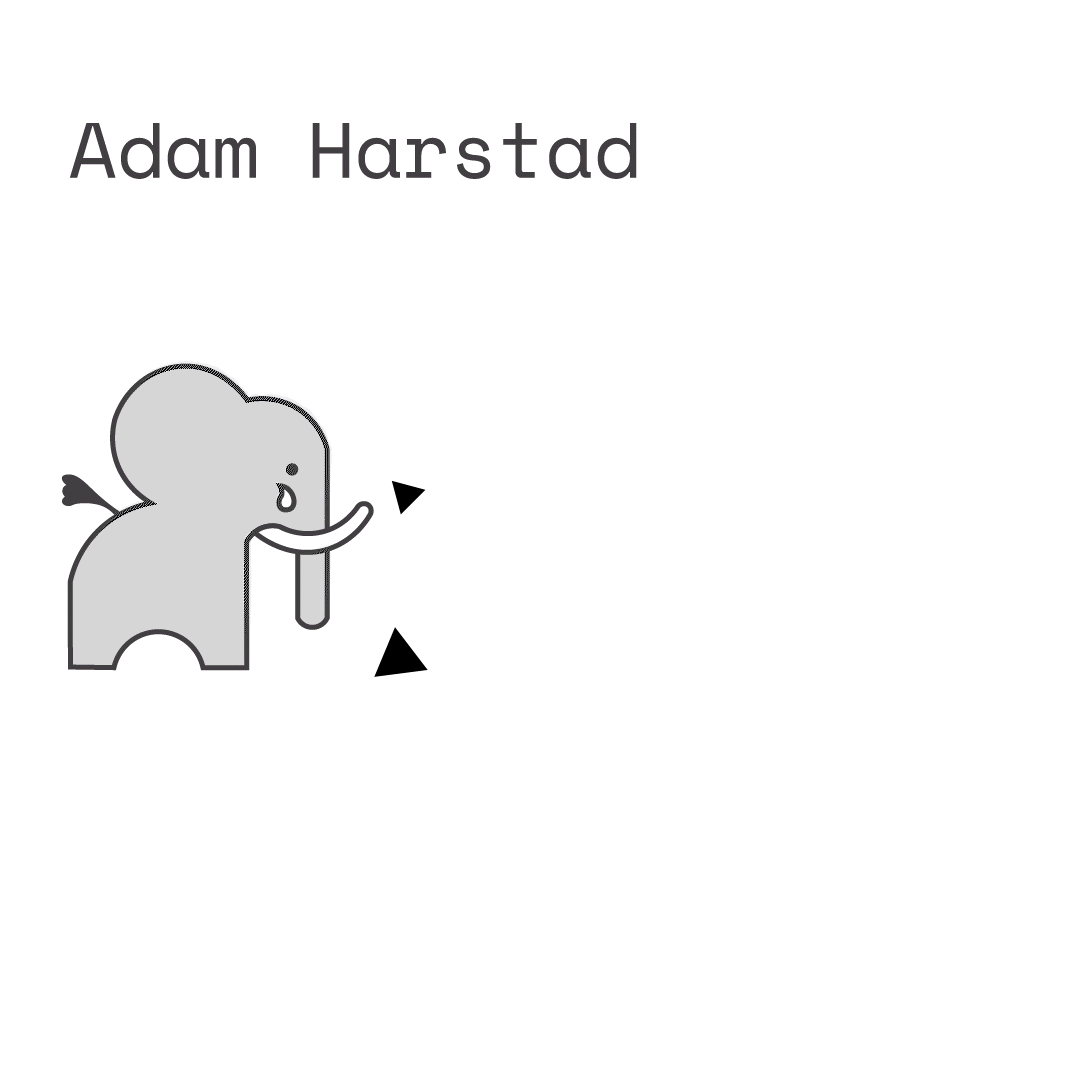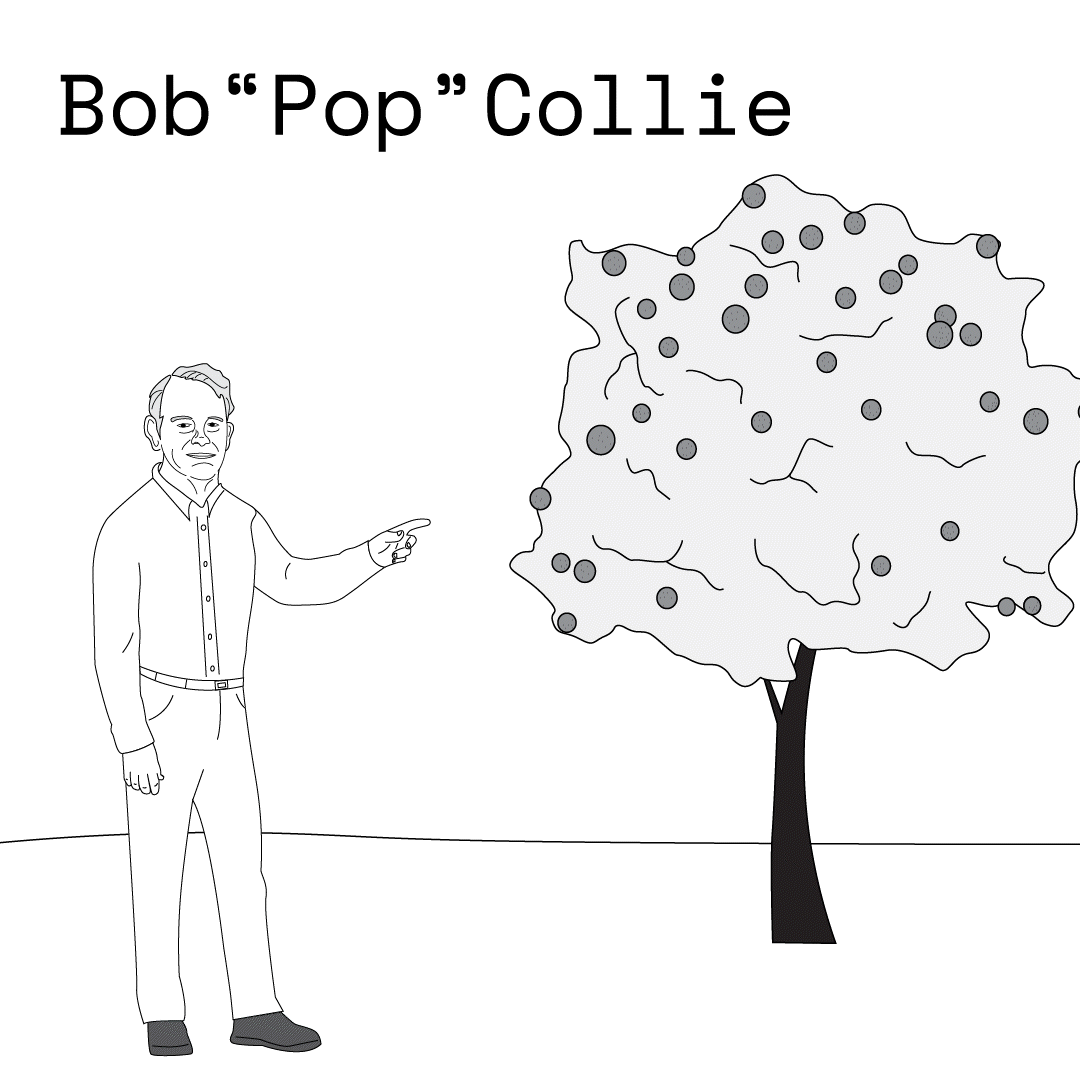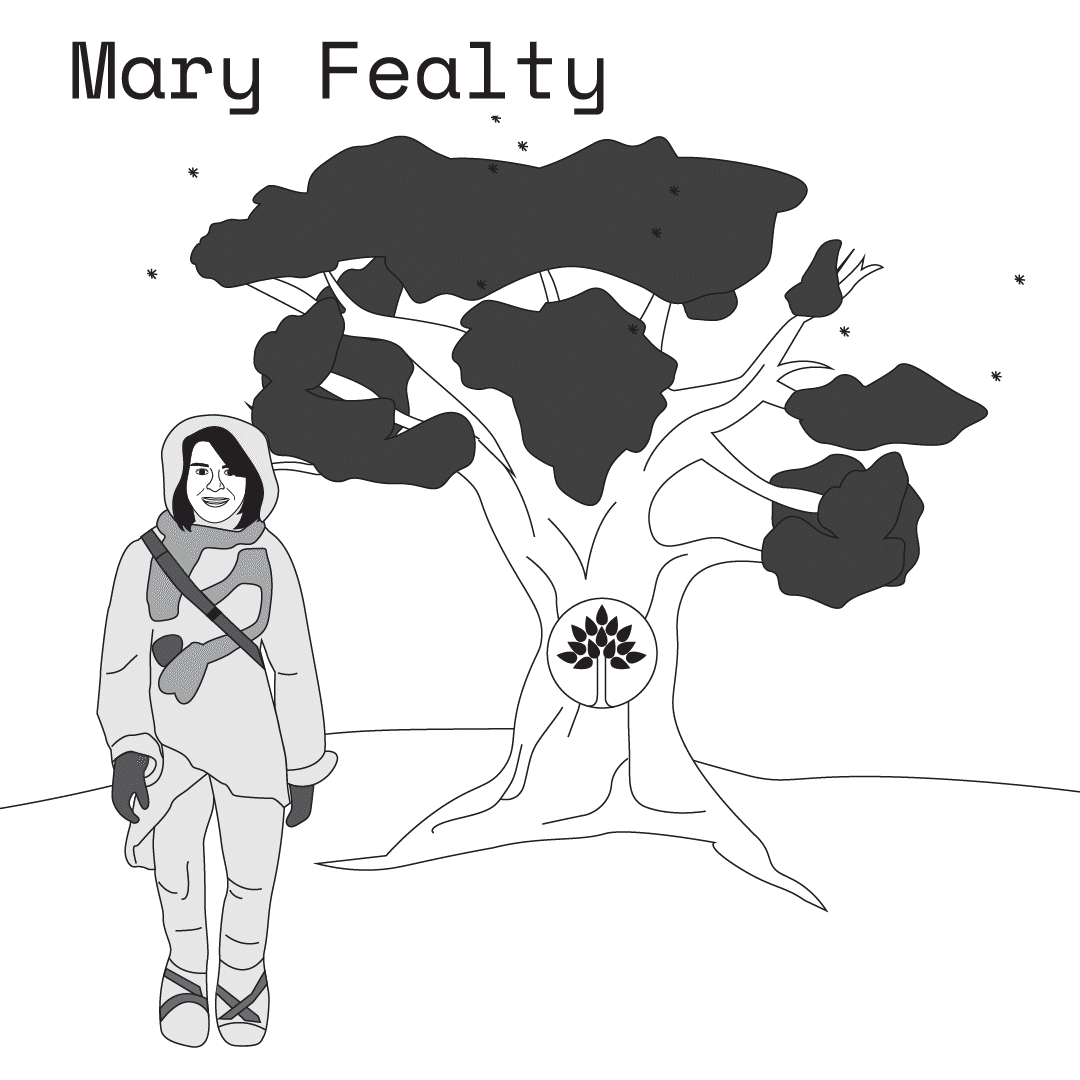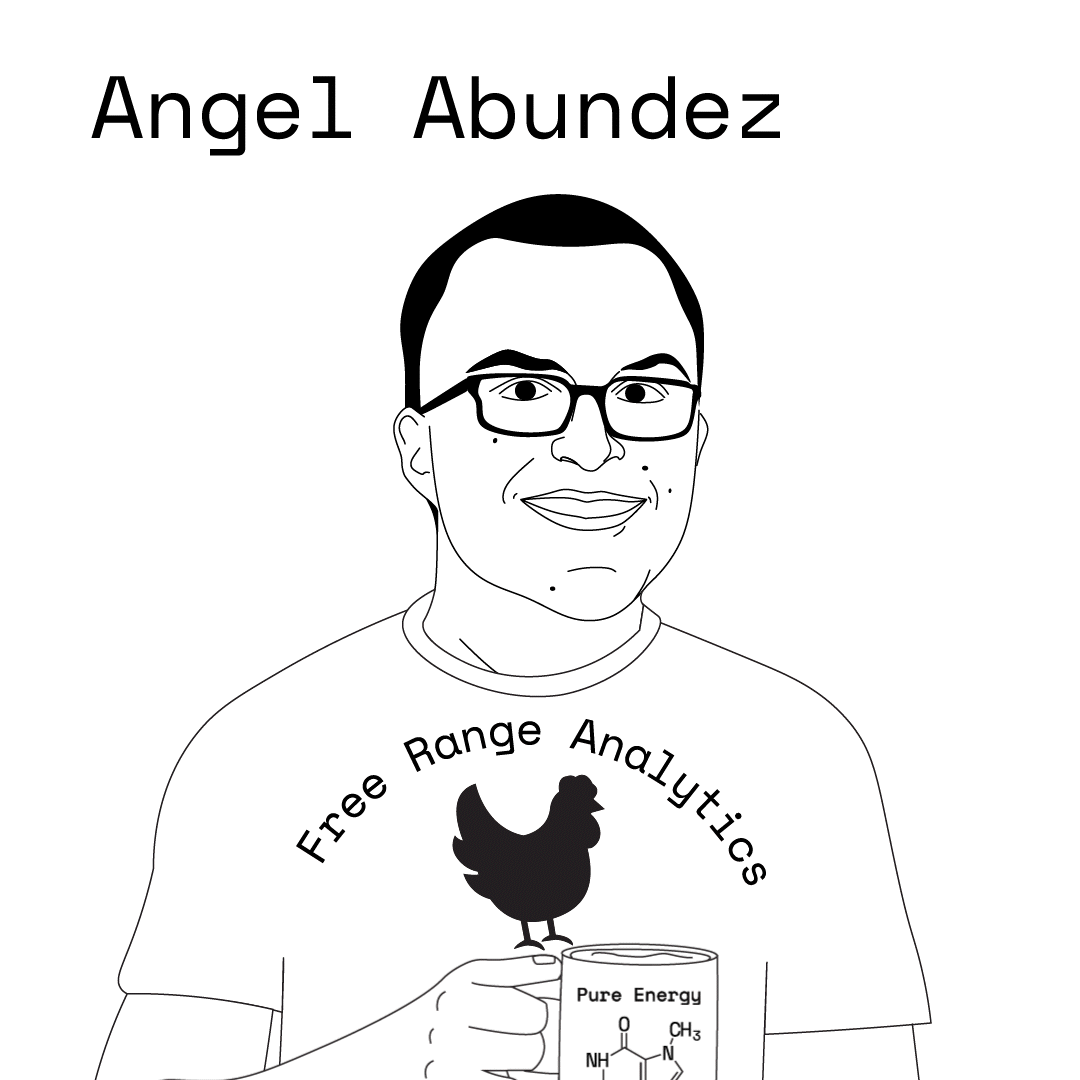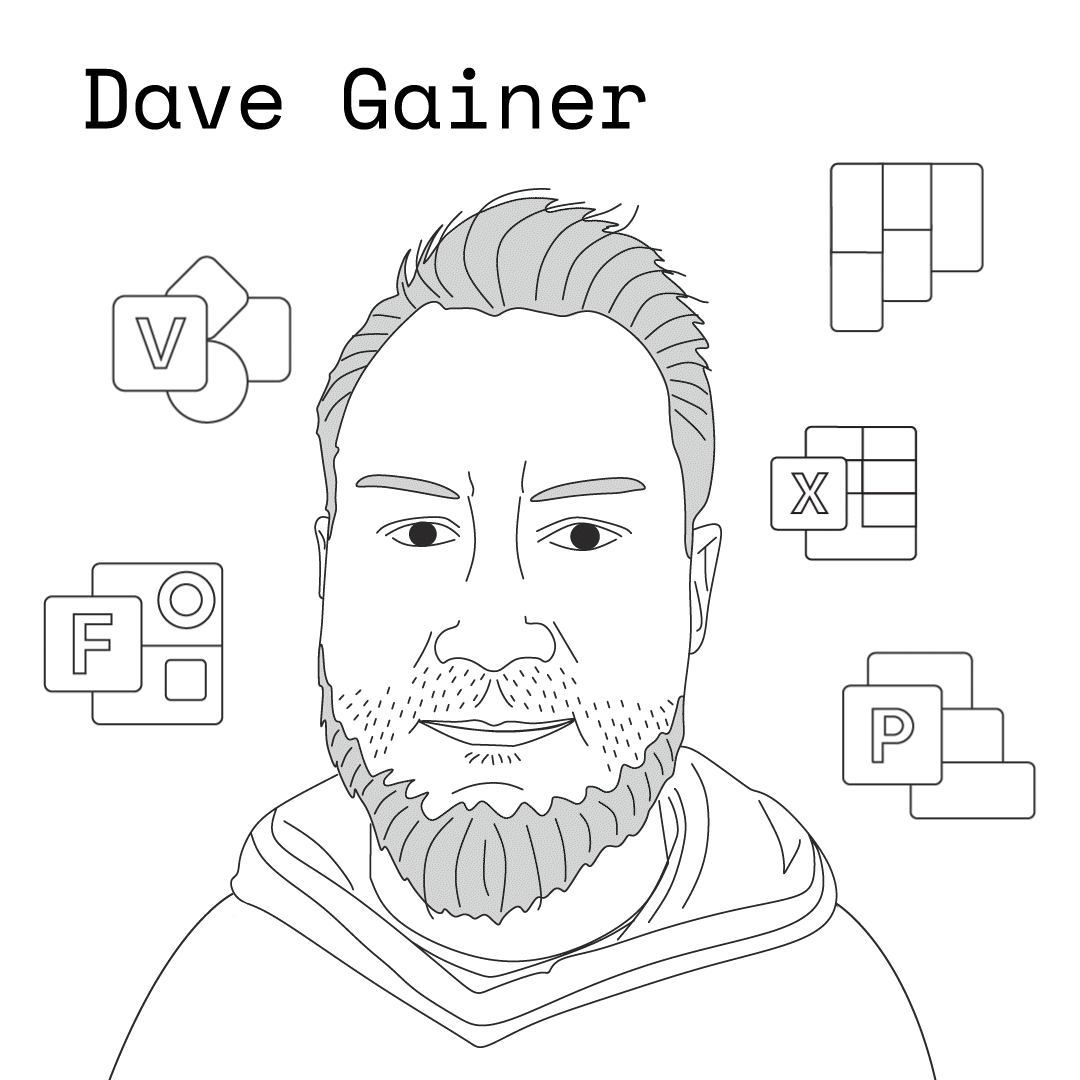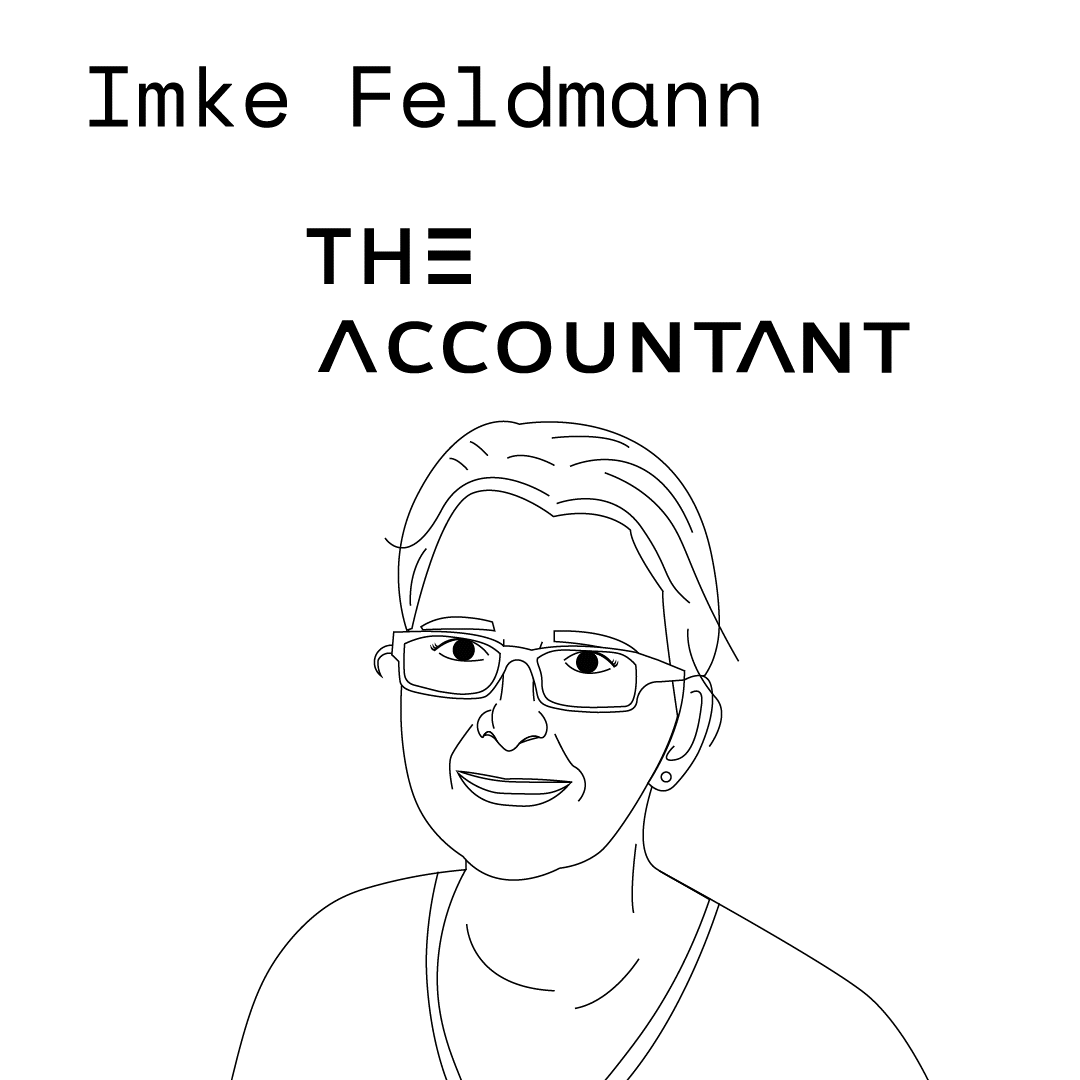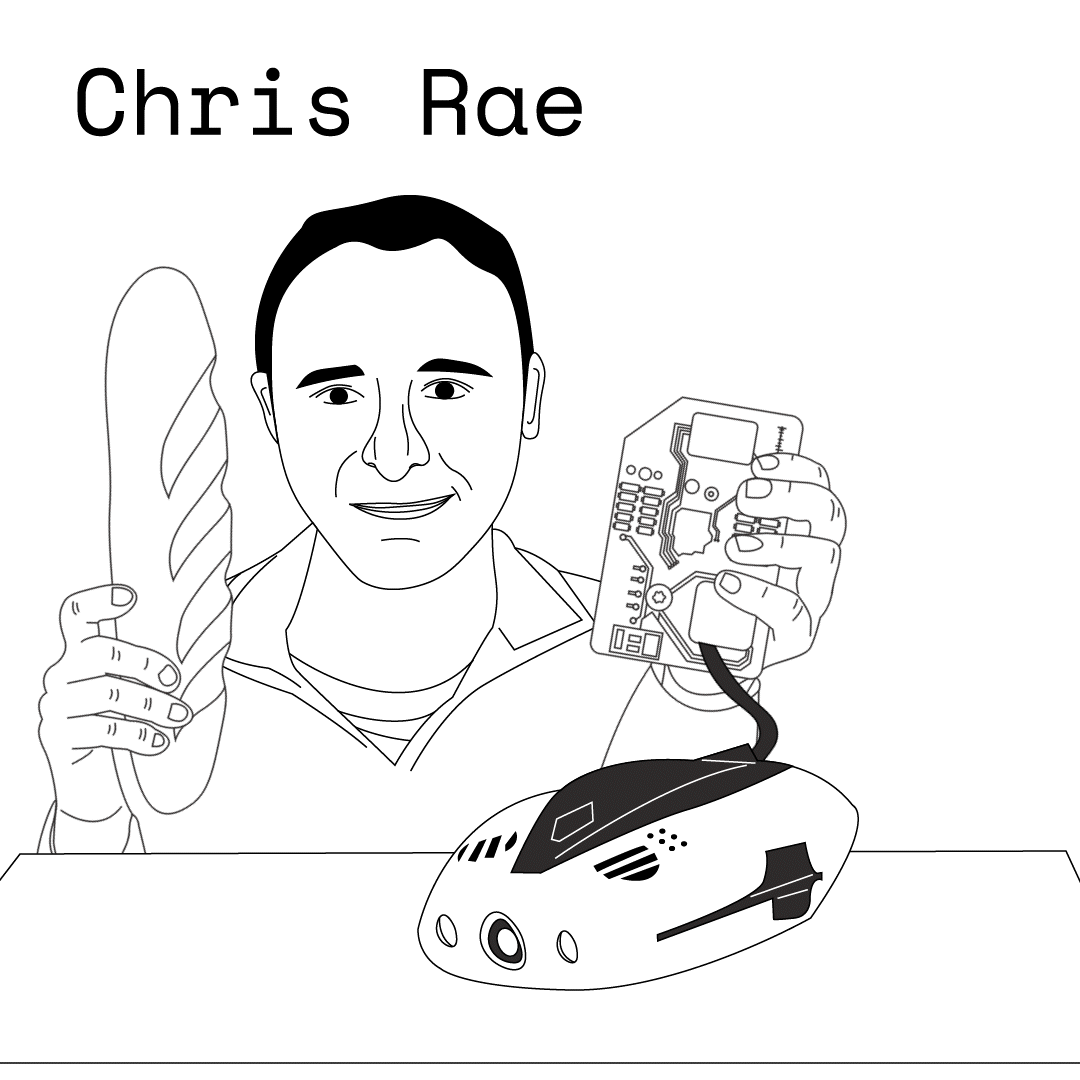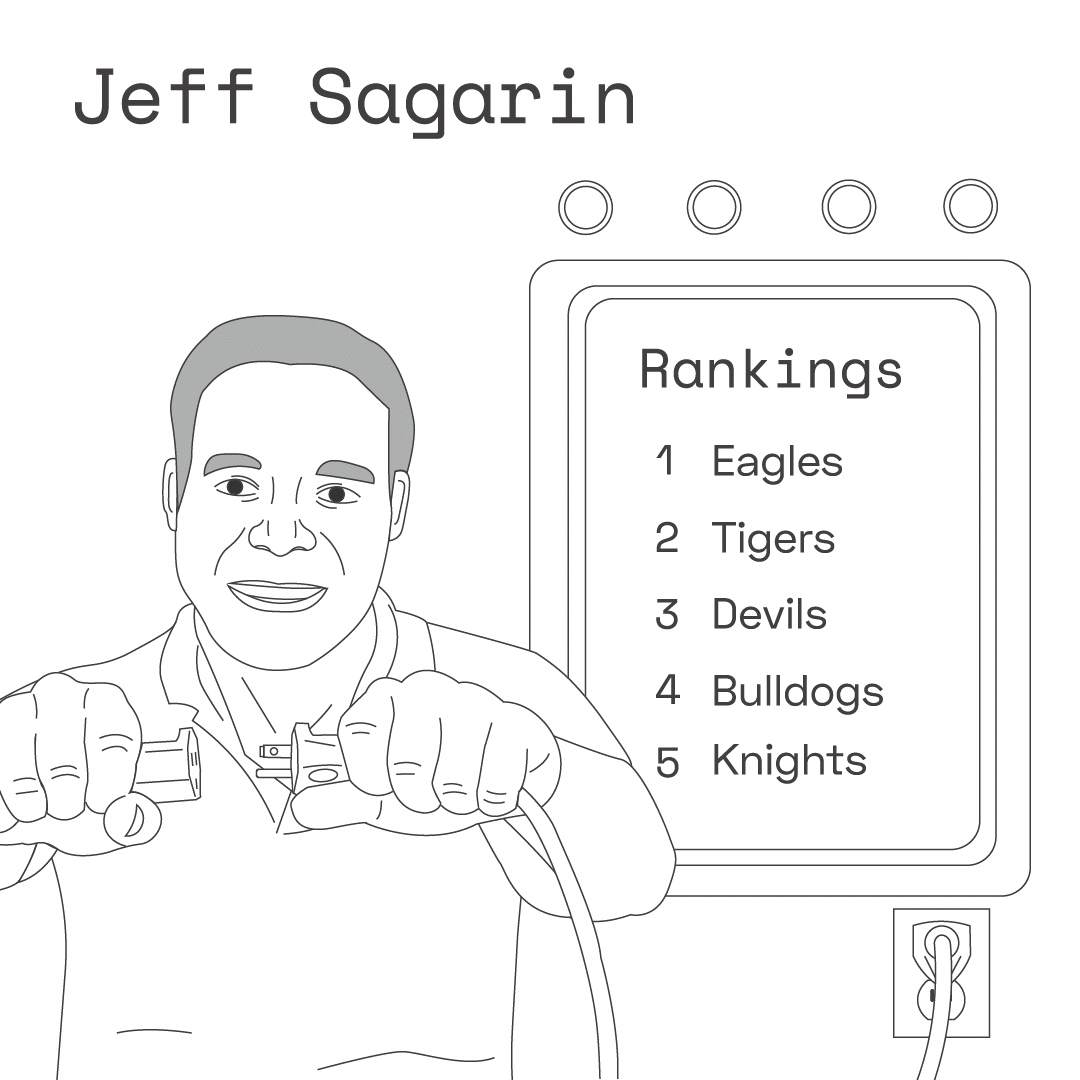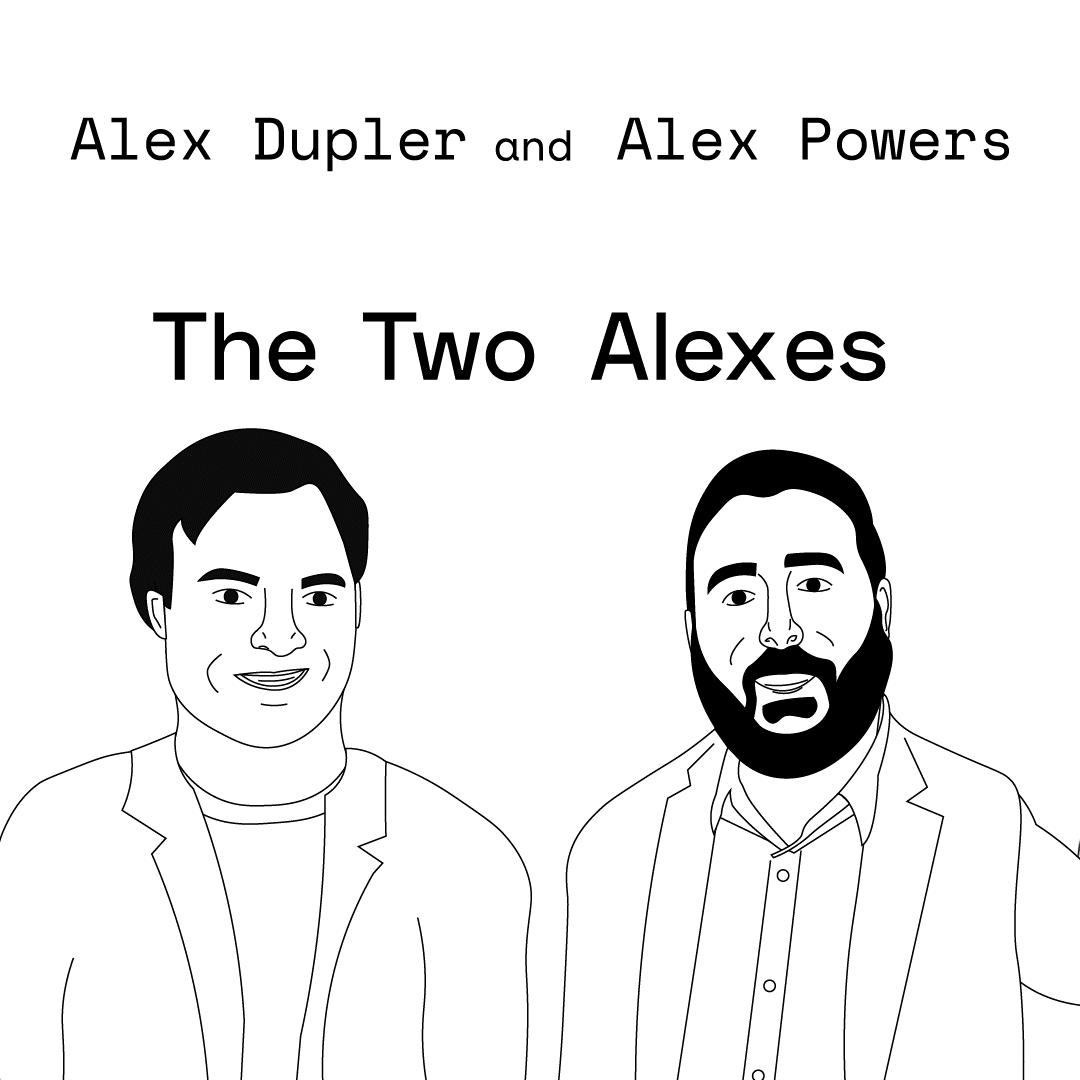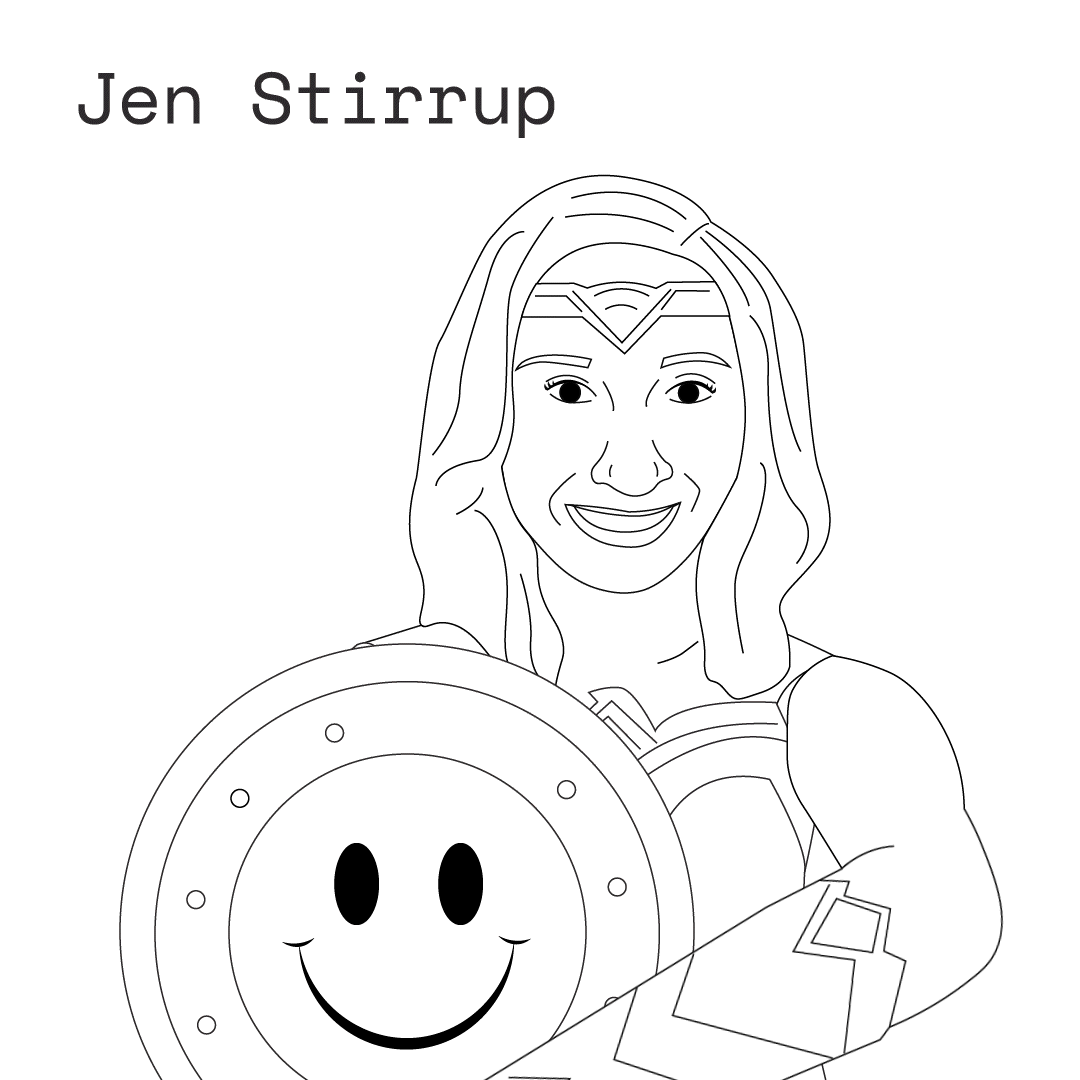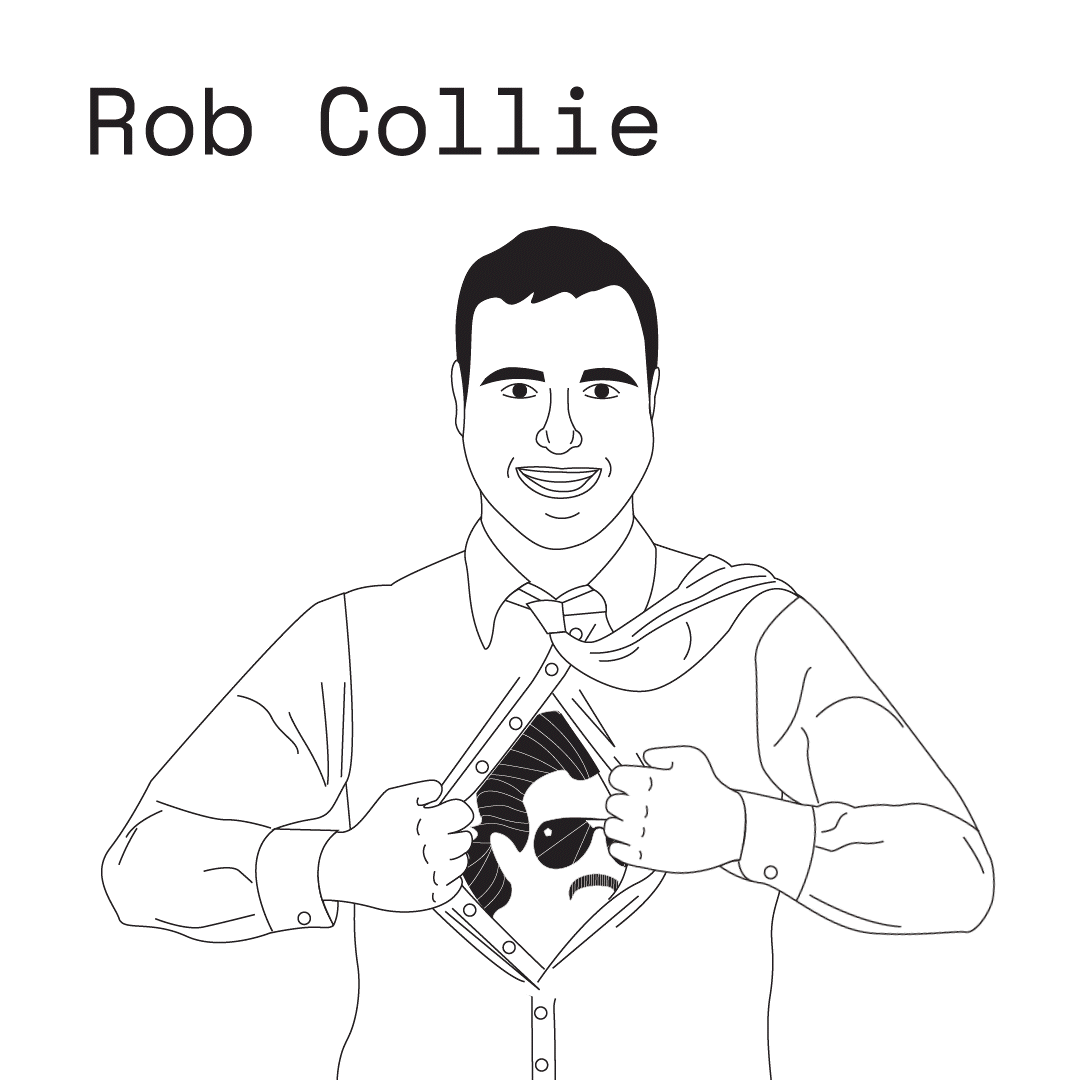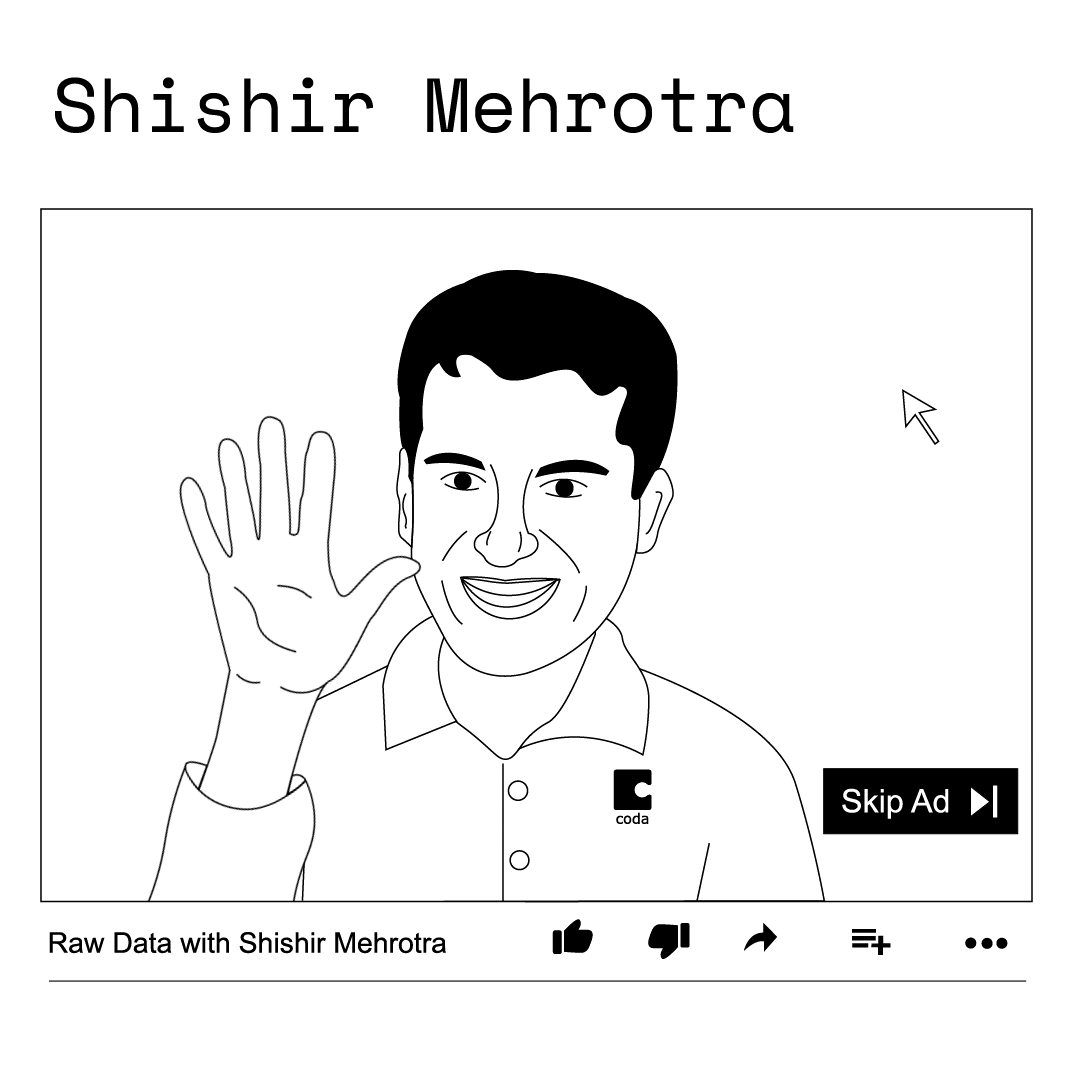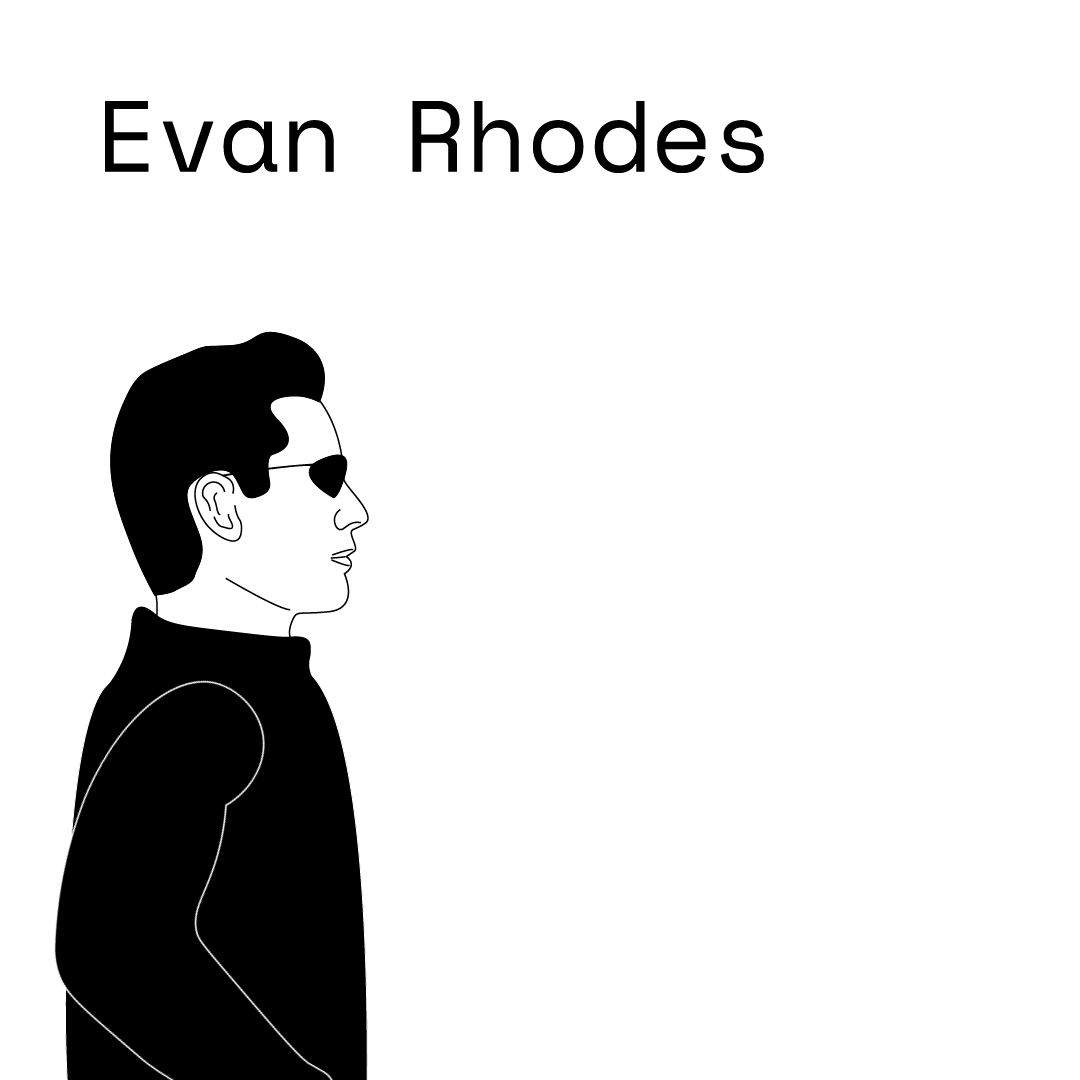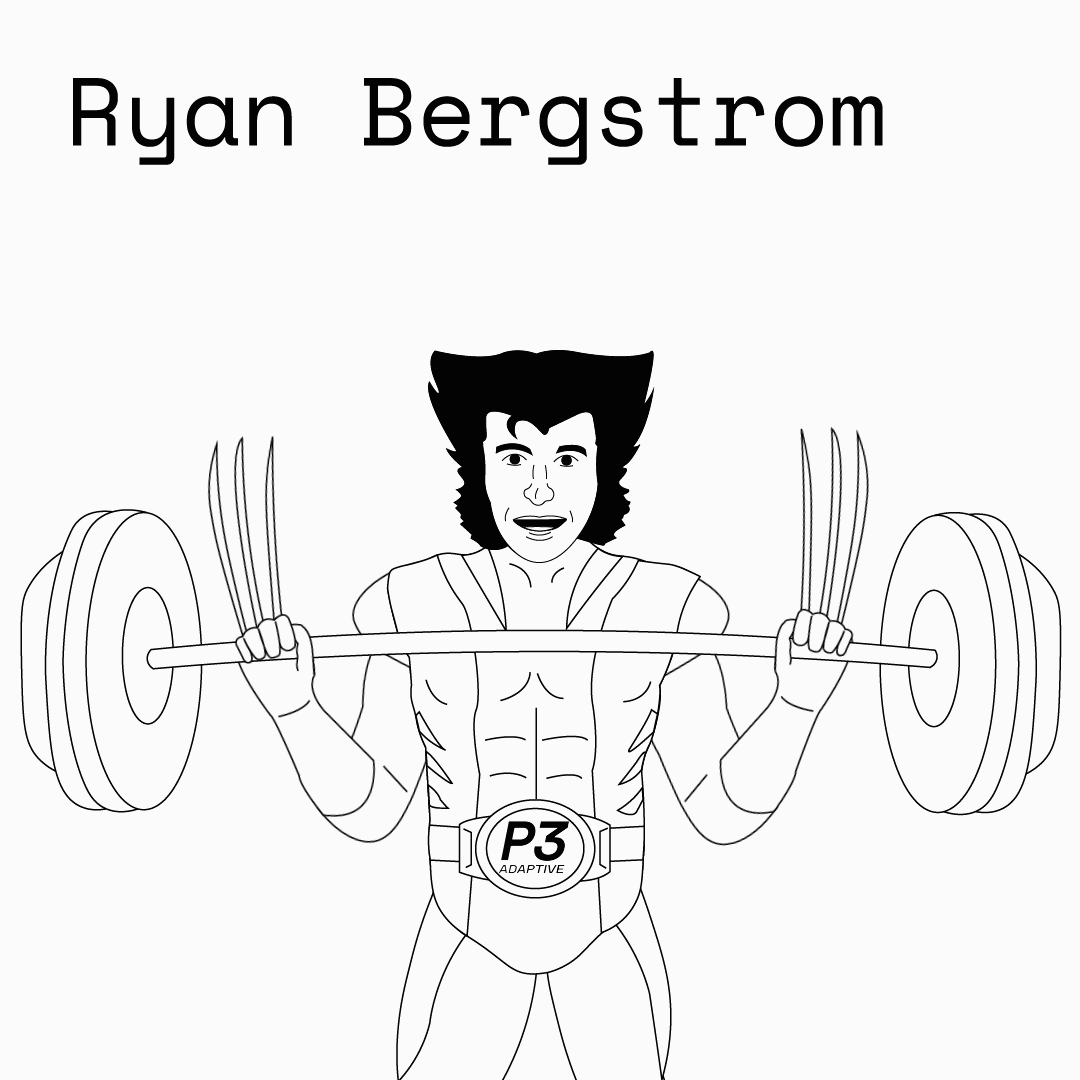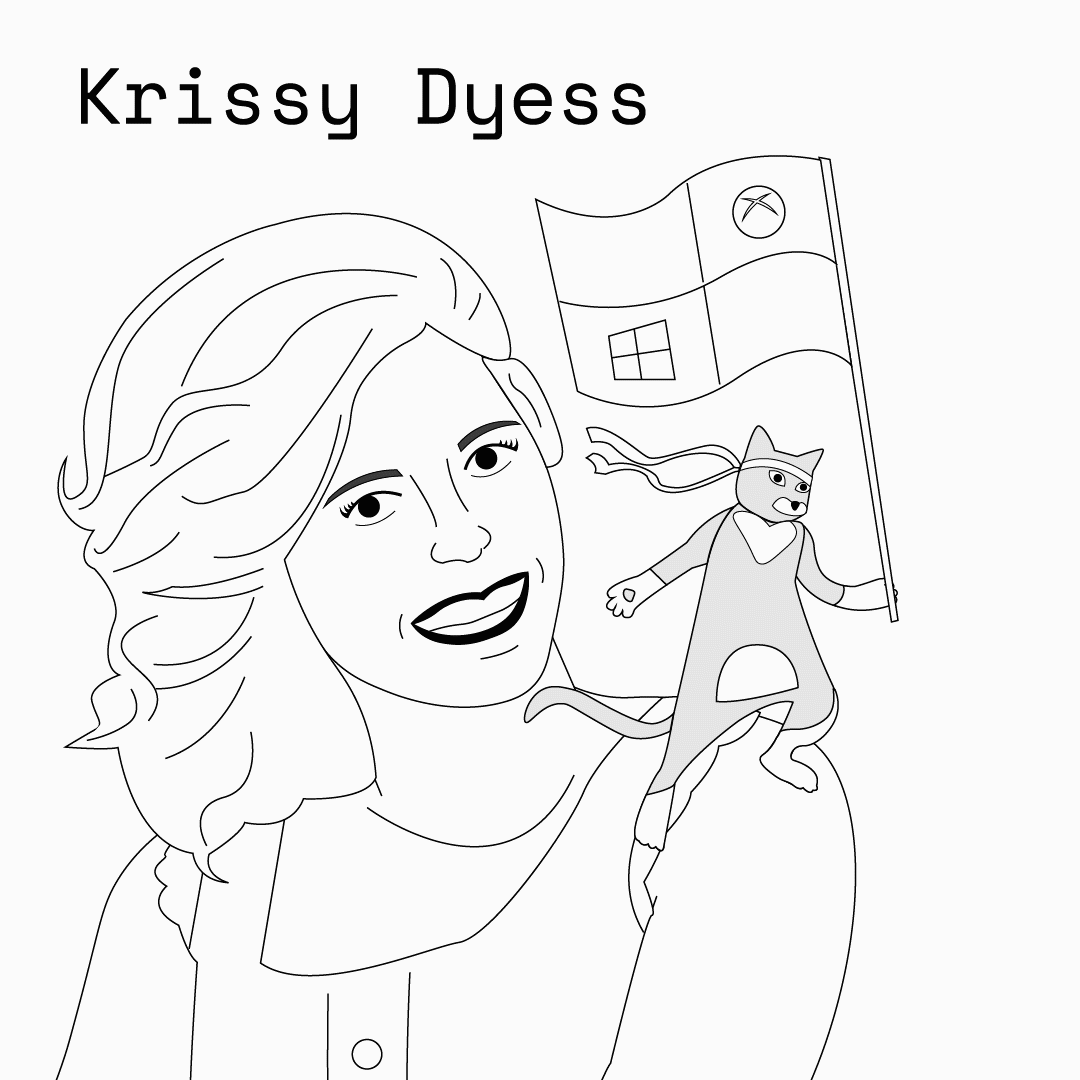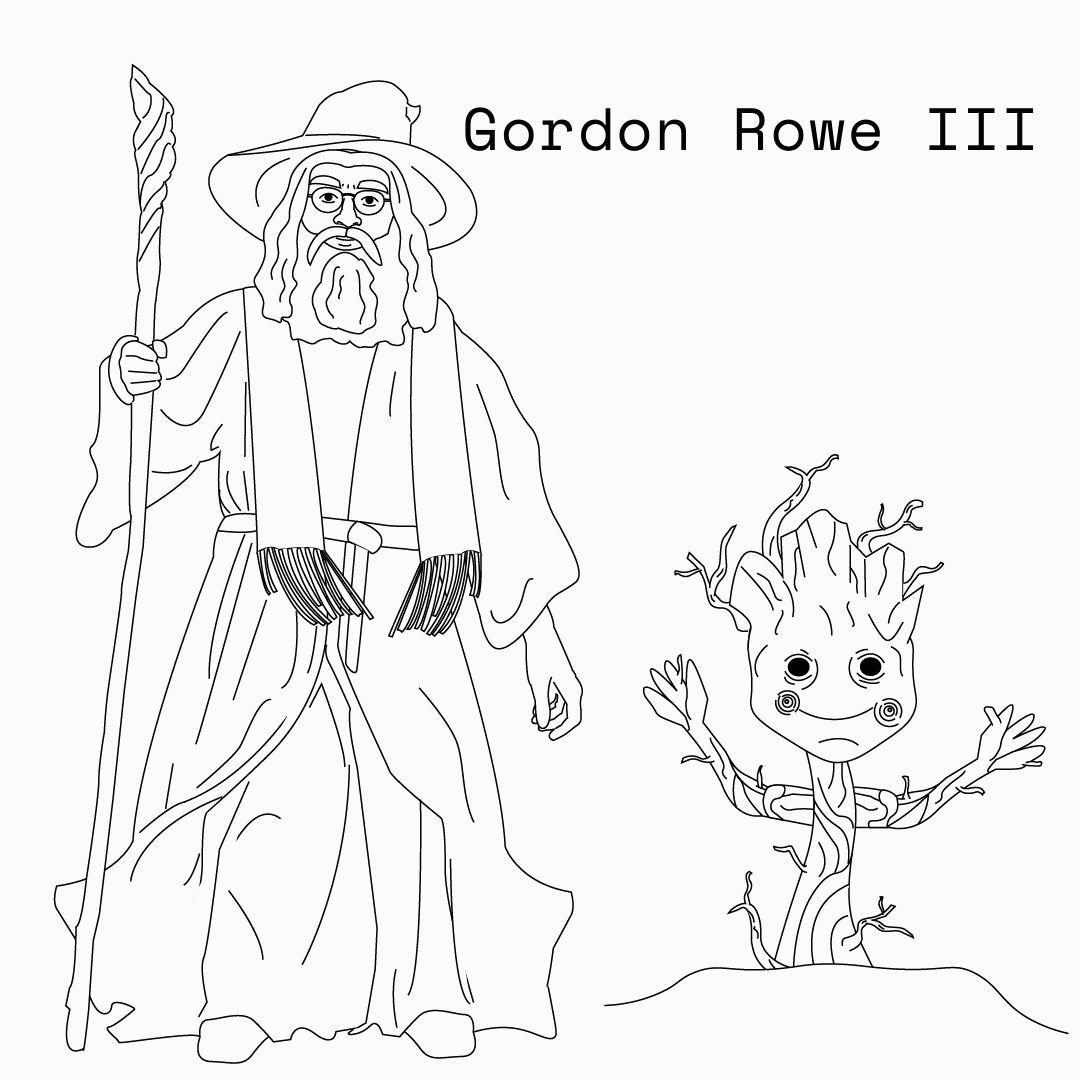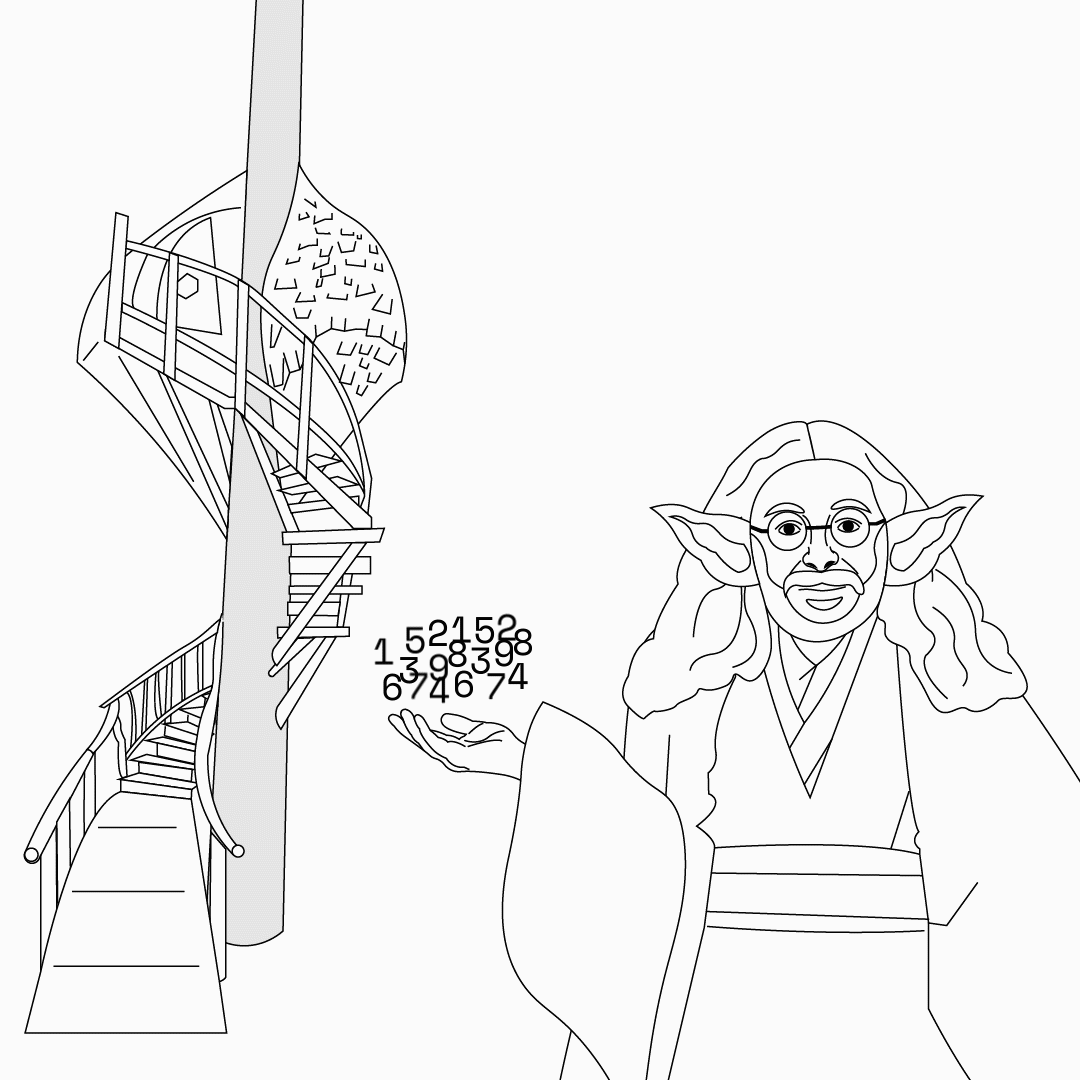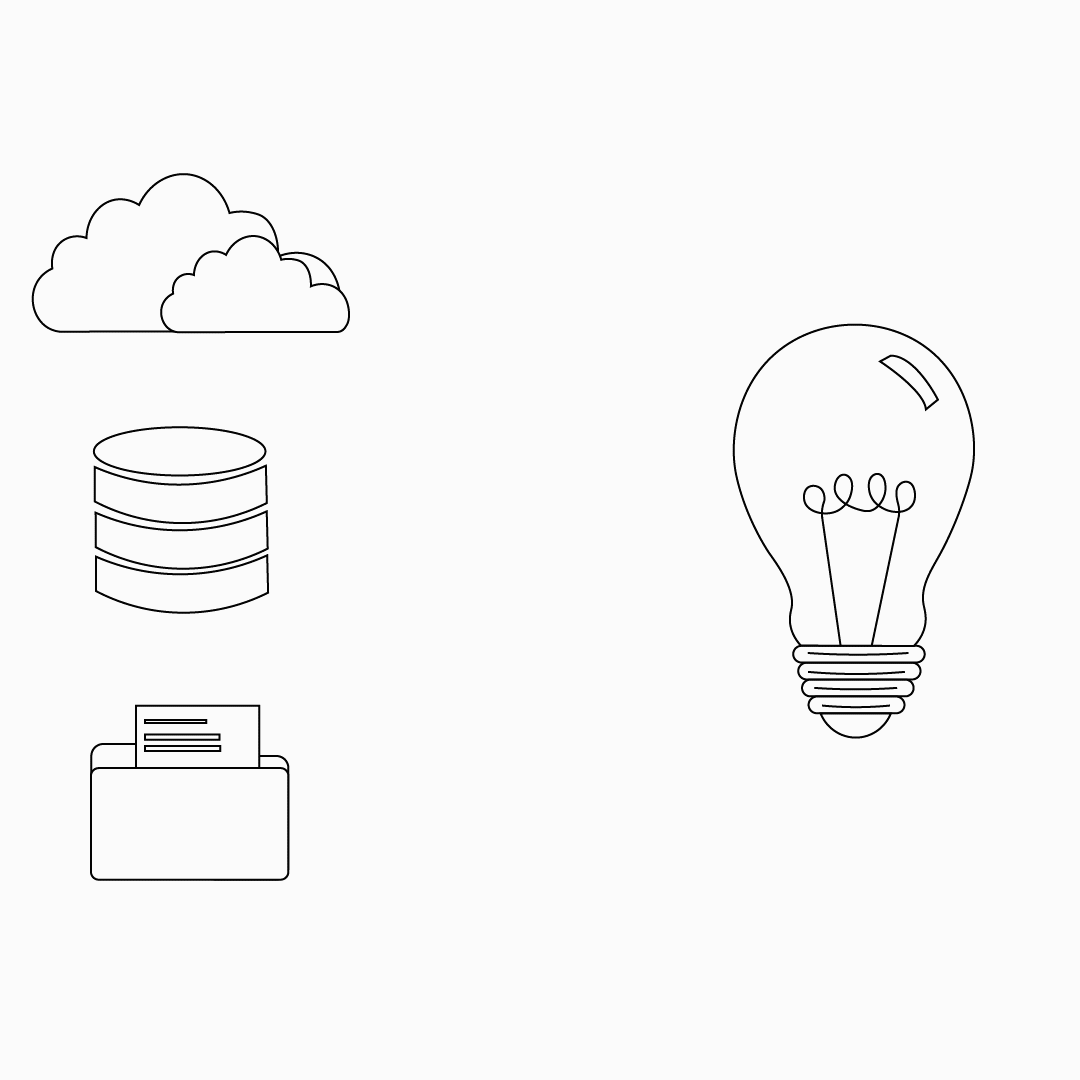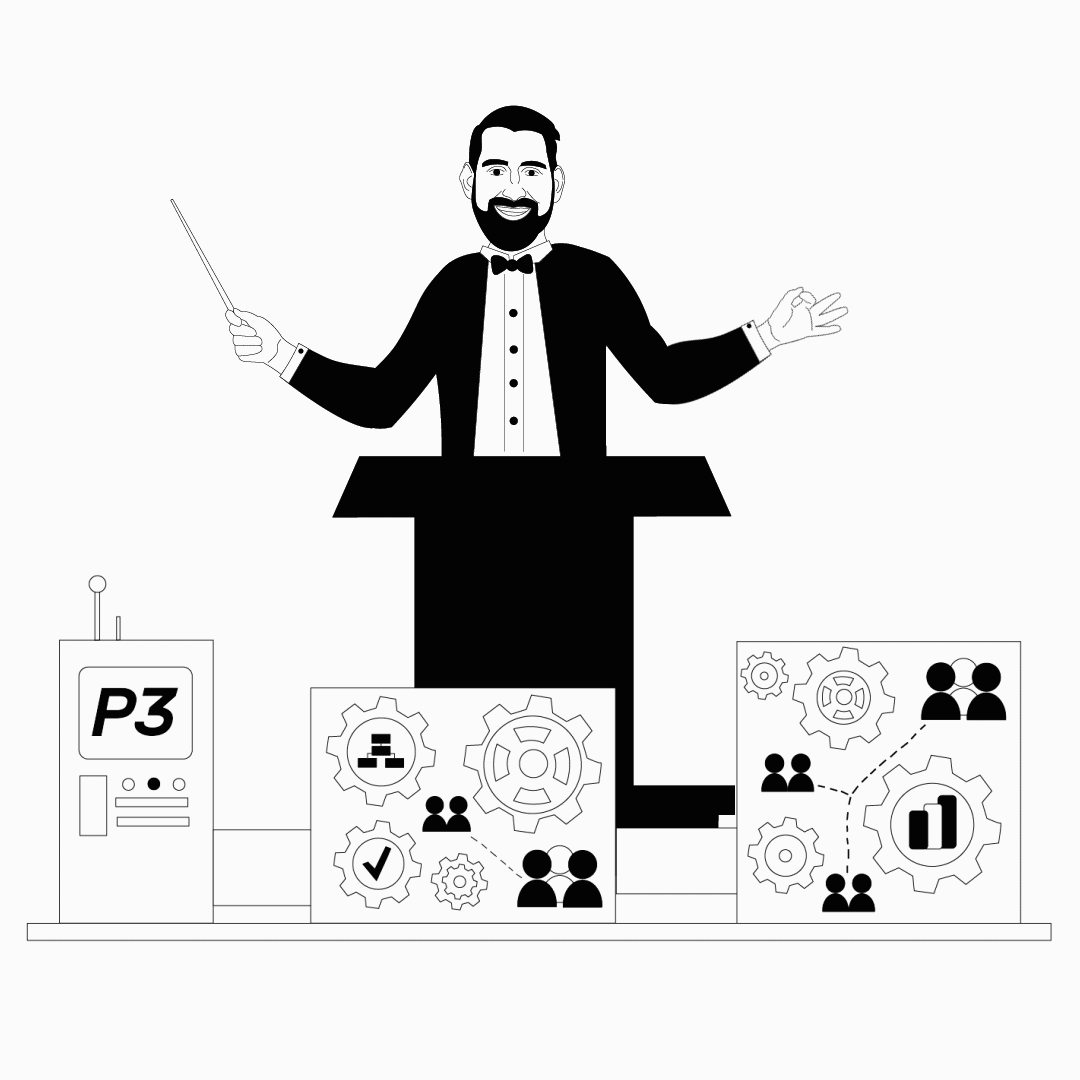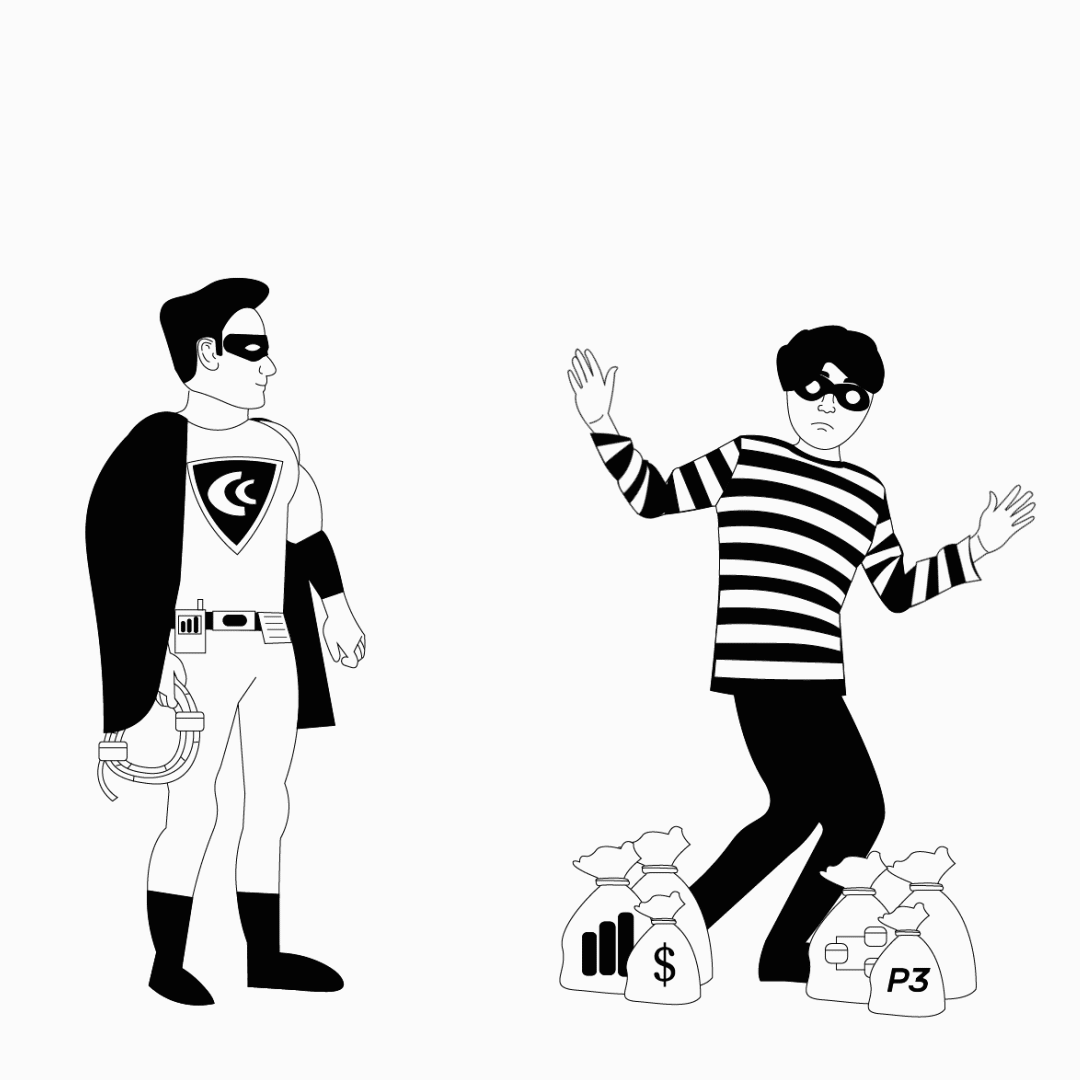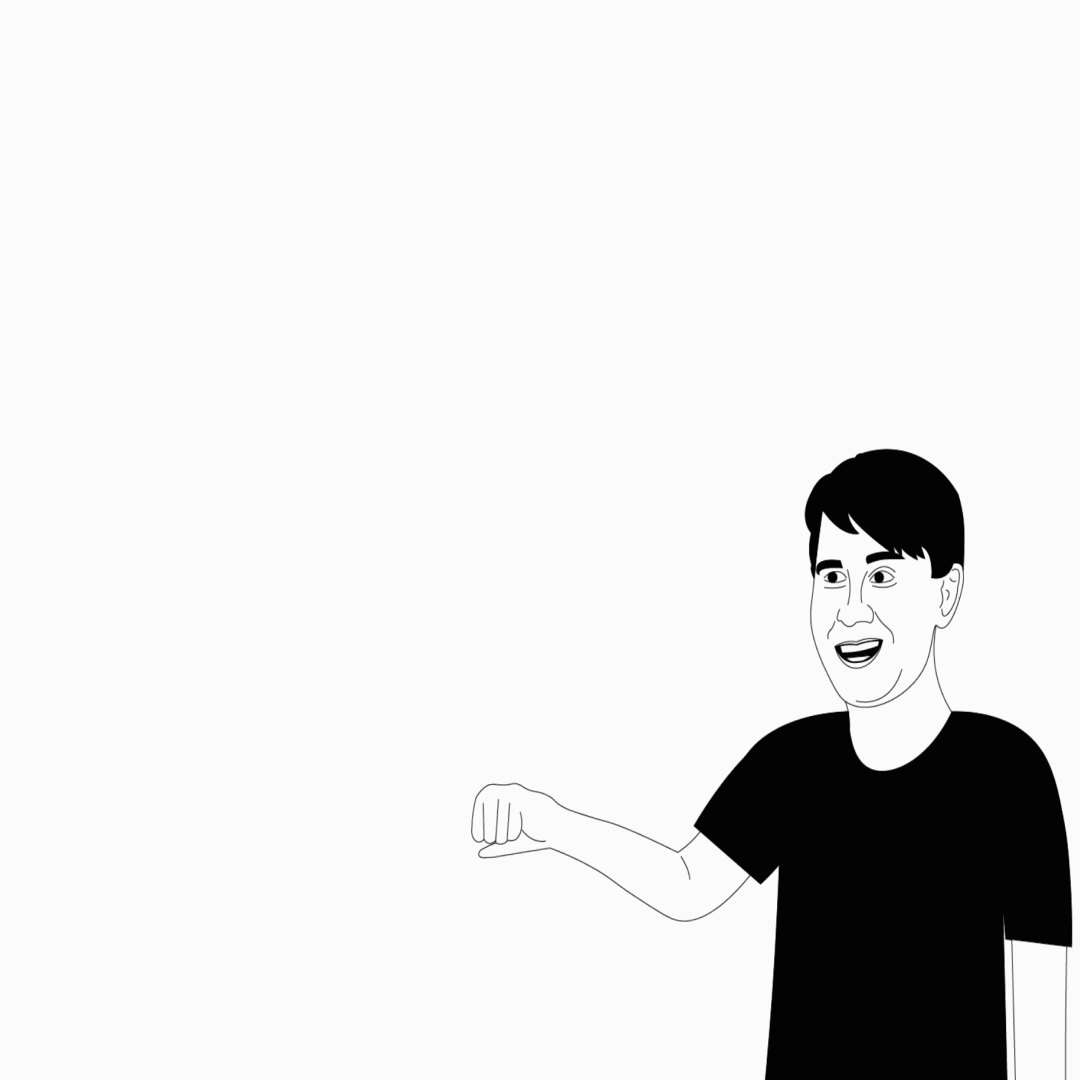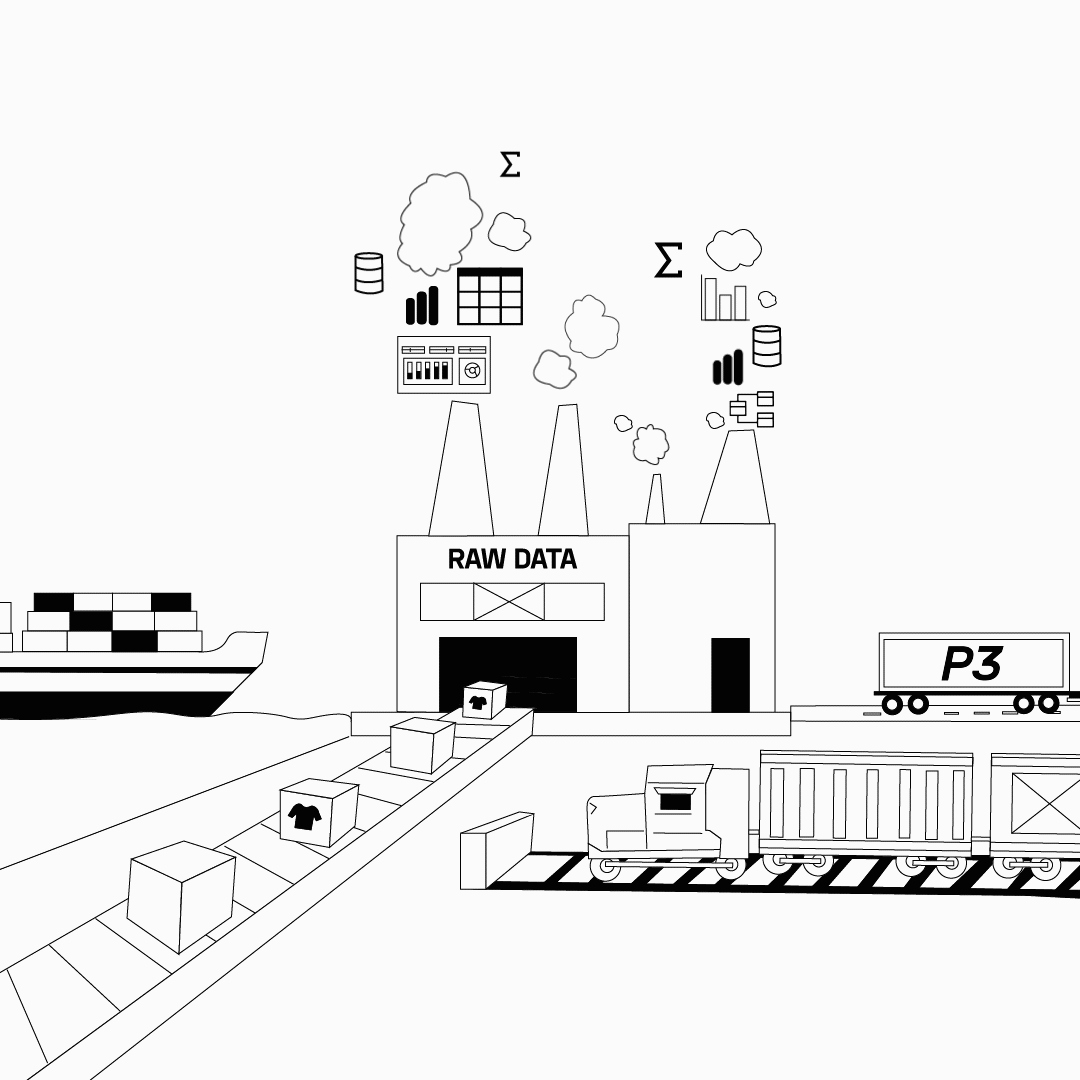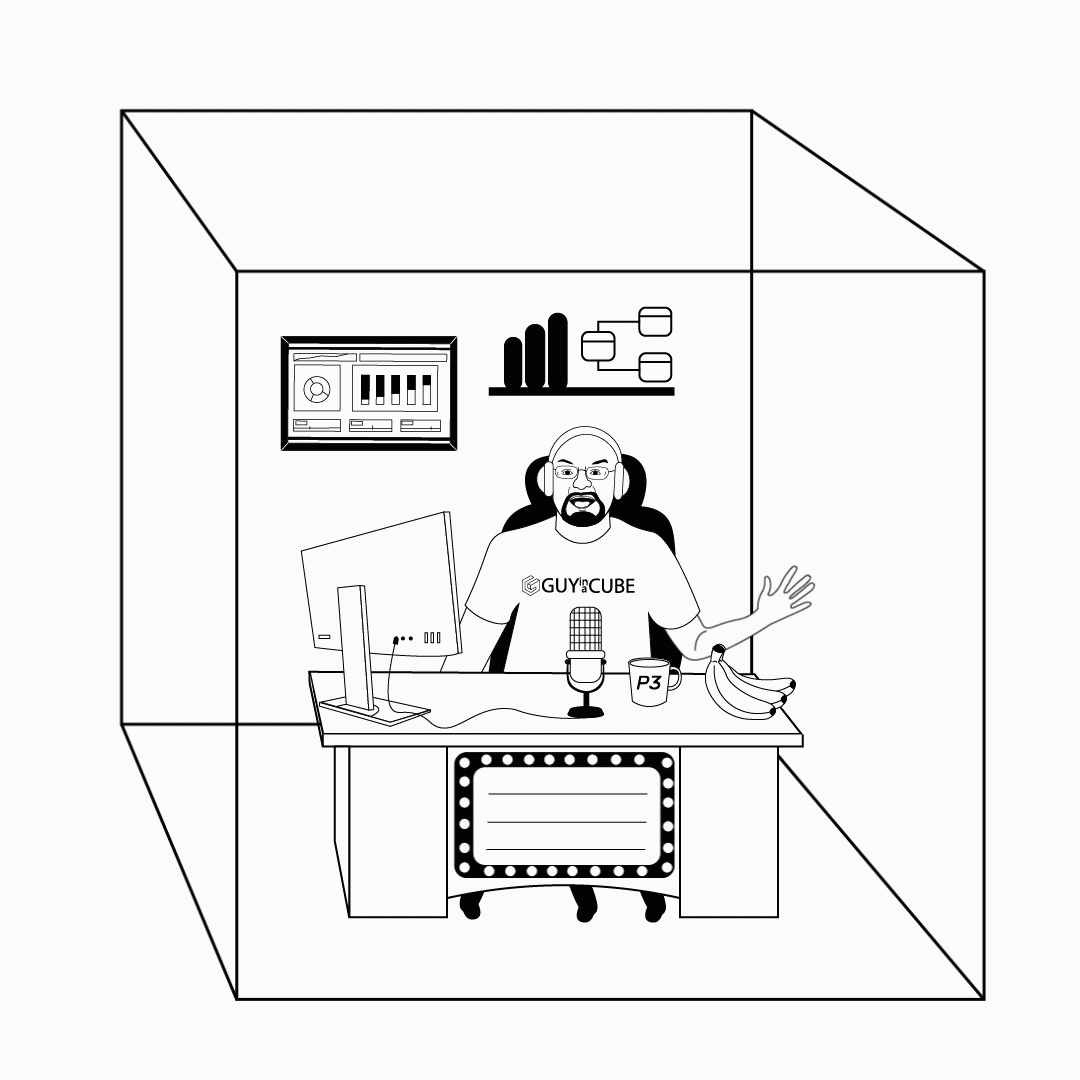
Raw Data By P3 Adaptive
The Evolution of SharePoint w/Denise Trabona and Adam Harmetz
Listen Now:Hello friends! Today we welcome a dynamic duo to the show, Denise Trabona and Adam Harmetz of Microsoft’s SharePoint team, and they take us through the extraordinary 10 + year evolution of SharePoint from the frustratingly chaotic farms of the past to the streamlined, user-friendly UX of the future. Both Denise and Adam were part of the historical transformation from a lumbering, haphazard platform to a sexy platform showpiece. This evolution has earned SharePoint the record for the fastest Microsoft product to reach a billion in revenue. In its current incarnation, end-user design has reached its pinnacle.
But that isn’t all, not only has SharePoint evolved, but its reach has also expanded. Statistically, nearly 1 in 10 developers in the world have coded on top of SharePoint, which is a phenomenal statistic. Even more incredible is the fact that if you search LinkedIn, approximately 1.6 million people list SharePoint as a skill on their resume or profile. This makes it self-evident that SharePoint has moved from a state of potential complexity implosion to near utopia.
Also in this episode, Rob asks the questions that so many of us have wanted to ask and we hear it from the experts, the difference between SharePoint and OneDrive has to do with the expected use case. OneDrive is more person and SharePoint is, well, shared. Finally, this episode becomes an ad-hoc SharePoint therapy session for our own host, Rob Collie as he airs his pent-up frustrations and embraces the newer, better, faster SharePoint. You almost have to ask yourself if this SharePoint will finally tempt Rob away from Dropbox??
Also on this episode:
Winchester mansion in California
Office’s Relevance tot he Power Platform Crowd, w/Tristan Davis
Rob Collie keynote SharePoint Saturday – Ann Arbor
SharePoint Samurai with Rob Collie
Rob Collie (00:00:00): Hello, friends. In today's episode, we're going to be talking about SharePoint and our guests are Denise Trabona and Adam Harmetz from the SharePoint team at Microsoft. Now, to a certain extent, my impressions of SharePoint were frozen in time in the early 2010s. That's around the time I left Microsoft. That's also the time in my life when I was running multiple SharePoint farms for Power Pivot in my own private cloud and it was my own private nightmare. And the impressions I had of SharePoint in that era can probably be best summed up like this. This was an amazing product.
Rob Collie (00:00:34): We used to talk about it at Microsoft as the fastest product to reach a billion in revenue in Microsoft's history and for good reason, truly an excellent product. And at the same time, it had evolved and grown in an organic, somewhat haphazard fashion. And by the early 2010s, it was approaching this feeling of a complexity critical mass, both in terms of its technical underpinnings, in terms of the way you administer it, in terms of the way you configure it. So, at that point in time, an amazing product, the bedrock of a lot of Microsoft's efforts in the server space, and yet also a product somewhat in a stealth crisis.
Rob Collie (00:01:16): Now, in the intervening decade, I haven't had much reason to personally pay a whole lot of attention to SharePoint, but recent events have alerted me to the idea that SharePoint is actually in a much, much better place. In some sense with a product as successful as SharePoint, it's not correct to talk about something like a turnaround, but there has been absolutely a whitewater era that they've had to navigate. That same timeframe has seen them, for instance, shift their focus from an on-premises product to a cloud product, which is in itself just a massive, massive, massive undertaking, but also, that feeling of complexity teetering on the edge, that's gone. This is a very solid and I dare say humane product today.
Rob Collie (00:01:57): And so, this episode is mostly focused on that critical period of time in which they executed this pivot. Along the way, we talk about SharePoint's relationship with the team's product. We also talk about the surprising overlap, surprising to me anyway, between SharePoint and OneDrive. And early in the conversation, we talk about the importance of design, design both as a core engineering discipline, how it is important when combating complexity in particular, but also design from the standpoint of aesthetics.
Rob Collie (00:02:30): And when you're in the website business like SharePoint is, that is also important. I'd say that overall, this one follows a singular narrative much more so than our average episode. And if you like that, let us know on Twitter, drop us an email, yell real loud. As always, if you want to support the show, please leave us a review on your favorite podcast platform or just tell a friend. And with that, let's get into it.
Announcer (00:02:53): Ladies and gentlemen, may I have your attention, please?
Announcer (00:02:57): This is the Raw Data by P3 Adaptive Podcast with your host, Rob Collie. Find out what the experts at P3 Adaptive can do for your business. Just go to p3adaptive.com. Raw Data by P3 Adaptive is data with the human element. Welcome to the show, Denise Trabona and Adam Harmetz. How are you today?
Denise Trabona (00:03:24): Great. Thanks, here in Redmond.
Rob Collie (00:03:26): I'm doing well, Redmond. Yes, I can see you have the official Microsoft window next to you. What building are you in, Denise?
Denise Trabona (00:03:34): Thirty-four.
Rob Collie (00:03:35): Thirty-four. Okay. So, I spent some time in 34. The Power BI team started out as the Power Pivot team in building 34. I did some time in 34. When I was there though, SharePoint was still in 36 with the rest of the office crew, the giant ocean liner of a building. Is 36 still being used by any of the SharePoint crew?
Denise Trabona (00:03:54): No, we're all over here. In fact, I have been since I joined the team.
Rob Collie (00:03:59): Really? Okay. So, is 34 big enough to contain the team that is SharePoint?
Denise Trabona (00:04:04): I think so. At least everybody who's here in Redmond, but we are a geo-diverse, geo-distributed team at this point in time.
Rob Collie (00:04:12): Of course. Yeah. So, the Redmond crew fits in 34. That's amazing. I mean, when you think about it, I was around when SharePoint wasn't even called SharePoint and it was 10 people. Now, it needs a building. That's amazing. So, Adam, you're home today?
Adam Harmetz (00:04:27): I am. I joined Denise a couple days a week in building 34, but today, I'm out in Kirkland.
Rob Collie (00:04:32): See, there you go. I've lived in Kirkland, lived in building 34.
Adam Harmetz (00:04:35): My first office was 36.
Rob Collie (00:04:37): Really?
Adam Harmetz (00:04:37): Yeah. Yeah, fourth floor. It is now a broom closet officially. They changed it to broom closet shortly after I moved out, but it was a good starter office for college hire.
Rob Collie (00:04:46): That's fantastic. Do you get any plaque?
Adam Harmetz (00:04:49): No. No.
Rob Collie (00:04:51): Oh, man.
Adam Harmetz (00:04:51): Not yet. Got to go up a couple levels before they memorialize your first office.
Rob Collie (00:04:56): I see. I see. Yeah.
Denise Trabona (00:04:57): I had an office that was a broom closet or a supply closet in building nine.
Rob Collie (00:05:03): Building nine.
Denise Trabona (00:05:04): Everybody gets a broom closet at some point in time, right?
Rob Collie (00:05:06): If it's a broom closet while you're in there, that's when you know.
Adam Harmetz (00:05:09): Yeah. That's when you know maybe. Yeah, no, I had a CRT monitor. I had to go get reams of paper to lift it up, right? That was the way everybody at Microsoft lifted up their CRT monitors.
Rob Collie (00:05:19): That was the monitor's the end of the day, just tied up all that carbon. Maybe that's the solution to the carbon footprint problem was we just all need to stack paper in our houses.
Adam Harmetz (00:05:31): It could be. Well, in 36, it just opened when I moved in. And for whatever reason, all the trees were in cages. I don't know if you remember that, on the outside of the building.
Rob Collie (00:05:36): Oh, I do. Yeah.
Adam Harmetz (00:05:37): Yeah. I thought that was a great motif for a young college hire, growing but being sculpted within the large organization.
Rob Collie (00:05:43): Yeah. I'm alive, but I'm in chains. I moved from building 17 to 36 when 36 was first built until the Office team was a lift and shift.
Adam Harmetz (00:05:52): Yeah. We were in there at the same time then. Yeah.
Rob Collie (00:05:54): I was really thrown off. It emotionally bothered me for months because building 17 had been this really cozy little place. It was really quiet and intimate. I realized that at that point in my life, building 17 at Microsoft had been in my life more than any other building. I'd never been in a house that long growing up. We'd always moved. So, 17 was the closest thing to an anchor that I had. And next thing you know, I'm in this gigantic... I referred to it as the Costco of Microsoft buildings at the time. And it took me four to six months before I wasn't wigged out.
Rob Collie (00:06:30): So, backstage in email exchanges, I mentioned to both of you that well, this SharePoint thing, it just keeps coming up, even in my company's line of work. SharePoint seems to be coming up more often as a trend than less often, which I'm sure you're happy to hear. My personal experience curve with SharePoint was one where I lost track of it. I was never on the SharePoint team, but I've always essentially been adjacent when I was at Microsoft for a long period of time. I was adjacent to SharePoint in one form or another.
Rob Collie (00:07:02): My last real serious dealings with SharePoint was in the 2010 to 2013 era when the only way to publish Power Pivot workbooks in the whole universe was to have a Power Pivot for SharePoint farm. And in an amazing turn of events, I ended up essentially being in charge of a SharePoint farm, a private cloud SharePoint farm for running Power Pivot. And that experience and those few years basically ruined me. I was burned out on the concept of SharePoint. It became almost a little bit of a dirty word. I was happy to leave it behind. A lot's happened since then, hasn't there? That is a completely different era.
Adam Harmetz (00:07:45): Absolutely.
Denise Trabona (00:07:46): Yeah. Should we just take a moment to acknowledge the pain you were feeling? Because that sounds quite cumbersome.
Rob Collie (00:07:53): This is very validating. Rob, that must have been hard for you. We're going to call this episode SharePoint Therapy for Rob, not with Rob Collie, for Rob Collie.
Adam Harmetz (00:08:10): One SharePoint admin at a time.
Rob Collie (00:08:12): That was very much, I think, maybe the beginnings of SharePoint online. We're starting to announce their arrival back then, but it was still very, very, very much an on-premise SharePoint world. And I knew a lot of people who identified 100% as SharePoint professionals. I mean this was soup to nuts, right? Designing the topology of the server farm and how many SQL spindles did you need and disc controllers and all of this.
Rob Collie (00:08:39): I pulled this Rip Van Winkle. I fall asleep on SharePoint for basically a decade and I wake back up and people are still talking about it. I'm like, "What?" Obviously, I want to know what's happened, what the arc of the product has been. One thing I've neglected to do is get your roles. What's your current roles? What's your history with the product? Let's get us grounded with where you all are coming from first.
Adam Harmetz (00:09:00): With Denise, I am the Director of Product for the SharePoint Experiences and that's encompassing all that people associate with SharePoint today, as well as the developer platform of SharePoint. And more and more, SharePoint's a platform that manifests itself in other apps at Microsoft. You might be familiar with Microsoft Viva. So, a lot of that is powered by SharePoint, in fact, built by our team, but we choose to go to market through something called Viva on it. It's that whole area really of content publishing, content management, be able to build websites for your corporate internet, as well as thinking of employee experiences all up.
Adam Harmetz (00:09:31): So, I've been on SharePoint basically for my entire 16-year career, grew up in the office shared group as SharePoint was starting to be used for enterprise content management, did my tour duty and security compliance for a while as we were building the cloud, the backend of SharePoint, and then with Denise for the past six or seven years. I'm sure we'll talk more about it, but a real rebirth of SharePoint in its modern form and its modern in sensation.
Rob Collie (00:09:53): Very cool. Denise? Very cool. Denise?
Denise Trabona (00:09:56): My role here is a Design Manager for most all things SharePoint. And so, as Adam noted, that's SharePoint as the platform, as the authoring platform, the publishing platform, and the platform that powers Viva Topics, Viva Connections, part of our new employee engagement suite all up at Microsoft. Also, all of the admin and migration products that we have and support here on the team as well. Just where the user experience stops for me is when we hit the files mark, because that expands into many other places. And so, I've got a peer that works on those things.
Denise Trabona (00:10:35): And so, that's a little bit less my area of expertise. But I've been on the team about six years as Adam noted and have a lot of Microsoft history prior to that. I have either worked at Microsoft or some Microsoft spinoff or joint venture my entire career. And so, yeah, it's very storied past. Before this, my biggest stint was eight years in Windows, many versions.
Rob Collie (00:11:00): Oh, Windows. You said joint ventures. Is there an Expedia stint somewhere in there?
Denise Trabona (00:11:05): Not for me, but definitely for my husband. He worked at Expedia for a while, but I worked at MSNBC. That was a joint venture.
Rob Collie (00:11:12): My wife worked at MSNBC for a little while. There you have it.
Denise Trabona (00:11:16): I knew we'd find that connection somewhere.
Rob Collie (00:11:17): Maybe. Yeah. A couple things that each of you said that I wanted to react to. First of all, I love that Adam said grown up. I grew up in X, Y, Z, right? That's how I describe myself. I finished growing up at Microsoft, probably did more growing up at Microsoft than I did beforehand. The version of me that went in and the version of me that came out are almost unrecognizable in some ways compared to each other. It was very formative for me. So, when I reached out asking to find the people to talk to, have this conversation, this evolution of SharePoint conversation, I got essentially what I think of as program management from my old era. We didn't call it product so much back then.
Rob Collie (00:11:57): That we got Adam doesn't surprise me. That we got you as well, Denise, is a delight, because I think this is a change in the culture and the way that Microsoft is even organized since when I was there. When I was there, 24-year-old no nothing me program manager was allowed and expected to essentially treat design as a subcontracted function and they had to listen to me. And I didn't know anything about how to make products usable by human beings yet. I had to learn that the hard way and that your roles are so tightly aligned now, I think, is a tremendous credit to the evolution of Microsoft. By the way, Denise, I got to learn this full circle.
Rob Collie (00:12:49): So, I grew up in the office org, being terrible at user design, terrible at human factors. I was never mean, but in those early days, I never valued the user experience teams that I worked with appropriately. I'm just confessing to my early year sins, right? But then coming around and in my late stages of my office career, truly understanding that all of this was an integrated discipline. I got it eventually. And then I went to work on Power Pivot and they were very early in their own journey to understanding that design wasn't just pixels and understanding that design and usability were an engineering discipline. So, I found myself on a very strange island over there. That was very, very frustrating for me. I wasn't properly respected or valued.
Rob Collie (00:13:41): So, I got to eat my own karma in my last Microsoft chapter. It was awesome. So, I'm glad to see that everything seems to have landed in a much better place. And I still think to this day that Office and SharePoint represent maybe not the only such bastion, but one of the strongest places at Microsoft for actual end user design at its best, especially for a product that is of such a massive scale. It is definitely a strength of the Office/SharePoint orgs. And do you consider yourself still part of Office or you're more on the server and tools side of things now? Do you meet at the same VP as Excel? How does that work now?
Adam Harmetz (00:14:20): We meet at the same VP as Teams now, Microsoft Teams.
Rob Collie (00:14:24): Okay. And that I'm sure is a bitter rivalry, because all the things that used to be like, "Oh, you've got something like that. You've got to integrate that into SharePoint." Now, it seems like when something comes along, oh, they've got to integrate it into Teams. Or you ever find yourself competing against teams to try to get that other thing to integrate with you instead of them? Does that happen?
Denise Trabona (00:14:47): No.
Adam Harmetz (00:14:48): We have extreme clarity what the collaboration plane is for Microsoft and it is Microsoft Teams. That's a lot of hard work. They are up for that challenge and you can see it in product. It is the place you go to collaborate and to see a bunch of Microsoft come together into one place. And SharePoint was an early leader in participating and helping make that come true. And we know a lot about how to do it, given the history that we've done it in the past, but no, there's an extreme amount of alignment. And I think if you succeed at Microsoft, I hope you give me this, Rob, knowing what your role is and knowing what your role is in comparison to others is important.
Adam Harmetz (00:15:27): It really isn't who's top dog. It is have the context and awareness of what your role is trying to be, how you can help other teams, and how other teams are going to help you. In the 10 years you haven't checked in on SharePoint, I would say there are three huge things that have happened. And one of them really is refactoring and rejiggering the role SharePoint plays within all of this.
Adam Harmetz (00:15:48): As you left, you were saying you were installing a server farm of SharePoint or it could do Power Pivot. That was because at the time, SharePoint was the control plane for all of enterprise ALM, application development and launching. And now, that's Azure basically. And driving that clarity, when you're talking to a product person and design person, so focus is good. No desire to own every problem on the planet.
Rob Collie (00:16:11): Yeah. I think you know the question was tongue in cheek.
Adam Harmetz (00:16:14): Yeah, yeah, yeah.
Rob Collie (00:16:14): But it does have a little bit of old Microsoft that I was part of. It has a little bit of that powering it, because in my day, we still had a handful of executives actively encouraging head-to-head competition between their direct reports and the products that they led. I mean, that was the thing, not everywhere. It was the exception, but it was still an allowed exception. And so, there were tug of wars like that back in my day that I think the culture has changed dramatically for the better in that regard.
Adam Harmetz (00:16:43): Yeah, it's a culture. This sounds a little maybe Microsoft speak, but it's true. If you're really customer obsessed and focused on the customer, this is a better plan. At SharePoint 2010 heyday, we had a lot of people working on SharePoint. We probably had hundreds of people working on this and it was trying to do collaboration. It was trying to do search. It was trying to do rapid application development. It was trying to be an application host for everything. Now, we probably have 10,000 to 20,000 people working on all those problems as Azure takes on some of that job.
Adam Harmetz (00:17:12): Power Platform takes on some of that job. Microsoft Search takes on some of that job. Teams takes on some of that job. And the cloud allowed us really to scale to a level you never saw on-prem. And with that came a little bit of shaken up the house of cards like you do this, you do that. Let's figure it out. But that more different coupling was pretty key to where we are today with hundreds of millions of users.
Rob Collie (00:17:33): Well, I like that extreme clarity. I like the phrase. I'm not sure I've ever heard those two words used consecutively in my life. And I like that it's true. SharePoint equals collaboration is still burned into my head. It was the collaboration platform. The second most common word at a SharePoint conference after SharePoint was collaboration.
Adam Harmetz (00:17:56): Yeah, yeah, absolutely.
Rob Collie (00:17:57): You take all the stop words out like the and and. It makes total sense to me. If you look around, Slack and Discord, if you just look at non-Microsoft products for a moment, those kinds of tools are truly the team type tool. But if you rewind far enough, we didn't have anything like that. We didn't have those sorts of tools, but SharePoint is fundamentally... It's like a website, right? I'm sure there were plenty of add-ons over time, right? Oh, let's put some instant messenger in this. Let's put some of this in there. Let's put some of that in there. What started out as a website and document libraries and lists in the end wasn't the right place for that thing.
Adam Harmetz (00:18:35): It certainly was in the early 2000s when the website was a hot thing, right? These are cycles. They repeat themselves. People say, "Oh, Slack is new. Oh, Teams is new." There's going to be collaboration paradigms. Before SharePoint, there was [inaudible 00:18:48], right? It was more about being incredibly doc centric. In the early 2000s, websites were popular. So, it's website sanctioned.
Adam Harmetz (00:18:53): Now, chat and videos, of course, what you'd want to have. Why would you have any collaboration experience that wasn't centered on, especially with a pandemic, the notion of people getting together in real time? And so, it shifts and moves and you could argue whether Microsoft is a leader or a follower in some of those movements, but it's a cycle. And whatever's post the current generation will just be the same scenarios, just anchored to a different core thing, whatever's trendy and popular at the time.
Rob Collie (00:19:21): I'm going to co-op your metaphor and change it.
Adam Harmetz (00:19:23): Let's riff. Let's riff, Rob.
Rob Collie (00:19:25): I think it's more of a wave type metaphor than a cycle, because cycle would suggest that we're going to go back to a website as our central collaboration. We didn't know any better.
Adam Harmetz (00:19:35): I don't know.
Rob Collie (00:19:35): And I'm going to point out that websites are still hot. They're still around. We still have them.
Adam Harmetz (00:19:40): Oh, yeah. We agree too. Obviously, that's our core, but maybe it makes sense more for internets than for the center of gravity collaboration. Maybe we could all debate over what's the best metaphor. I would say the people working at DECK and IBM might be saying, "This cloud thing looks a lot like this mainframe thing I used to have."
Rob Collie (00:19:57): I know, I know.
Adam Harmetz (00:19:58): Right? So, is it really a wave or do we just repeat ourselves ping ponging back between clients, server, websites, chat, all that thing? When you pop up and look at the decade long history, it's a fascinating conversation.
Denise Trabona (00:20:14): Well, I think there's always a spot for content.
Rob Collie (00:20:16): Of course, yeah.
Denise Trabona (00:20:17): You see a lot of evolution in the communications tools, for sure. I tend to agree a little bit with Adam, just in terms of content will always need to be part of the conversation. And one way or another, content will always be there. SharePoint is that home for your content.
Rob Collie (00:20:34): You need nouns and verbs, right? And you probably put the average usage of teams a little bit more in the verb category, right, like bouncing ideas back and forth or whatever. A two-part question, take it in whatever order you'd like. And also, please tell me to what extent and where the two of you were involved in all this. I can imagine there being a very rough whitewater phase between then and now to reach this extreme clarity.
Rob Collie (00:20:59): With benefit of hindsight, I think it's easy to say, "Okay, this is Teams and this is SharePoint," but there had to be just some very ambiguous times. Forget competition. I'm not saying anything like playing rough with your peers or anything like that. There had to be a very ambiguous transitional phase to get to this clarity along the way. Maybe you can elaborate a little bit on exactly what that clarity is. I get the high level of it, but when does something become a Teams mission versus a SharePoint mission and that thing?
Denise Trabona (00:21:26): I'll answer this probably potentially from a little bit different point of view or vantage than Adam, because I am by some people's counts, a short timer here at SharePoint, having only been here six years.
Rob Collie (00:21:40): Only six years?
Denise Trabona (00:21:41): Only six years. I will tell you pretty honestly, when I joined the team, right, my background in Windows, very platform oriented, a lot of content background before that, which is a reason why SharePoint's a great fit for me, but I joined the team. Six months into this job and I didn't really feel like I understood SharePoint any better. It was a pretty confusing time in the life cycle. Even predating Teams, actually, there was questions of, "What are groups? What are groups? How does SharePoint relate to groups?" People were diagramming things on whiteboards. I didn't understand. I was like, "Let me try drawing that out."
Denise Trabona (00:22:17): And I think we went through a period of crystallization to some extent, right, where we tried out some different models even for ourselves, but also for our customers of trying to clarify, "Well, hey, this is when you're doing interloop communication, all of us just working together, Teams is great for that. If you want to communicate more at a conversational level but amongst a larger community or group of people, Yammer is great for that.
Denise Trabona (00:22:44): If you really want to be communicating at that corporate level or you want to be working on content together, SharePoint is great for that, right?" So, we went through a period of our own defining what each product is great at and meant for. And I'll say that personally helped me as well as our customers, I think. That's my point of view on it. You're latching onto the fact that it was a real conversation and definition that needed to happen.
Rob Collie (00:23:12): It's one thing to walk into organization with so much institutional history at SharePoint. And a lot of it in my view, especially the version of SharePoint that I remember it, had evolved like the Winchester Mansion out in California. It was like a piece over here and then oh, there's a stairway. Oh, never mind that stairway. And so, coming into that team had to be one of the most difficult onboarding experiences, right? And then as a benefit to you, that whitewater phase, now everyone's trying to figure things out.
Rob Collie (00:23:48): Being a participant in that, going through it, you come out on the other end. Even though it was more chaotic than when you showed up, you come out of it much more confident in where you are, because you had a hand in shaping all these things, as opposed to buying a house site unseen and discovering it's got all these hidden rooms in it and everything. Did I pick up on that emotional tone there? Was that something you meant to say or am I just layering that in my own head?
Denise Trabona (00:24:13): No, I think that's true. I think that's true. I mean, I remember having a hallway conversation with Omar actually. And I was like, "Yeah, this is really confusing." And I had never worked on an enterprise product before. So, I think that was also very new for me personally, but he was like, "Yeah, just give yourself another six months." Whenever somebody joins the team, I try to tell them to give themselves also a pretty big grace period, because SharePoint is a lot to understand conceptually. And even as clear as we've gotten since then, I think that can still hold true for people as you well know.
Rob Collie (00:24:45): I'm super sympathetic to that. Even joining 1997, actually, I was there in 1996, but it was Office '97 that I was working on, my first project. I described it to people like, if you could draw a blueprint of everything going on here, the blueprint would cover a city. It's insane. SharePoint definitely do that. Adam, what are your thoughts on that same process of discovering these boundaries? How do you come around to extreme clarity?
Adam Harmetz (00:25:14): It definitely is a process. The time in the products history we're talking about, I do think it made a big difference. The Jeff Teper, the father and founder of SharePoint who had moved on to... When Satya became CEO to do some strategy for him, he came back into the product and the founder returning to the product makes a huge difference. Many people might know the right thing to do, but there are many voices. Which voices do you listen to? How do you cut through all the noise? And I think that that really helped. He did a couple really important things.
Adam Harmetz (00:25:42): First, he hired Denise and doubled the size of the design team intentionally so. It was announcing that the next era of SharePoint was going to be design-led. We talked earlier about how that was a trend at Microsoft. It's absolutely true, but business context matters. And out of all the products at the company, certainly an enterprise product, SharePoint needed to be more design-led than almost any other. The heart and soul of SharePoint is creating websites, beautiful, gorgeous, engaging websites. We are empowering creators to create awesome, good looking experiences. They can create some other thing if all they want to do is type up 500 words, but this was all about presentation and brand and creating a website in order to express themselves and that needed to be design-led.
Adam Harmetz (00:26:19): And so, I think that was incredibly clarifying. And then really getting back to the heart, it took three, four, or five, maybe we're still going, so 10 years after we started, but being clear that SharePoint wasn't going to be the epicenter of everything. We were going to be focused on creating great websites. We were going to think, "What is that technology? What is that product? What does that user experience good at? What could something else be better at? What could you flip a coin that the industry has said, 'You know what? It's not going to be a website centric experience this time around"? And then shepherding and nurturing that, I know you have a lot of experience with the Power platform.
Adam Harmetz (00:26:48): I was there before Power platform existed and talking about the previous generation that was done out of the Office organization and as an extension to Office. And that was a whole other journey we could talk about just in terms of, "Okay, so the center of gravity will be in James Phillips organization at the time. What is it going to look like? What does it mean to be less loosely coupled with content? How long is that going to take to get to sufficiency? How do we transfer the customer base?" And that find your heart, build your heart, figure out how you're working with these other teams that you're going to take a bet on, but realize you got to give them a little grace and time to build things.
Adam Harmetz (00:27:21): And then the third thing that worked is this was a change in computing, right? We were moving from on-premises to the cloud. And so, that meant a couple things. One, it gave permission for everybody to rethink things like status quo. The question was like, "How far from status quo are you going to go?" Not, "Is status quo okay?" Which is important to have a grounding at a large tech company where there's momentum.
Adam Harmetz (00:27:42): And then secondly, it kept our engineering team busy for many, many years, because replanning our on-premises product in the cloud gave us chance for these product folks and design folks to go think about life a little bit while the hardest technical problems in the world, scaling what ends up being the biggest vats of content in the world, which is Microsoft 365, OneDrive, and SharePoint content. I mean, that is planet scale, awesome, multi-year challenge. People make their careers on that. There's so much that customers are betting on us to be able to do that. And so, figuring out how that happens in parallel with redoing the experience and the core framing of what other teams do. It's an exciting time, I guess.
Rob Collie (00:28:22): I got a parallel with the scene in Shrek where she sends Donkey off to find a blue flower with red thorns and Shrek goes, "What's the blue flower with red thorns for?" And she goes, "It's for getting rid of Donkey." So, you had those pesky engineers off doing things like replatforming, right? You're like, "Oh, we can think."
Adam Harmetz (00:28:44): Well, I'm sure the engineers would say, "Well, then I'm the donkey." You're not distracting them with the new scenarios.
Rob Collie (00:28:51): You weren't dragging them into meetings half the week.
Adam Harmetz (00:28:54): I don't want to come off as tribal at all. I mean the honest truth for anybody listening to this.
Rob Collie (00:28:58): No, I know.
Adam Harmetz (00:28:59): It's true. Anybody listening is how to reboot a product, all disciplines need to be fully involved. Engineering needs to be all in on something exciting from their lens, design from their lens, and product from their lens. The magic part of the reboot at SharePoint that I'll remember for the rest of my career was just how much every stakeholder, every discipline had their unique priority that was important to customers and their voice needed to be heard and balanced and everybody had a role to play. That was super cool.
Rob Collie (00:29:24): I can totally, in a non-tribal way, understand the blessing that you're trying to describe. When you have a development team, an engineering team sitting around idle, I mean, this is one of the most expensive things in the world, just sitting there chewing up costs, right? There's a tremendous pressure to put them to work now. And so, you end up going with incremental short term plans that you don't have a chance necessarily to consider the whole roadmap. And if you're going to redraw boundaries and redraw emissions, you need some time. I can imagine that that actually was quite nice.
Adam Harmetz (00:29:54): And let's be clear that, I mean, job number one is high SLA and keeping the service up. So, it's not just keeping people busy. That was the most important thing we're going to do, right?
Rob Collie (00:30:02): No. Yeah, totally. It's not about keeping busy. It's like they're deployed on something very, very, very important.
Adam Harmetz (00:30:06): Existential.
Rob Collie (00:30:07): They're not being wasted and you get time to think.
Denise Trabona (00:30:09): When I look back at that time, five, six years ago when we were replanning the product, I look back now and I think about that as a really monumental lift, more so than I even knew when we were all going through it. Because I think as Adam alluded to with the size and scale of the content we moved around, moving into the cloud. At the same time, we were literally changing the platform itself and the way everybody was going to develop on top of SharePoint and then the entire user experience, right?
Denise Trabona (00:30:46): Not just little look and feel, but all of the navigation and information architecture and how people got around in the product, all of it. It sounds crazy now to change absolutely all of those things at the same time. I look back now and I'm like, "I can't believe we did it and we pulled it off." And it was pretty successful, because it's almost a recipe for not success when you think about it.
Rob Collie (00:31:12): Yeah. It can't be done.
Adam Harmetz (00:31:14): Yeah. It's once in a generation opportunity, generation meaning the computing generation, not human generations.
Rob Collie (00:31:20): Yeah. We're being lapped. The software generations are-
Adam Harmetz (00:31:23): Sure, yeah. Eventually, the robots will take over from us. They get more reps in, right? So that's what it's all about.
Rob Collie (00:31:29): Web three's coming along and blowing us all the way, whatever that is. Let's turn this episode to SharePoint and NFTs, what you need to know.
Denise Trabona (00:31:42): Coming next.
Rob Collie (00:31:45): Yeah. Matt Damon is going to be doing the ads for SharePoint. I have to ask a couple of just really nerdy questions for my own curiosity. Back in the day, when we were dealing with SharePoint and having to install and run the farms ourselves, it was so apparent to me what a liability and a mismatch in a way SQL server was as the 100% storage platform for SharePoint. It was the only storage platform available at the time that SharePoint was invented that could have worked. Is it still... And if the answer is yes, then I'm going to revise what I said before to not sound so combative. Is it still SQL under the hood or if you replumbed the storage under the hood for SharePoint?
Adam Harmetz (00:32:30): The blobs are stored in Azure Blob storage and the metadata is stored in SQL Azure.
Rob Collie (00:32:36): Whereas before, the blobs were also in SQL.
Adam Harmetz (00:32:40): Depending on the release, we went back and forth on that, including something called RBS, if you might remember that was called Remote Blob Storage.
Rob Collie (00:32:49): Oh, I'm getting a PTSD feeling.
Adam Harmetz (00:32:53): I am no database expert, but when everything's one monolithic database to back up, that's easy. But then the monolithic database gets big. Why are you supporting a bunch of binary data in there? And so, it's a little bit of lots of careful trade-offs. Going forward in the cloud, we have an awesome relationship with those two teams. We contribute to making both of those products better. And it is really a beautiful relationship.
Adam Harmetz (00:33:15): Maybe you had some pain but much like on prem, SQL and SharePoint were... Gosh, I can't think of the right metaphor, but mutually reinforcing one another in terms of it was the app on top of the database and a hell of a lot of total SQL usage was SharePoint, powering SharePoint. And it helped make the SQL product what it is today and help get it to the cloud and likewise. There's long storage wars at Microsoft we get into between that and exchange and all that.
Rob Collie (00:33:41): Of course, of course. I had a ring site seat for some of those too and WinFS and all these attempts at solving similar problems that the right approach to all of it was still yet to be discovered.
Adam Harmetz (00:33:53): I just want to communicate to you the amount of thinking that goes into the storage layer for OneDrive and SharePoint. It is massive. The amount of data we're talking about and the amount of costs that are factored in is just amazing work. I was sitting in last year to an intern presentation, some intern on the bowels of SharePoint storage, who was reoptimizing how PDFs are spliced and compressed that are uploaded to OneDrive and SharePoint and the millions and millions and dollars of saving that small change could make into the system. It's just like, "Oh, my gosh."
Adam Harmetz (00:34:27): The scale that that team is dealing with is phenomenal and very different than the on-premises days, just in total scale and of course, the centralization. You make that change once and it applies to our worldwide footprint as opposed to before where it was all through IT-led deployments.
Rob Collie (00:34:43): The real crystallizing example from the era I'm talking about was uploading a file of significant size to a SharePoint document library was absolutely not network constrained. The amount of time it took to commit that file to a SharePoint document library was long. That versus saving to a network file share, I mean, it was sometimes seemingly like 100 times faster just to save it to a network file share.
Rob Collie (00:35:10): And it was these tremendous amount of stored procedures and things that were running, that were chopping this file up into little itty bits to stuff them into SQL. At least those were the stories that I was told by the SharePoint engineering team of the day. I don't think I have that experience today. I think that files going into SharePoint feel more like going into a file store in terms of how fast they come in and out than back then.
Adam Harmetz (00:35:34): If not faster with all that we can do with dark fiber and optimizations and all that stuff. Yeah.
Rob Collie (00:35:40): Dark fiber. Wow, new band name, another pairing of words I've never heard together. This is great.
Denise Trabona (00:35:48): Adam's good at that.
Adam Harmetz (00:35:48): I am quite not the expert in that, but I know that the way we optimize our networks peering with our large enterprise customers and we have entire teams dedicated to looking at the network layer, especially the last mile between the customer and our network.
Rob Collie (00:36:03): I say this as a compliment, not as a slight. The SharePoint that I left behind felt like a product that was just a few years away from complexity and implosion. And it's clearly not there today. Rescue is a little too dramatic of a phrase. It's a really important change that you've enacted. Even file upload was melting my server back then. Of course, the files I had were monstrous. I was pressing against the two gigabyte traditional SharePoint limit somewhat frequently.
Adam Harmetz (00:36:35): Yeah. I mean, thanks for saying it, Rob. I think it's true. Very few products in tech, enterprise or oils, really survive a generational shift in computing and very few survive past 5, 10 years. It's always hard to go back in time, because the bar has been raised so much to compare a product that long ago, right? What might have been bleeding edge then would look really anachronistic now. Thank God the cloud came around, because I ran performance for SharePoint 2010 as the program manager going around and getting everybody and we did synthetic testing. Maybe once a week, we could afford to get a new round of perf data in.
Adam Harmetz (00:37:15): And now, we have millions of signals coming in every single day, allowing an entirely distributed approach for everybody to make perf optimizations all the time, because we changed the way we were making software. It made a huge difference in what we could achieve and how we could grind it out.
Rob Collie (00:37:29): In today's episode of Dirty Jobs with Mike Rowe, performance program management for on-prem SharePoint. Yeah. So, the cloud did give you... I mean, imagine trying to rearchitect your storage platform.
Adam Harmetz (00:37:46): Oh, no, never would've happened, because it wouldn't have existed. So, who knows what we would've done? You exist in a marketplace. You don't exist in a vacuum, but absolutely. I went through that transition of shipping once every three years and talk about ambiguity and whitewater. Not only was the product unclear, but how we would ship and what it meant. For a while, it was pretty theoretical that the cloud was going to produce better software. And then that panned out to be probably the most true of all the core hypotheses we had about what a change in the computing paradigm was going to mean.
Rob Collie (00:38:15): Yeah. Denise, just to backtrack, something you mentioned earlier, which I definitely wanted to highlight, is another flavor of complexity of the product that I used to know. Have you ever seen the t-shirts that say, "Bigfoot: World Hide and Seek Champion"? Have you ever seen it? Yeah. It's like find the setting in SharePoint 2013. You need to change X, Y, Z. Where's the setting? Oh, my God. Oh, creation is not always clean. It's just a reality. Something like SharePoint springing out of the Office org, it's really the only place it could have come from, but it's not necessarily designed with that elegance as a platform from the get-go, because it was designed in part by people like me. I'm not really built to build gigantic systems like that. Individual user experiences are much more my forte.
Rob Collie (00:39:10): And then how do you piece them all together? Well, next thing you know, you get settings everywhere. So, I'm assuming that a lot of work has gone into... You mentioned navigation and all of that. I'm like, "Oh, yes, please." That was like one of the tripods of the burgeoning complexity implosion I was talking about was just I just can't find the settings and I don't know when they're going to take effect and what needs to be restarted in order for the setting to be picked up. Ugh.
Denise Trabona (00:39:38): Yeah. I mean, I have a couple interesting anecdotes that spring to mind around that. Being new and the job being like, "Hey, really work on the front end of the user experience," that was where a lot of the focus was. But I remember also being curious about the admin experience and this is less about site settings per se, but more about the admin experience all up, like your tenant admin, your SharePoint admin, that area of the product, where things were put together really organically, let's just say, if we're going to be nice about it. And I remember at a point in time asking Adam, "How can I learn more about the admin world and how things have evolved there?" And he said, "Oh, well, you can talk to Jeremy Messer about that. He used to work in that space."
Denise Trabona (00:40:27): And I sat down with Jeremy Messer for about an hour in his office and he showed me around the admin center for SharePoint and I was blown away. It was like a junk drawer. People had just jammed stuff in there over time. Nobody was designing it forward, like you were saying, right? It was just you add something. Each release, you added stuff in there and you did the best you could to make it organized, but it had gotten extremely messy. We really redesigned that from the ground up. We literally talked to admins. We did card sorts and said, "Hey, how would all of this make sense to you?"
Denise Trabona (00:41:05): And over a number of years, redesign the entire thing and have now decommissioned all of the classic parts of admin center. And it's a very long term exercise, but I think it speaks to the pain that you're talking about from that SharePoint you remember where it had come together very organically over time. And it really takes a lot of work to very intentionally throw all the cards out on the table and literally reorganize and resort the entire thing. It's a huge success story. Our admin center now has literally an award-winning level of NPS and satisfaction.
Denise Trabona (00:41:48): So, we're super proud of how that's evolved. It takes a lot of work. It takes a lot of dedication from the team, not just the design team, but also every discipline, research, PM, engineering, our content design team. It's just a huge, huge effort. But I think admins are people too and the community deserves that. It's an extremely gratifying thing to do, because you really hear from the people who use SharePoint, how impactful that is to their lives.
Rob Collie (00:42:14): I can imagine that also some number of settings from the world that I remember aren't even in there anymore, because they're no longer up to me and this is a good thing, right? Because some of them were just like totally backend type things that you take them out and now you make it Microsoft's problem to handle all of that. That's a hard problem. I had a development manager, engineering manager early in my career as a program manager sit me down and show me the tools, options, dialogue in Win Word '97. And it was like multiple rows of tabs. It was a tab dialogue with multiple rows. He said, "We had to invent the multi-row tab dialogue just to make this thing work."
Rob Collie (00:42:59): His message to me as the youngster was like this right here is a monument to the spineless backs of program managers everywhere who didn't want to make a decision and didn't want to build a product. They could just do the right thing most of the time, right? Options are good. The first time I picked up an iPhone and I discovered that the snooze on the alarm was nine minutes. It wasn't configurable. I was like, "Oh, my God. This is next level genius."
Rob Collie (00:43:24): If I had designed this, oh, no, no, you can get down to the five-second increment and how long your snooze should be. And you're going to totally mess this up and you're going to miss your meeting and be late for work. Just press snooze. One big button that's not configurable. It's a harder product to build the less configuration you offer.
Adam Harmetz (00:43:44): Well, Rob, in some cultures, nine is an unlucky number. So, we cannot ship with nine being the fall.
Rob Collie (00:43:49): See, see? Yeah, totally. Yeah. Okay, so we're describing a product that like, "Man, I'm almost there. I'm almost ready to dive back in after all these years." It hurt me, but maybe I can go back now and feel safe. Couple things that came up, how much difference is there between SharePoint and OneDrive? This is actually a design confusion for me. I've recently discovered the joy, the absolute elegant, beautiful joy that it is to use one of the desktop Office apps and save the file to OneDrive, the online web experience mode of working, always saved, always published in one place, no merge conflicts across my desktop laptop. I've always got the latest version.
Rob Collie (00:44:43): It's awesome, but I still get to use the full power of the desktop app. But every time I go to do this, it asks me, "Do you want to save to SharePoint or to OneDrive?" I'm like, "I don't know. I have no idea what's going to happen differently if I pick one versus the other." At least in my version of the UI, it's like these two options are right next to each other. And I think I mostly choose OneDrive, but I don't have any reason why. Are they the same thing, technical level, at a user experience level? Where are they the same and where are they different?
Denise Trabona (00:45:14): I think it boils down pretty simply to OneDrive being for personal files. You're not ready to share with other people yet or for whatever reason, you want to keep in a just Rob's location. And there's a work version of that. We talk about it as your OneDrive for Business, your consumer version of that, the OneDrive for your personal stuff, probably associated with an Outlook account, your MSA, whatever it might be. So, you do have a little bit of a decision to make there. Is this going to my work place? Is this going to my personal place? In an ideal world where you're using OneDrive for all of it, personal and work, your SharePoint is that shared place for you're working together in a team.
Denise Trabona (00:45:56): So, when I'm working together with other people on my design team or Adam's team, they have a central location for keeping all of their documents, specs, what have you. That's the place to drop them where the whole team's working together. All the documents are collected in one spot for everybody to see and collaborate on together. That's the simplest way I'd boil it down. From a user experience standpoint, as I mentioned earlier, we have one team that works on all our files experiences.
Denise Trabona (00:46:28): So, really making sure that when you use that SharePoint location, a document library, you talked about it as earlier doc lib or files, that that experience for you is the same as when you're using your personal space and your personal files. And as much as possible, the capabilities are very much the same. There's some things you get in that enterprise environment that you won't get capability wise in your personal environment, because there's features meant for groups of people working together. But you'll find that the experience is really very similar one to one and that's been a lot of hard work. You don't have to think about it. Files work the same everywhere.
Rob Collie (00:47:10): Yeah, I bet that's a lot of work. In a funny way, it's a lot of work to give me those options at the same level of the UI. So, that I can go, "Oh, which one?"
Adam Harmetz (00:47:18): The other thing to probably keep in mind is that in terms of finding your files again, OneDrive is the one-stop shop for all your files, no matter where they're stored full stop. So, if you go to OneDrive, you can see all your SharePoint document libraries mounted right there.
Rob Collie (00:47:35): Oh, I didn't know that.
Adam Harmetz (00:47:36): And so, when you want to go back and find something, consider OneDrive as the file app for Microsoft and abstracting away this OneDrive, SharePoint, Teams thing. And you can find all your files in there and the UX is laid out to make that easy. And you can either add to OneDrive such as a virtual folder within your own OneDrive name space too, to make it even easier, to be able to pull all these files into one place and organize them however you see fit using very common metaphors of file cabinets and folders that people have been using for a long time for files.
Rob Collie (00:48:09): This is going to be a bit of a sidetrack and I'm not even sure if it's relevant anymore because it's been a little while since I've done this, but in Power BI, when you go to import from a document library of files in SharePoint, you have to trick... At least again, they might have fixed this and it's just been a little while since I've looked at it, but you had to trick it and tell it that it was OneDrive. No, it's one or the other. I forget. It's one option in the UI for importing from a folder of files in the cloud. There isn't two. And if you're stored one place or the other, you've got to trick it into... I think if you stored your files in SharePoint, you have to tell it that it's OneDrive. It's one or the other. It's an awkward integration point that could use a little cross team collab.
Adam Harmetz (00:48:55): That's good to know. I mean, it's good to take back. I would say, we have what we call high value controls. So, reusable controls that other teams that the company can use in order to be able to pick files or to navigate the OneDrive name space. I don't know about Power BI and whether they're on the latest. We actually even ship these to third parties to be able to use, to integrate in. And so, that is our strategy now, where we are with every team at Microsoft, integrating the very latest of this front end control. It is a project we're always working on, but you'll see more coherence over time.
Adam Harmetz (00:49:24): I don't know if this was always the strategy and maybe this is what you're seeing, but going forward, the strategy is to have high value reusable controls that can be updated by the files team at Microsoft, such that if we make some changes to how all these things should be componentized, Power BI doesn't need to update anything. They just consume high value control and then that's a common experience across.
Adam Harmetz (00:49:44): Always you'd want to be able to work with files throughout the Microsoft ecosystem. And so, that's certainly the strategy that we're acting on. And I think it's a pretty sane one in terms of preventing some of this proliferation. Obviously, if we were starting over from complete scratch, that would be one thing. But we have to take into a bunch of different conditions and states things are in and work through it as quick as we can.
Rob Collie (00:50:03): I think what it really comes down to now that I think about it a little bit more is that I want to be able to go to the document library in SharePoint in my browser, whatever, copy the URL out of my address bar, and feed it to Power BI and say, "Go get it." And Power BI won't go get it. I used to just say this to everybody. Teams at Microsoft are either experienced teams or engine teams. And the experienced teams aren't necessarily good at building engines underneath their experiences. And guess what? The engine teams aren't very good at building experiences over the top of their engines.
Rob Collie (00:50:39): There's a lot of conversions going on, but I do think what we're seeing here is an engine team, there's still lots of places where they're developing their end user engineering muscles. This thing in Office, this would be a mortal sin that you can't go and just copy the document library URL, which is the place that everyone goes to look at what's in there. That's the way you think about the location. You can't take the location and use it as the location. On the Office side, I'd be like, "What is this?" And it would get fixed. And those sorts of things don't have that same irritant value elsewhere.
Adam Harmetz (00:51:15): Yeah. There's perhaps an apocryphal story that how URLs manifest themselves in SharePoint is a series of really tough trade-offs between you expose the URL of it or not. And the apocryphal story was that Bill Gates would gave specific feedback about that in the very first review of SharePoint. And so, if you have any feedback on how URLs and SharePoint go, just-
Rob Collie (00:51:33): Take it to Gates.
Adam Harmetz (00:51:35): Don't tell my son yet, but I'm just saying rumor is he was a PM for that.
Rob Collie (00:51:41): Well, I mean, it always ended back in the day, maybe it still does, it would end in view name.ASP. And that's clearly not the same as the folder. There's different views and everything. So, yeah, it's a tough problem, but deserve some attention. Okay. So, OneDrive and SharePoint, same storage platform. It's just that in the SharePoint world, I get the document library experience with all the custom metadata. Is that essentially the difference?
Denise Trabona (00:52:11): Yeah.
Rob Collie (00:52:12): Plus, other features.
Denise Trabona (00:52:13): That's a big one. There's definitely others, but that is a big one. And basically, I would frame it as everything that goes along with that shared space, where you're working together with other people. So, you have a lot of collaborative features in addition to the metadata features.
Rob Collie (00:52:32): Okay. So, me picking the OneDrive option when I'm just saving a file that is really just for me, that's probably a reasonable default for me, what I've been doing. And then whenever I need to share it, other people need to collaborate on it, I've got the share button. I'm in business. I haven't run into any problems there. We, as an organization, are still running Dropbox and it's because in 2012, Dropbox was still better.
Denise Trabona (00:52:57): We've got a really good migration tool for you.
Rob Collie (00:52:59): Do you? Okay, well, I need-
Adam Harmetz (00:53:01): Let's spend some business. It's Q4. We got to close the books here. It's Q4 to me. Let's see what we can do.
Rob Collie (00:53:07): We need to crank up your MAU, your monthly active users, right? I've got 70 people for you. We're really going to move your needle. This is one that I sincerely do want to change, because I've now seen the light of the benefit of the Office apps working against this platform. It's truly beautiful and I don't say that very often. I'm a hardened software critic. Microsoft did that to me. I get angry. And by the way, Microsoft, I know it's not you, but sign in at Microsoft is still... And I think it's probably because my organization, we're not running our computers all signed into the same act of directory. People are very often bringing their own computers. I still sign into my computer as a Hotmail address, but then I use my P3 Adaptive apps tied into the P3 Adaptive domain.
Rob Collie (00:54:04): Oh, there's just sign into things like Teams and Office and Outlook and all of that is sometimes a blood boiling experience to this. It's just ugh. Anyway, not your fault. You have nothing to do with it. I'm just trying to establish my bonafides as a hater of software telling you that I get blood boiling angry about sign-in. So, this OneDrive and the cloud-based Office apps is just amazing. I've got nothing but good things to say about it.
Rob Collie (00:54:37): And I think all the things about Dropbox that were better back in 2012 are no longer better. And now we have this tremendous Dropbox bill that we pay every month. It's very expensive and we could just be using the thing that we've already paid for. It'd be really nice. So, give me some of that migration tool and then I'll give it to someone else to run it because I want nothing to do with it.
Denise Trabona (00:55:01): We can set you up.
Rob Collie (00:55:02): Awesome. I think we were talking about the platform earlier. Today, I don't have to be deciding how many spindles and all of that network to apology planning that would go into standing up a SharePoint farm back in the day. I get to skip all of that today because it's all online. Oh, thank God. Okay. The file storage and all of that is super, super, super streamlined now. I'm in. What do you consider to be like the developer platform? What does that encompass? What does that mean for SharePoint? And I think SharePoint's one of the places where the boundary between the Power platform and SharePoint does tend to overlap quite a bit.
Adam Harmetz (00:55:44): Yeah. We work very tightly with those teams.
Rob Collie (00:55:47): Yeah. This is really the impetus for having this conversation is I'm running into Power platform people who are originally and at their core SharePoint people. And I did not expect that, so that's backstory for why we're having this chat.
Adam Harmetz (00:56:02): That's great to hear. That's exactly what we wanted to have happen when we embarked on this journey of having a new brand and a new team and a new home for the rapid application development and process orchestration that became Power Automate and Power apps.
Rob Collie (00:56:15): We're not just running into them. We're hiring them. We're voting with our wallet. What is the SharePoint related developer platform? It's got to be one of the hardest questions to answer.
Adam Harmetz (00:56:24): It's definitely multiple things. You're right. We love, I'll use the phrase, citizen developers. I was just listening to your podcast by Tristan, where you were saying maybe that wasn't the perfect word for it, but nonetheless, it is business professionals-
Rob Collie (00:56:36): That's pretty good.
Adam Harmetz (00:56:36): ... who love to geek out and build things, but maybe wouldn't consider themselves professional developers. I would say we leverage Power Automate for all parts of orchestration and certainly mobile app development through Power apps and the RAD platforms. All that is great. And then we certainly have our own scenarios. If you're using lists or libraries, you want to customize the look and feel, you can do that, very aligned to Power platform, but also something maybe you wouldn't need the full on Power Automate or Power apps to be able to do.
Rob Collie (00:57:04): Sure.
Adam Harmetz (00:57:04): And that's whole area of development and it's exciting. I think it's a little hard to do the stats, but certainly market and industry leading business applications, if it involves content, using SharePoint powered by the Power platform. And then we have our Graph API. If you talked to Tristan, I know he's involved in some of that. And there are a bunch of scenarios, everything from backup vendors to folks building content-centric applications on top of data store in SharePoint. And that's a very data-centric API surface and that's the data layer.
Adam Harmetz (00:57:36): The really interesting thing, I think, from the SharePoint's perspective is the UX extensibility and a professional dev building a line of business app that needs to integrate deeply with an internet website and/or use documents and data stored in a content management system like SharePoint. In your on-prem days, we were both a solution host and the UX manifestation of that. Now, the solution host is all Azure. So, you host your solution in Azure. If you need to create a little microservice to do something, you need state data, you use all the Azure services to do that. That's awesome. And we're out of that business and we're happy.
Rob Collie (00:58:10): That sounds good.
Adam Harmetz (00:58:11): Gosh, we were able to help seed Azure in its early days, but now it is the huge beast, right? And we just benefit from how much depth of experience they provide in that. But we have something called the SharePoint Framework. And that's if you're on your internet homepage and you want to park on that page that has custom logic, custom script, calls back to an Azure, service does whatever you want to do and renders that widget, that's what the SharePoint Framework does among a couple other things. And that is using all industry standard, client side, front end tool chains. You don't need to be a SharePoint expert. You don't need to be a ASP.NET expert.
Adam Harmetz (00:58:45): All you need to know is the latest standards of how to do web development and you can be a SharePoint developer now. And so, actually, a couple years after the SharePoint Framework came out, I was in executive briefing with this bank I remember. This is like the crucible moment where I was hoping the strategy would come to fruition. I was like, "So, tell me your last three hires," because they were just telling me how they used to hire these SharePoint experts. And they were a lot of depth experience in the magic incantation you would need to code on top of SharePoint. They're like, "You know what? We hired off the shelf, web front end developers, never used SharePoint before and they ramped up in a month and a half."
Adam Harmetz (00:59:18): And then they were coding SharePoint internet sites, basically the new SharePoint Framework, which was designed from the get-go to be as SharePoint specific list as possible. Over time to the SharePoint Framework, we've added more and more capabilities that people would need if they're doing front end development within Microsoft 365, making it easy to log in, get tokens, share data across the various services. We build off their shoulders of giants and use the latest ADA libraries from active directory. Now, we're integrated in Teams too. So, one of the types of Teams application you can create is a SharePoint Framework based application. And that saves you a bunch of time over and on top of what would be invited by the base Teams SDK.
Adam Harmetz (00:59:56): And so, it's a little bit of a mix of creating something great in the SharePoint Framework, making it awesome in websites, making sure Azure is very well homed for what they're great at, and then taking that tech and saying, "Hey, it's useful in a variety of scenarios, such as Teams and elsewhere as well." So, I think the professional dev story, it took me a little while to explain, but it is really steeped in what we heard from developers and what they needed and steeped from where the web is gone, right? Because at the end of the day, SharePoint's a web product and trying to be different than the rest of web development is insanity. So, really making sure that's aligned has been our big focus and the usage stats of that are pretty successful.
Rob Collie (01:00:34): I'm going to press the bold button on that, because I struggled a lot with the administration of SharePoint. And by the way, Power Pivot for SharePoint was the apex predator of that. It wasn't just SharePoint at that point. It was the integration by a third party team that didn't... And it was a mismatch from the beginning. So, it was just the worst server product ever to run for good historical reasons.
Adam Harmetz (01:00:55): Generously, you can say you didn't leave us with a legacy, because you're able to deprecate and cut it and get it to a new model pretty quickly.
Rob Collie (01:01:01): That's right. That's right. But as much as I struggled with it, every professional developer who had a history of being a professional developer who then had to go do SharePoint work, development within the SharePoint Framework, again, back in 2012, they hated it with a white hot fury. And to have what you just said, pick people who've been doing web development and have them doing SharePoint development and not missing a beat and also not noticing in a way that upset them, that's a huge change. That's a big deal, really big deal.
Adam Harmetz (01:01:35): I believe the stat was 1 in 10 developers in the world have coded on top of SharePoint, which is a phenomenal stat if you think about it.
Rob Collie (01:01:40): Wow.
Adam Harmetz (01:01:41): If you search LinkedIn right now, 1.6 million people list SharePoint as a skill or on their resume or profile. So, transitioning that base, that community into this new world was interesting. We met two types of people, those that have used SharePoint and now we helped introduce them to industry standard tech, which by the way, makes them more marketable, right? Their skills are great. And then of course, those that have never used SharePoint before could come along SharePoint.
Adam Harmetz (01:02:08): You said some stories about how it wasn't the most loved platform, maybe not, but it also was a such scale on-prem. There were way more people coding great line of business apps in banks than working at any major big tech. And so, when you just look at who is actually doing most of the coding in the world and what they're coding on, it was a real big lift and shift for the entire industry.
Rob Collie (01:02:26): Well, just a night and day change in the story in a good way. I mean, even back in the day, the joke at the average SharePoint conference was a well-built on-premise SharePoint farm is like the Ritz Carlton. It is a great place to stay. It is awesome. You don't want to show up at the hotel and build it though. You want it to just already be there. And I think that's what the cloud version is, right? It's already built. That's a big difference. I've fallen off the end of most of my questions. What are some things that I should have asked or that you wish we'd talk about?
Denise Trabona (01:02:57): You've talked a lot about, I guess, the community in a way. You've noted people who work for you now have SharePoint backgrounds, et cetera. Jeff talks about this as the best community in tech. I've never worked with a community like the community for SharePoint. It was really overwhelmingly just surprising and touching, because we all pride ourselves on being very customer-oriented, customer-driven. We take a lot of time to talk to our customers. We have an amazing and fantastic research team and customer success teams.
Denise Trabona (01:03:30): I think this occurred to me particularly because you talked about what SharePoint was for you 10 years ago and the community that surrounds SharePoint is a community that came together and bonded together early on because SharePoint was hard to use just to be blunt about it. It was challenging and it was difficult. These were the do it yourself for people who sought each other out on traded tips and tricks with each other and bonded over that. And for a lot of people, that became career building for them in a huge number of ways. And so, it is that group of people who were forged in early SharePoint days.
Denise Trabona (01:04:13): Our biggest proponents, sometimes also our biggest affectionate critics, they are really the bellwether for how much we've changed and how we're doing and where we need to keep going. But we see that community show up in a number of ways and we see them now spreading out into and connected to the rest of SharePoint who can name people, who came from the SharePoint community, who work here now and work in Power platform and other places in the community.
Denise Trabona (01:04:42): And so, it feels like you've gotten close to community several times in this conversation or people who were forged in the same period of time as you. And so, I just want to acknowledge that's a very real thing that has evolved over time with the product. You don't find a lot of products where people make you quilts, but we have a quilt hanging in the lobby that comes from our community. It's pretty important.
Rob Collie (01:05:07): I went to the big SharePoint conference in 2009. And coming back from that conference, I'd already moved to Cleveland. I was still on Microsoft payroll, but it was just counting down until they told me I had to leave for real. I came back from that and that's when I launched my blog, the powerpivotpro.com blog that eventually became the Power Pivot Pro company that then became the P3 Adaptive company. And it was in response to having come back from that conference. It was just so energizing and it was massive as a little bit of, what you would call, an odd flex. But I got to keynote one time. I gave the keynote speech at a SharePoint Saturday in Ann Arbor, Michigan. Yeah, that's right.
Rob Collie (01:05:50): Someone who really didn't know honestly all that much about SharePoint, but I had been next to it for its birth and growth. And so, it was mostly just funny. I told a bunch of funny stories and I got out of there. So, I got out of there alive, but yeah, I agree that community was something else. Now, I have carried forward the expectation that most of those people that I knew in the community back then are no longer really SharePoint professionals, because I tended to be in the deeper end of the pool with the people who were mostly focused on the backend stuff. There's not as much need for them anymore, because you all are running the hardware and you all are running the network topologies and the storage and all of that, which is great.
Rob Collie (01:06:28): To hear that a core group of them has continued and carried through to today, I think that's really cool. And again, I wouldn't know one way or another. I believe you. It's just that I haven't had direct experience with it, because again, the people that I knew have all moved on to other things because, again, they were really into designing how many server spindles you had in your SQL server. That was one of their favorite things. It wasn't my favorite thing. The Excel community would be that community if it was a bit more concentrated. Most of the people who are really good at Excel are living in their own phone booth. There's never going to be a convention or a conference just 100% devoted to Excel and the XLOOKUP crowd and all of that. So, they don't get that center of mass.
Rob Collie (01:07:18): SharePoint is just technical and enterprisey enough that the community does coalesce at a certain... Oh, my gosh. Listen to this sentence, Adam. The coefficient of coalescence... Yeah, there you go. Take that. The coefficient of coalescence for the SharePoint community is such the higher coefficient than it is for the Excel community. But those people you're talking about, that enthusiasm, that is what has kept me in the Microsoft ecosystem since leaving Microsoft. It's not so much the software. One time, a rival BI company was trying to softly recruit me. It was almost like being recruited by the KGB back in the cold war. It was very emotional, very soft touch. We're sitting here. We're talking about all the crazy things that go on in Redmond. Why do you stay in their orbit?
Rob Collie (01:08:10): And I said, "Oh, it's the Excel people." And they misunderstood and thought I was talking about the people who worked on the Excel team at Microsoft, who I also like, but I was talking about the community. I meet someone who uses Excel all day, even more so than I meet someone who uses Power BI. And I was just going to have instantaneous nerd bonding. It's not nerd bonding. To call it nerd bonding is to, I think, cheapen it. It's about their human struggle and the things that they're doing every day and the problems they're solving and the interactions that they have. They love it. So, I felt like an observer in the SharePoint community. I was allowed to hang out.
Rob Collie (01:08:45): I mean, I remember the SharePoint 2009 conference, there'd been a joke at a previous year's conference about like, "Yeah, we all wish that the SharePoint ferry would show up and just set everything up for us." And then in the 2009 conference, there's someone walking around dressed as the SharePoint ferry. And we had Michael Gannotti, the SharePoint Samurai. Do you ever see him when he was the SharePoint Samurai? If you go search for me and the SharePoint Samurai, you'll find some cheesy old video that he and I did. It was like an interview. It's so bad. I mean, he's good. I'm not. But yeah, he used to do videos dressed up as a samurai in his own living room and standing in front of the fireplace and talk about SharePoint.
Denise Trabona (01:09:27): I got to find that.
Adam Harmetz (01:09:28): This is pre-TikTok? I didn't know that you could do that pre-TikTok.
Rob Collie (01:09:31): Apparently, this was exactly the thing that led to TikTok.
Adam Harmetz (01:09:34): Undoubtedly.
Rob Collie (01:09:34): That was the original killer app for TikTok. People think it was dance videos. No, it was the SharePoint Samurai.
Adam Harmetz (01:09:42): Yeah. You heard it here first.
Rob Collie (01:09:43): He has retired the SharePoint Samurai. He is still a Microsoft employee.
Adam Harmetz (01:09:47): I dressed up as Clippy. One of the development managers for Clippy was retiring. So, I, at the time, worked in records and compliance. And so, I knew the archivists at Microsoft. And I think I was one of the first to pull out the Clippy costume from the archive. Now, it's done quite often by various teams.
Rob Collie (01:10:02): Oh, really? There was one. Oh, wow.
Denise Trabona (01:10:05): Oh, yeah. It was the original one back from some launch or something like that. And I remember showing up and it fit me well. I don't know what that says about me.
Rob Collie (01:10:13): We had an intern in Office, who was at the time, I think he wound up having a long and illustrious Microsoft career. I think he might still be there, but at the time, he was one of the primary mascots at the University of Florida, one of the people who wore the Gator suit.
Adam Harmetz (01:10:29): Yeah, sure.
Rob Collie (01:10:30): That suit happened to end up in Seattle because one of the other mascot people was flying out to Hawaii to record some commercial with it. So, he got to borrow it for a day and run around the halls of building 17, wearing Albert the Alligator costume. I even have a picture of him with future Windows Vice President, Stephen Sinofsky. Sinofsky's head in the alligator's mouth.
Rob Collie (01:10:53): Well, listen, you all, I really, really both appreciate you setting aside the time to have this conversation with me, but also, the things you've done. I'm getting great new team members. There are even people working for us now whose primary skill that we're hiring them for is Power BI. And they found Power BI through SharePoint, not through the Excel pathway. So, you're doing something right. That's an amazing career path.
Adam Harmetz (01:11:18): Thank you for saying that, Rob.
Rob Collie (01:11:19): As having been someone who had similar roles to you all in the past, I can't know for sure, but I can imagine what that transformation has felt like in terms of both the challenge and the difficulty and it's got to feel very satisfying to have been part of it. Hats off, salute.
Denise Trabona (01:11:34): Well, thank you. Thanks for the opportunity to reflect. I think we're so still in the daily business of trying to make it better, that sometimes we don't pause to reflect like this. So, I really appreciate it.
Rob Collie (01:11:47): This is getting really nerdy. The universe is always heading towards greater and greater chaos. That's its natural state. And at no point, do you fight the chaos beast more head on than when you're building software. It's all information. It's all decisions. It's all logic. Everything you're doing is trying to swim upstream against the second law of thermodynamics, right? So, you're fighting physics head on. Something like SharePoint Online is one of the heaviest examples of that. And so, of course, your days are populated by nothing but things that aren't going quite right or the chaos beast is leaking back in around your carefully crafted plans.
Rob Collie (01:12:29): And so, I remember this and I didn't work on a product I don't think as complicated as what you do, because such a product didn't exist back when I was there. Yeah. You spend your day adjudicating how many issues a day do you get exposed to that you're trying to find a solution for. There's no time for reflection and high fiving and pride. I used to get maybe one or two days every few years to go, "Wow, that's cool." And then right back into paying attention to everything that needs attention. So, I can understand what you're saying, because I've told that same story so many times with other people. This is how it is to work on software. You never really get a chance to reflect and celebrate on your achievements, because it's just always coming at you.
Denise Trabona (01:13:10): Thank you.
Adam Harmetz (01:13:10): Well, thank you.
Rob Collie (01:13:11): Thanks for listening to the Raw Data by P3 Adaptive Podcast. Let the experts at P3 Adaptive help your business. Just go to p3adaptive.com. Have a data day.
Sign up to receive email updates
Enter your name and email address below and I'll send you periodic updates about the podcast.
Other Episodes
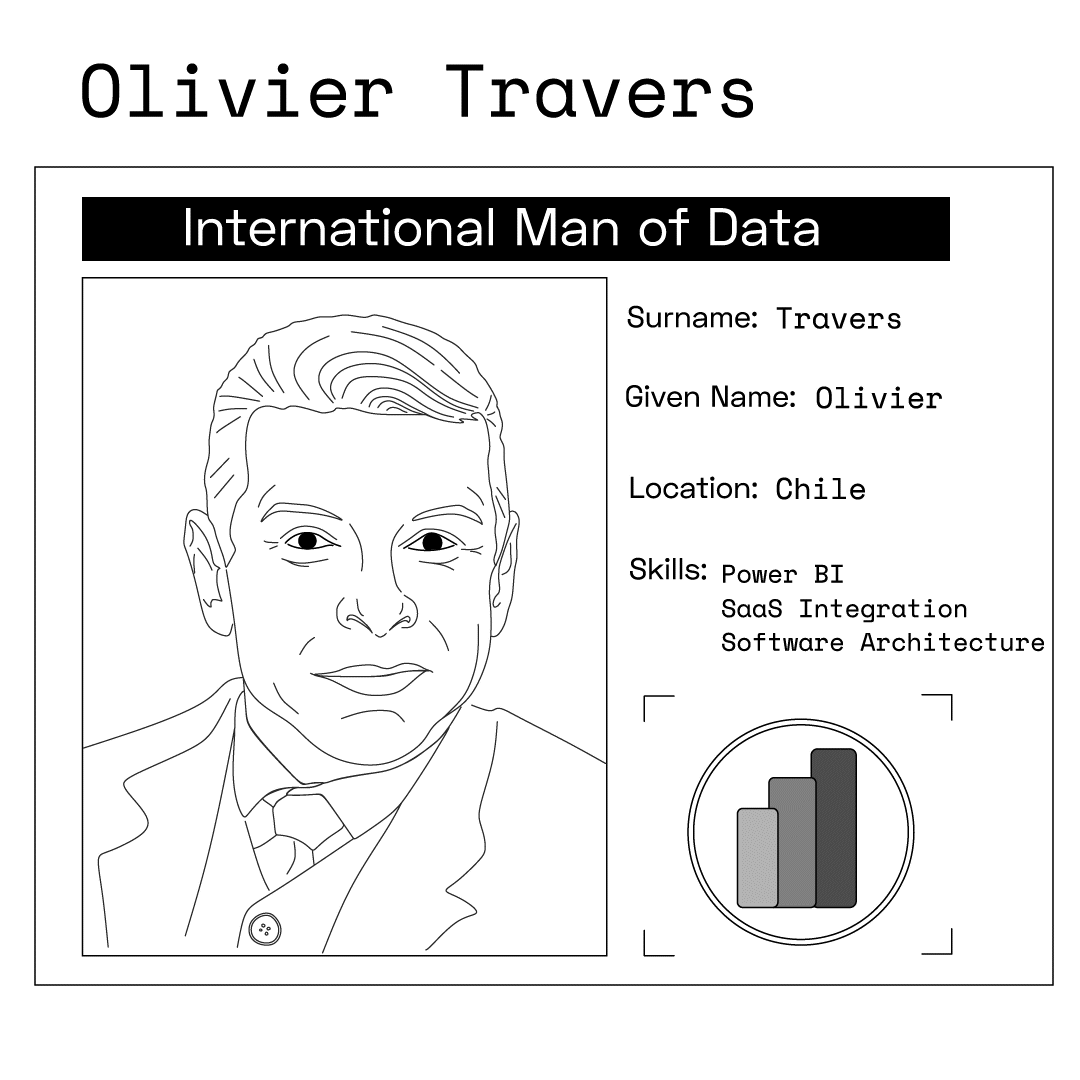
Stay Away from Guadalcanal, w/ Olivier Travers
MS Data Platform International Man Of Mystery
01.04.22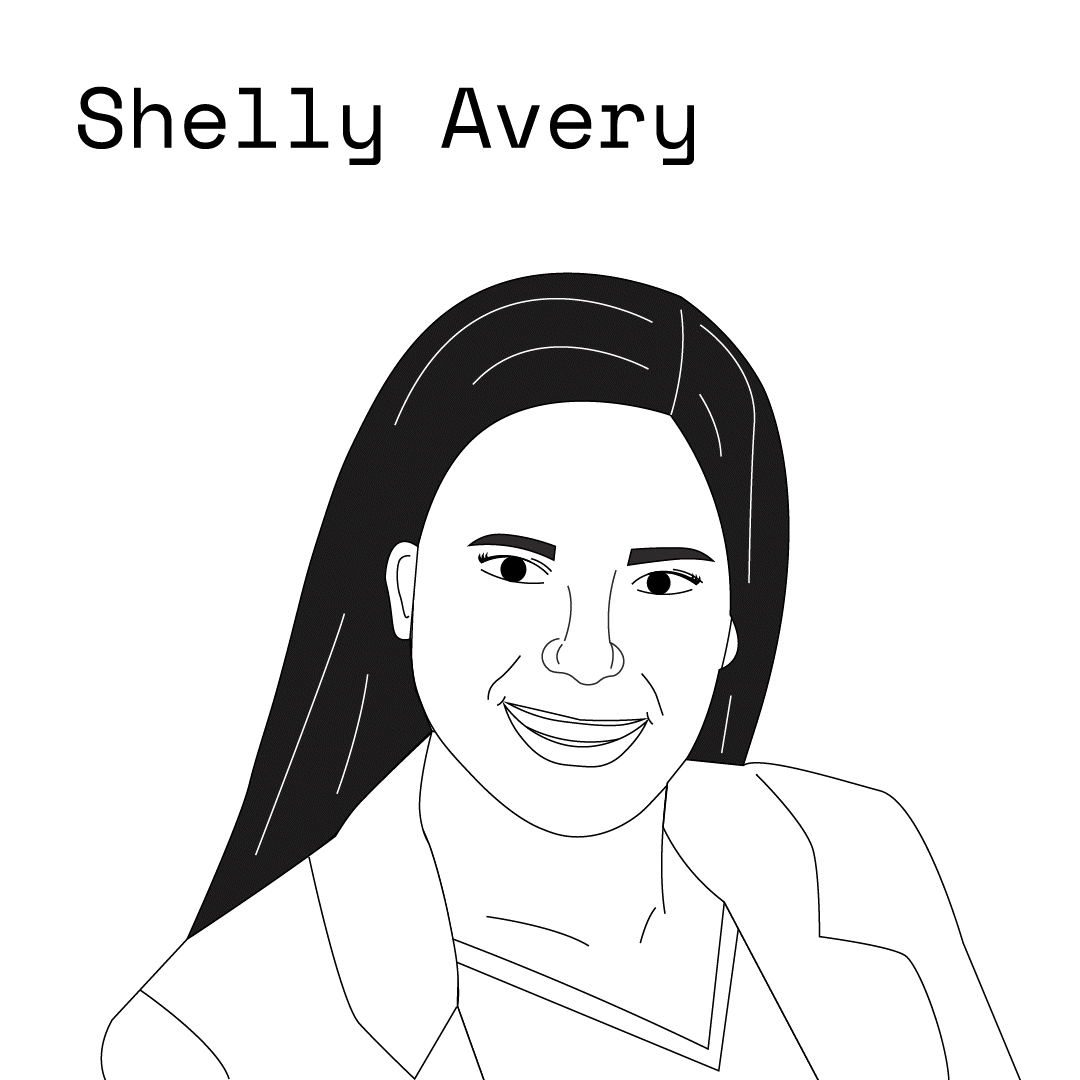
99% is the New Zero, w/ Microsoft Director Shelly Avery
Director-US Healthcare Specialist, Microsoft
09.14.21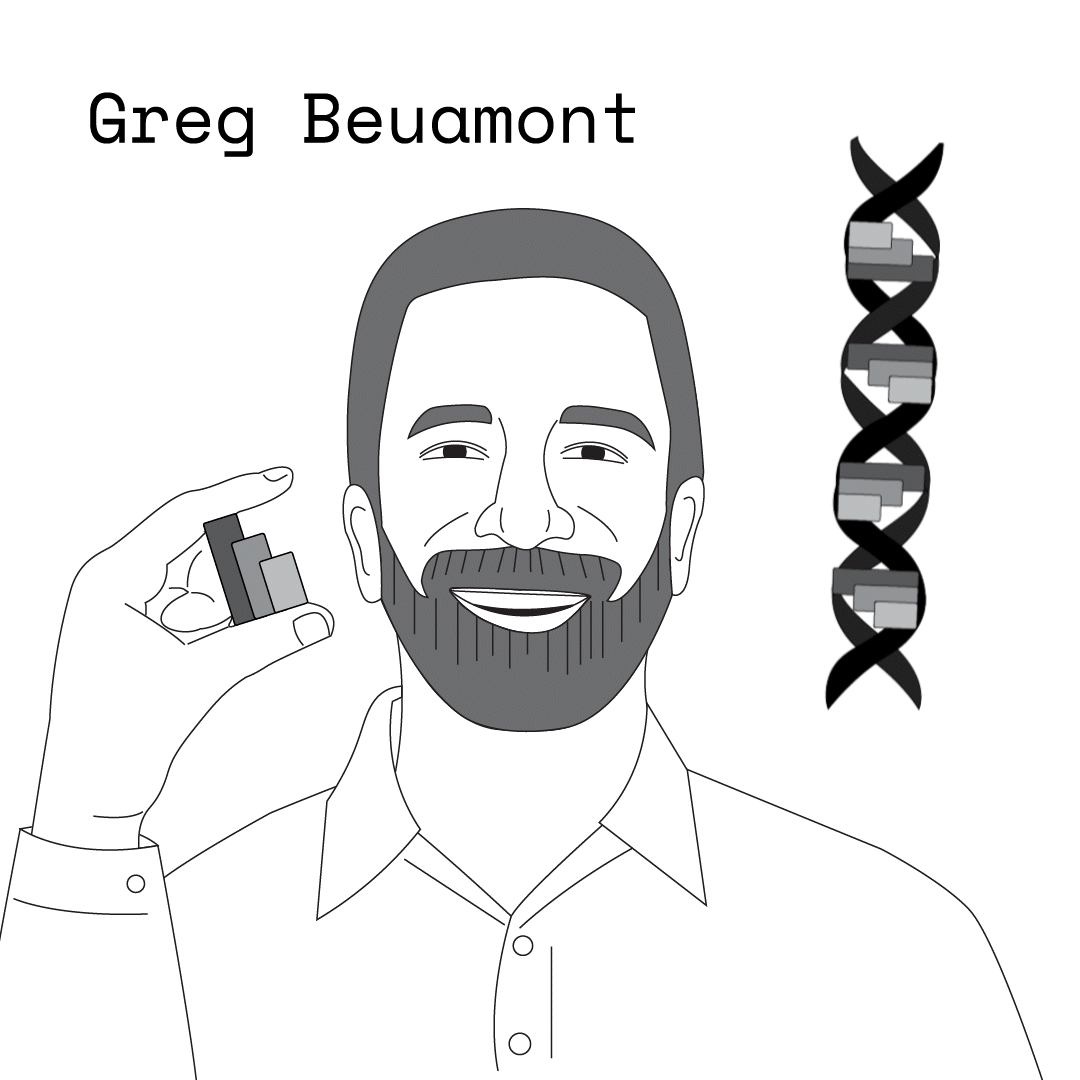
For Those About to DAX, w/ Microsoft’s Greg Beaumont
Senior Business Intelligence Specialist, Microsoft
08.17.21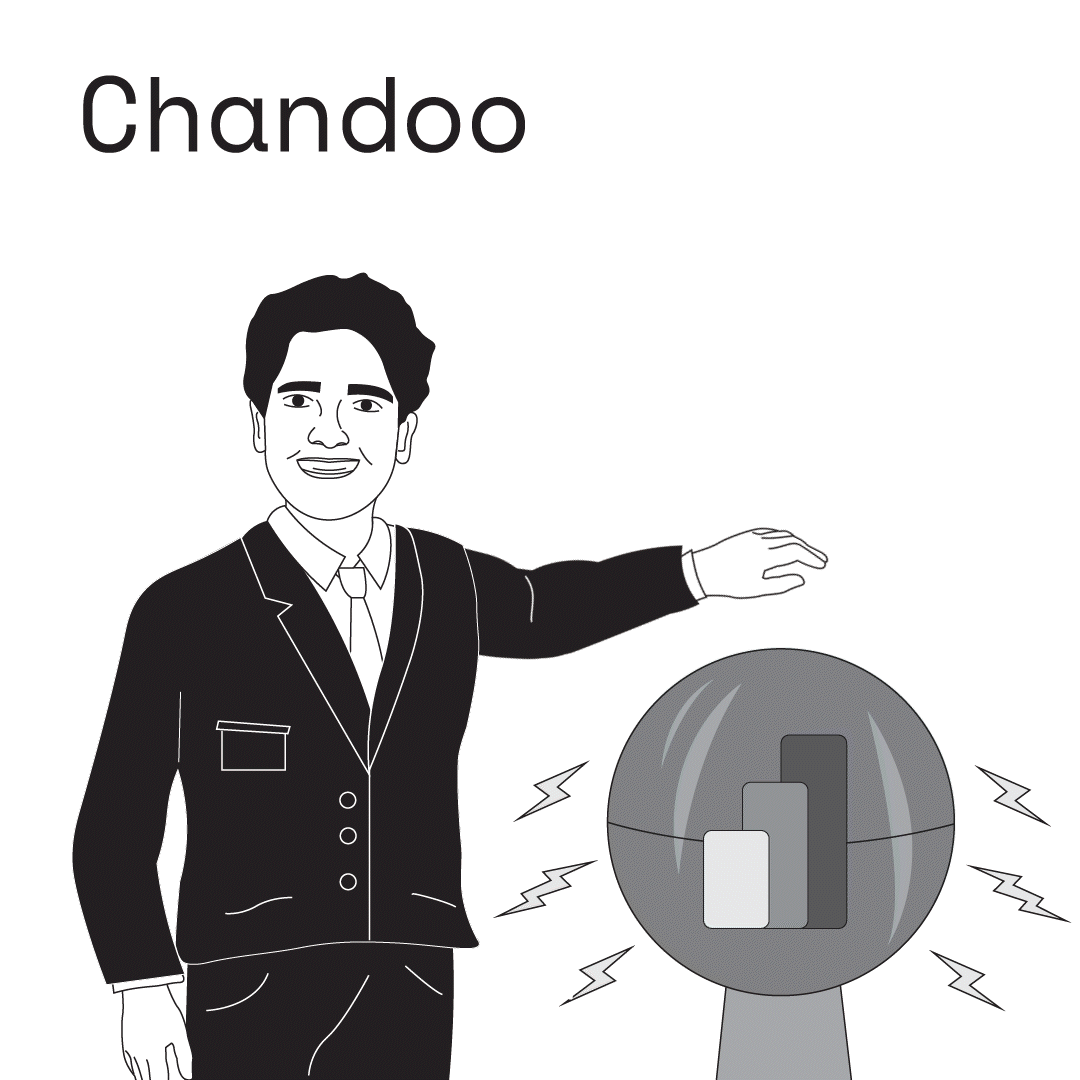
Spreadsheet Celebrities & Power BI Playdates, w/ Chandoo
Hear from the Mozart of Excel Dashboards: Chandoo
08.10.21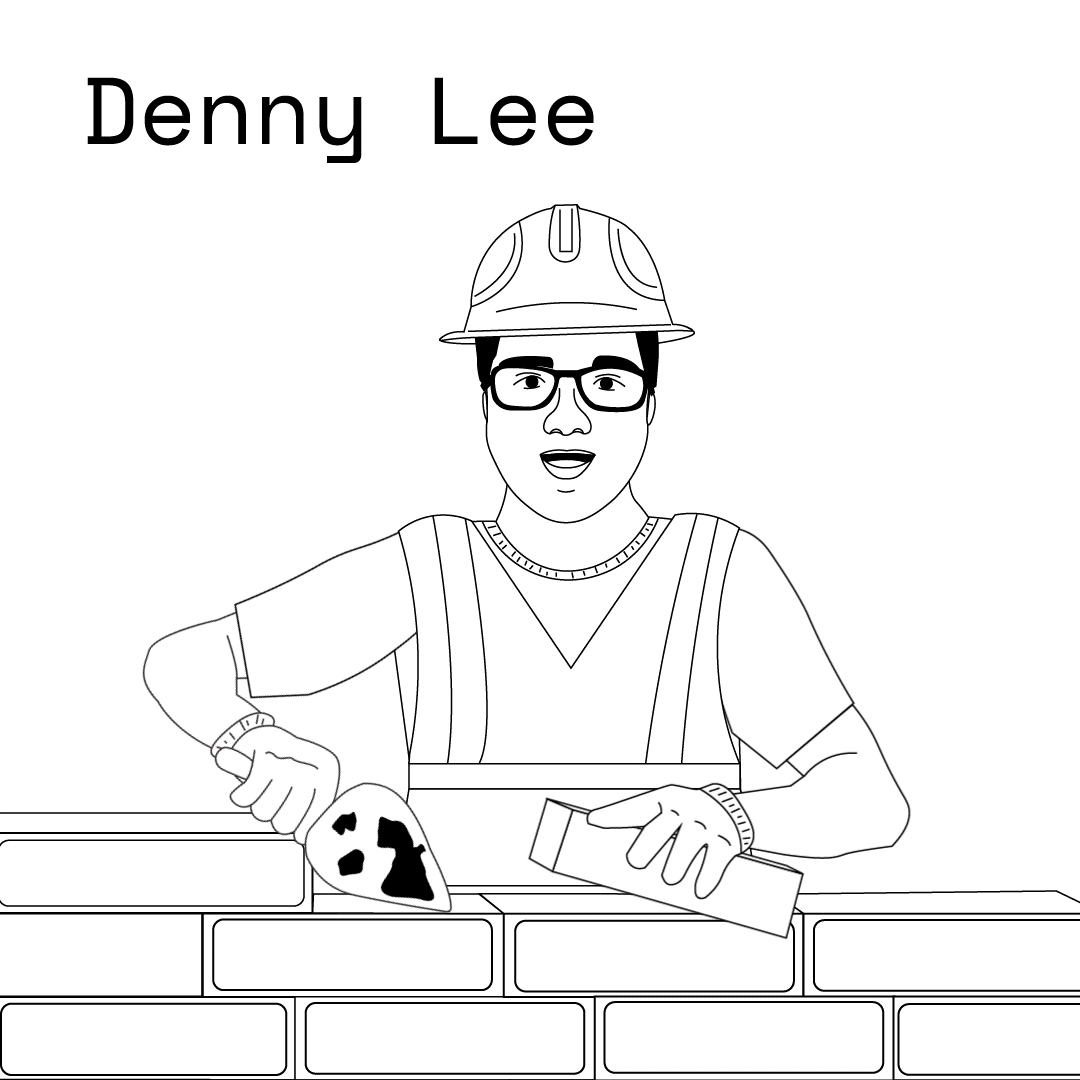
The Data Lakehouse: Brick by Brick, w/ Databricks’ Denny Lee
Sr. Staff Developer Advocate, Databricks
08.03.21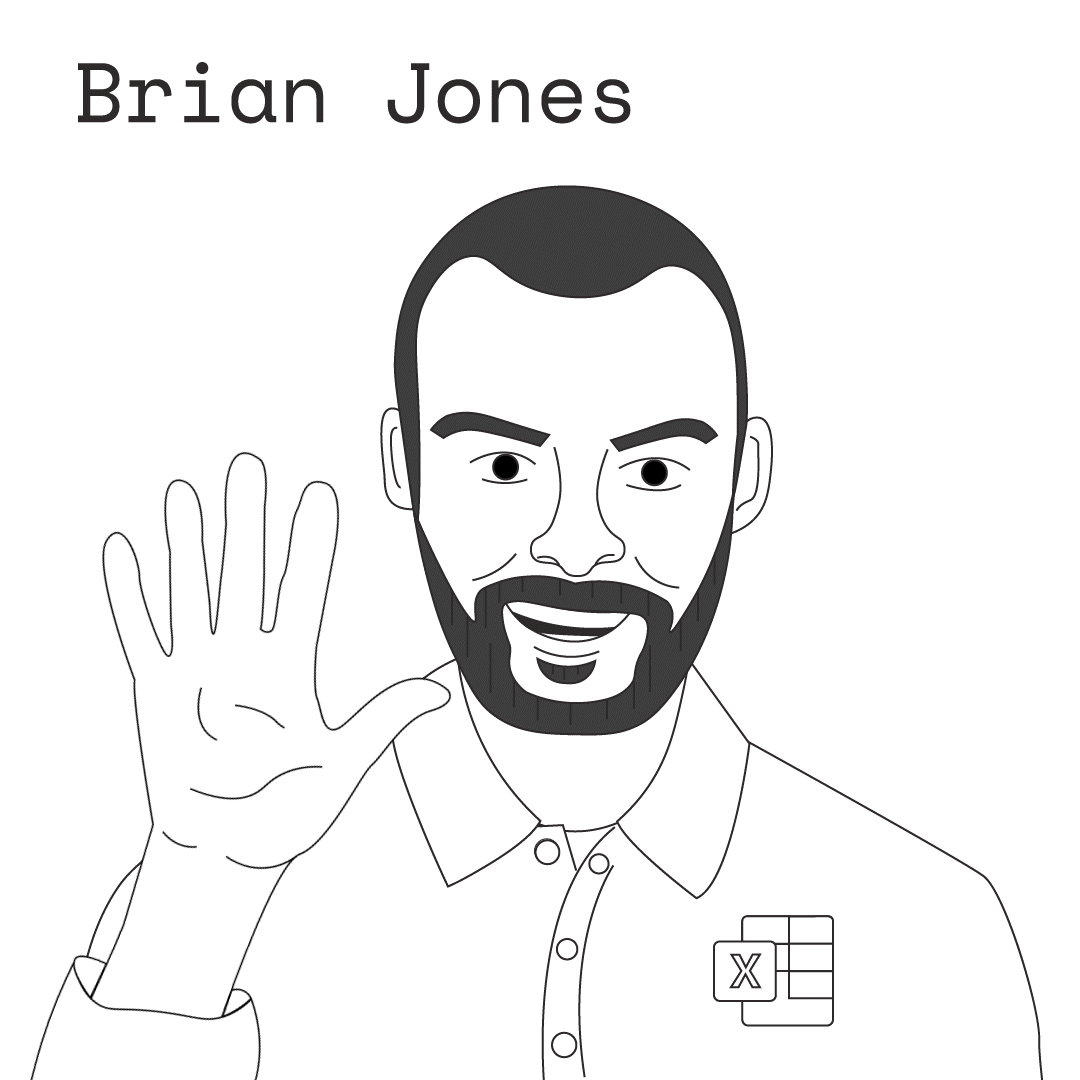
Excel Past/Present/Future, w/ Excel Head of Product Brian Jones
Head of Product, Excel-Microsoft
07.27.21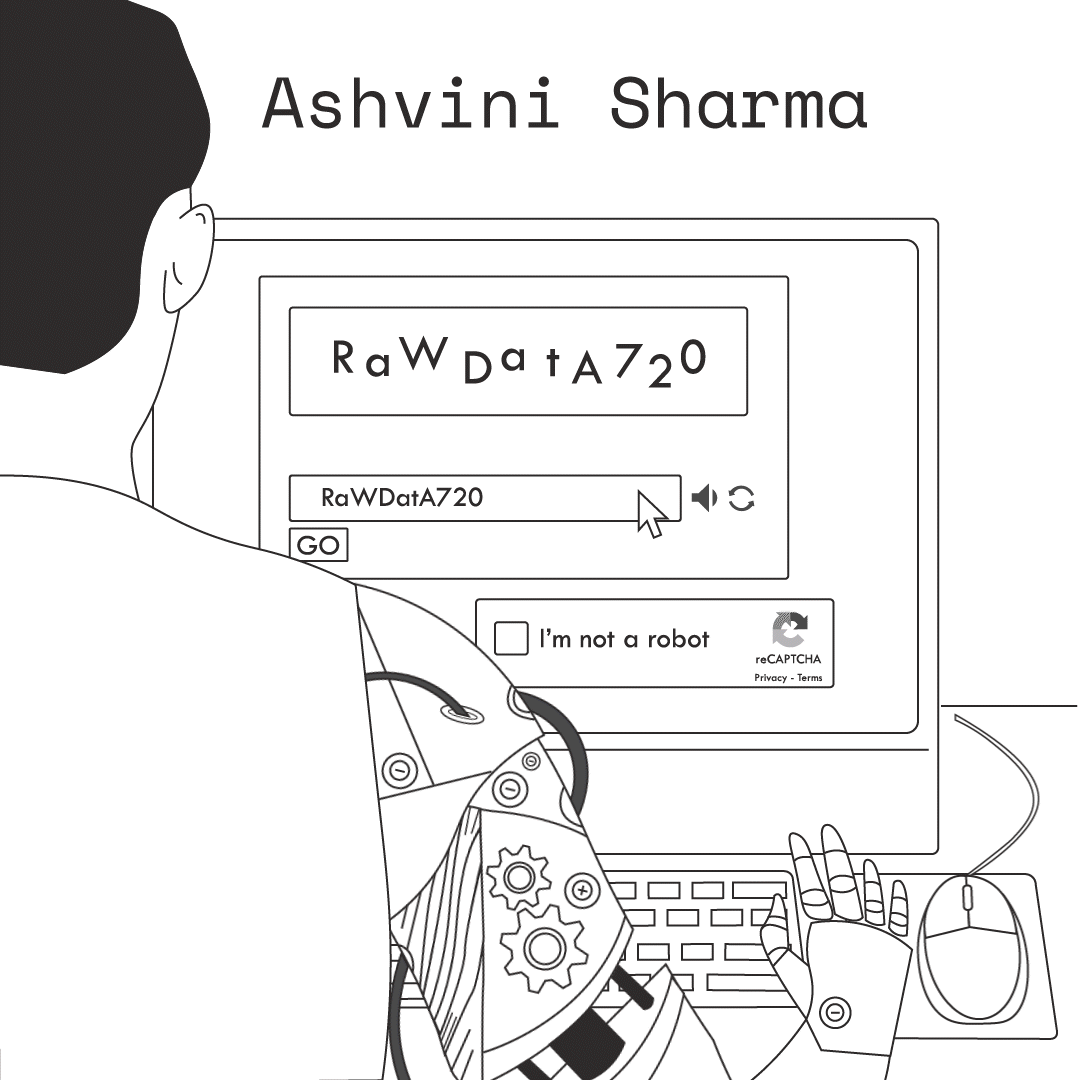
Robotic Process Automation for All, w/ Microsoft’s Ashvini Sharma
Group Program Manager-Power Automate RPA, Microsoft
07.20.21
COVID Basement Racquetball, w/ Microsoft’s Vishal Lodha
Strategic Account Director, Microsoft
06.03.21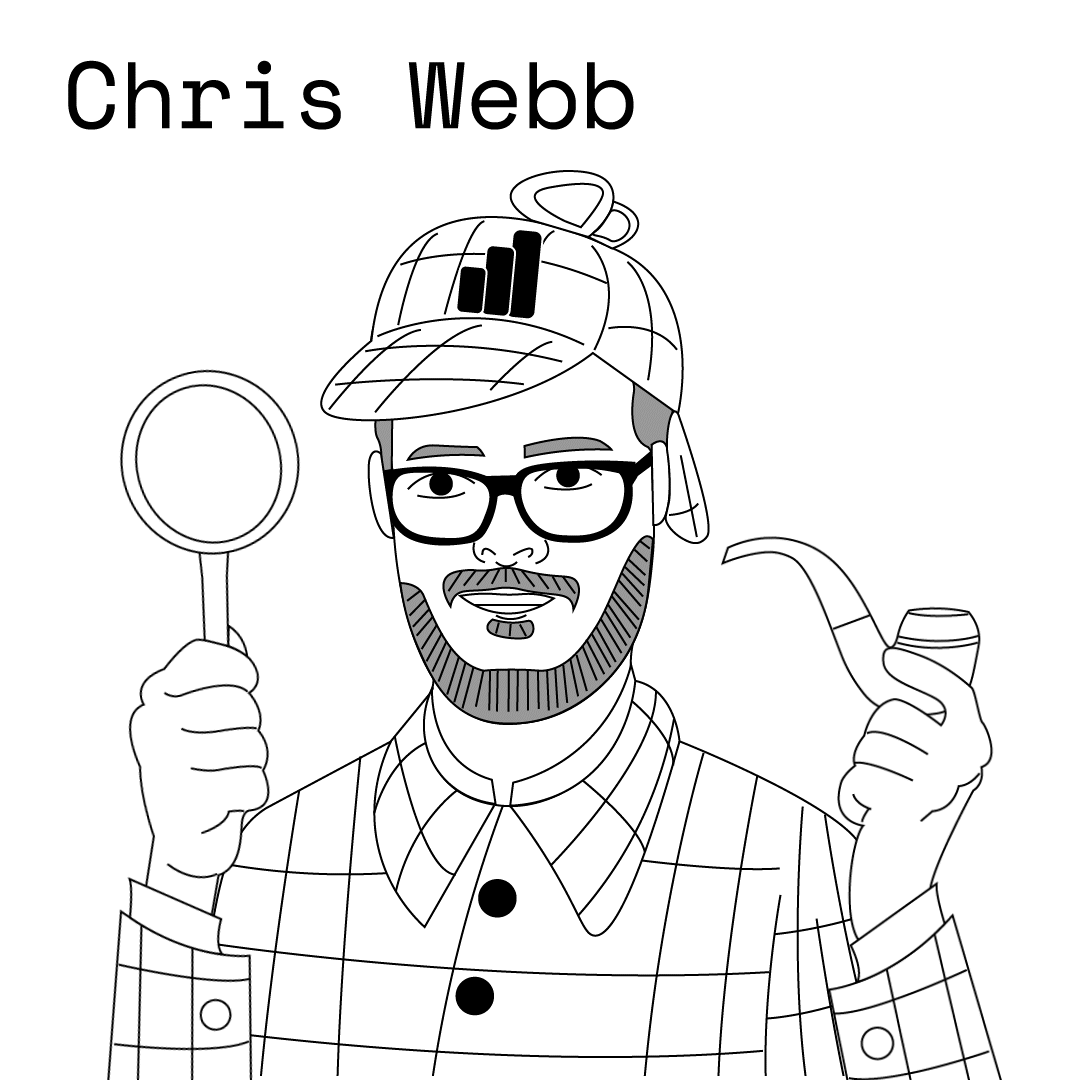
Surfing the Changing Seas of Data, w/ Microsoft’s Chris Webb
Principal Program Manager-Power BI Customer Advisory Team, Microsoft
06.01.21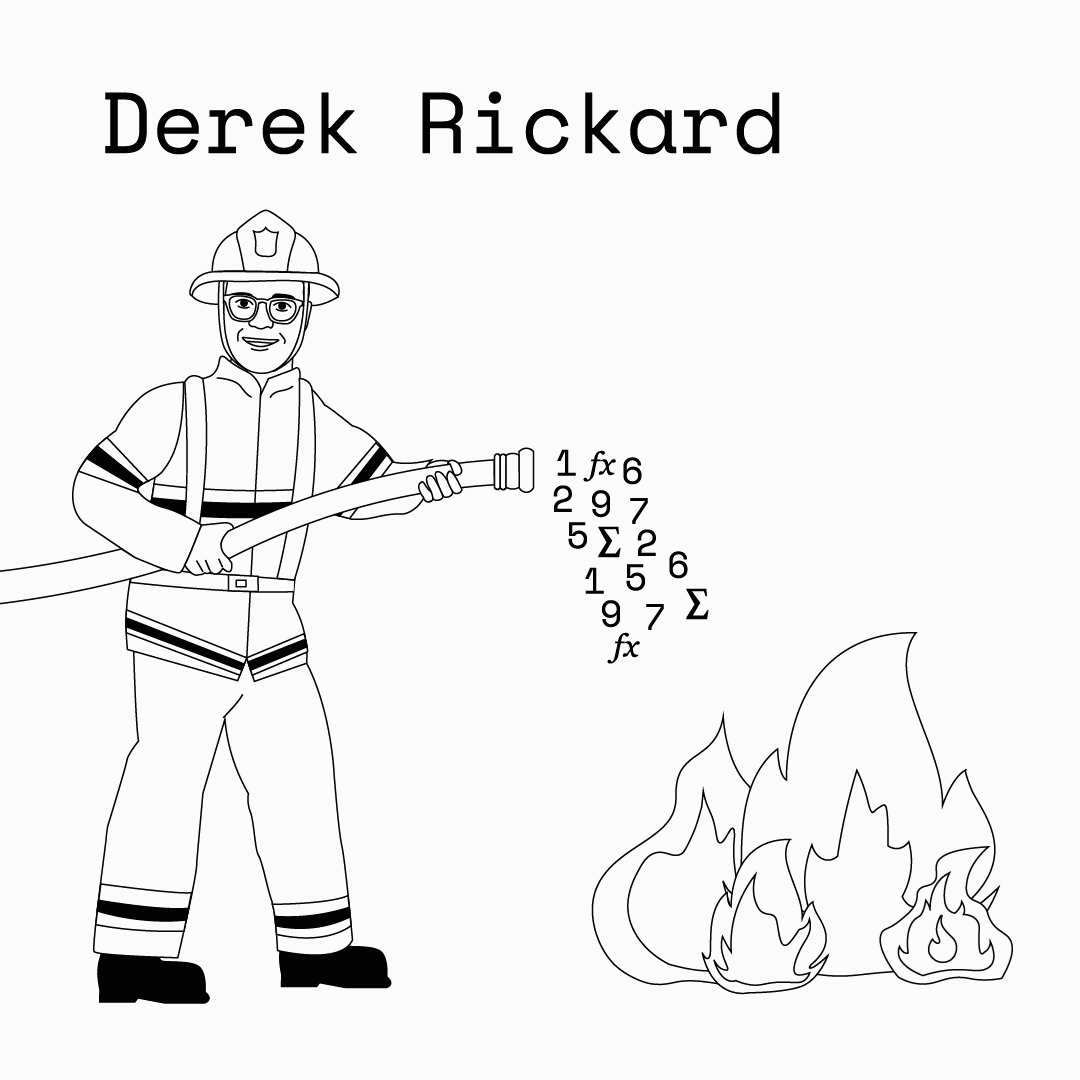
A Different Kind of Data Emergency, w/ Derek Rickard
Chief Data Officer, Emergency Reporting
05.04.21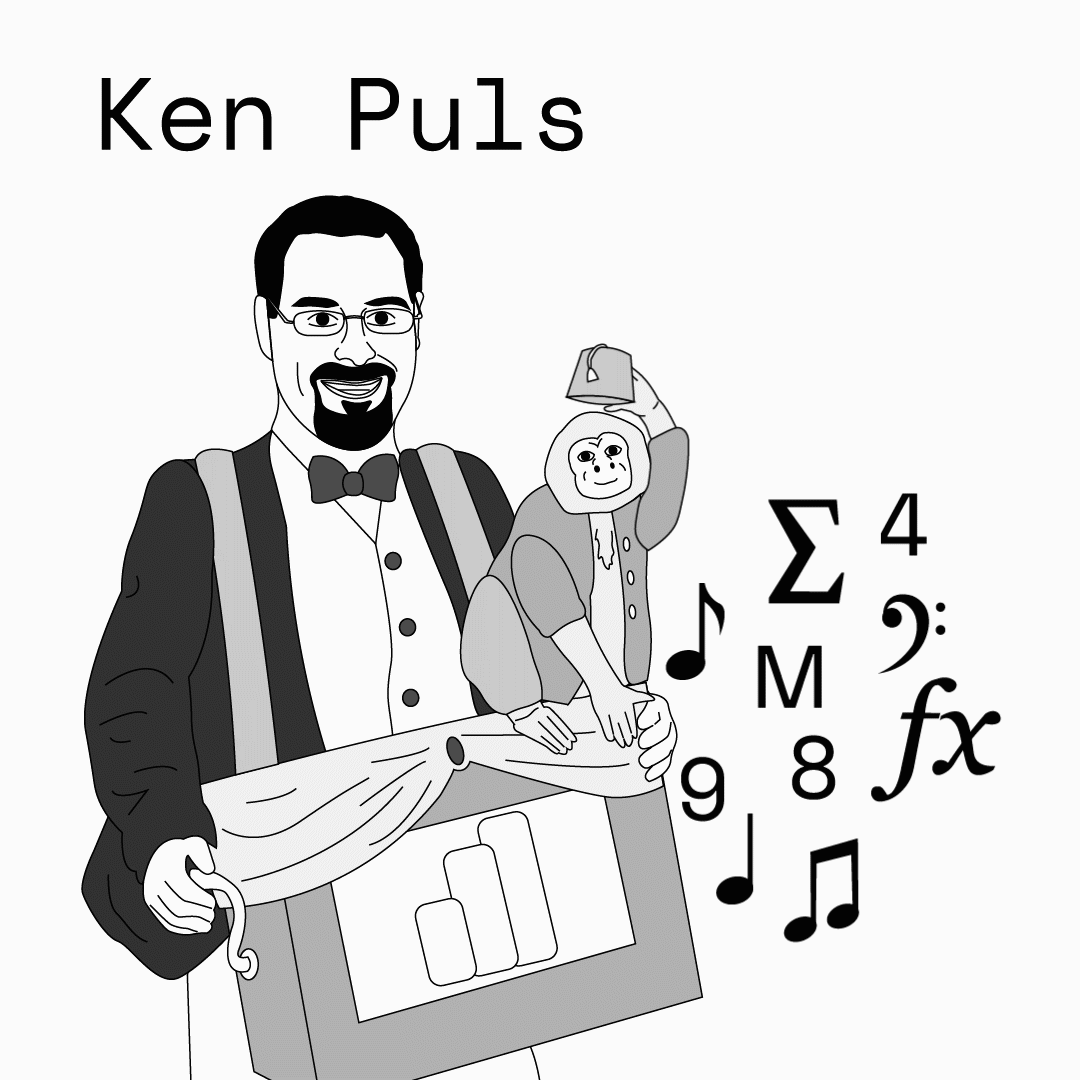
Earth’s Only Hope vs. Alien Excel Invaders, w/ Ken Puls
President and Chief Training Officer, Excelguru Consulting Inc.
04.27.21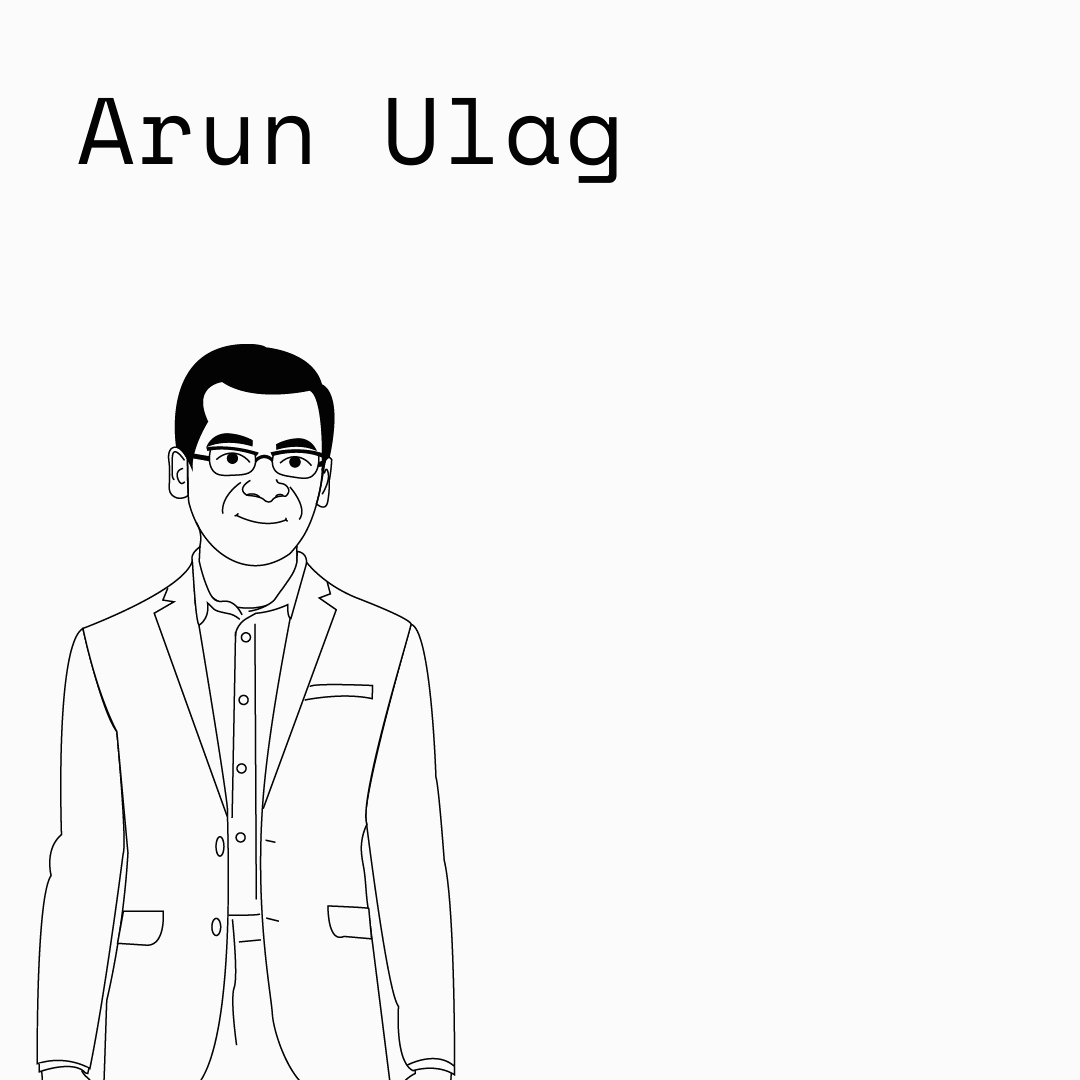
Intelligence Platform is a Cool Name, w/ Microsoft CVP Arun Ulag
Corporate Vice President of the Business Intelligence Platform at Microsoft
04.01.21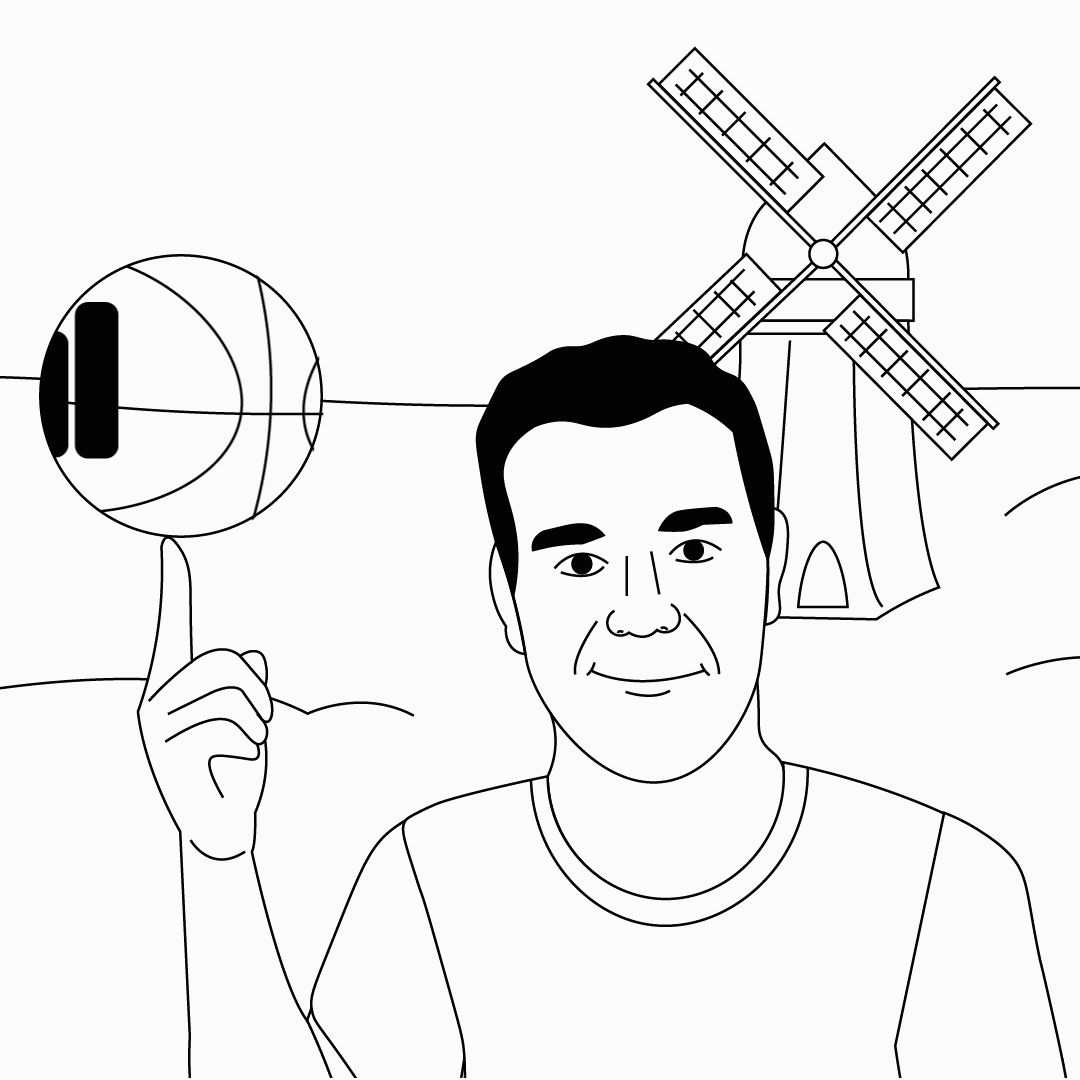
The Dutchman of Data Dunked on Me, w/ Kasper de Jonge
Analytics Advisor and Principal Program Manager-Power BI, Microsoft
03.23.21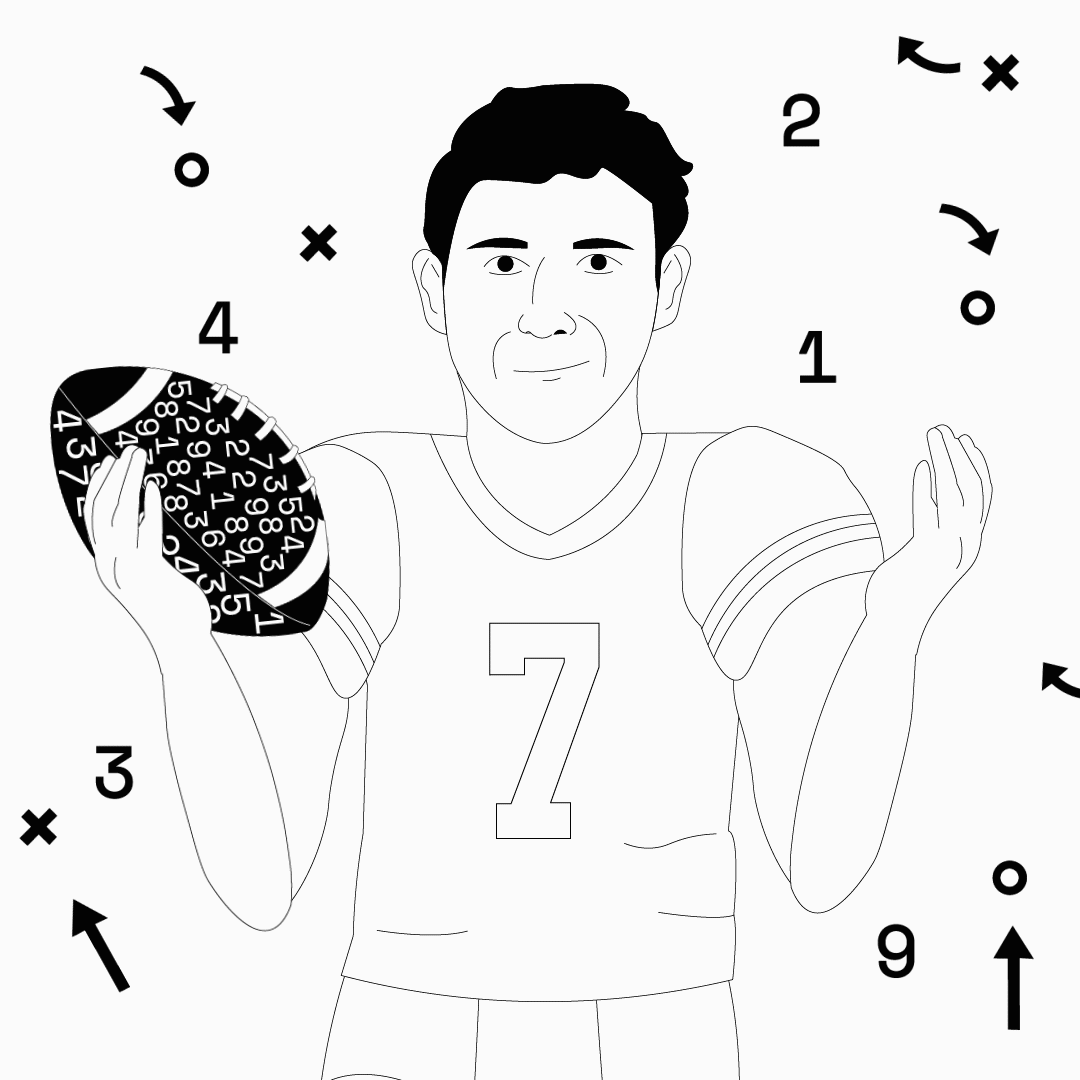
Everyone’s in the Middle, w/ Former NFL QB Hugh Millen
Former NFL Quarterback and Data Nerd
03.09.21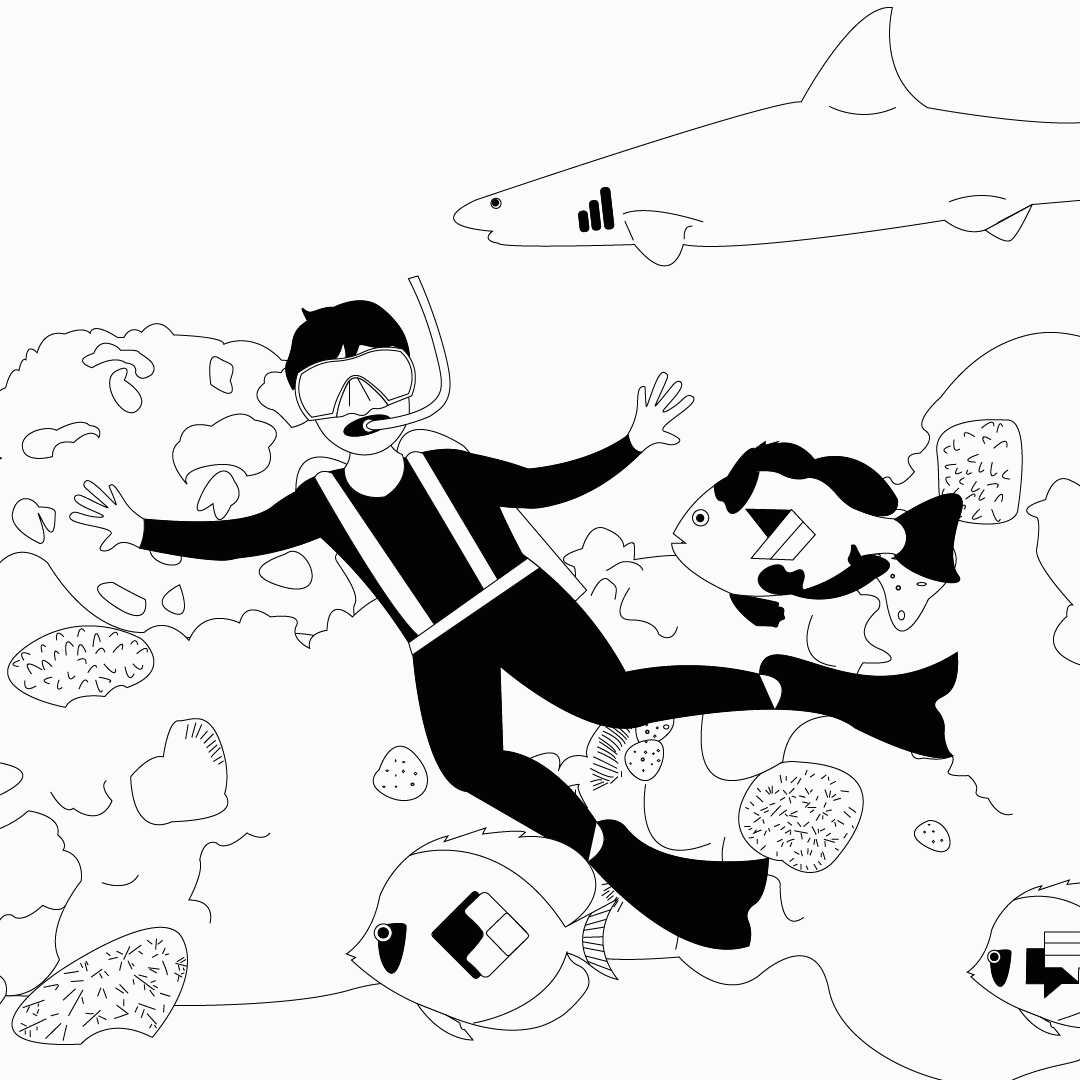
Marine Biology Leads to Power Platforming, w/ Chuck Sterling
Senior Program Manager, Microsoft
02.23.21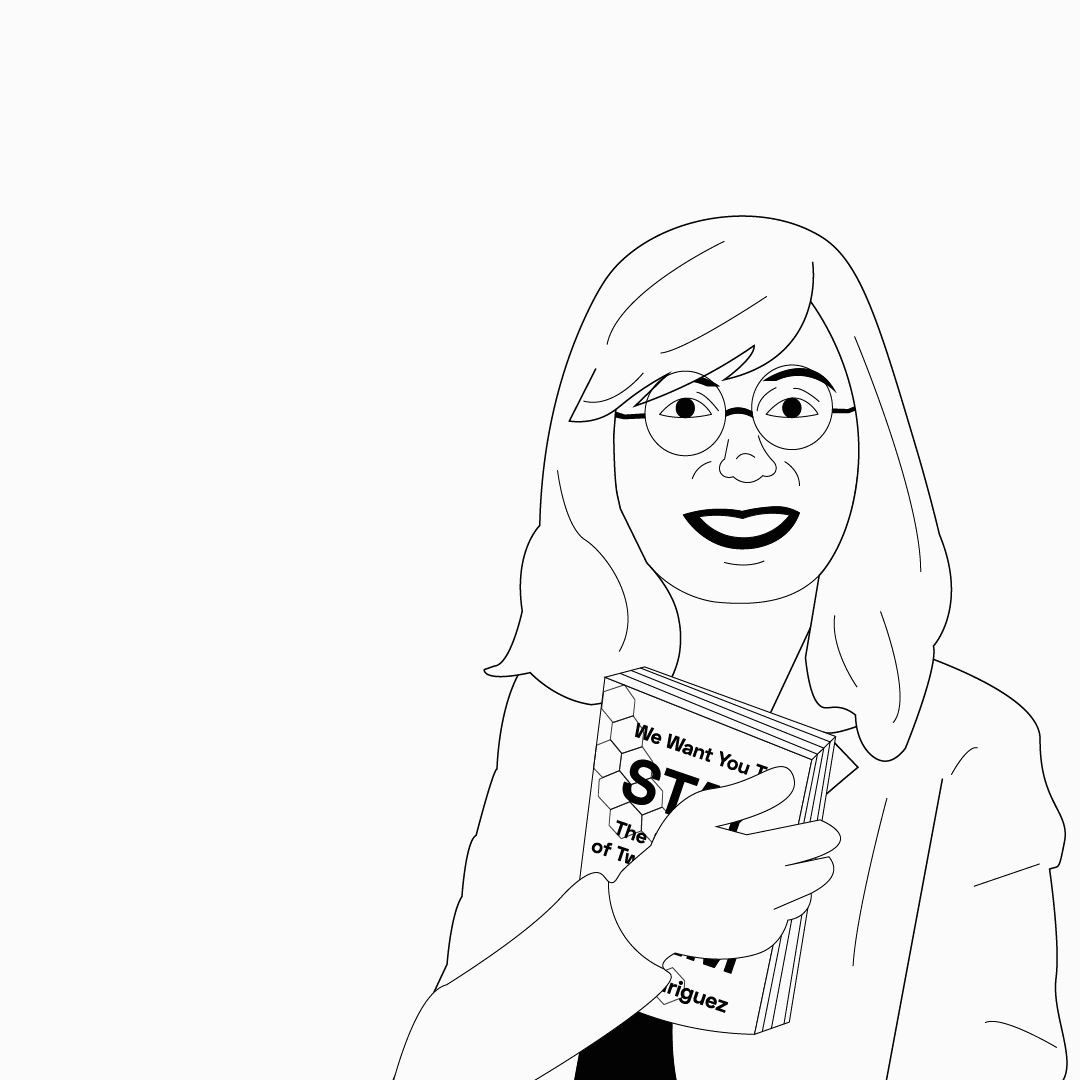
Data Chefs Can Come From Anywhere, w/ Gartner’s Lori Rodriguez
Vice President Executive Programs at Gartner
01.26.21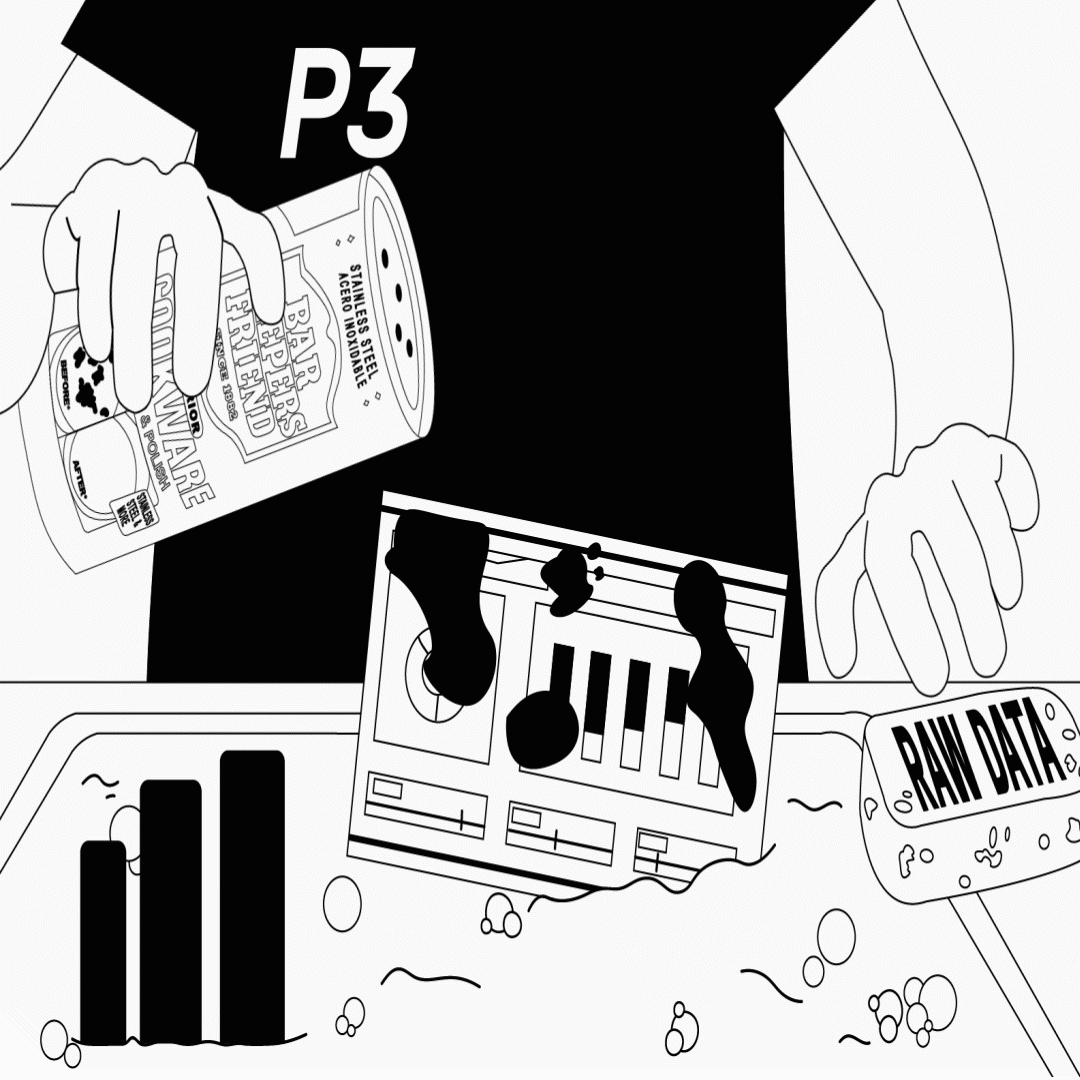
Scrubbing Data & Beating COVID, w/ Matt Selig of Bar Keepers Friend
Exec. Vice President, Chief Financial Officer & Chief Human Resources Officer at SerVaas Labs
01.05.21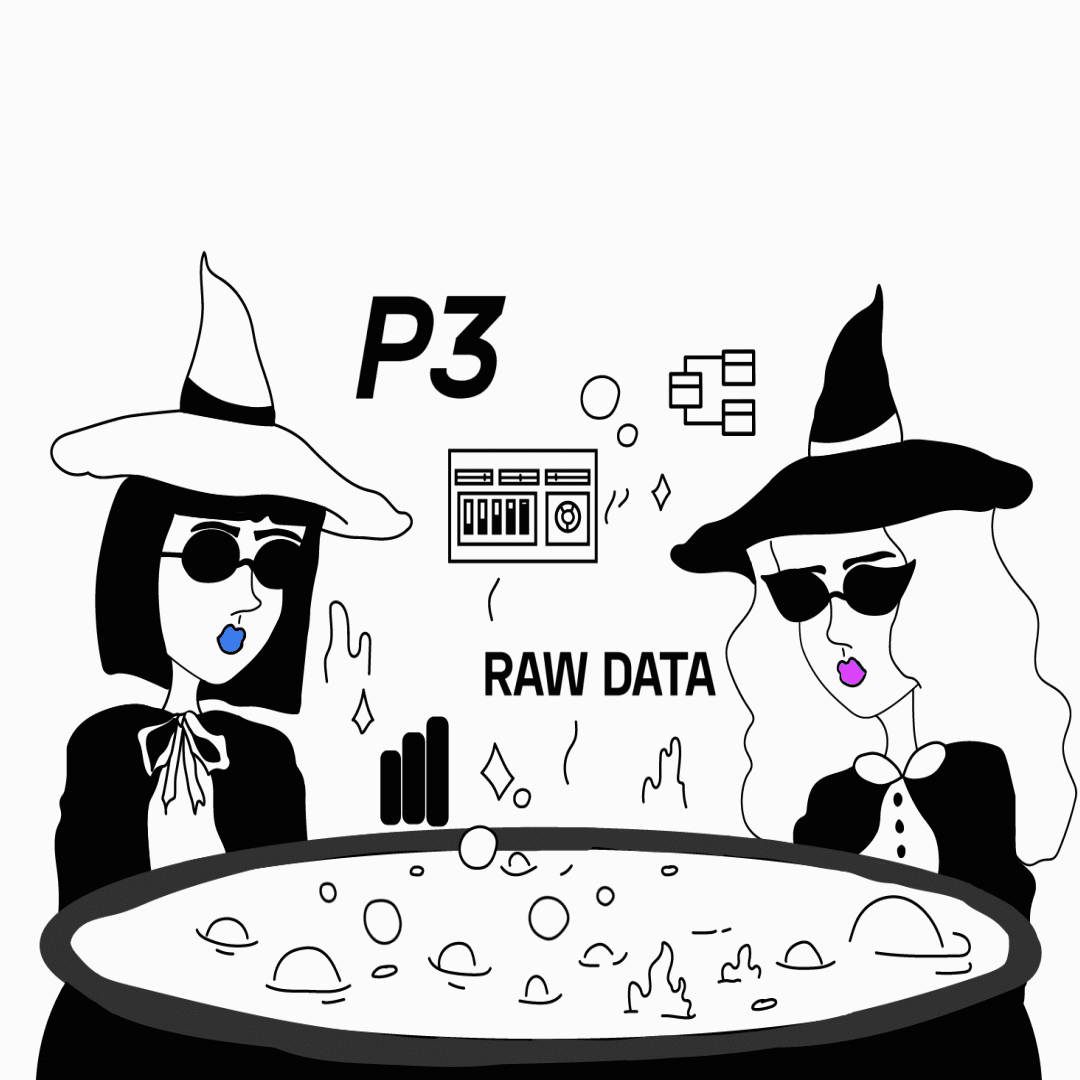
The Data Witches, w/ Shannon Lindsay & Stephanie Bruno
Shannon Lindsay-Microsoft Certified Data and Analytics Professional &
Stephanie Bruno-Associate Director of Informatics at the Elizabeth Glaser Pediatric AIDS Foundation (EGPAF)
12.22.20
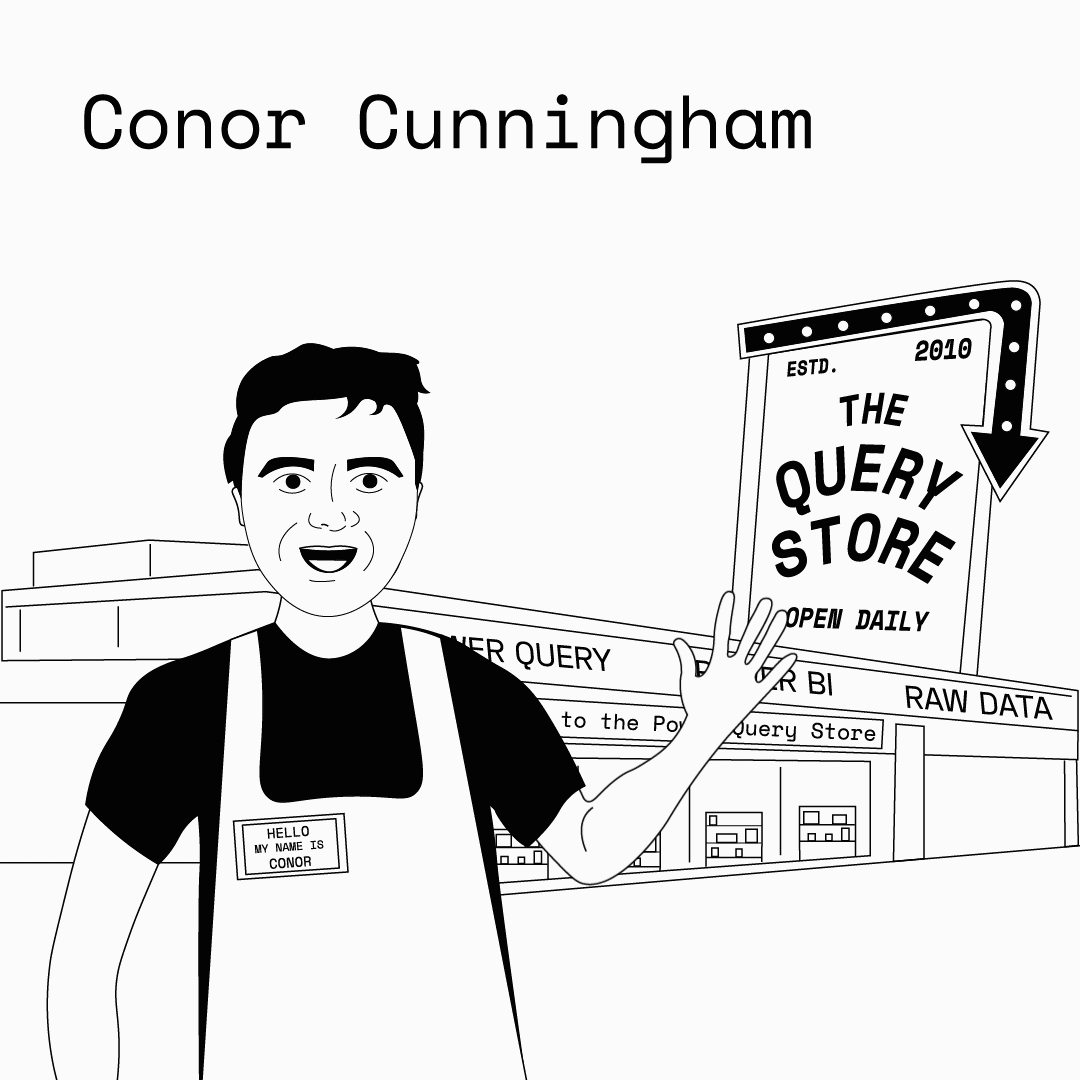
The Query Store’s Open for Biz, w/ Microsoft’s Conor Cunningham
Partner Software Architect, SQL Server Engine-Microsoft
12.15.20One of the World’s Most Amazing Humans, w/ Matt Allington
Power BI Consultant, Trainer, & Microsoft MVP
12.01.20